The 1890s saw significant changes in population, infrastructure, culture, and politics of New York City. These developments helped shape the city into a modern metropolis, setting the stage for its future as a global city.
The population of New York City continued to grow rapidly in the 1890s. By the end of the decade, the city had over three million residents. Much of this growth was due to immigration. People from all over the world, especially from Southern and Eastern Europe, arrived in large numbers seeking better opportunities.
Immigrants settled in neighborhoods like the Lower East Side, which became known for its crowded tenement buildings. These buildings were often overcrowded and lacked basic amenities, but they provided affordable housing close to work.
Economic Expansion
New York City’s economy expanded significantly during the 1890s. The city was a major center for commerce, finance, and industry. Wall Street was the financial heart of the nation, with the New York Stock Exchange playing a crucial role. Many businesses and financial institutions established their headquarters in the city, driving economic growth.
Read more
Manufacturing also thrived. Factories produced a wide range of goods, employing thousands of workers. The garment industry saw significant growth, with many immigrants working as seamstresses and tailors. These jobs were essential for the economy, even though they often involved long hours and low pay.
Technological Advancements
The 1890s saw numerous technological advancements that transformed New York City. One of the most significant was the introduction of electric streetcars. These replaced horse-drawn streetcars, providing faster and more efficient transportation. Electric streetcars made it easier for people to travel around the city, contributing to its growth.
The decade also saw the expansion of the subway system. The first subway line opened in 1904, but planning and construction began in the 1890s. This underground transportation system would revolutionize how people moved around the city, reducing traffic congestion on the streets above.
Electricity became more widespread, with more homes and businesses gaining access. This made the city safer and more vibrant after dark. Street lighting improved, and electric appliances became more common, making daily life more convenient.
Social Issues and Reforms
The rapid growth and industrialization of New York City in the 1890s brought significant social challenges. Overcrowding, poor living conditions, and poverty were widespread, particularly in immigrant neighborhoods. Many families lived in cramped tenement buildings that lacked proper ventilation, sanitation, and access to clean water.
Social reformers worked to address these issues. Organizations like the Tenement House Committee pushed for better housing conditions and public health measures. Activists like Jacob Riis documented the harsh realities of life in the tenements, raising awareness and advocating for change.
Education also saw improvements during this period. Public schools expanded, providing more children with access to education. Efforts to implement compulsory education laws ensured that children spent time in school rather than working in factories or on the streets. These reforms were crucial in improving the prospects of the city’s youth.
Cultural Flourishing
The 1890s was a vibrant time for culture and the arts in New York City. Theaters, opera houses, and concert halls provided entertainment and cultural enrichment for the city’s residents. Broadway became the heart of the American theater scene, with many new plays and musicals premiering during this decade.
The Metropolitan Museum of Art continued to grow, becoming a major cultural institution. The museum’s collection expanded, providing the public with access to art from around the world. Libraries and literary societies also flourished, promoting literacy and intellectual engagement.
Literature and journalism thrived as well. Newspapers like The New York Times and the New York Herald continued to gain prominence, providing news and information to the city’s residents. These publications played a crucial role in shaping public opinion and keeping people informed about both local and national events.
Crime and Law Enforcement
As New York City grew, so did its challenges with crime and law enforcement. The city’s rapid expansion and dense population made it a breeding ground for criminal activity. Gangs operated in certain neighborhoods, engaging in various illegal activities.
The New York City Police Department continued to evolve and expand in response to these challenges. Efforts were made to professionalize the force, improve training, and combat corruption. The introduction of modern policing methods helped to maintain order and safety in the city, despite the difficulties posed by its rapid growth.
Political Climate
The political scene in New York City during the 1890s was dynamic and often contentious. Tammany Hall, the Democratic political machine, wielded significant influence. Led by figures like Richard Croker, Tammany Hall controlled much of the city’s politics through patronage and manipulation. Despite their controversial methods, they provided vital services to immigrants and the poor, securing their loyalty and votes.
Political reform movements gained momentum during this period. Reformers sought to combat corruption and promote greater accountability in city government. These efforts laid the groundwork for future changes in the political landscape, challenging the dominance of Tammany Hall.
Public Works and Infrastructure
Public works and infrastructure projects were a major focus in the 1890s. The construction of Central Park, which began in the 1850s, continued to enhance the city’s landscape. The park provided a green oasis in the heart of the bustling city, offering residents a place to relax and enjoy nature.
Another critical development was the improvement of the city’s water supply. The Croton Aqueduct, completed in 1842, brought fresh water to the city, but continued population growth necessitated further enhancements. Efforts to expand and improve the water supply were essential in promoting public health and preventing disease.
The city also invested in improving its sewage and sanitation systems. As the population grew, so did the need for effective waste management. The creation of a more modern sewer system helped to address the challenges of waste disposal and reduce the spread of disease, making the city a healthier place to live.
The Rise of Skyscrapers
The 1890s marked the beginning of the skyscraper era in New York City. Advances in steel construction and elevator technology made it possible to build taller buildings. The first skyscrapers began to appear in the city’s skyline, symbolizing its growth and ambition.
One of the most notable early skyscrapers was the New York World Building, completed in 1890. At the time, it was one of the tallest buildings in the world. The construction of these tall buildings transformed the city’s skyline, making it one of the most recognizable in the world.
Entertainment and Leisure
The 1890s was also a time of growth for entertainment and leisure activities in New York City. Coney Island became a popular destination for amusement and recreation. The amusement parks there offered rides, games, and attractions that drew large crowds, providing a fun escape from the city’s hustle and bustle.
Vaudeville theaters were another popular form of entertainment during this decade. These theaters offered a variety of acts, including comedy, music, and magic shows, attracting audiences from all walks of life. Vaudeville became an essential part of the city’s cultural fabric, providing entertainment for the masses.
Health and Public Services
Public health saw significant improvements in the 1890s. Efforts to combat diseases like tuberculosis and smallpox led to better sanitation and healthcare practices. The establishment of public hospitals and clinics provided more people with access to medical care, improving overall public health.
The city also invested in expanding its fire and police services. The fire department modernized its equipment and training, making it more effective in responding to fires. The police department continued to professionalize, with efforts to reduce corruption and improve public safety.


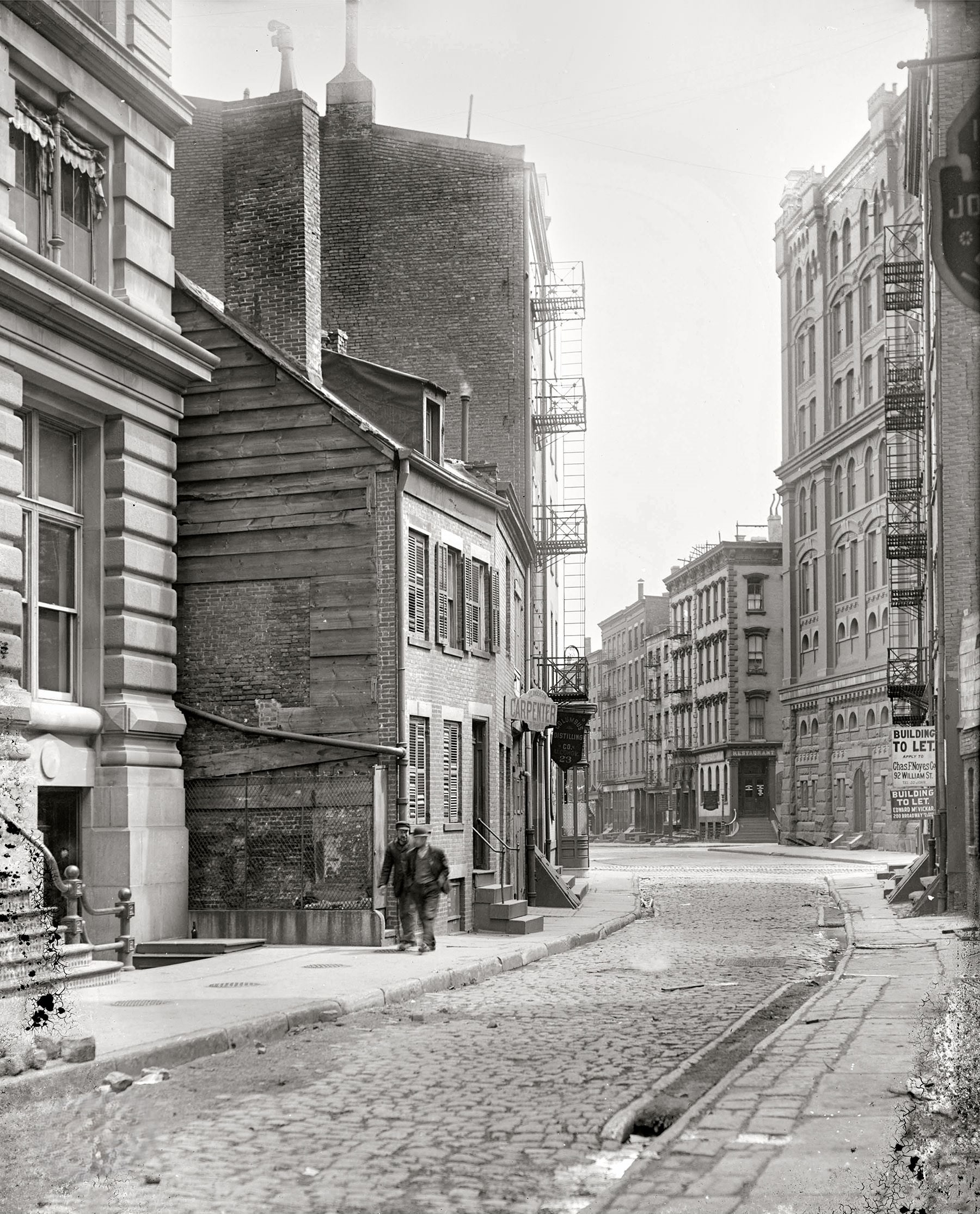
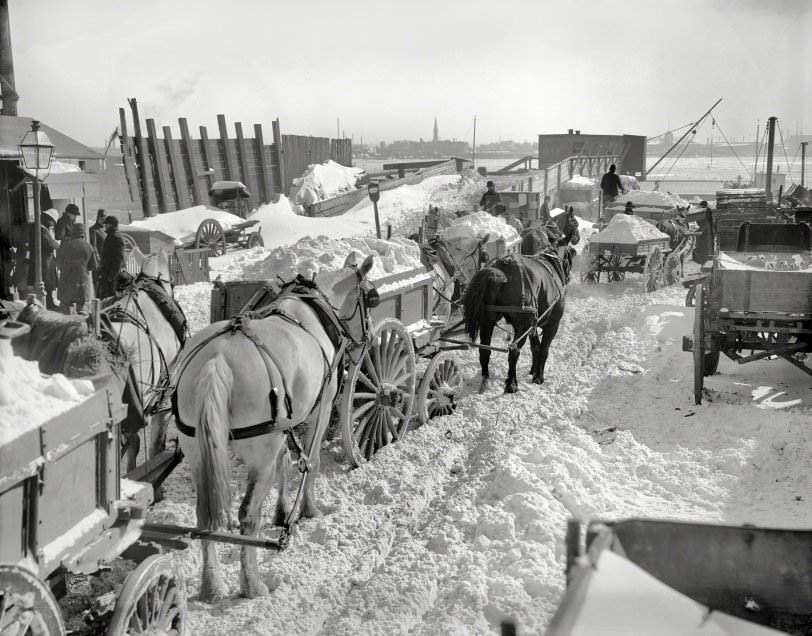
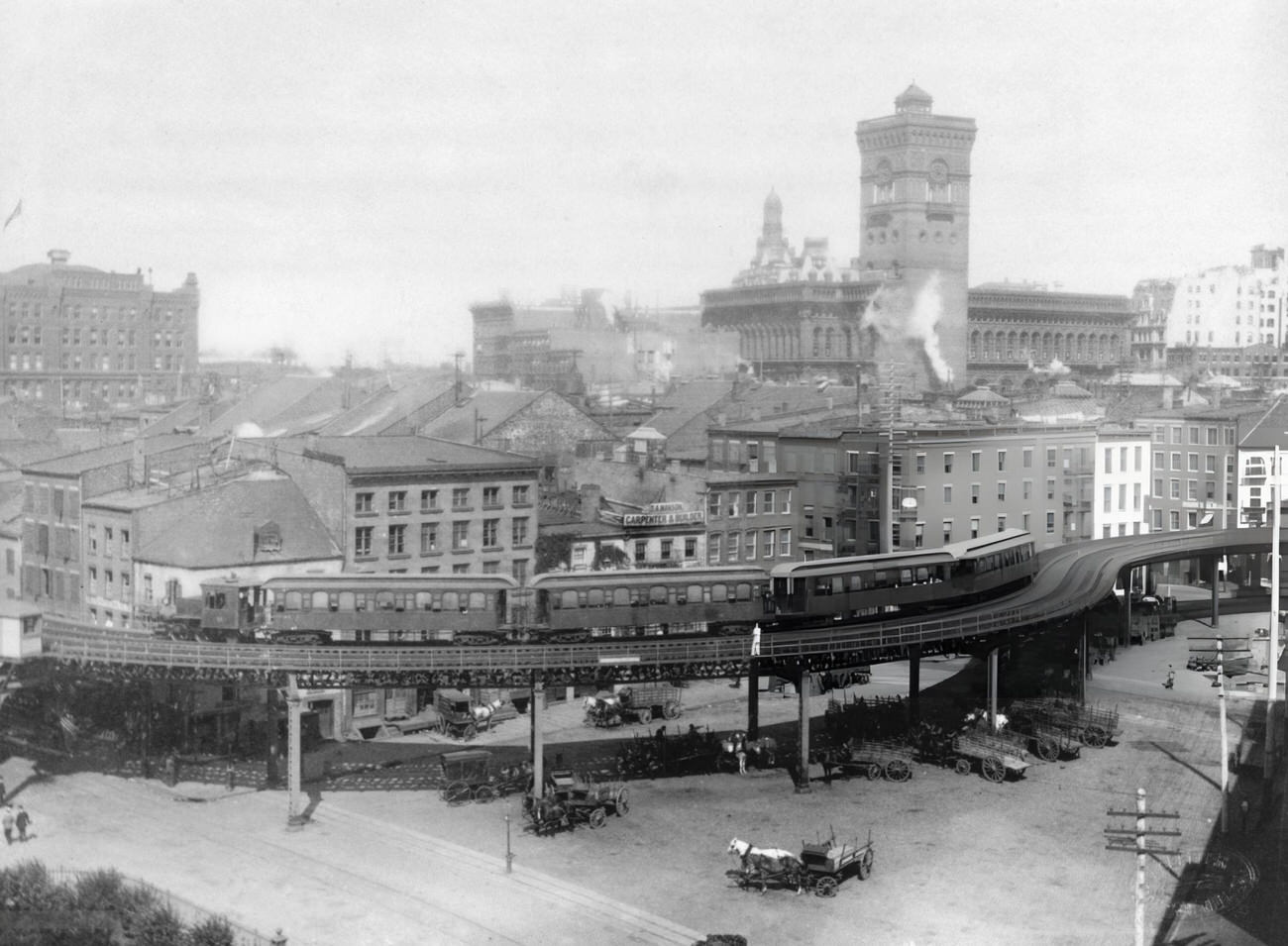

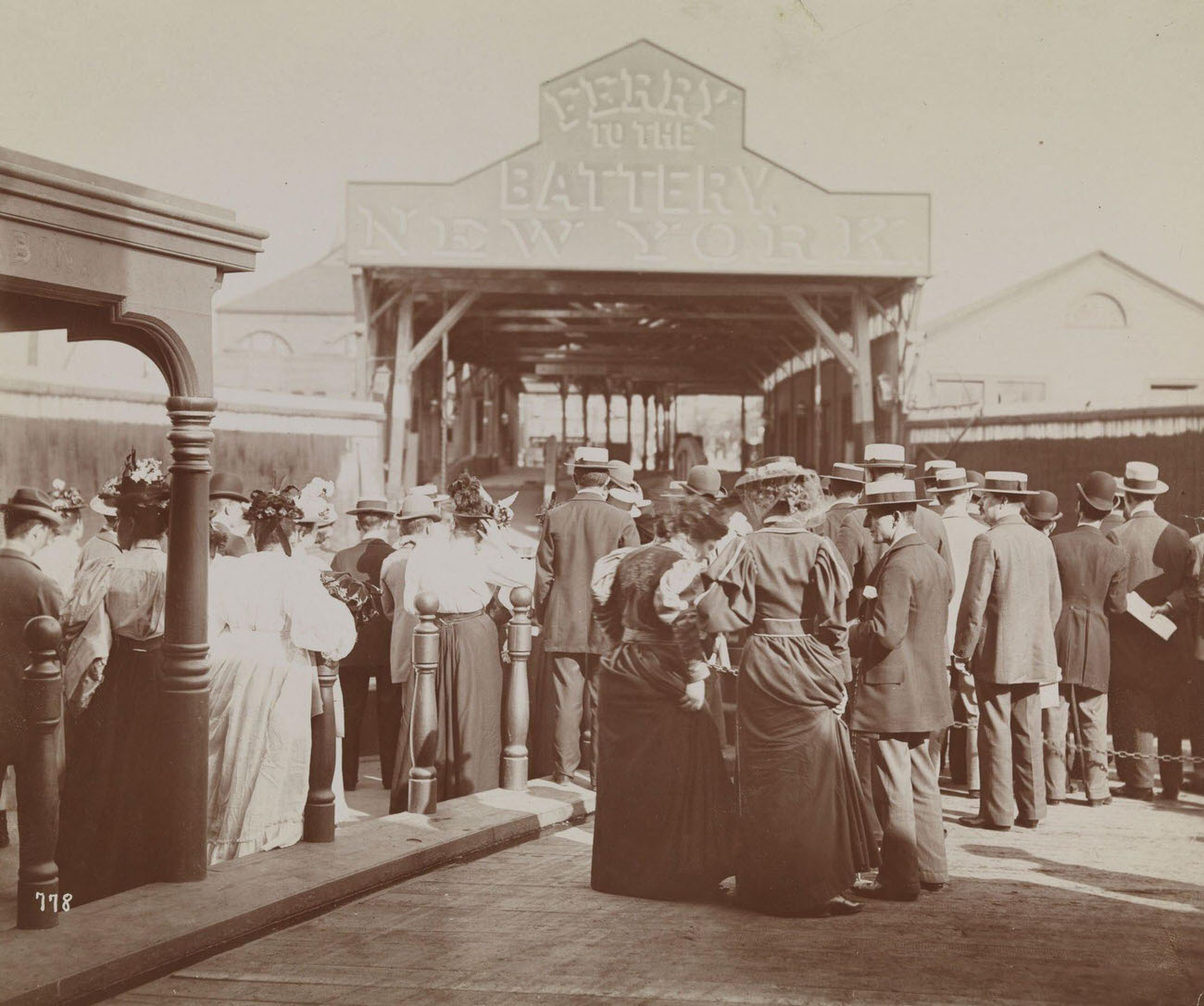
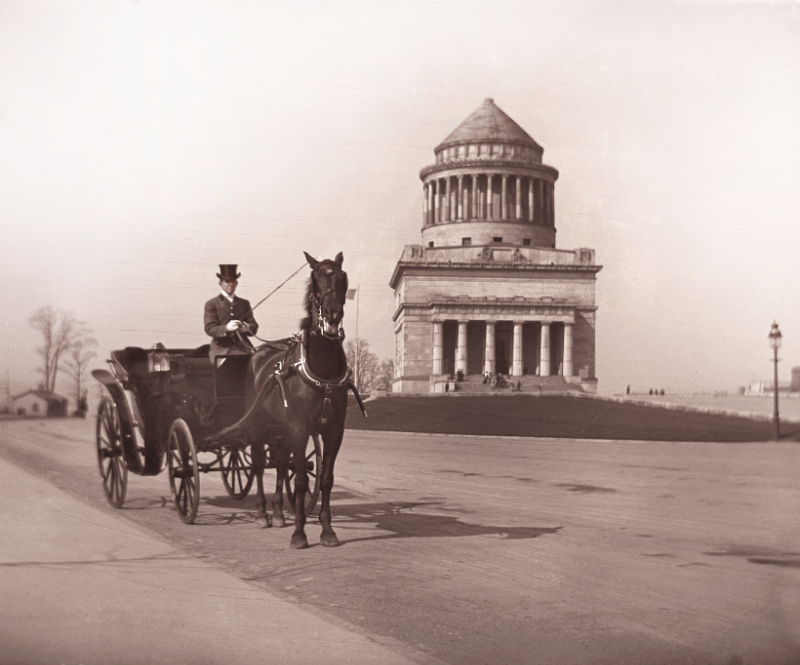
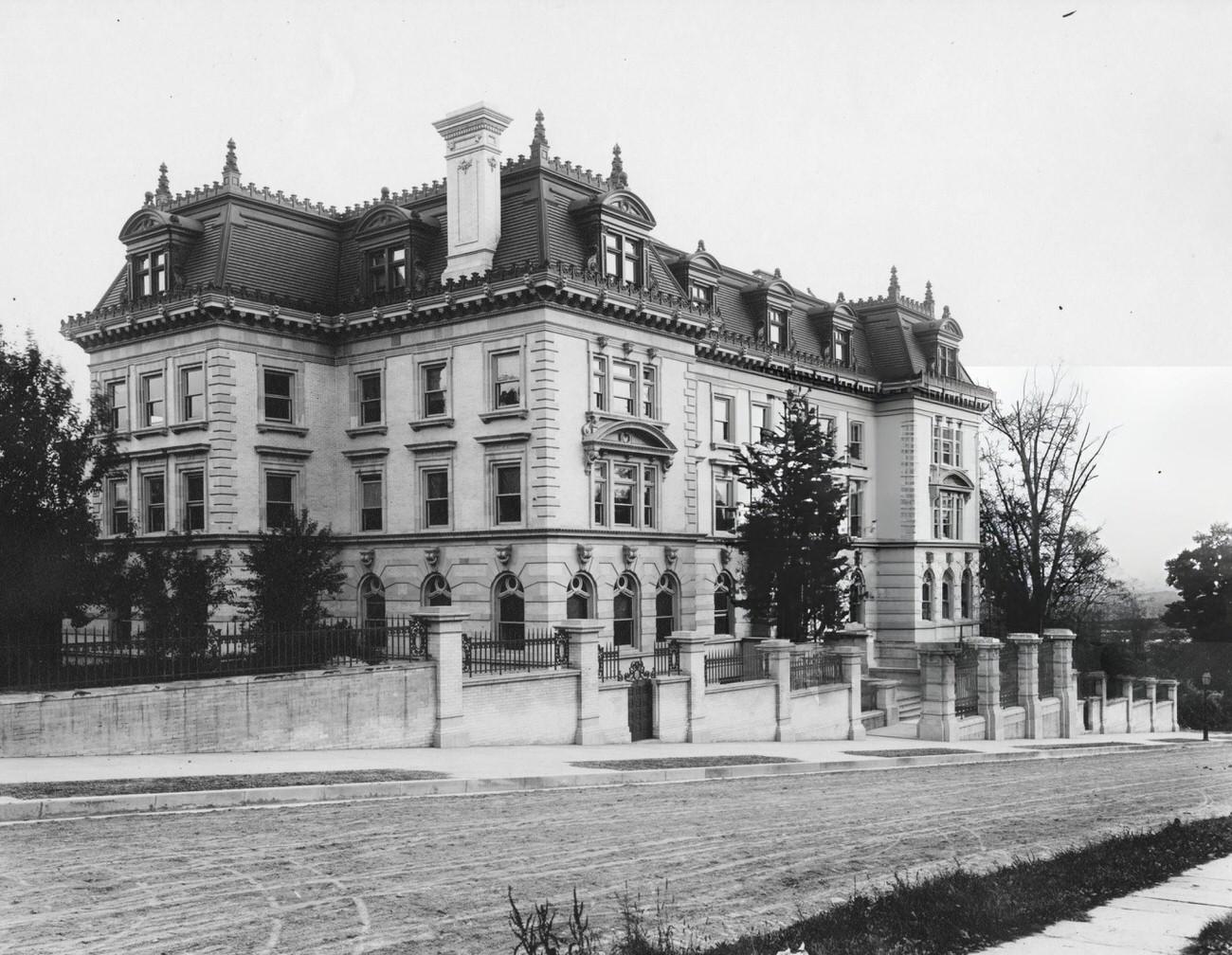
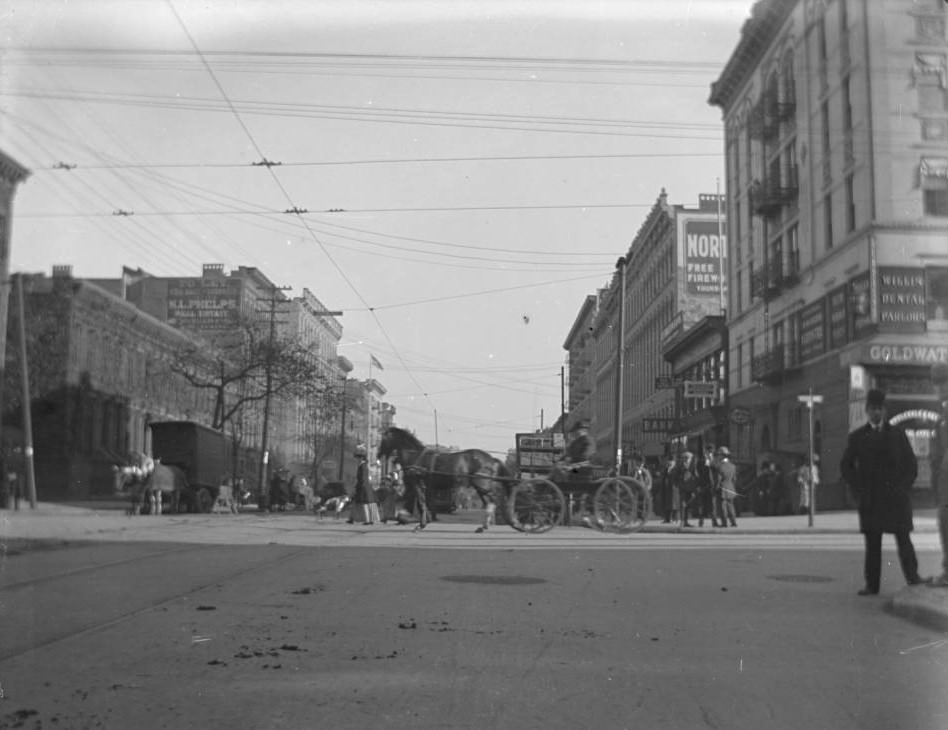
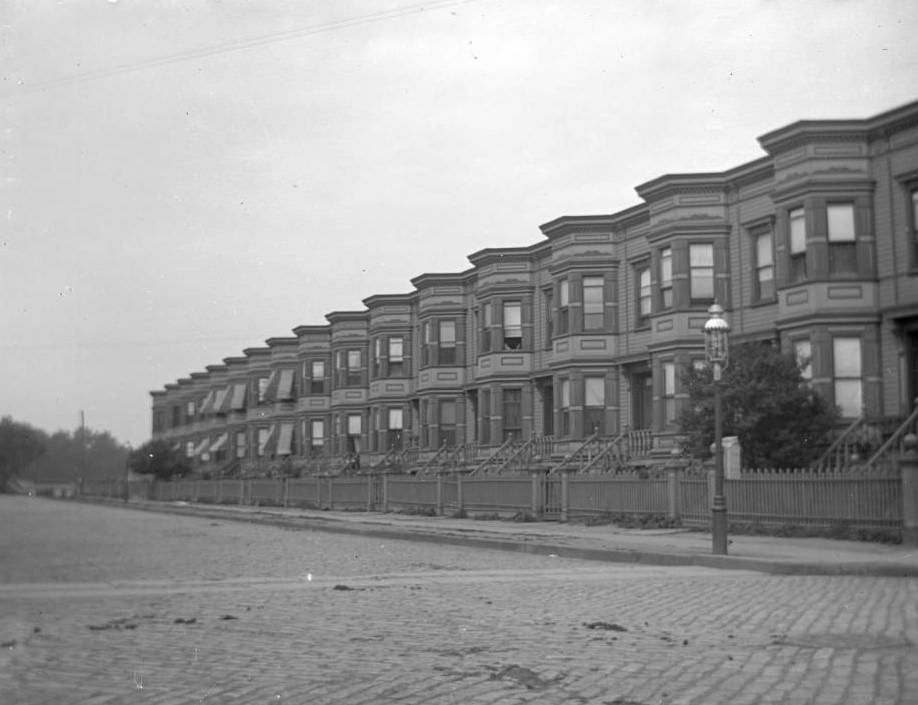
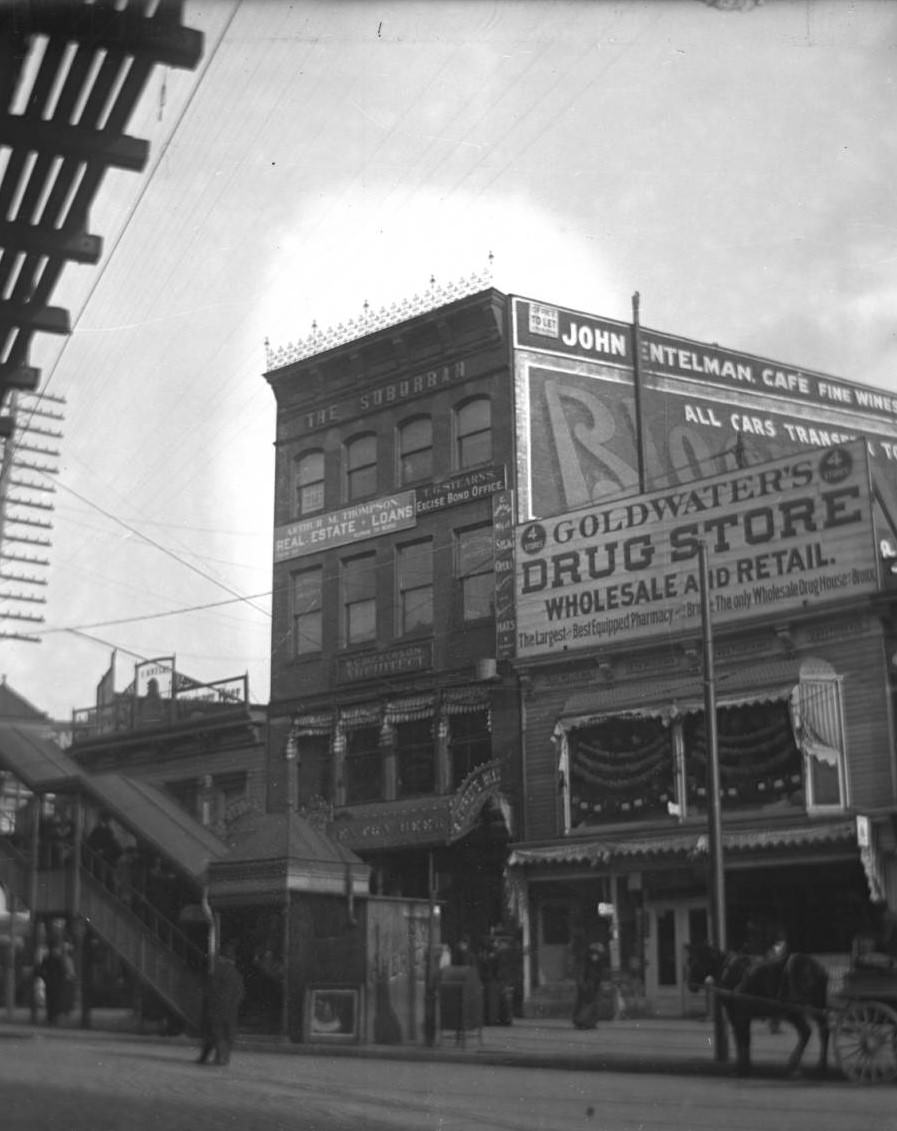
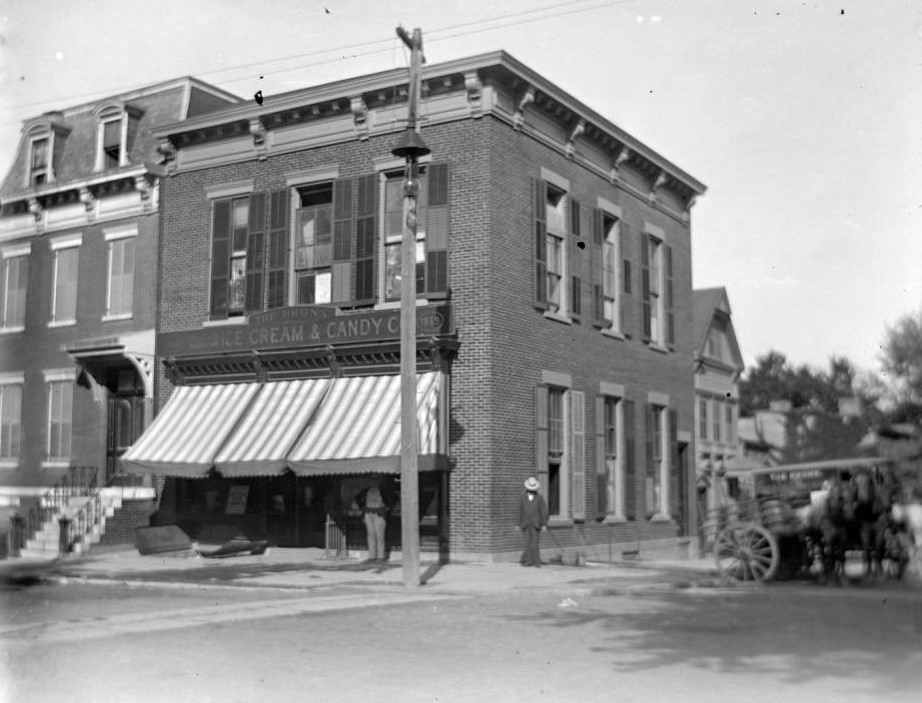
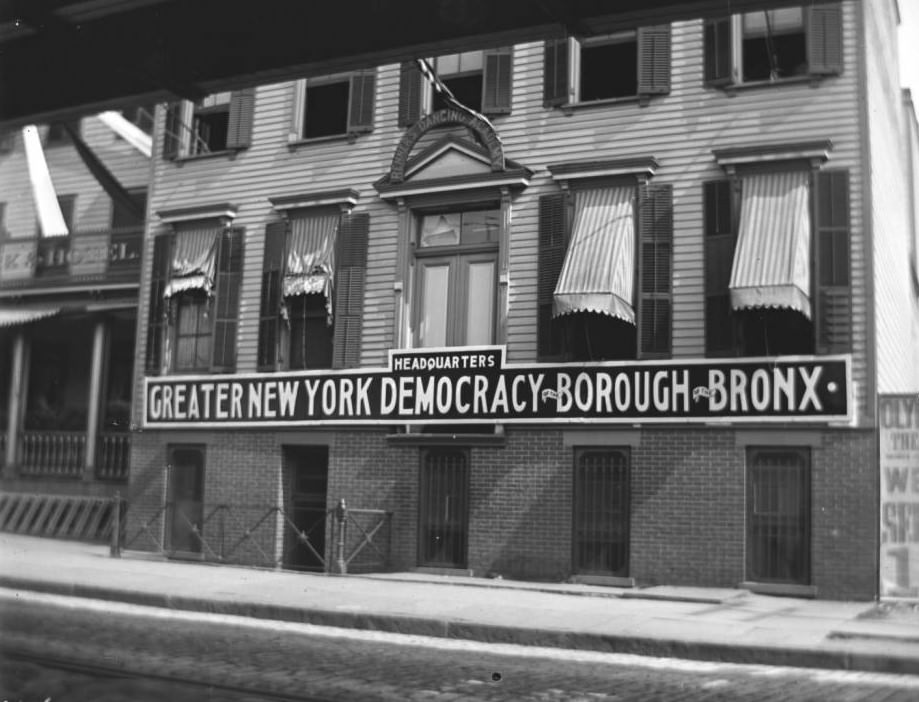
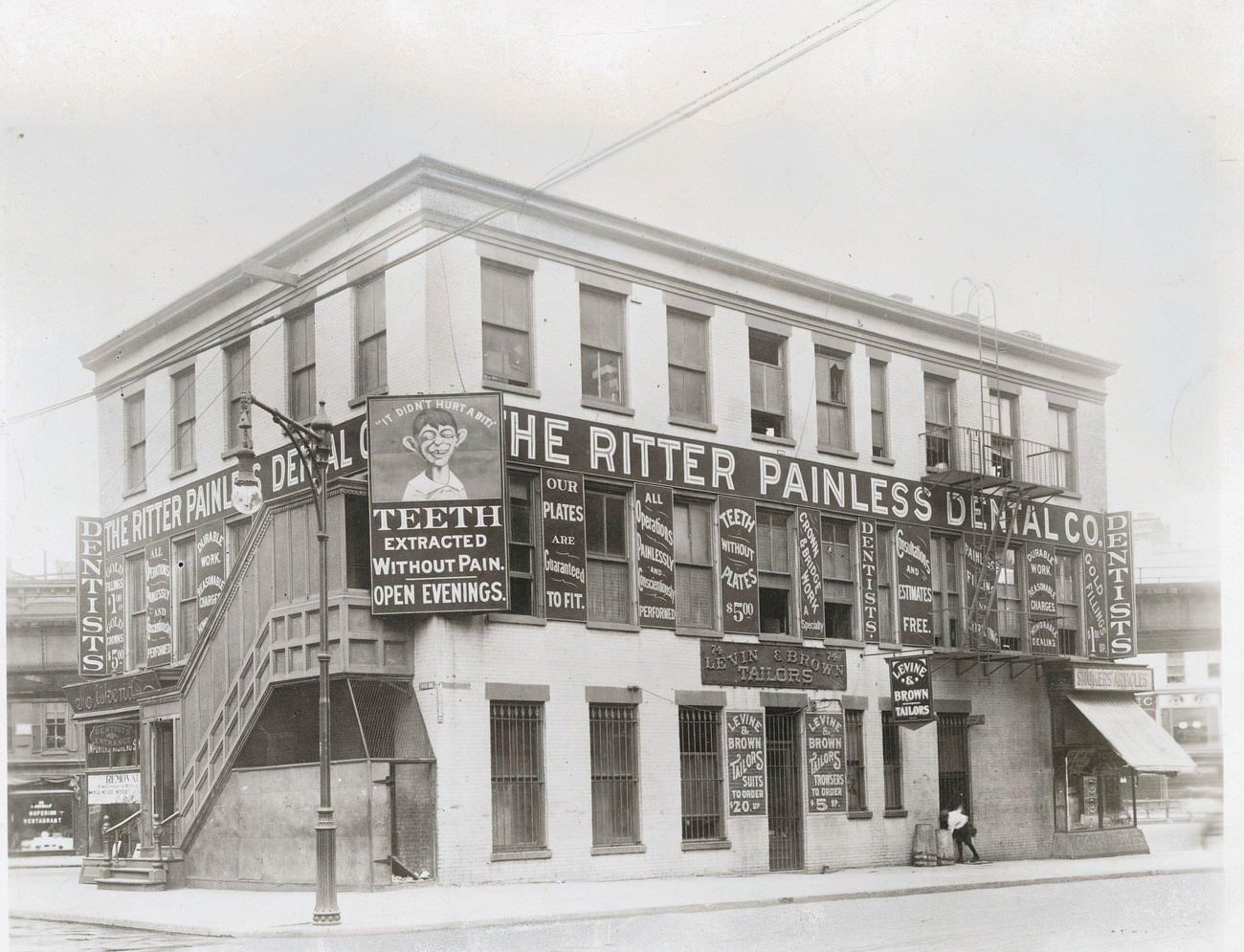
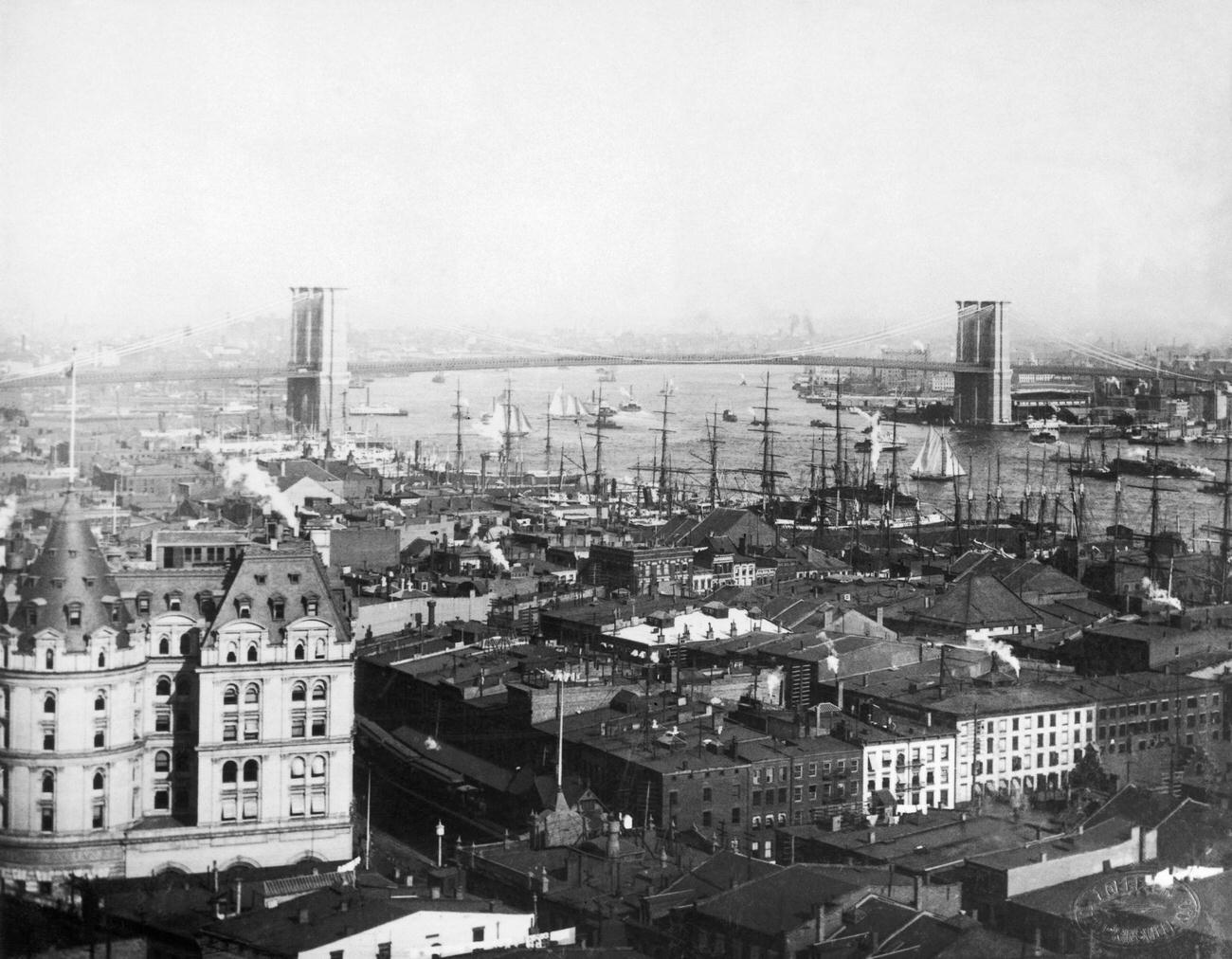
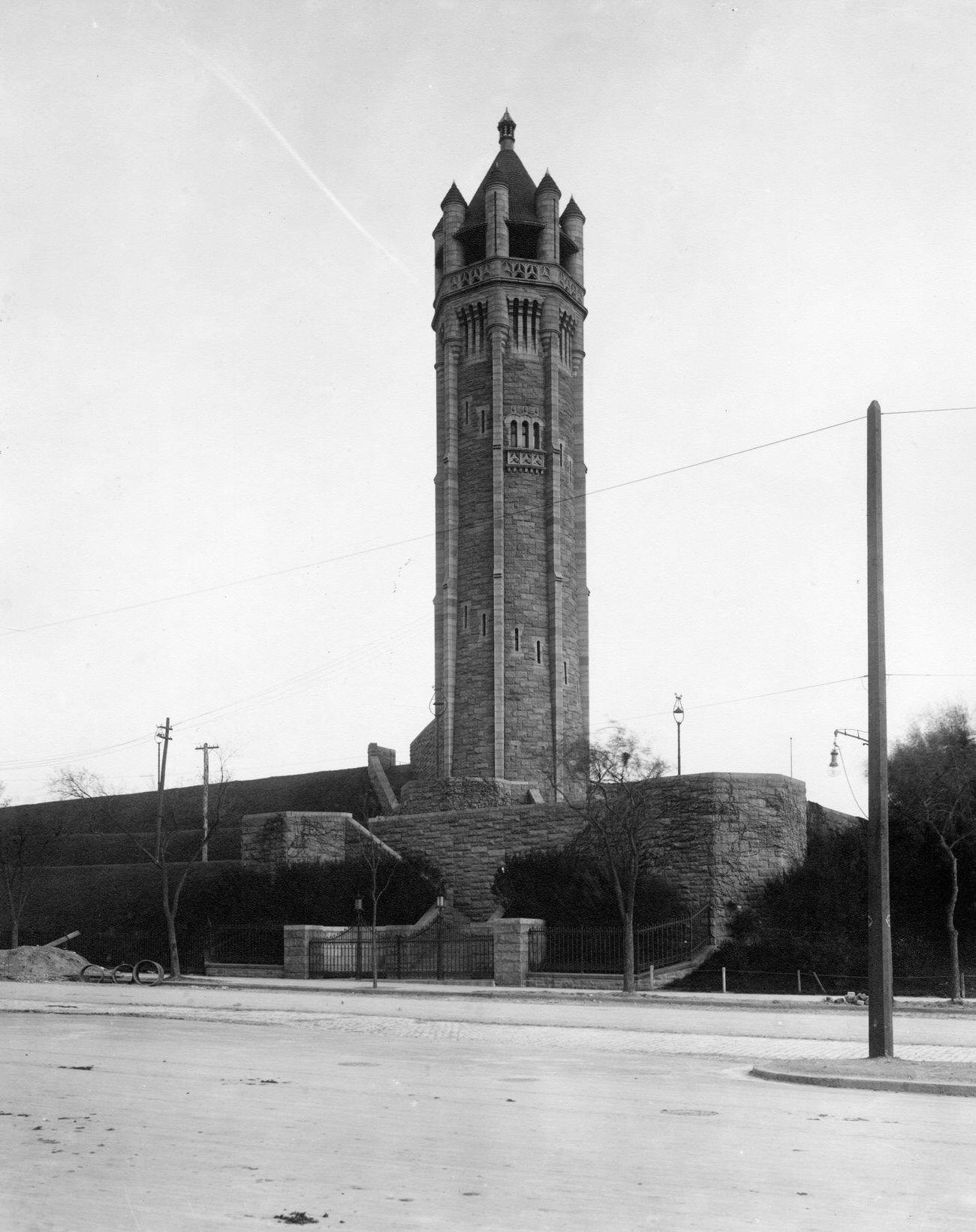
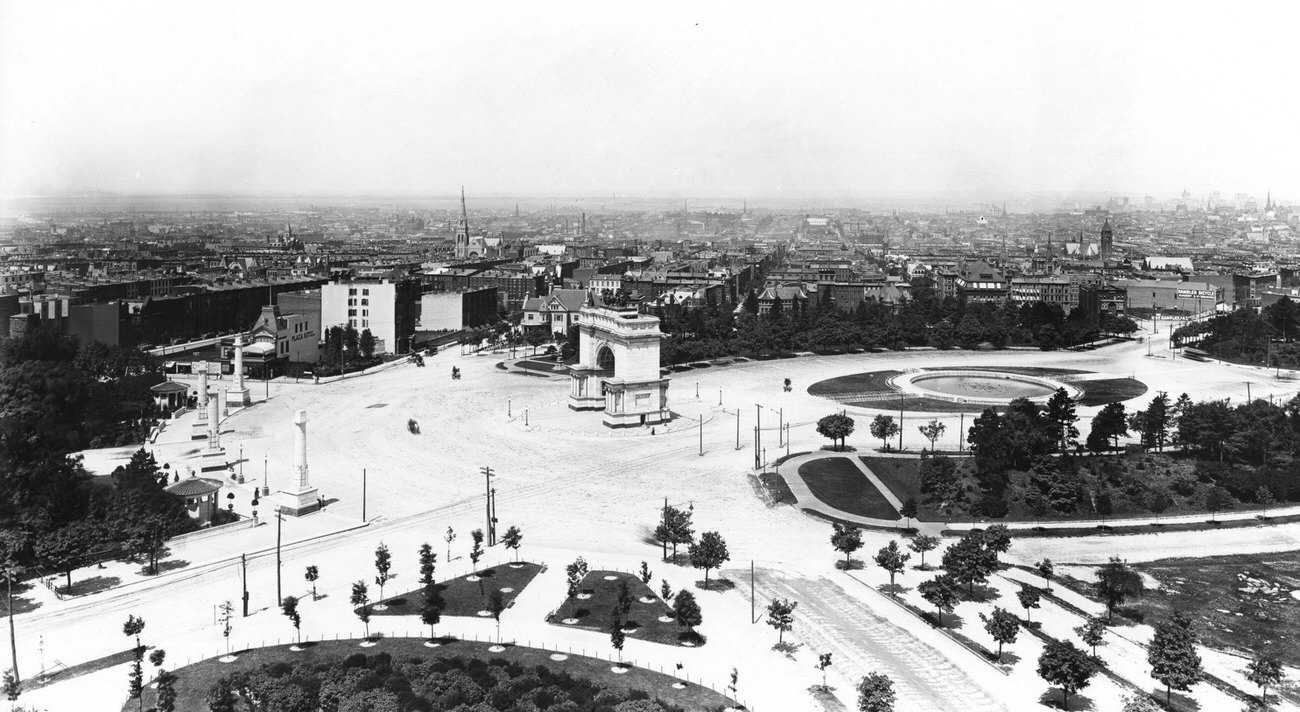
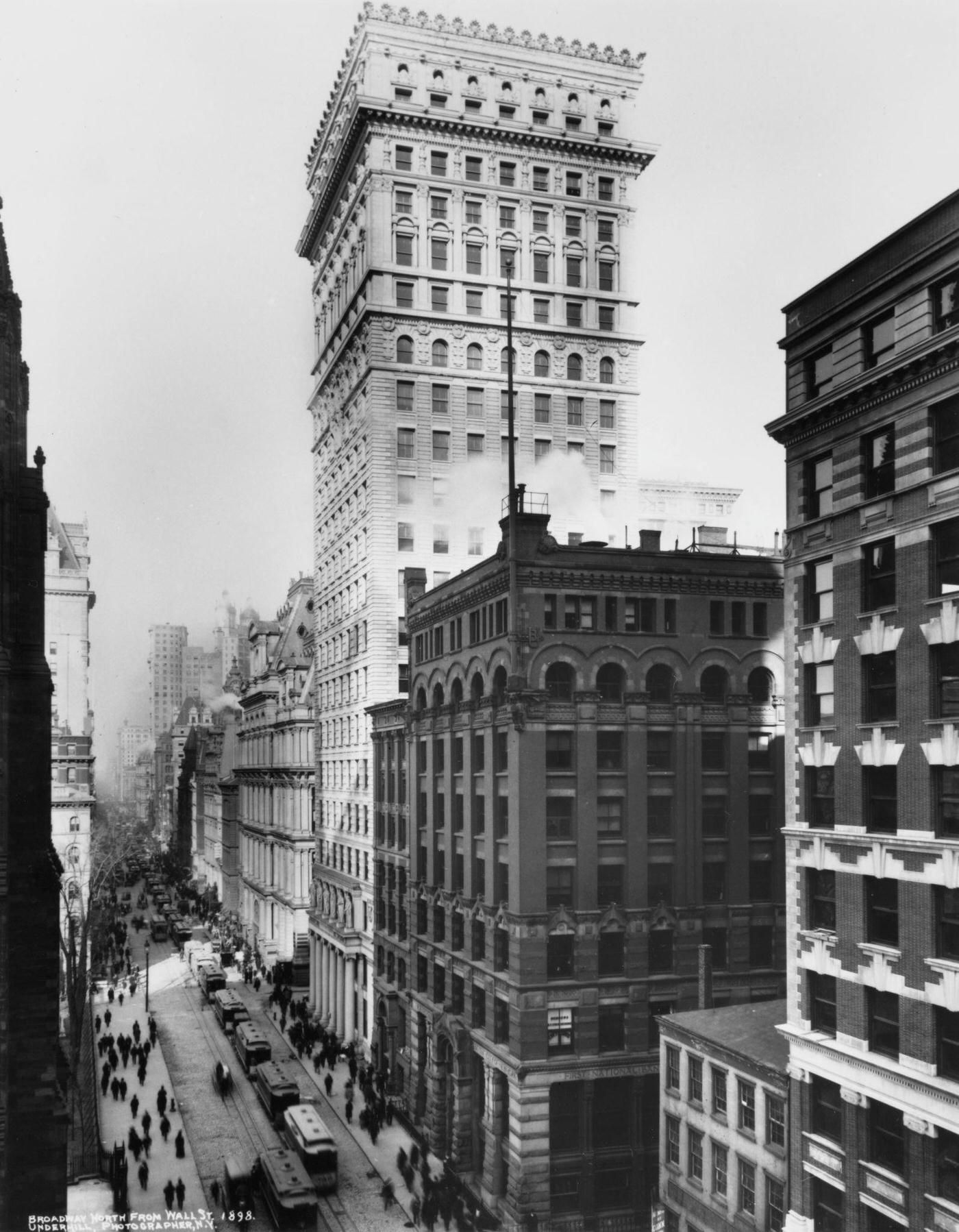
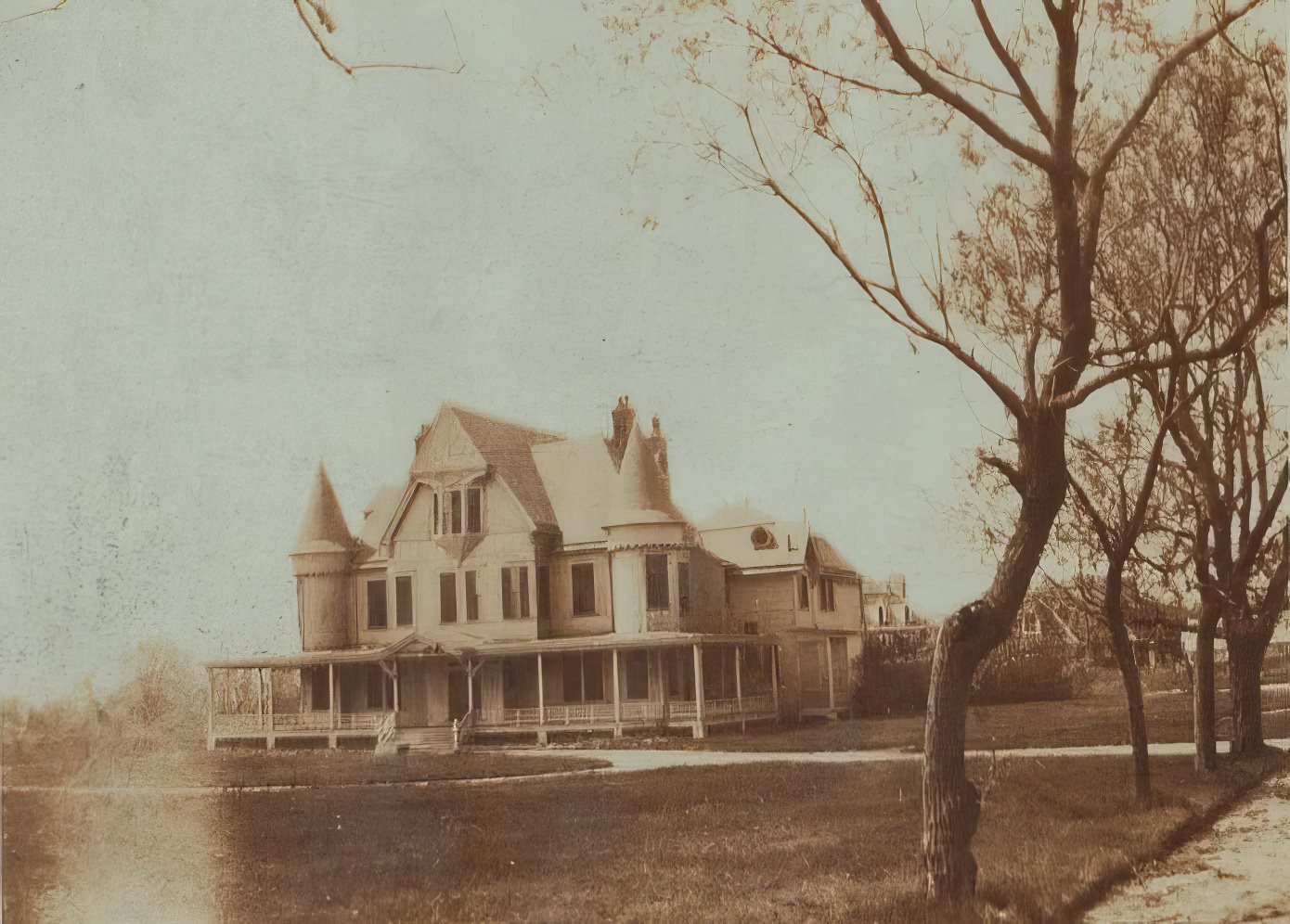
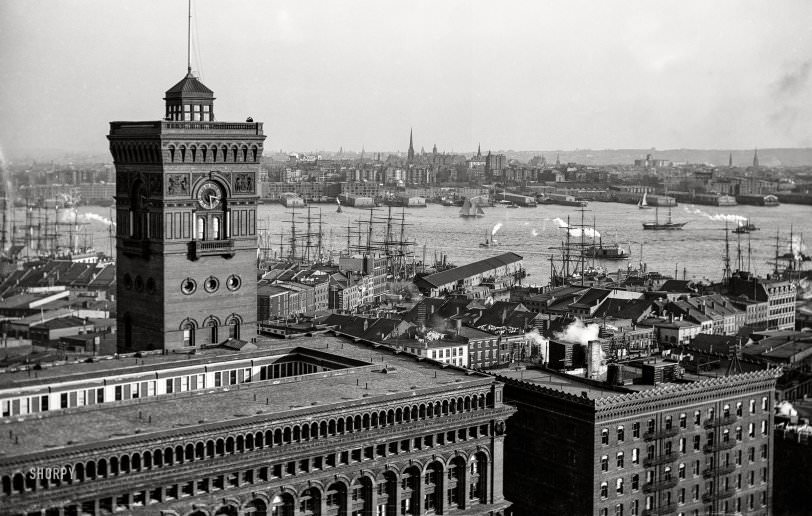
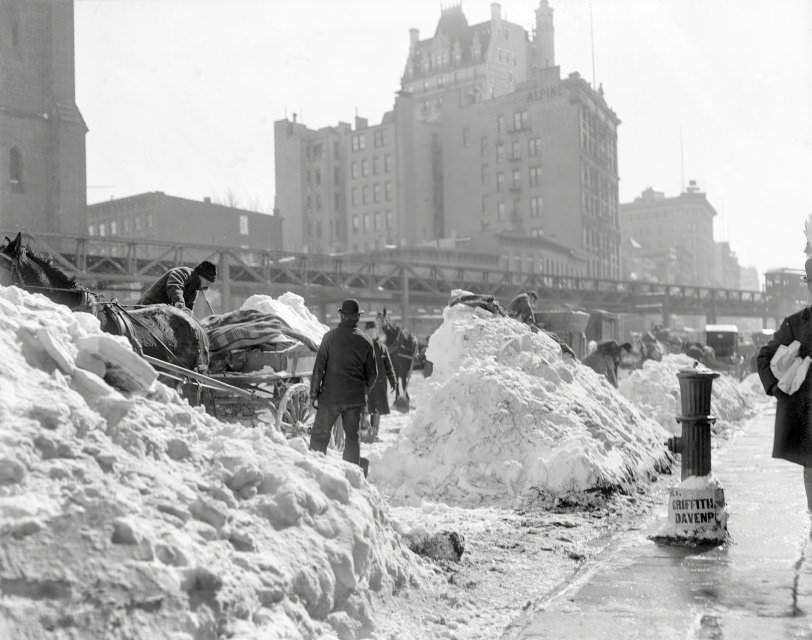
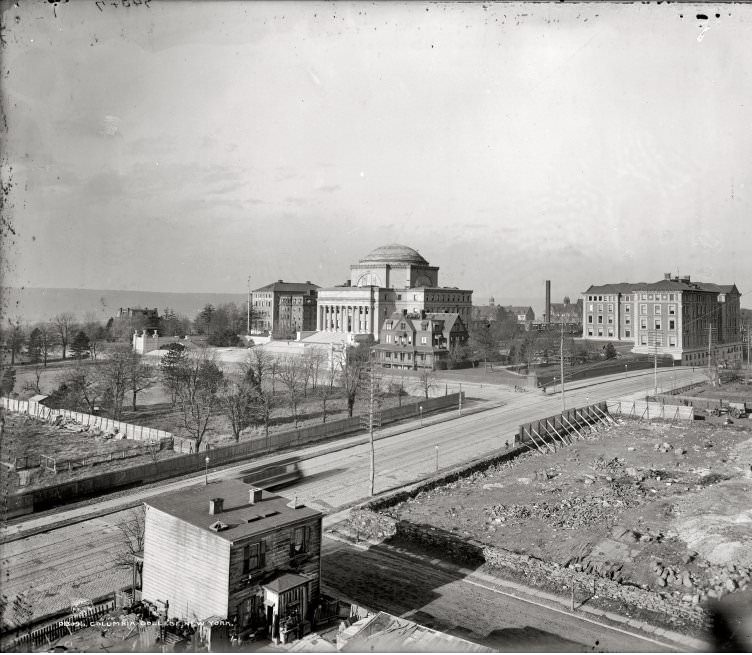
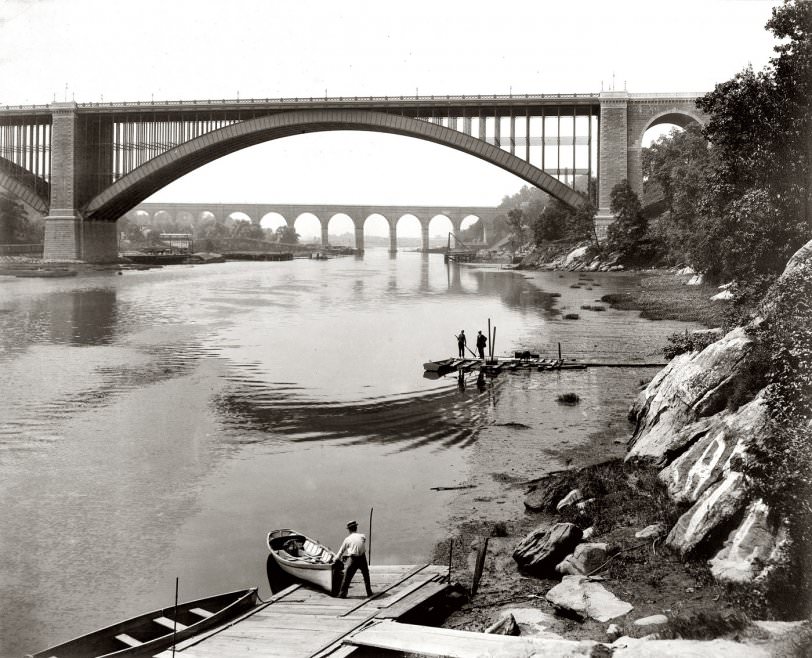
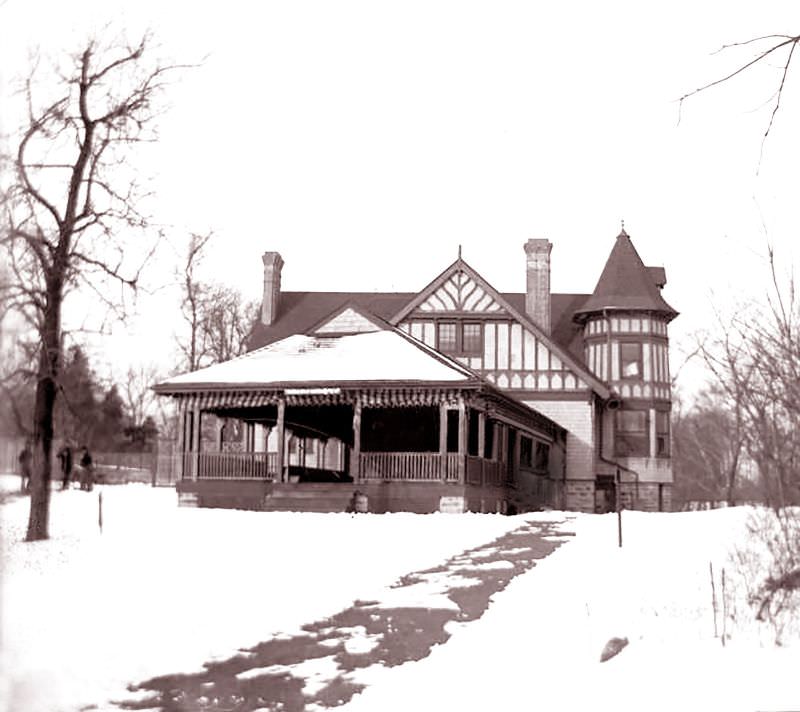
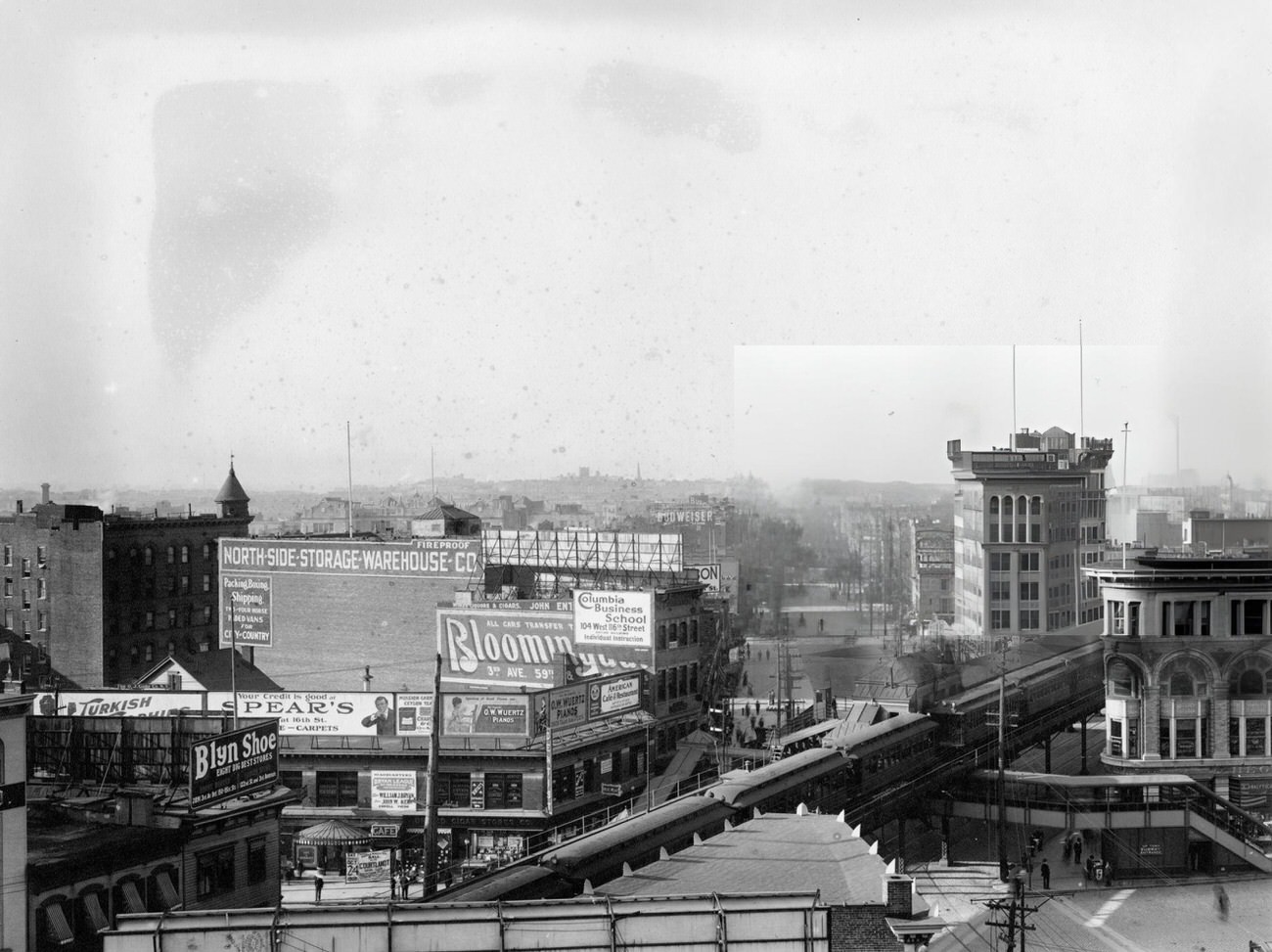
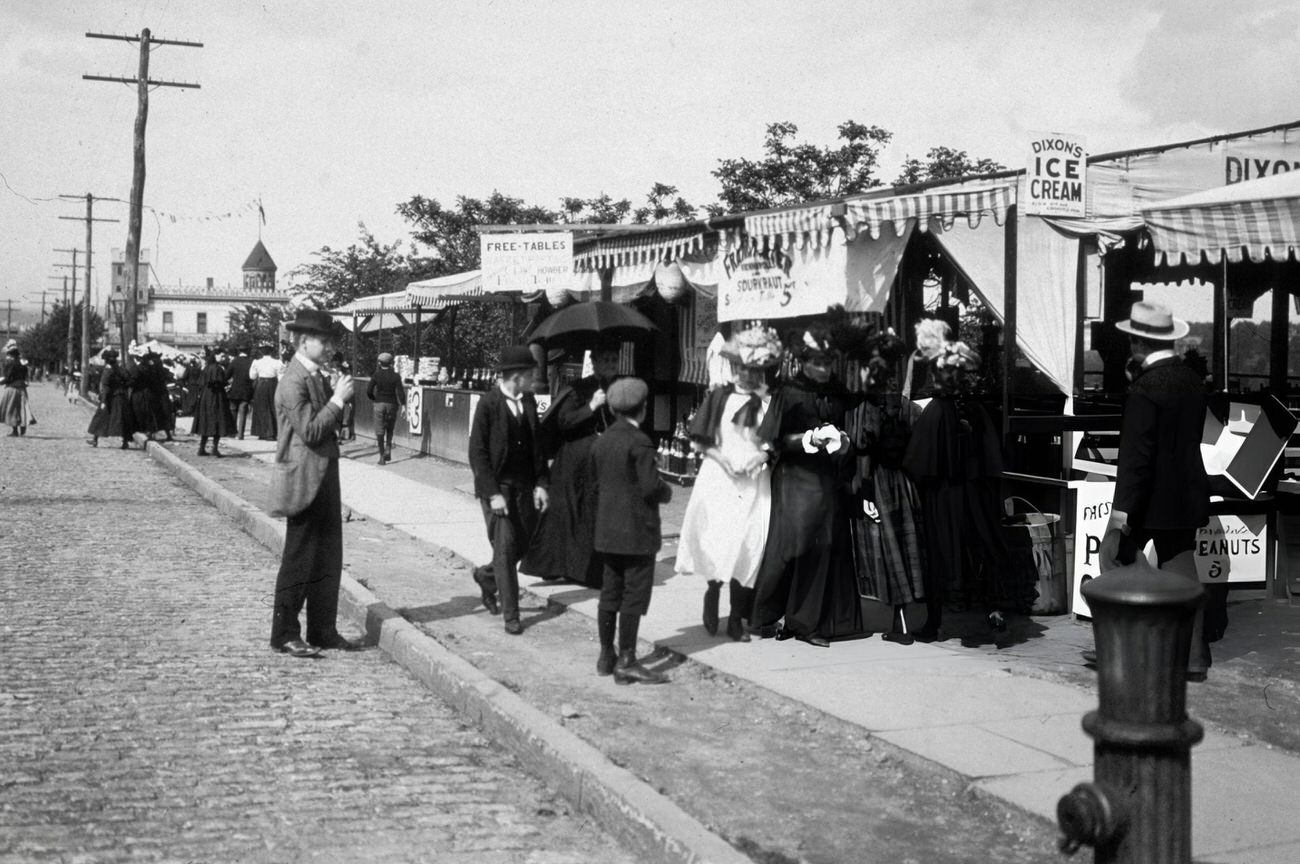
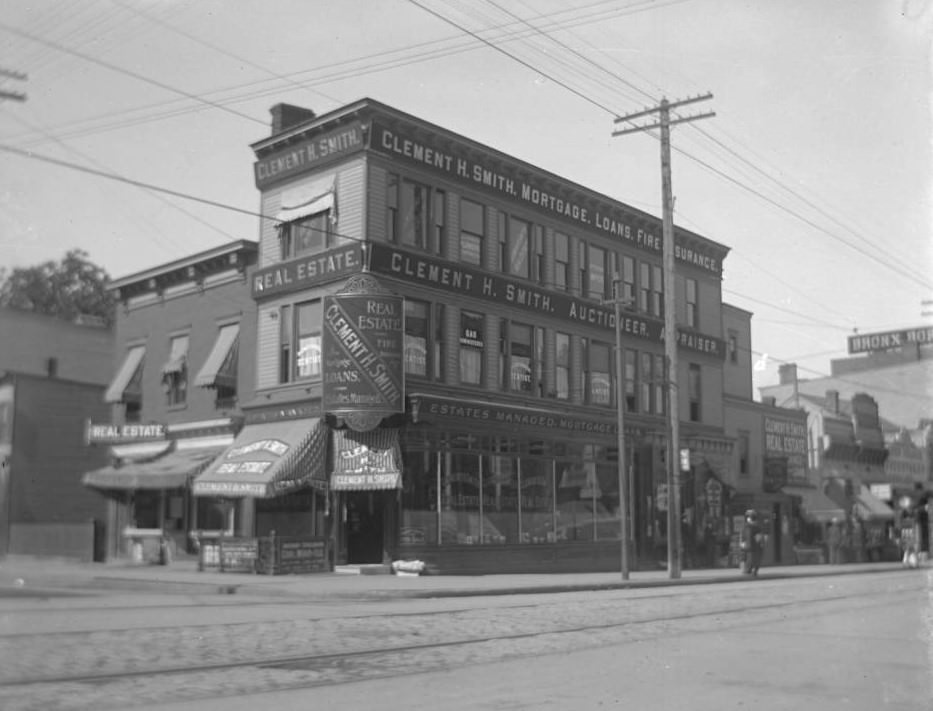

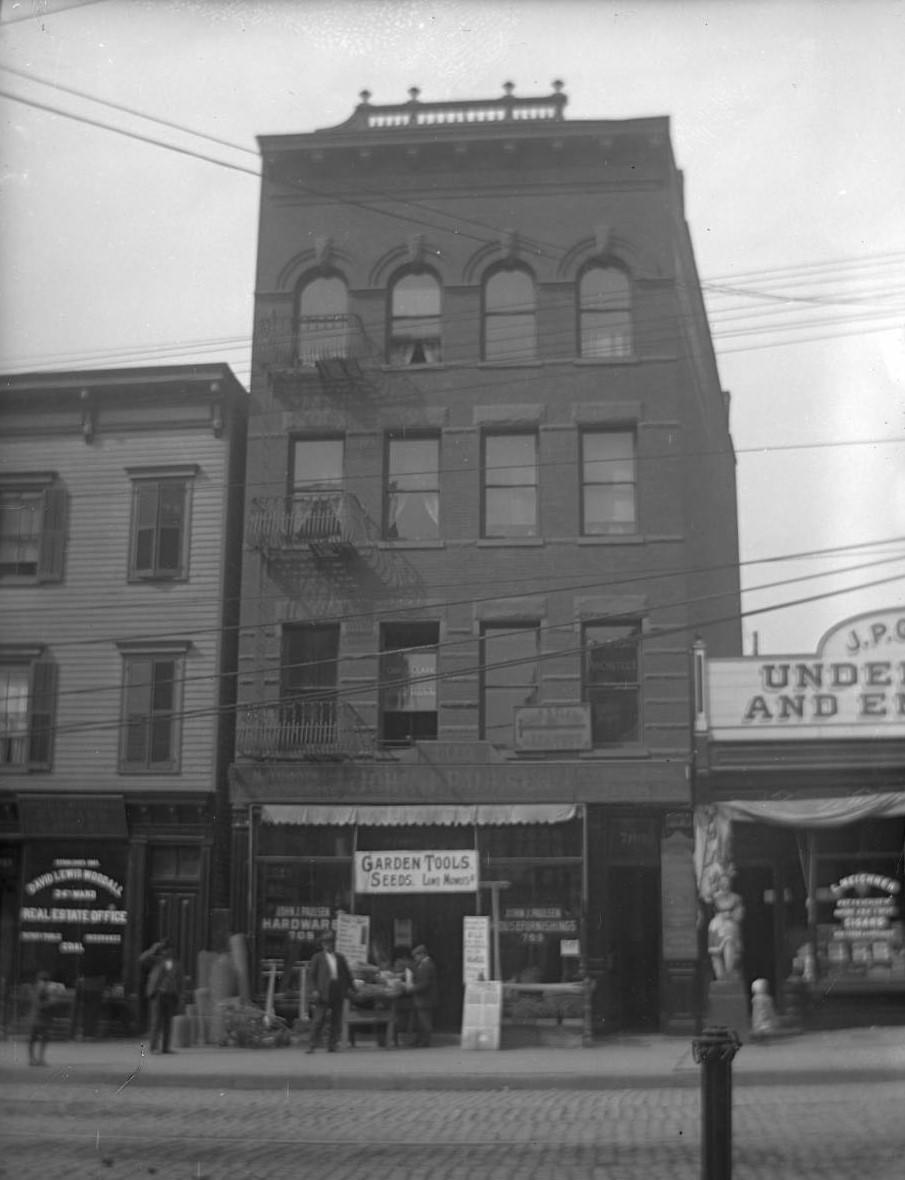
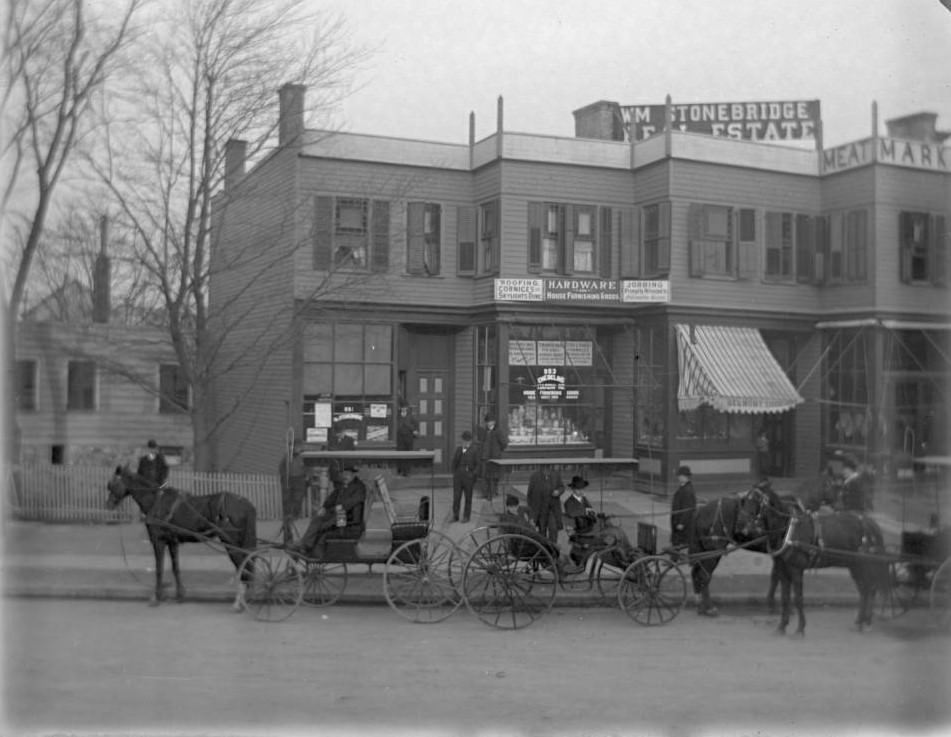
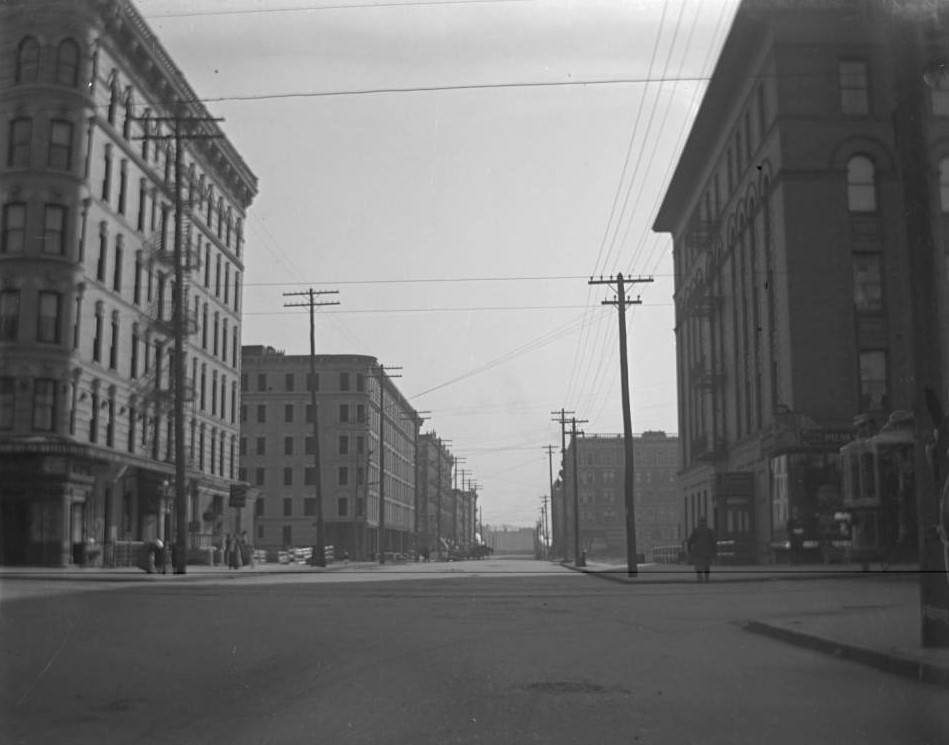
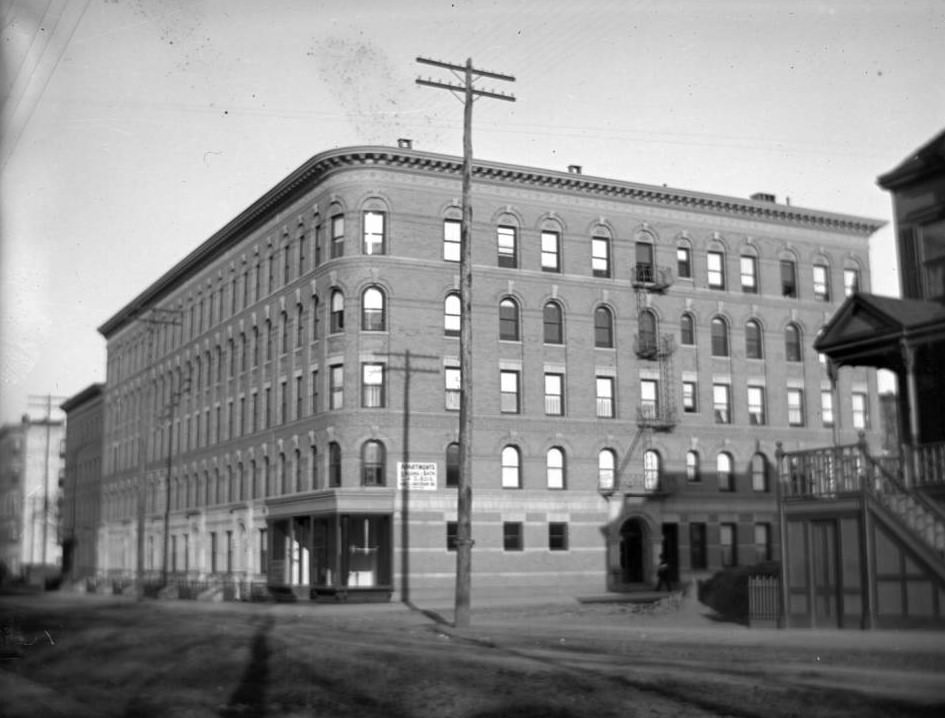
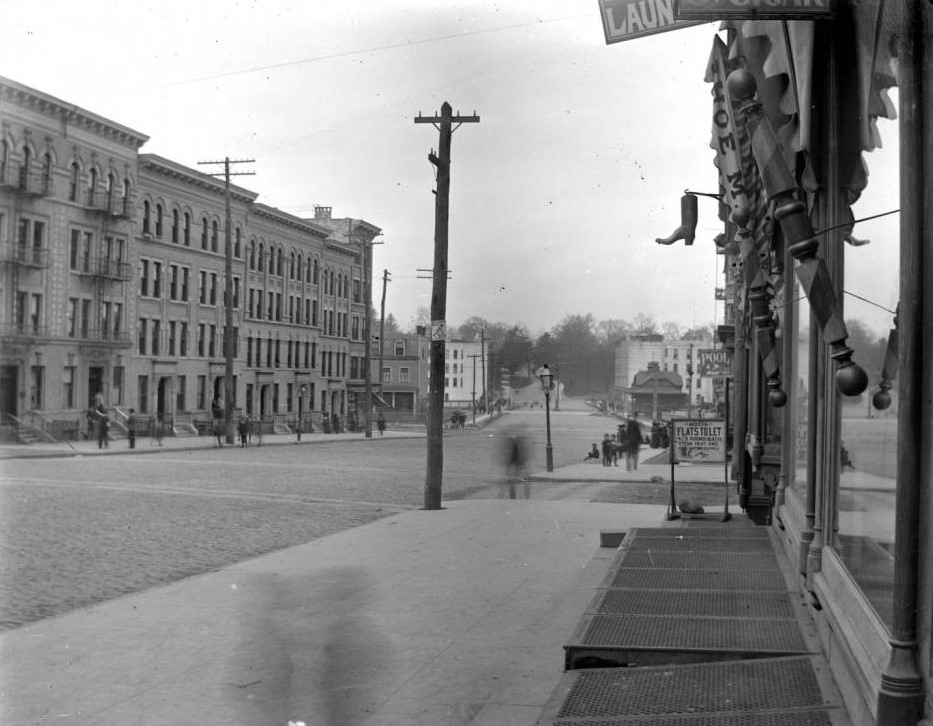
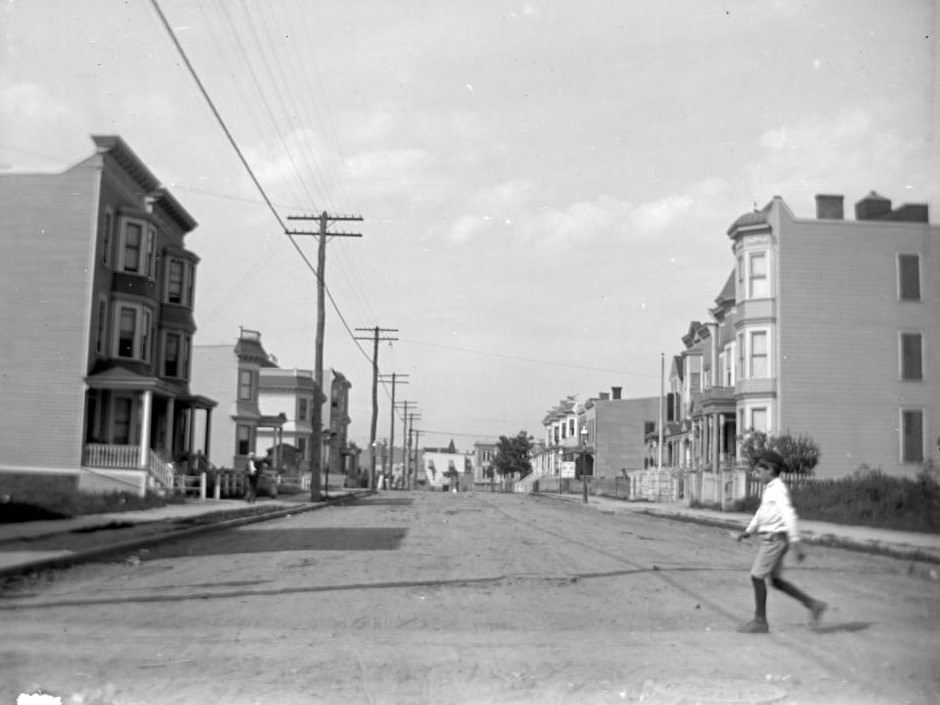
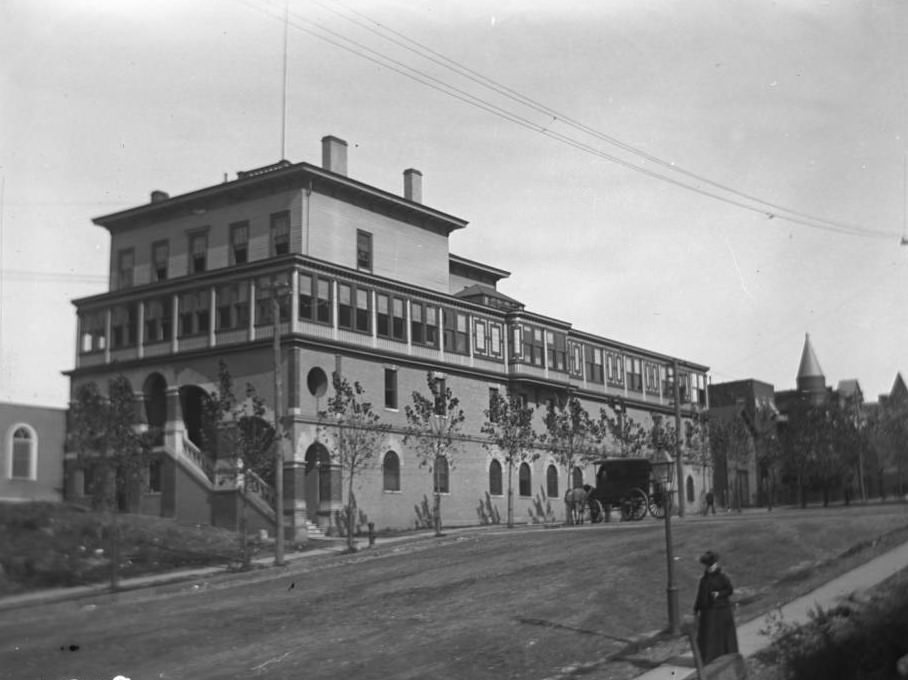
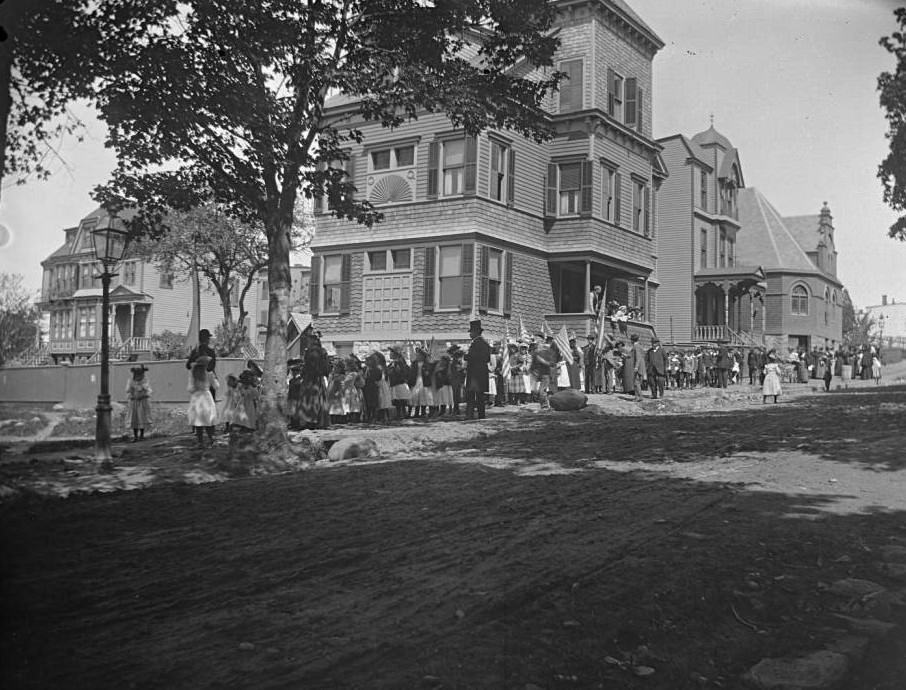
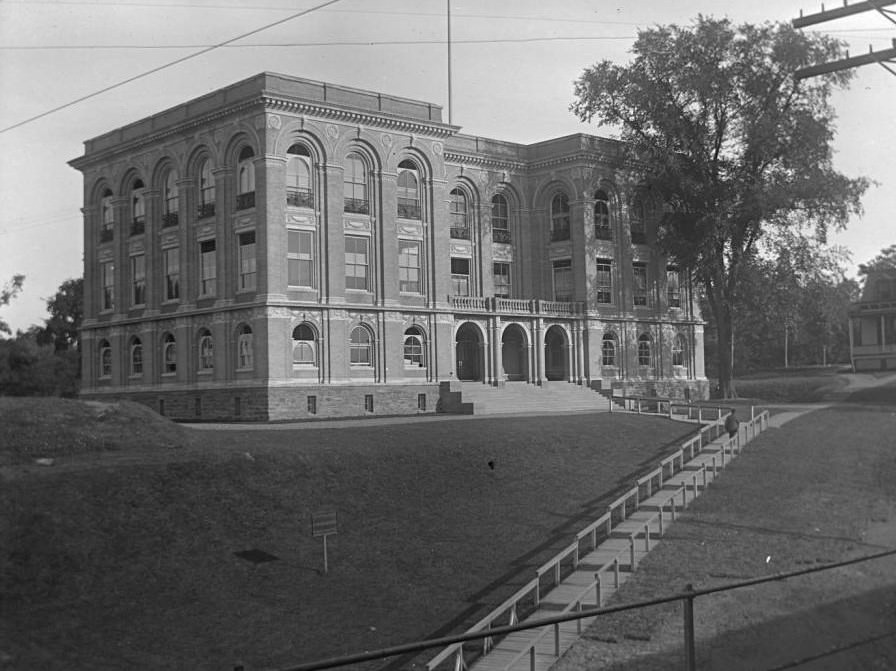
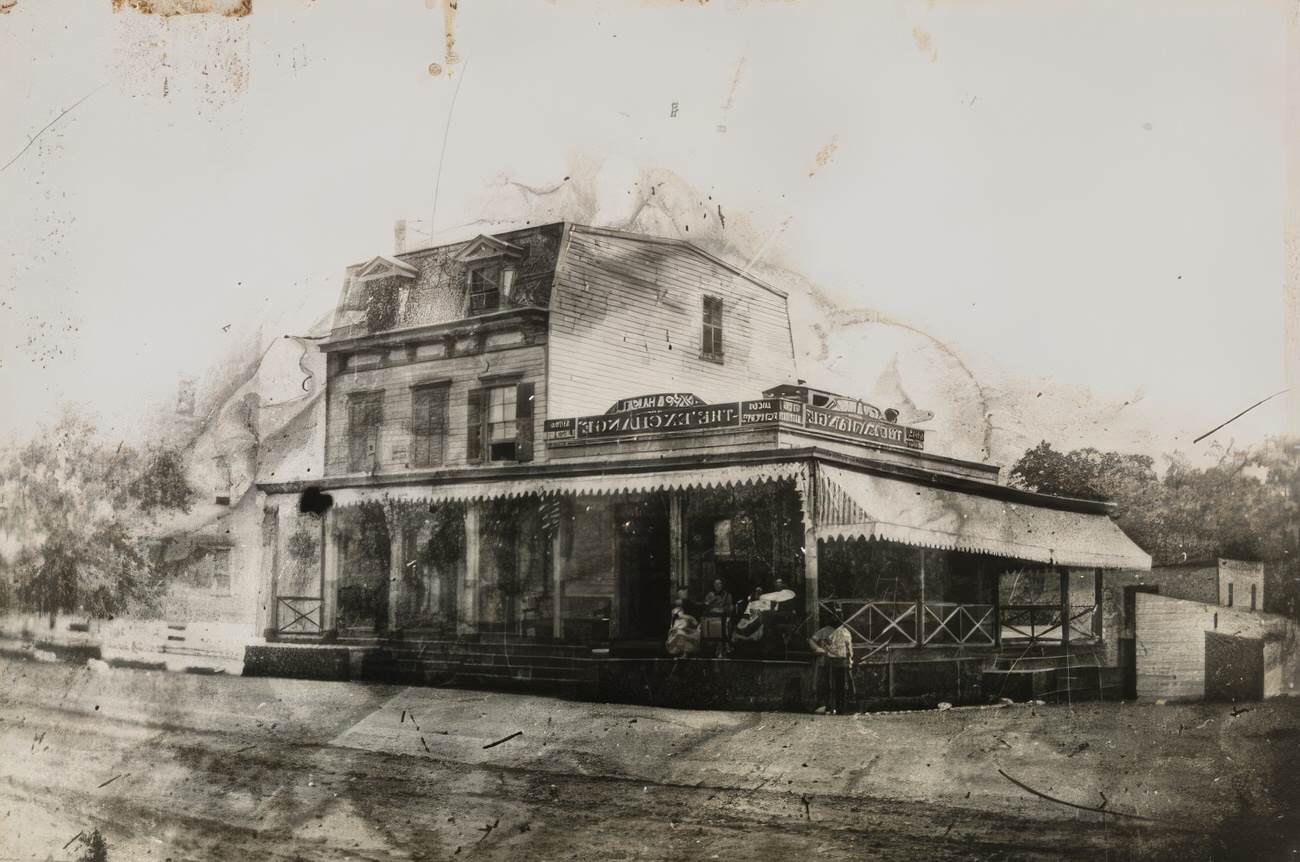
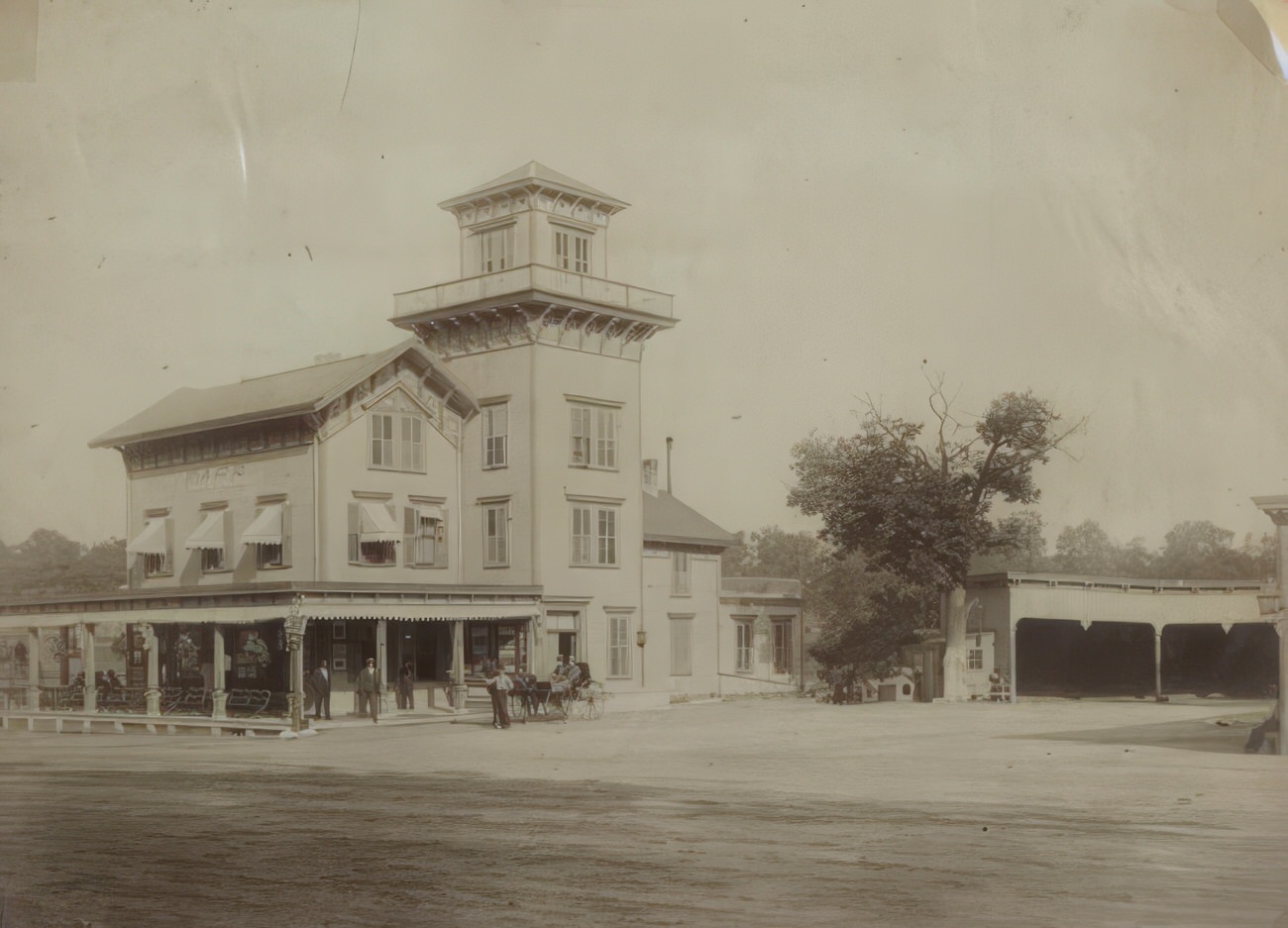
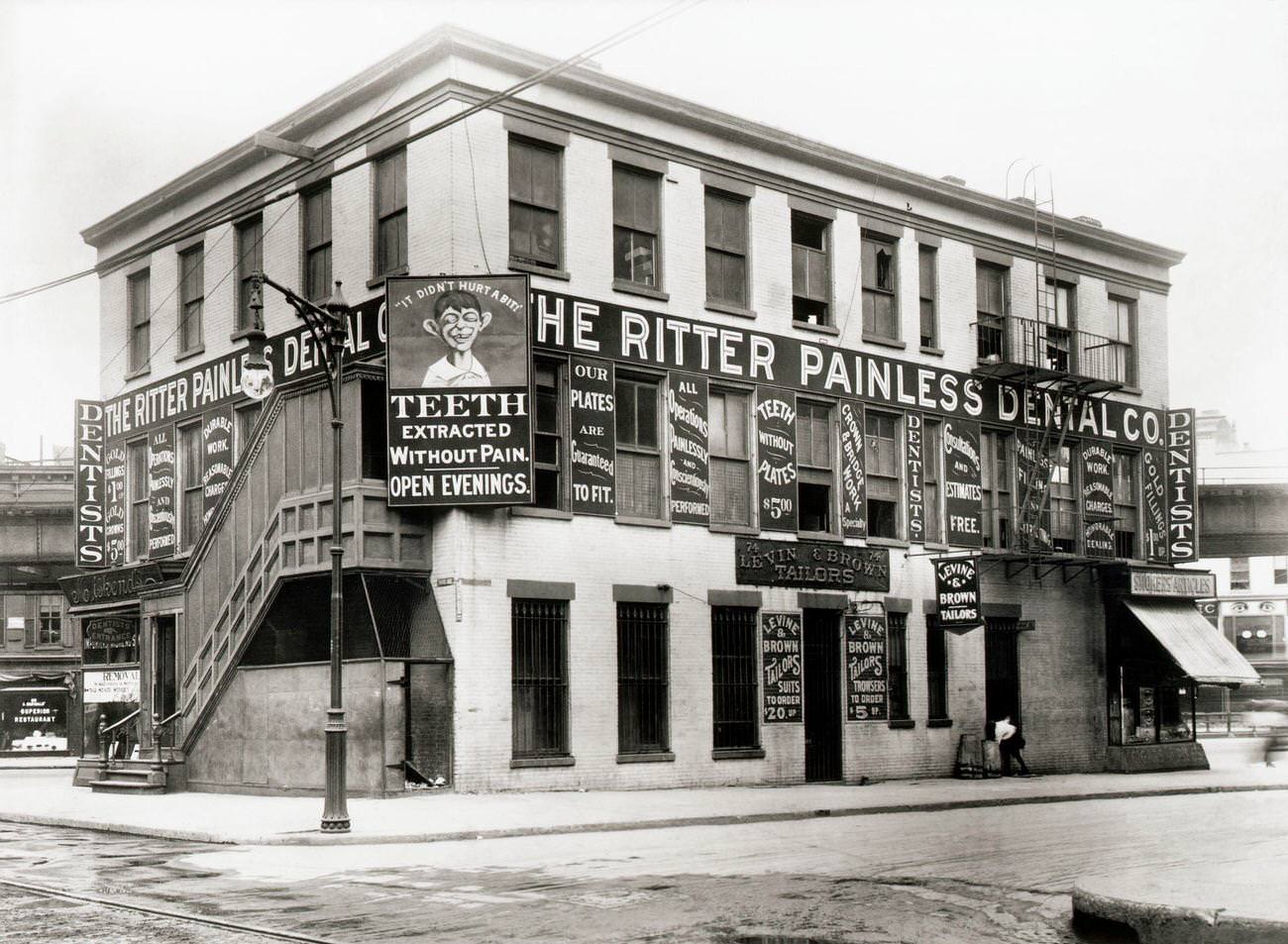
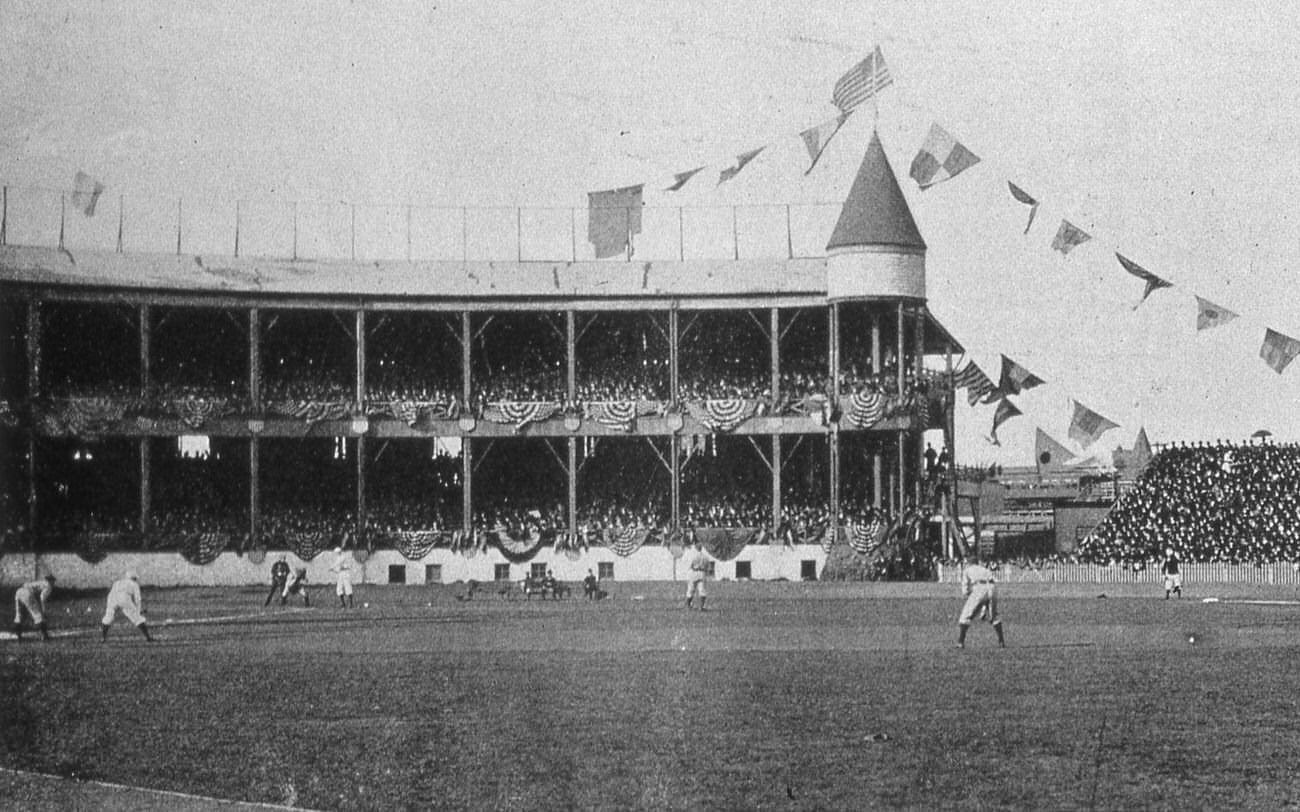
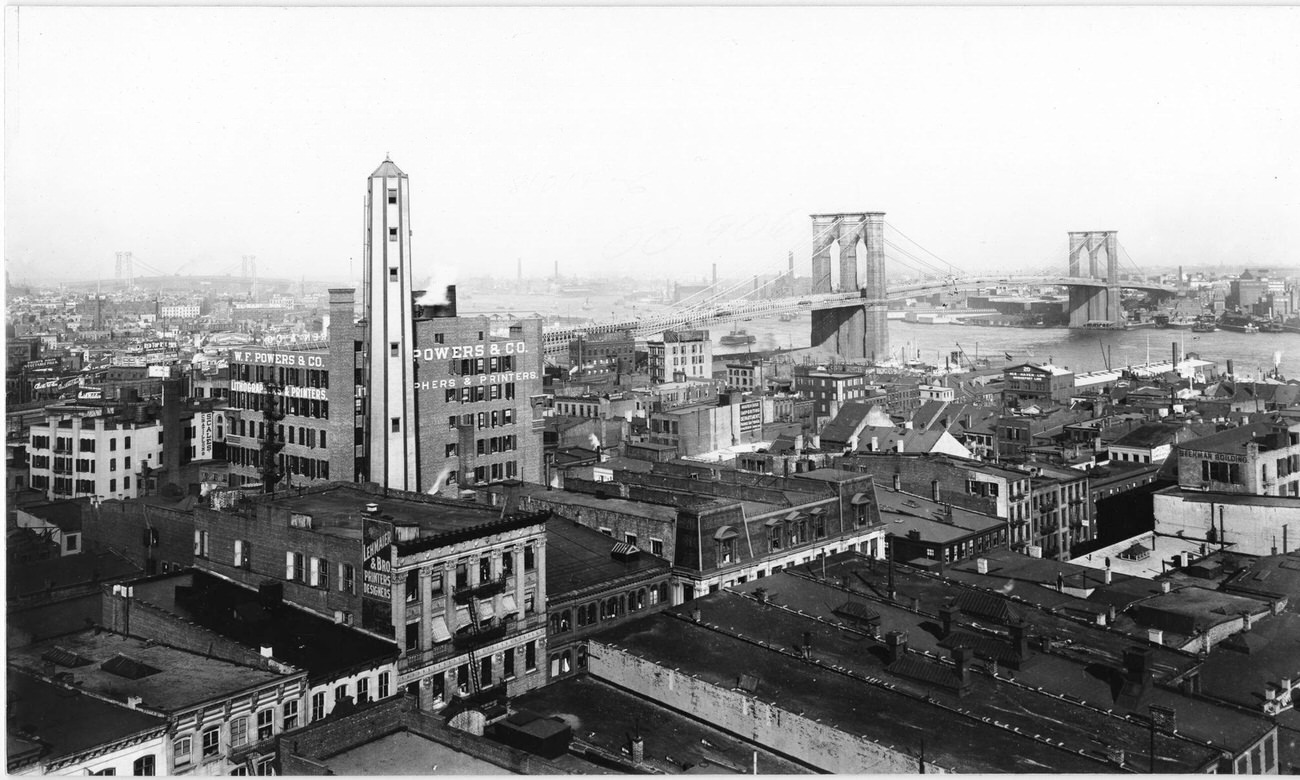

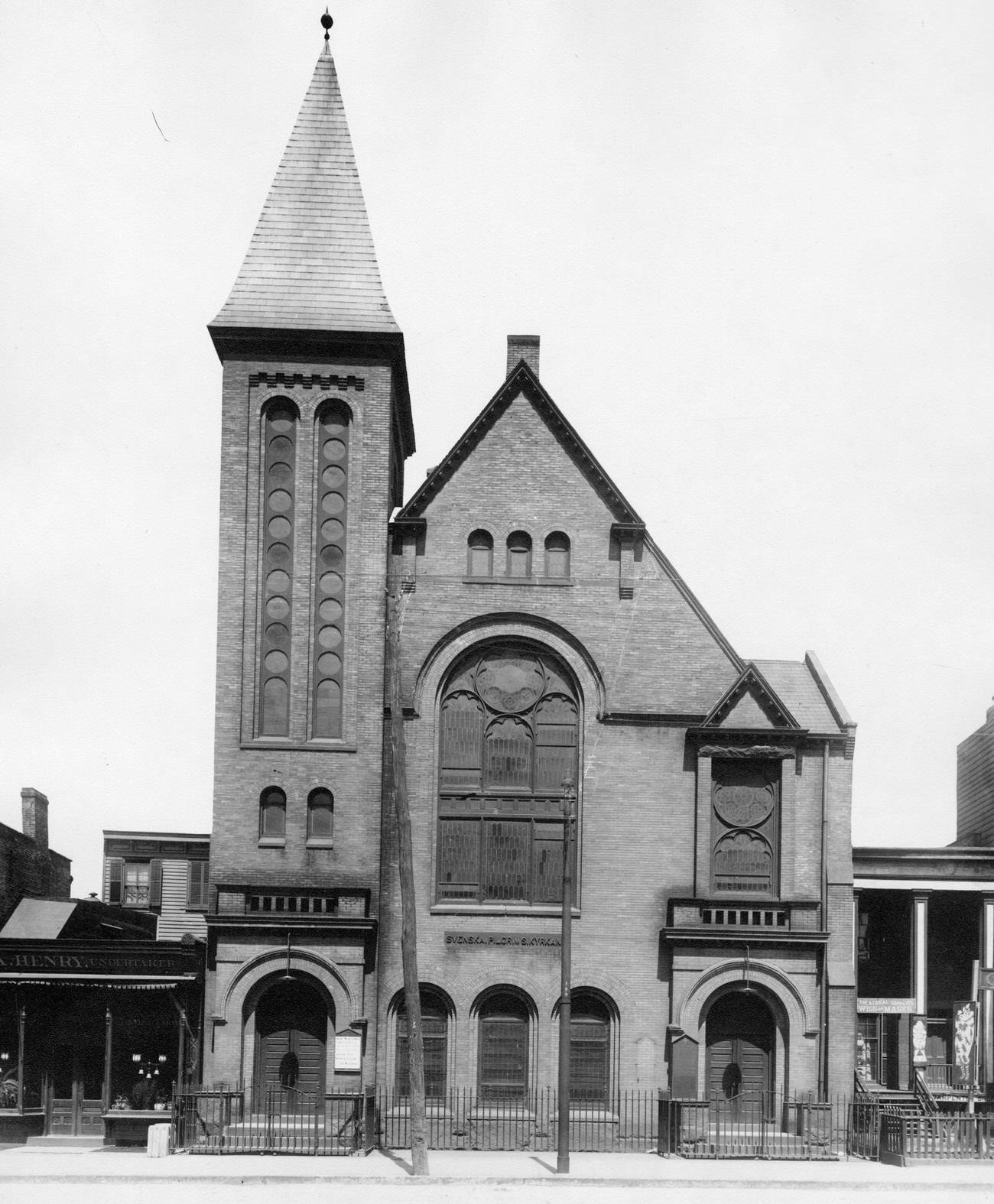
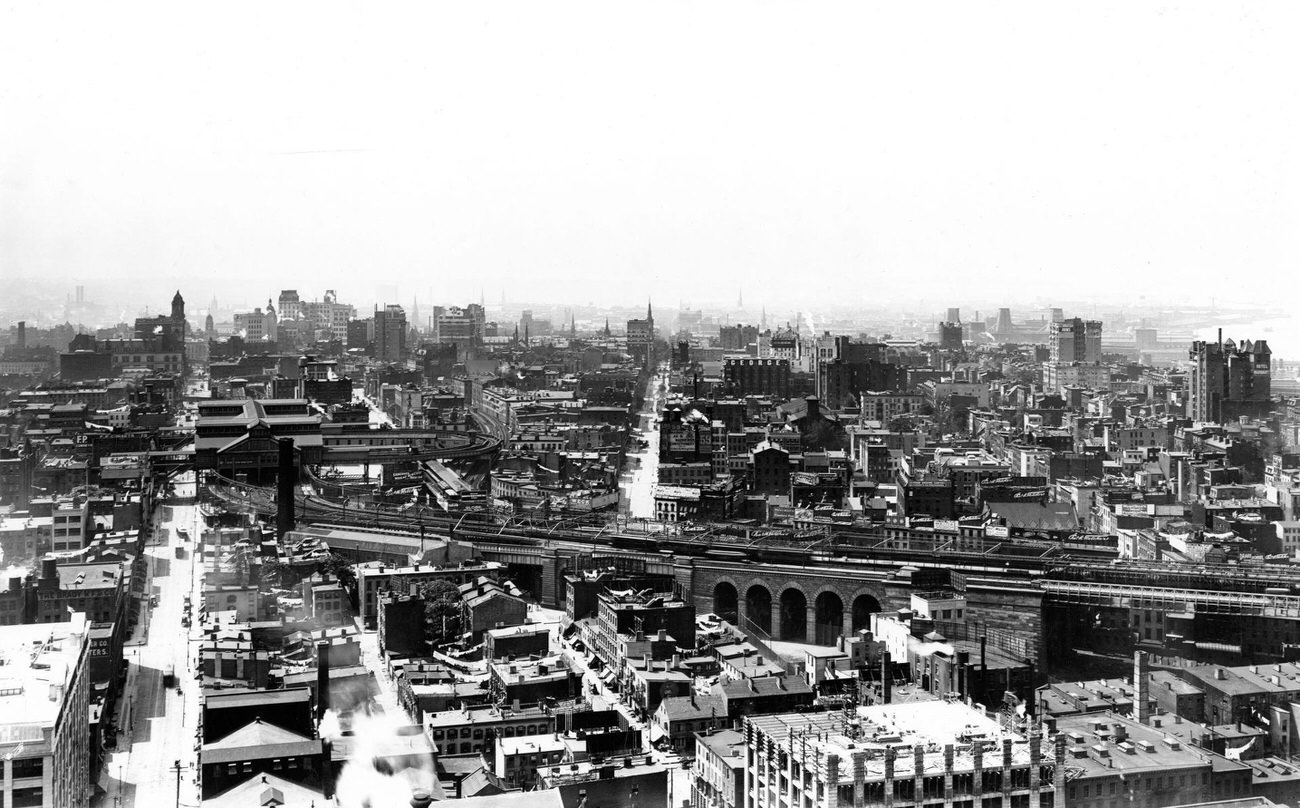
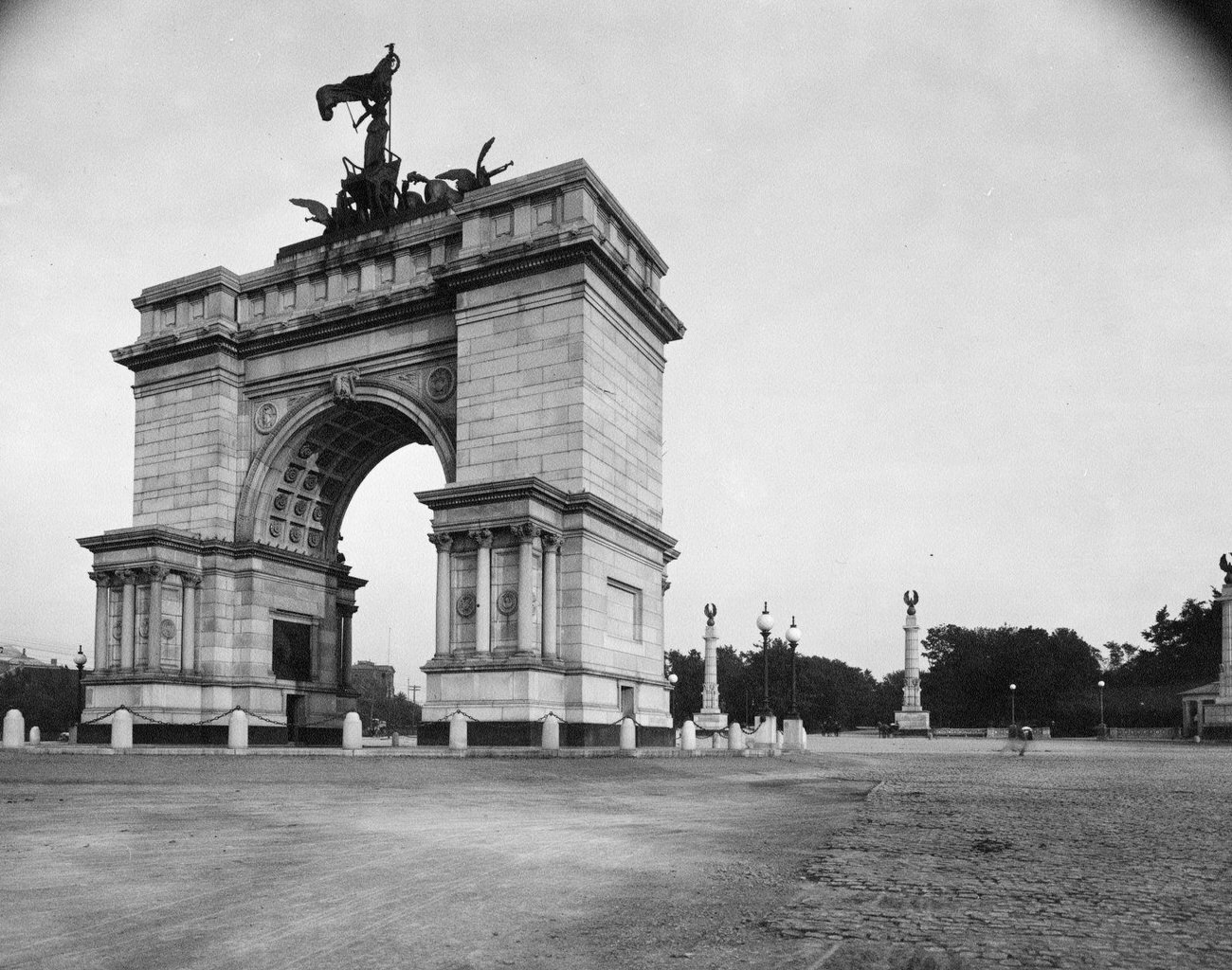
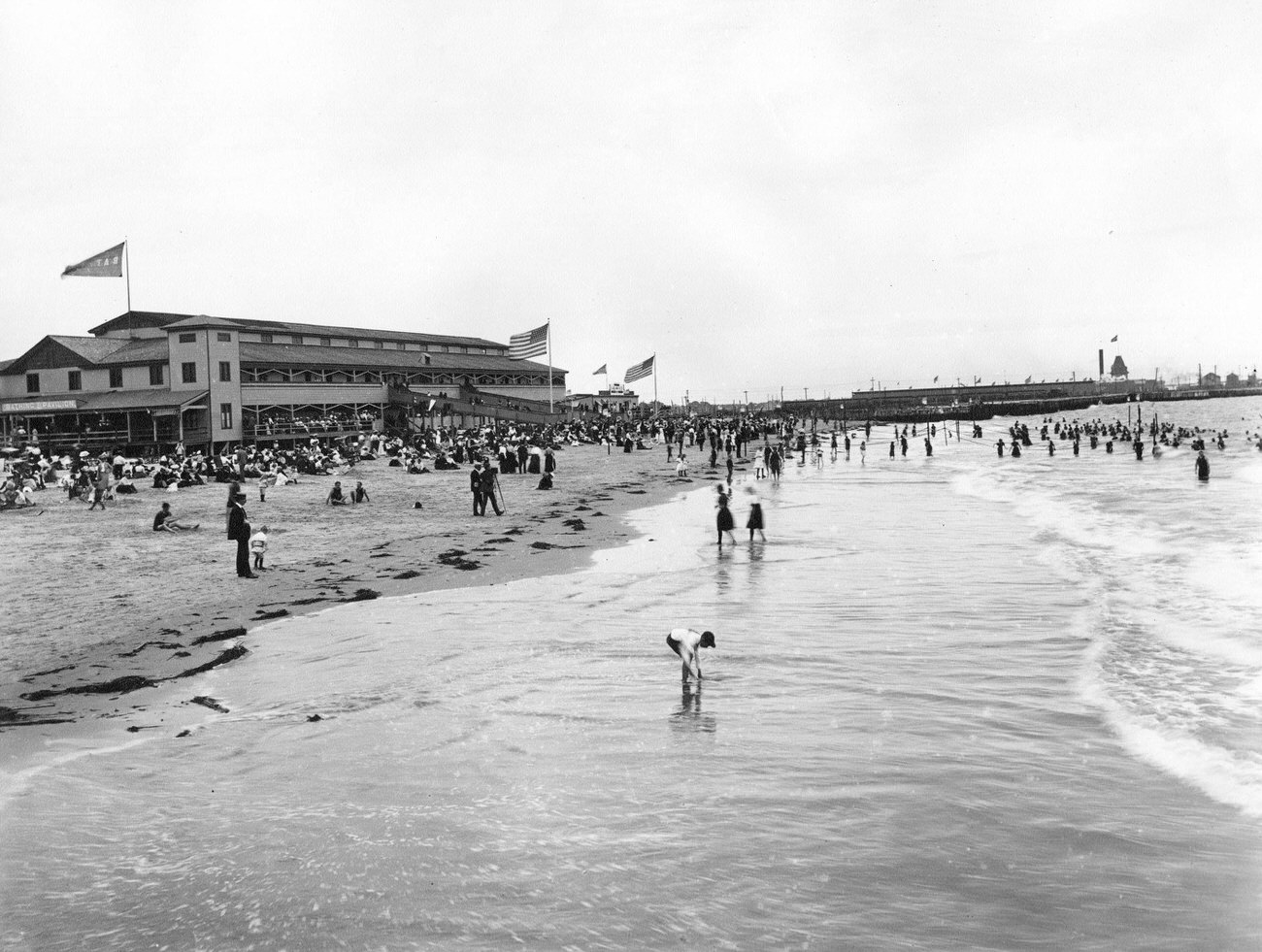
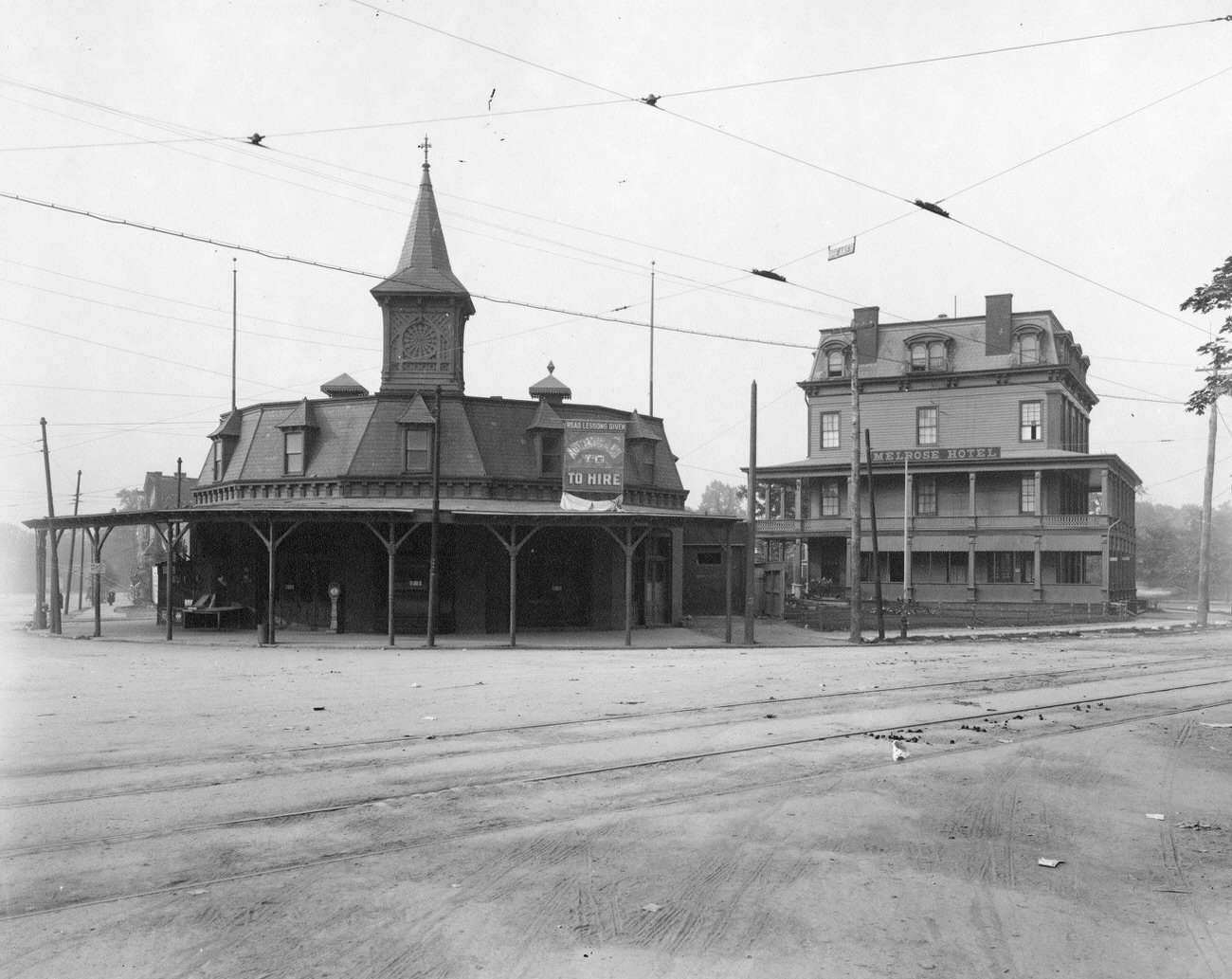
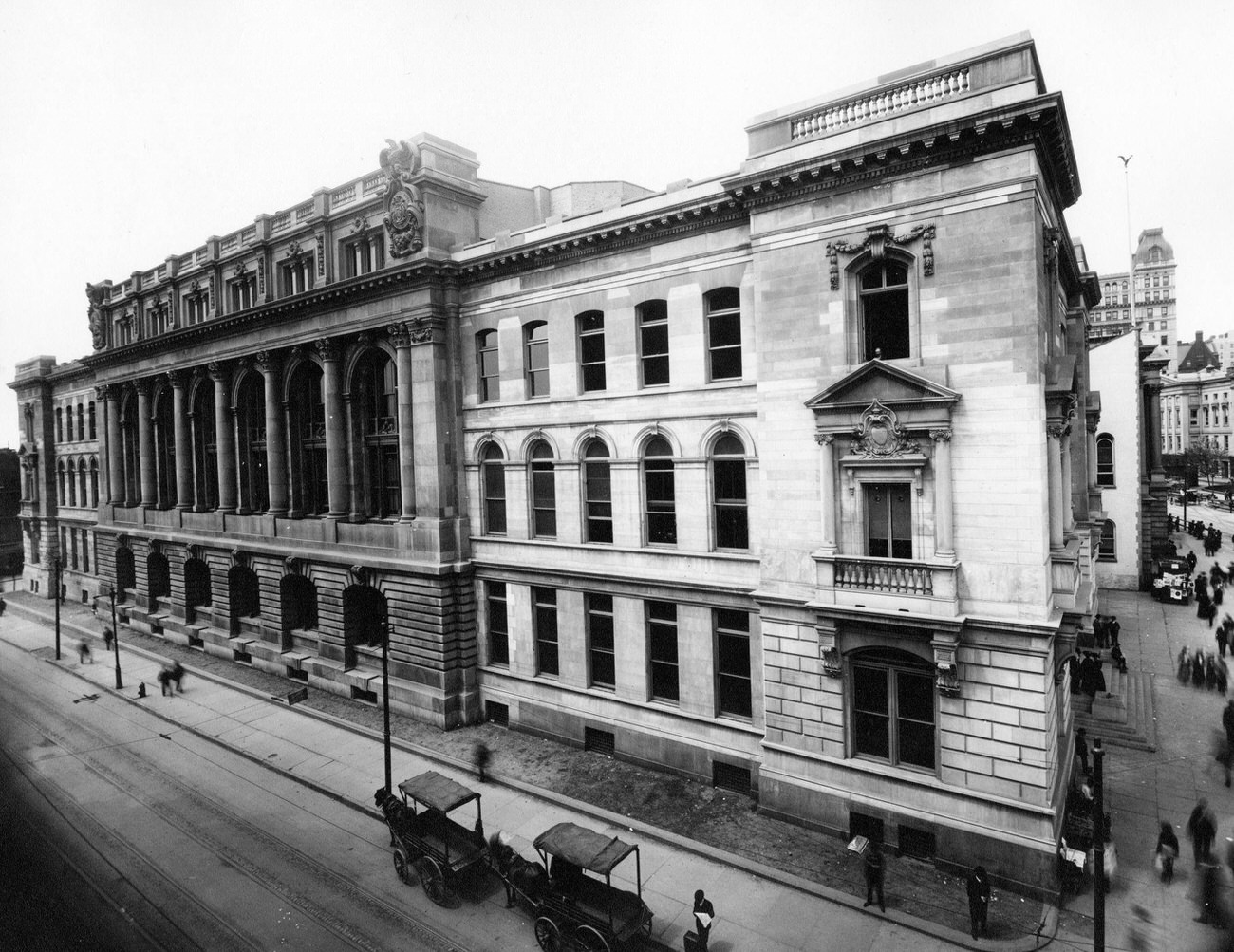
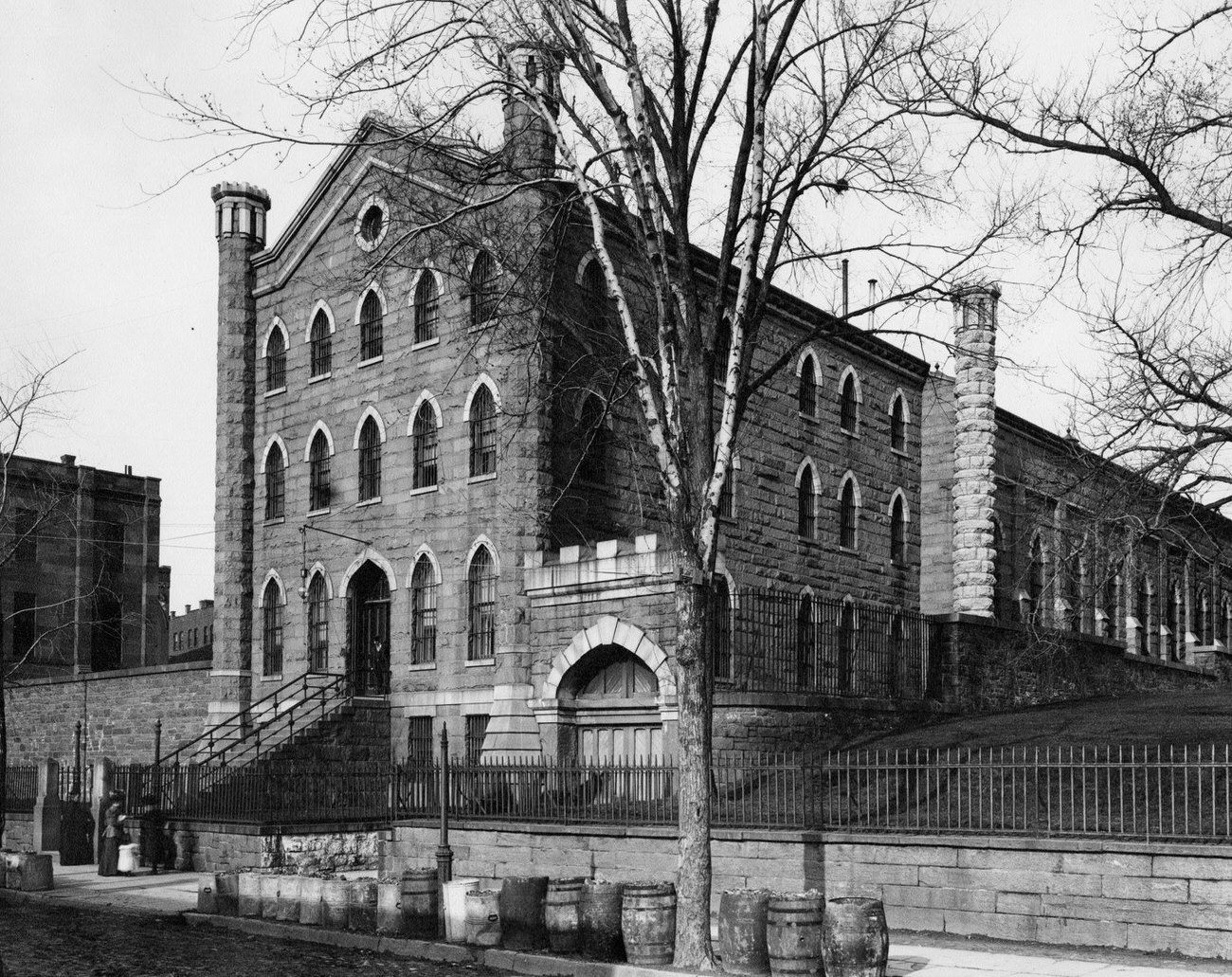
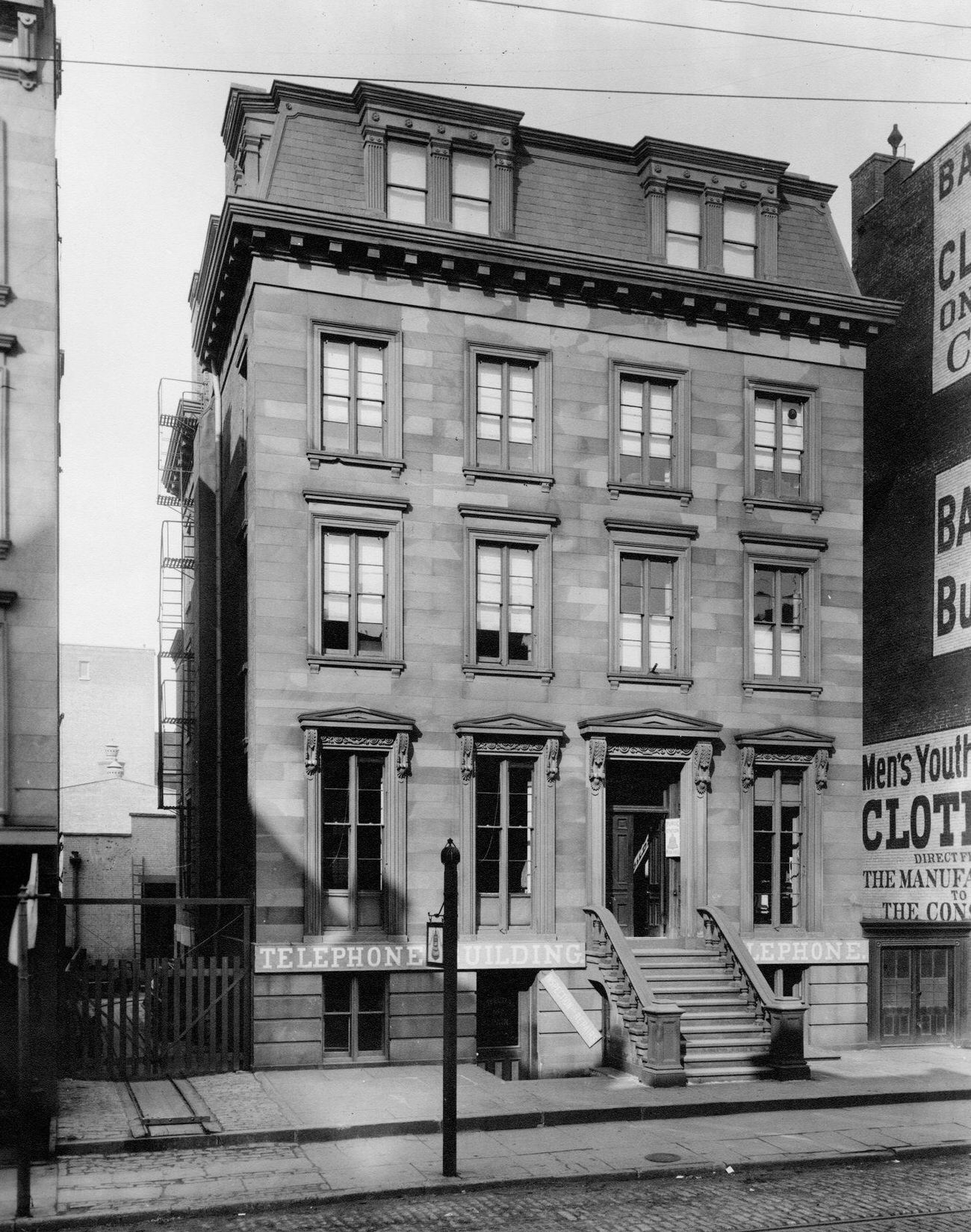
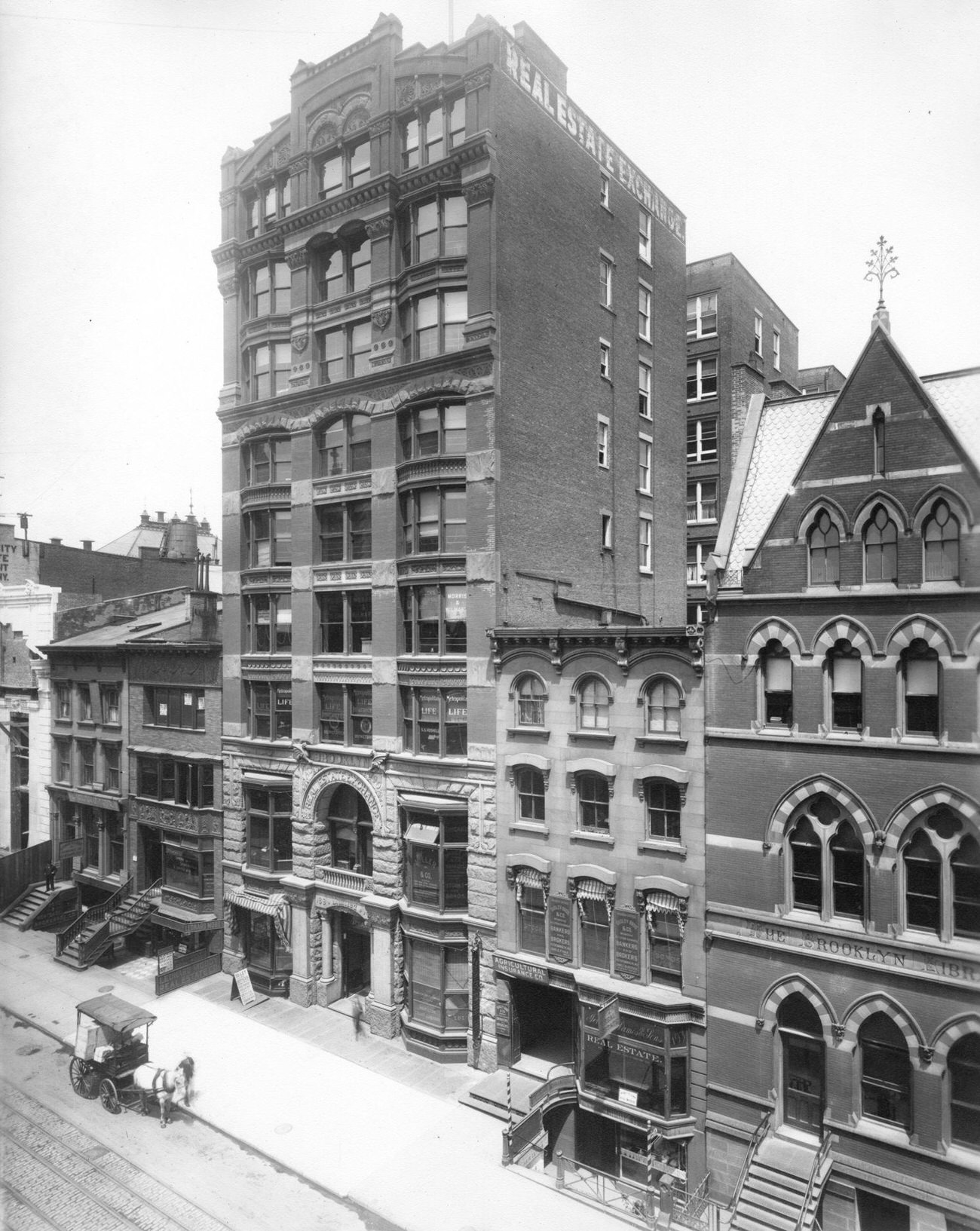
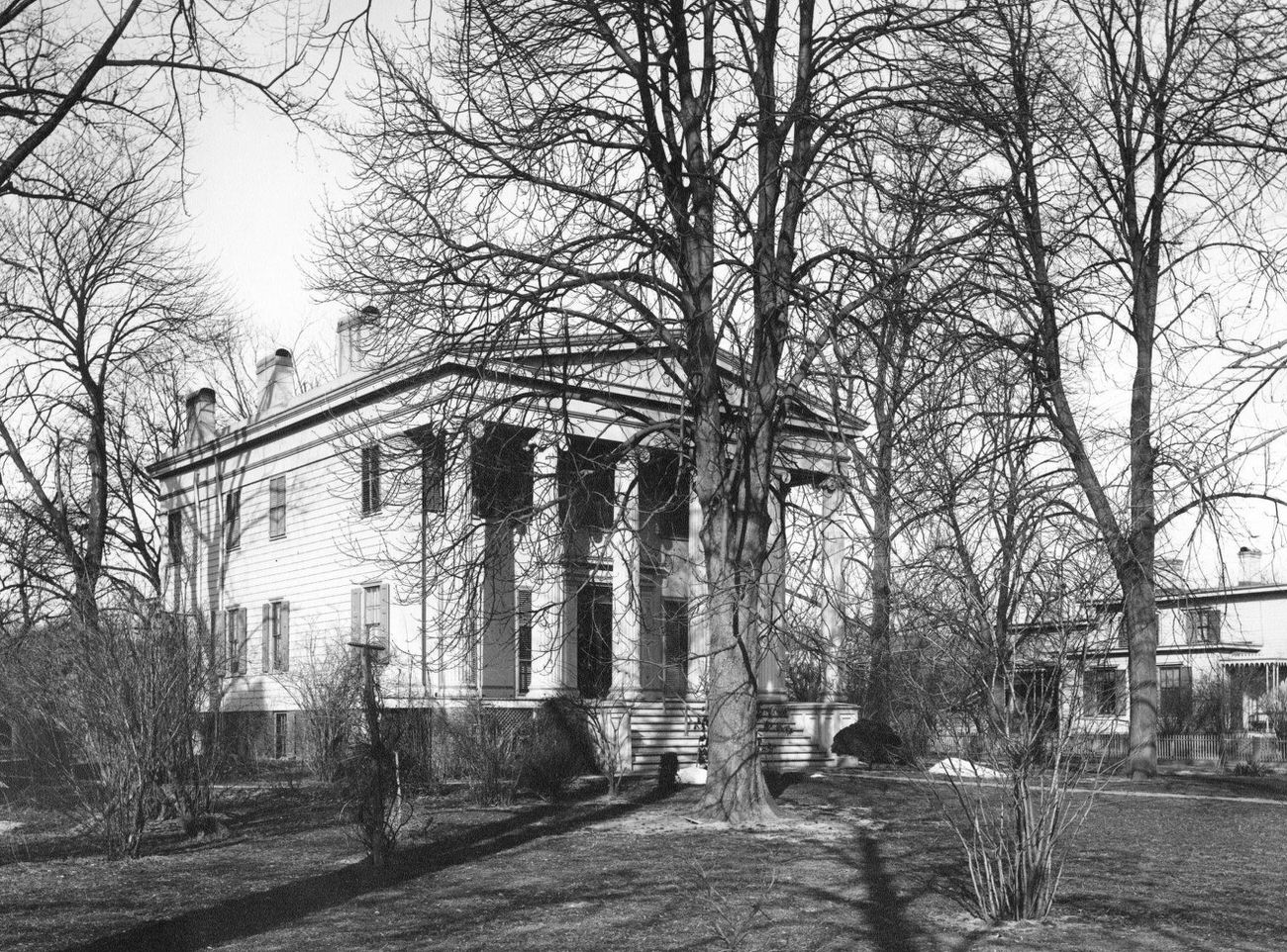
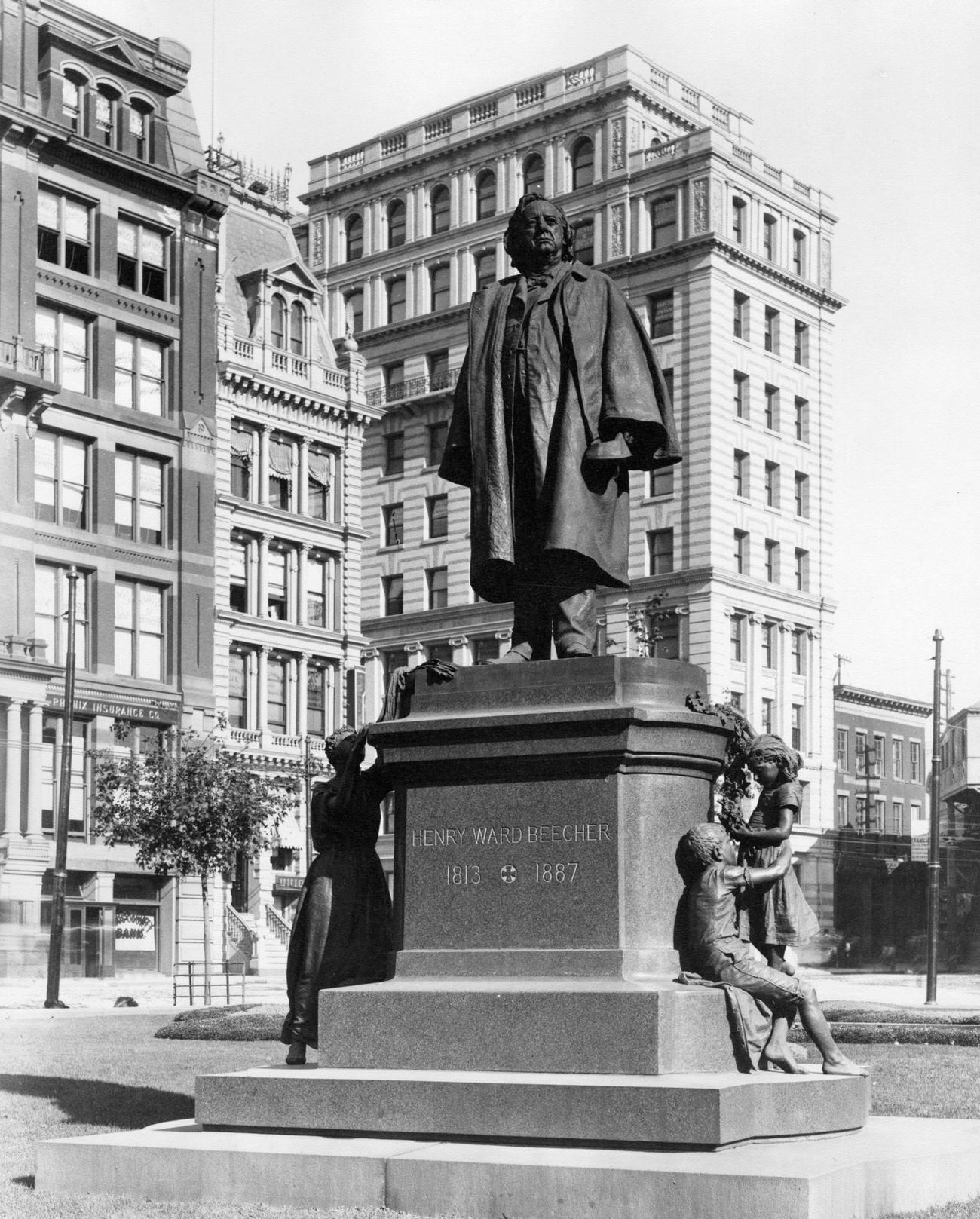
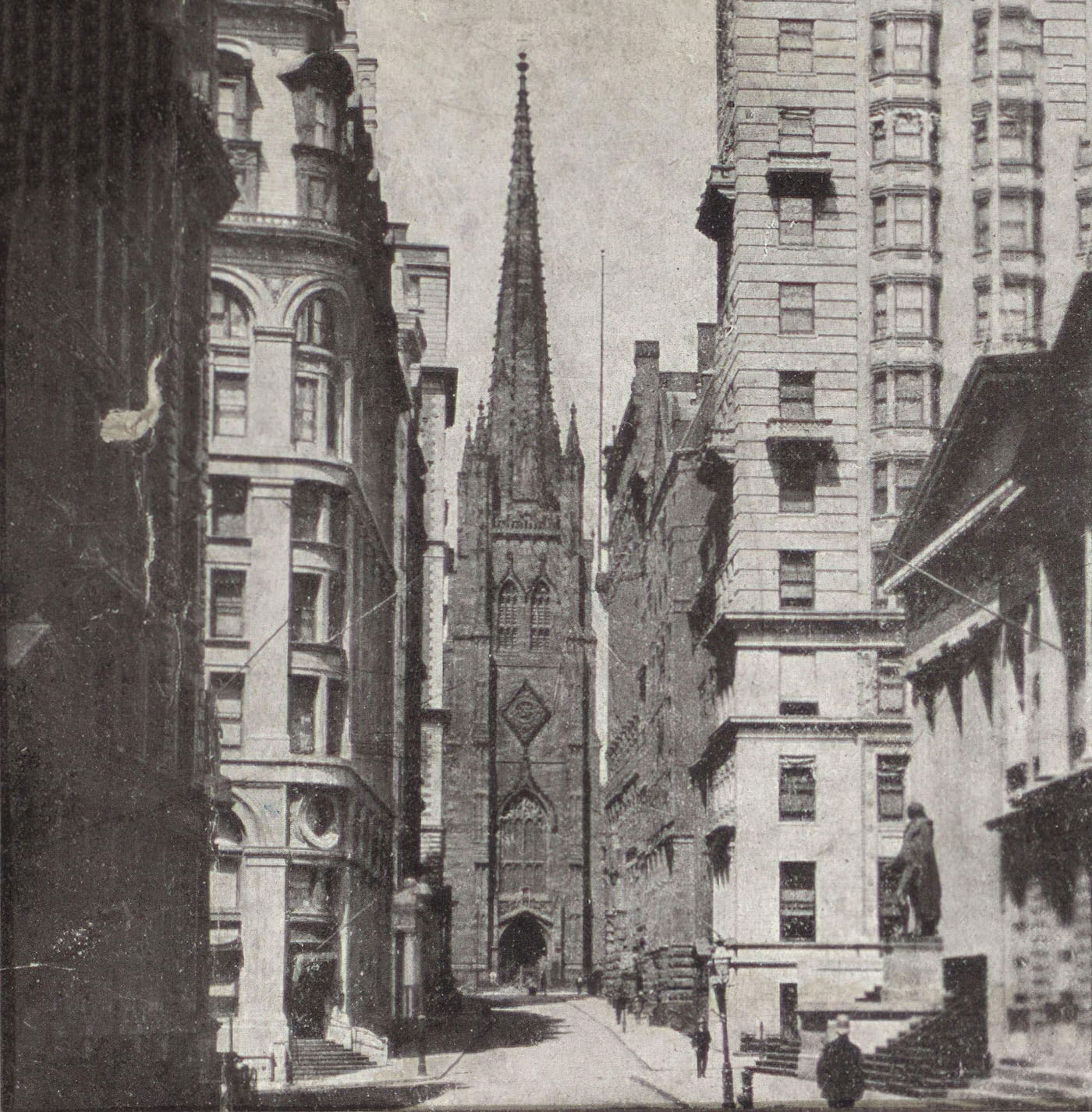
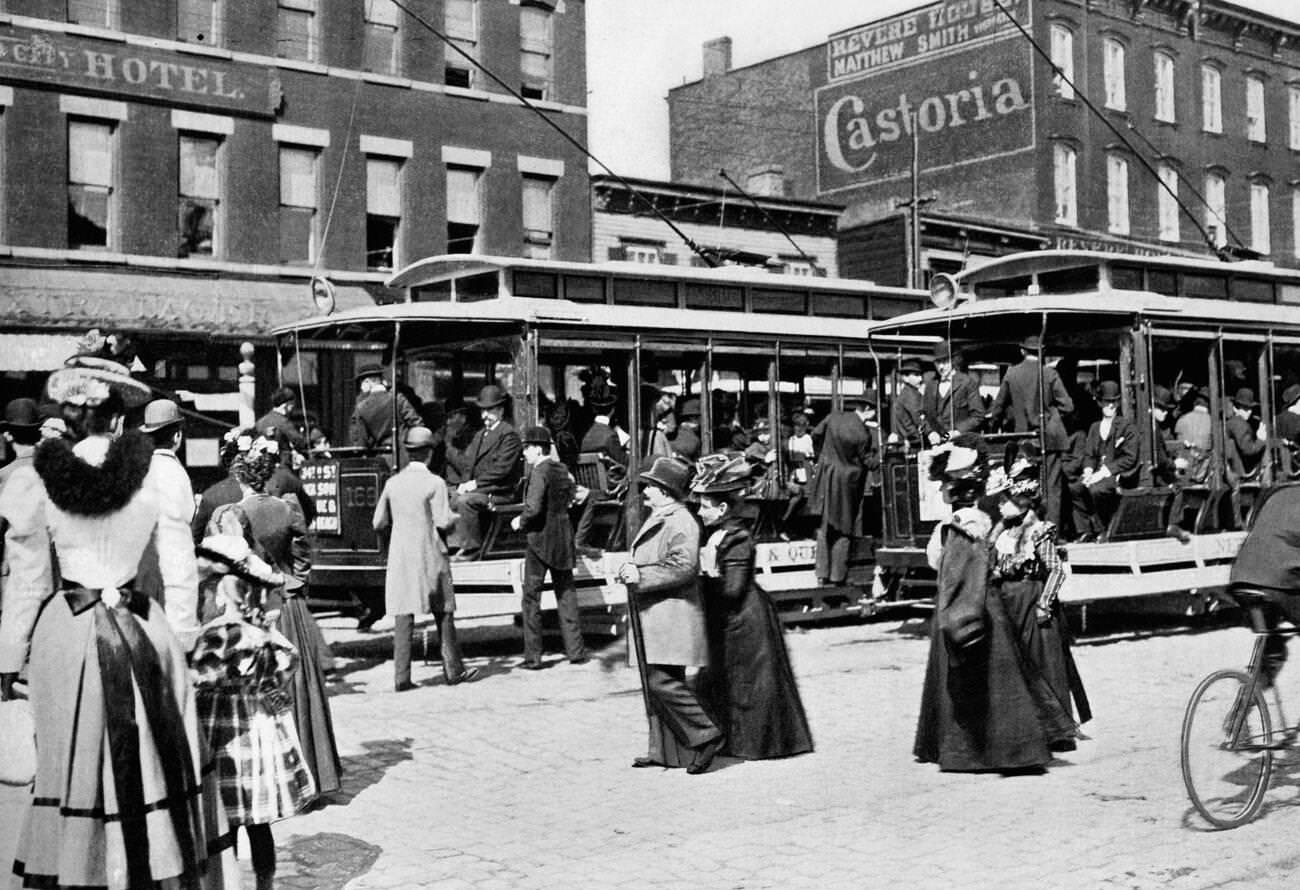
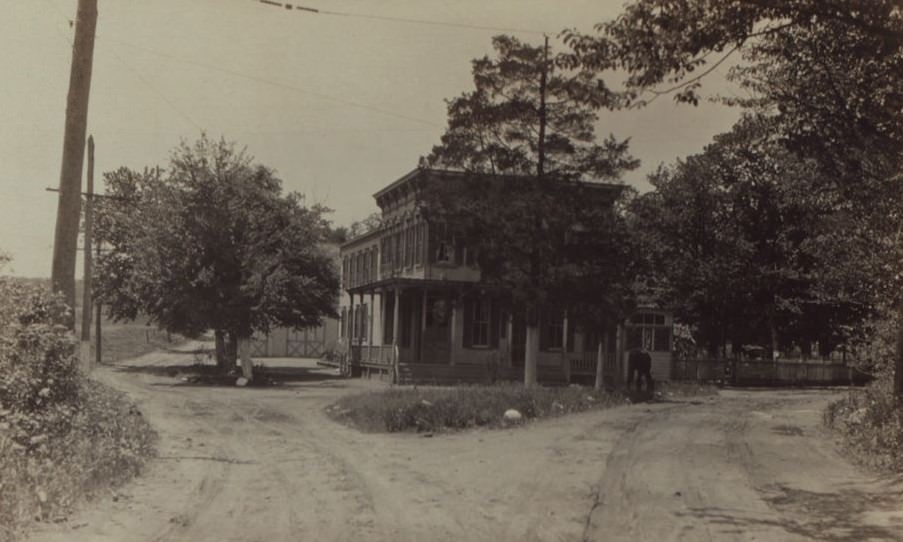
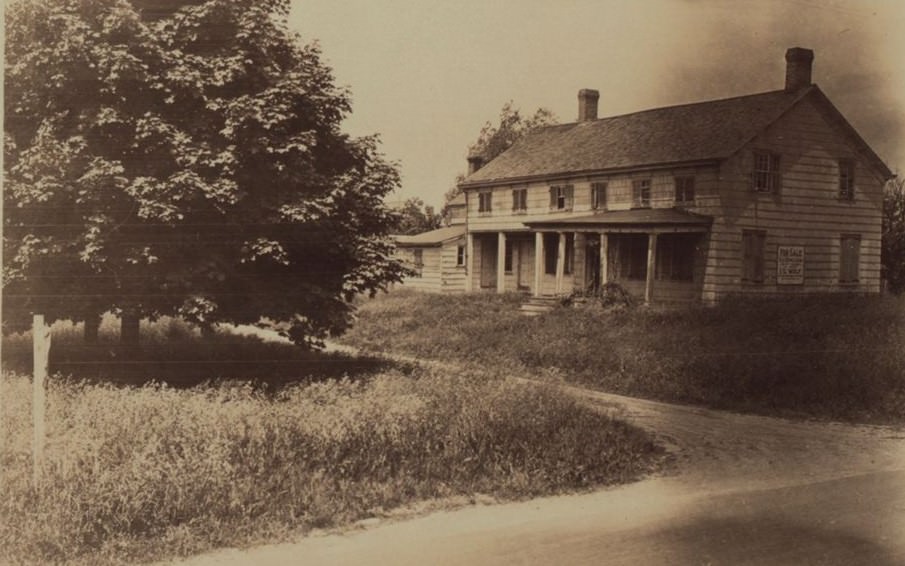
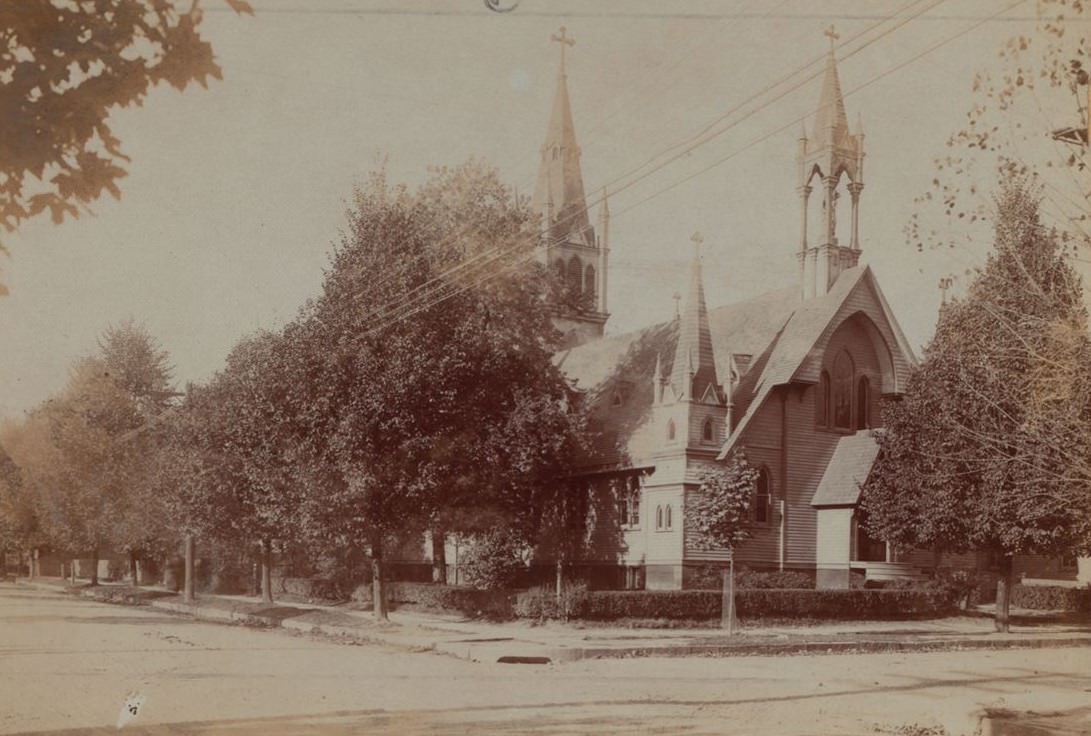
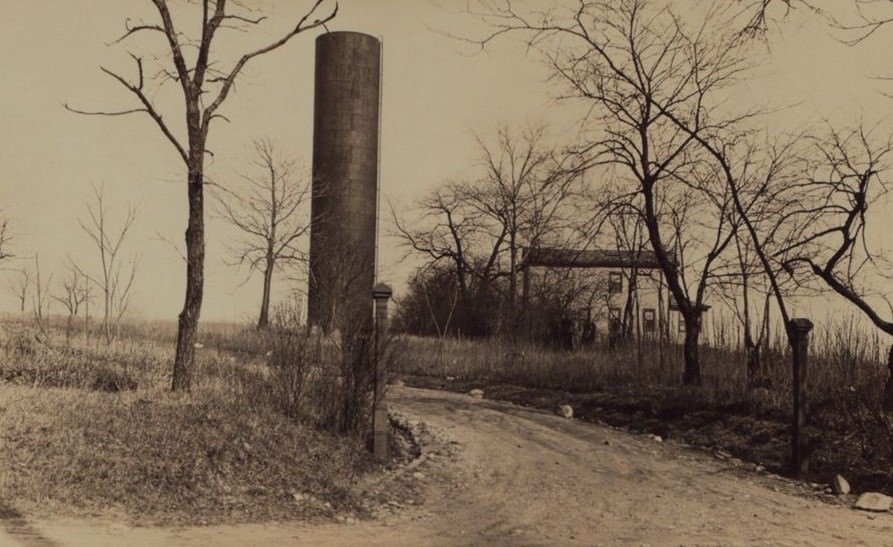

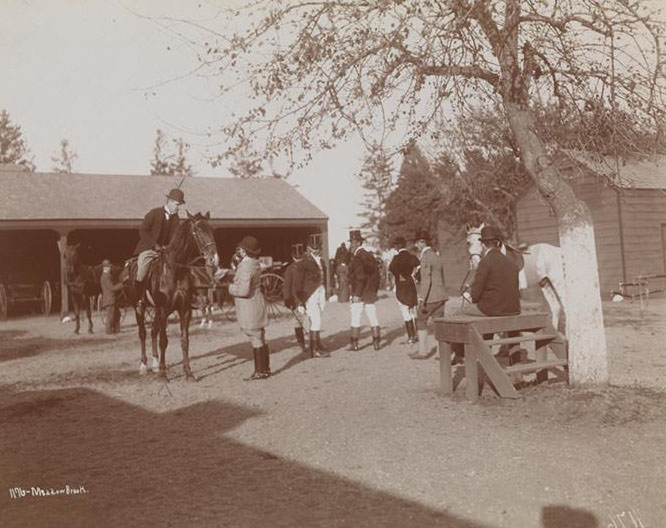
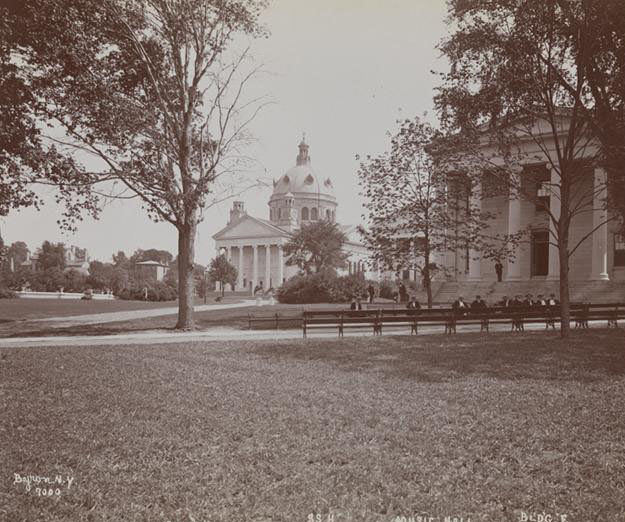
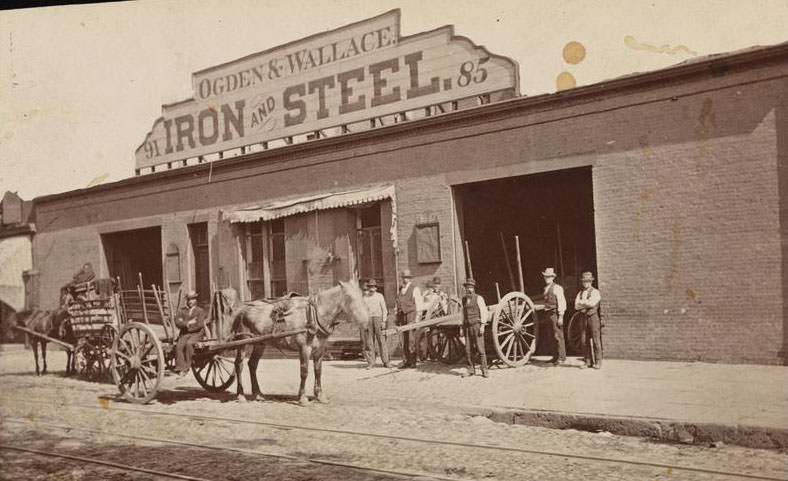
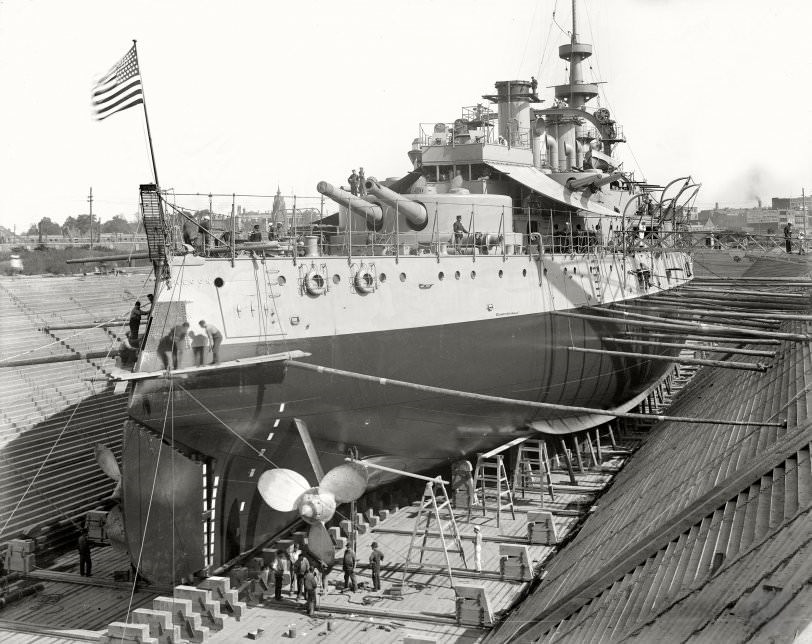
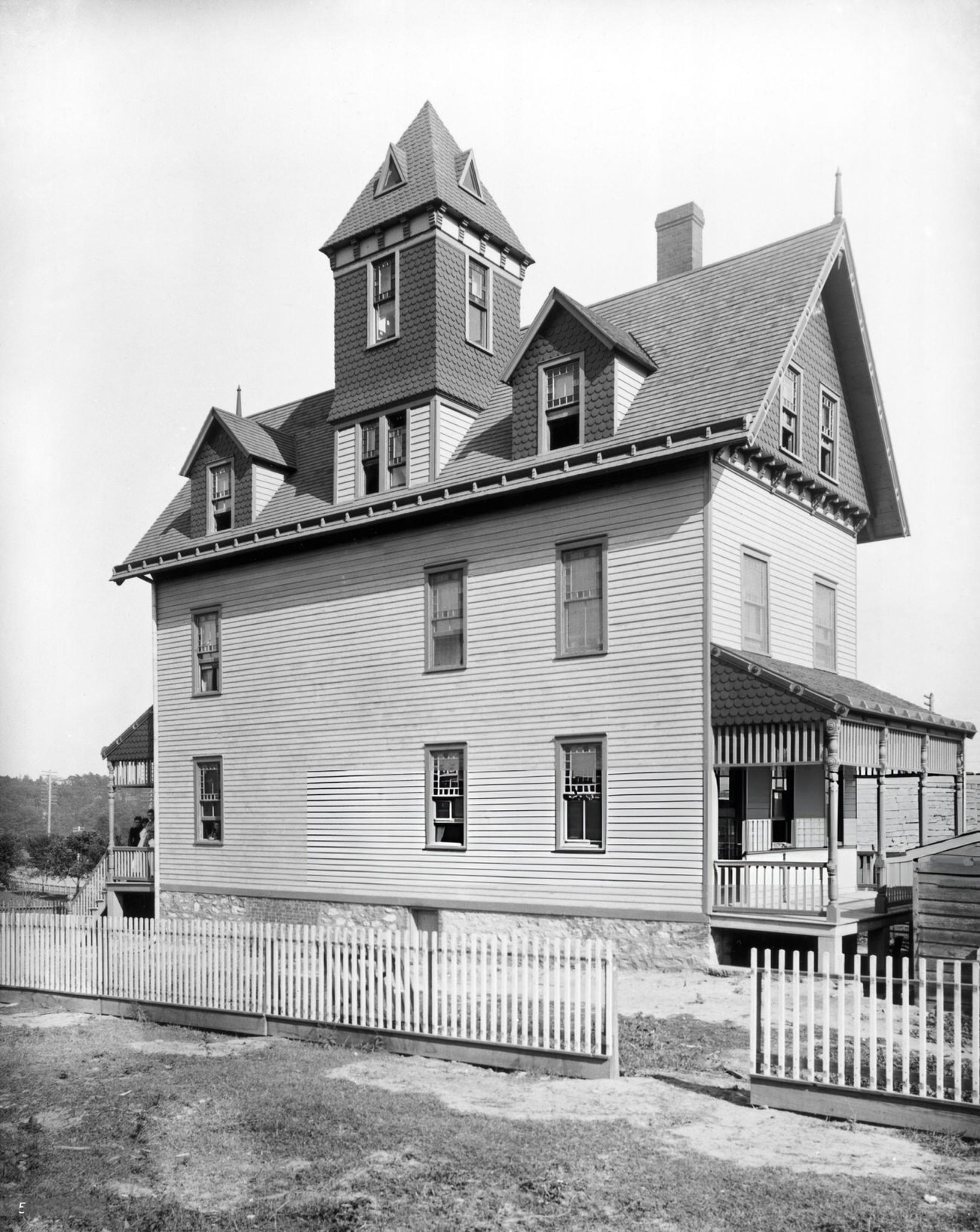
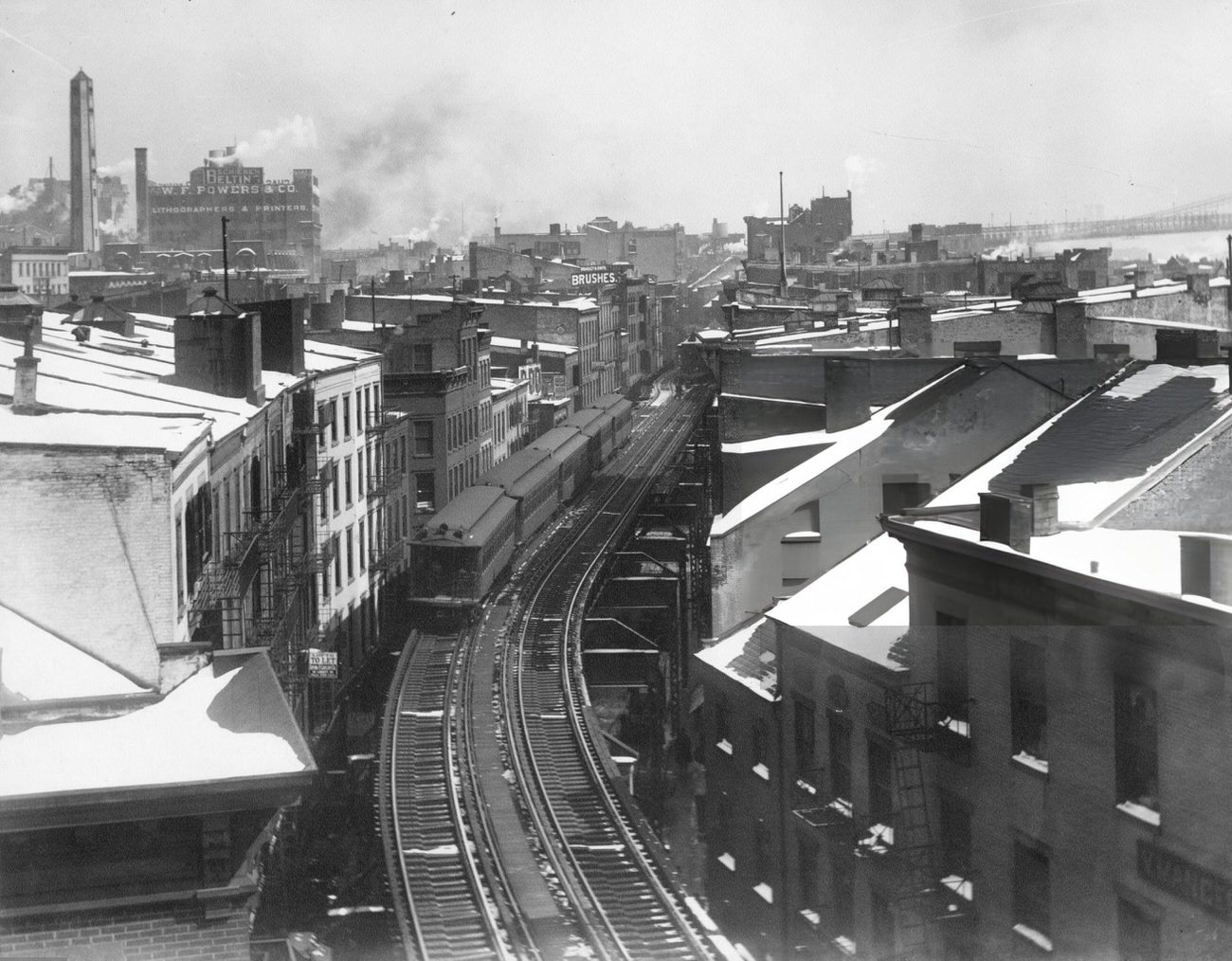
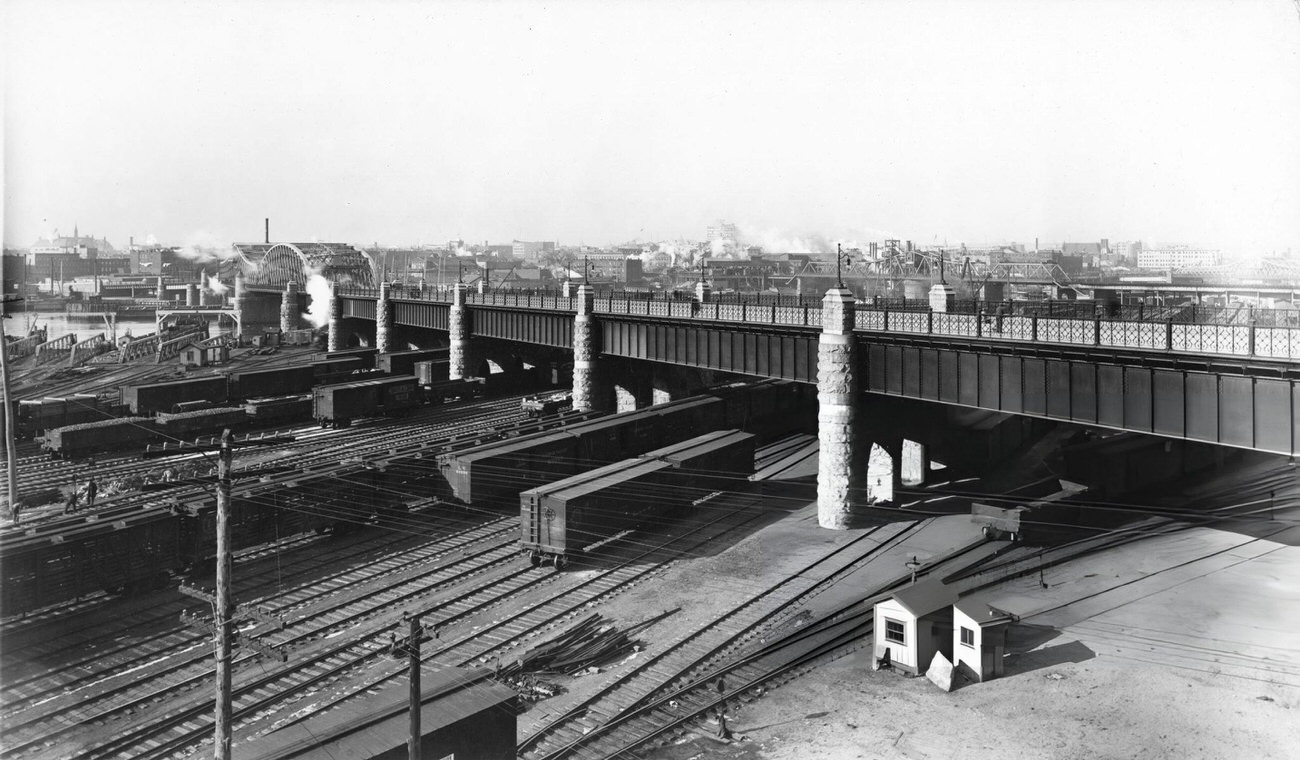
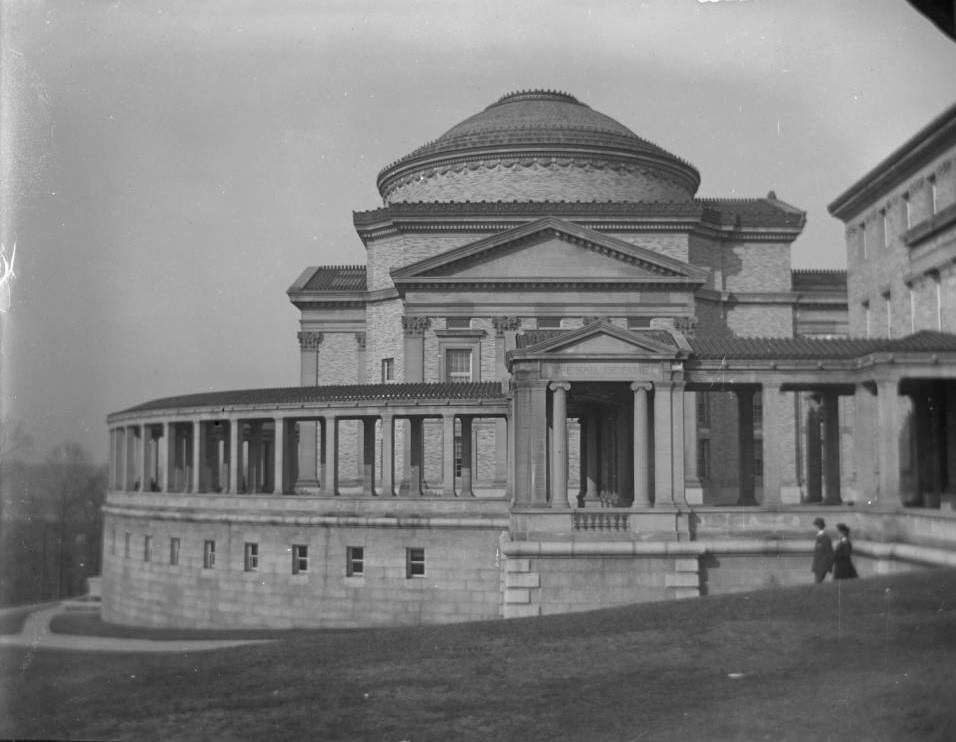
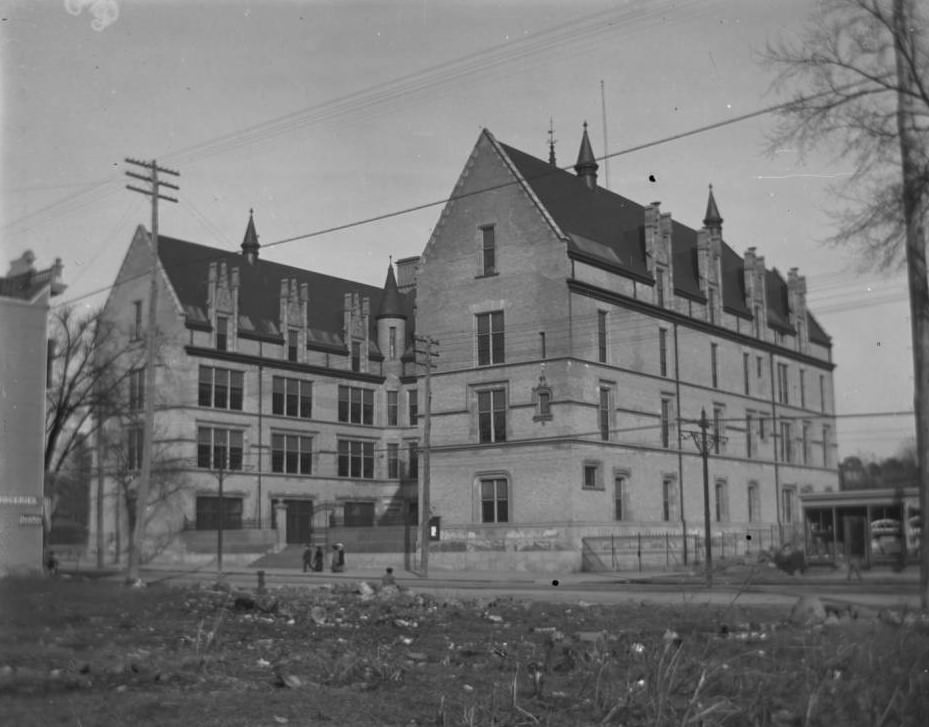
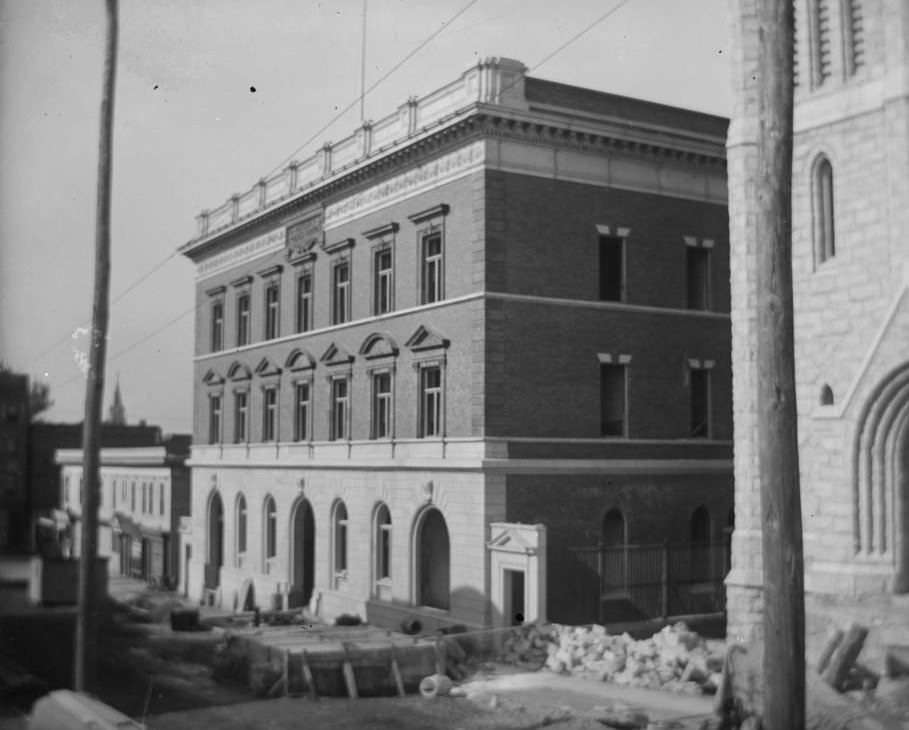
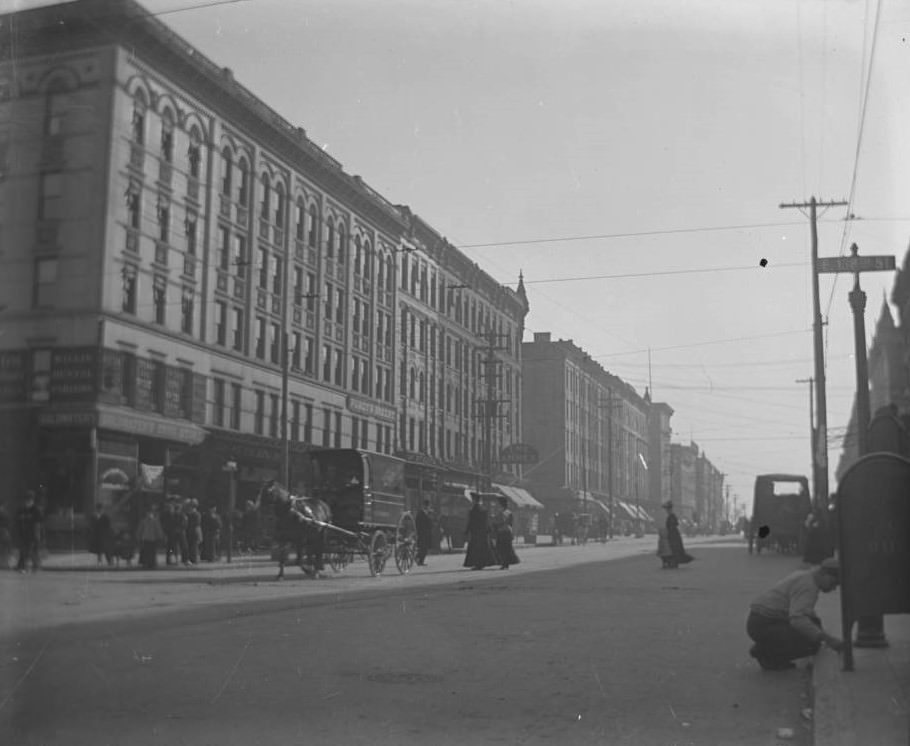
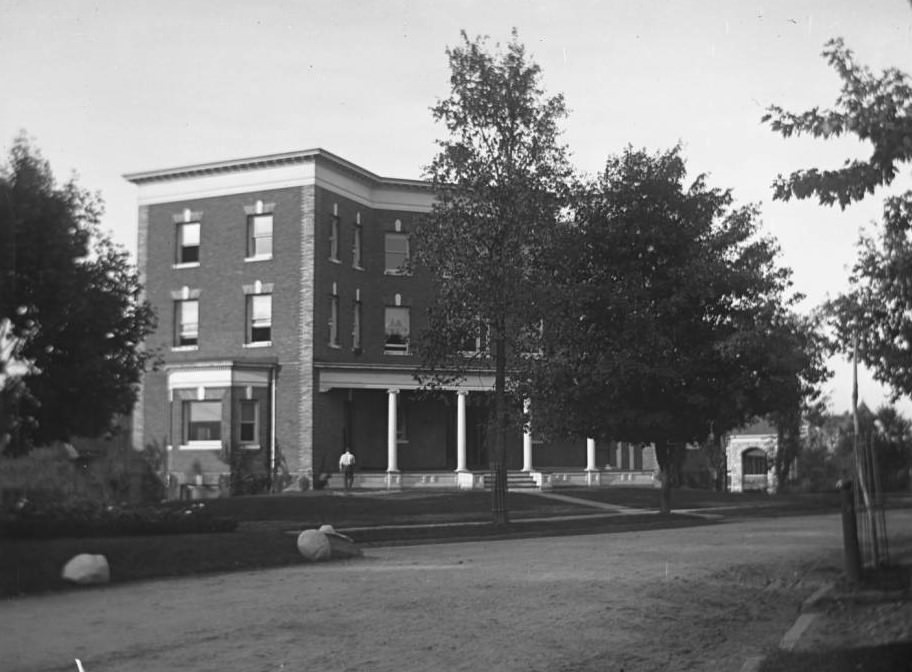
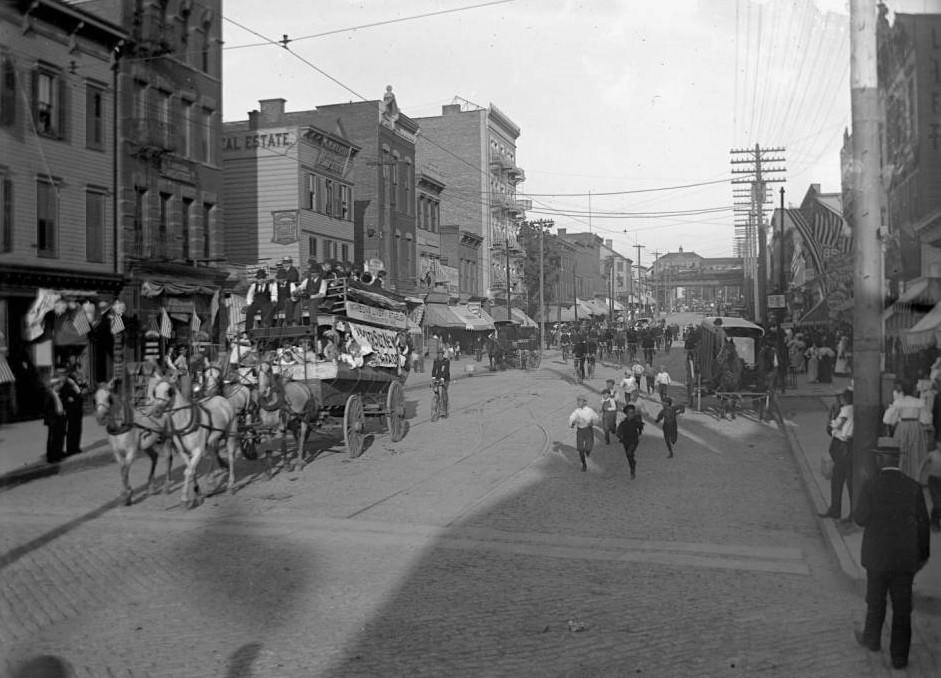
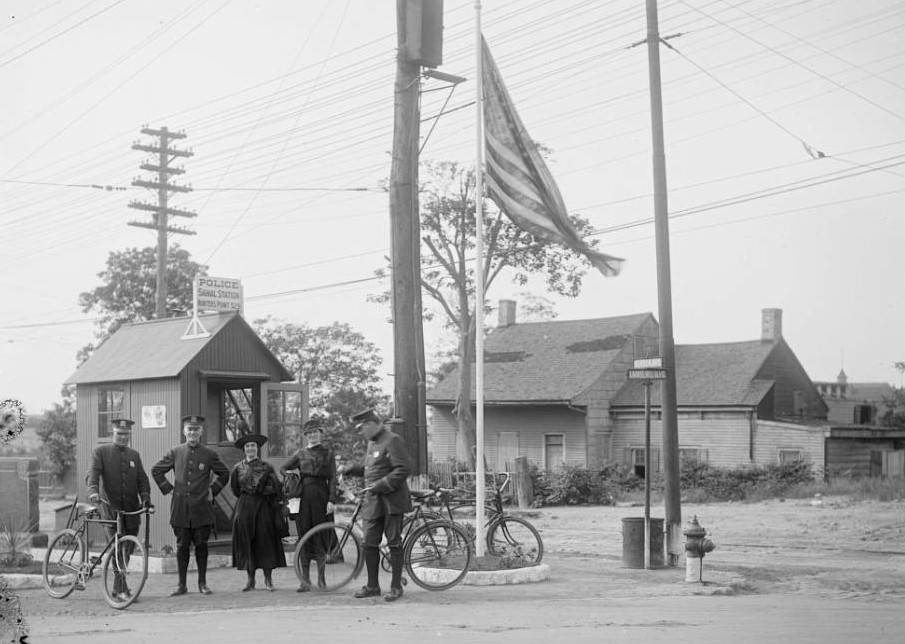
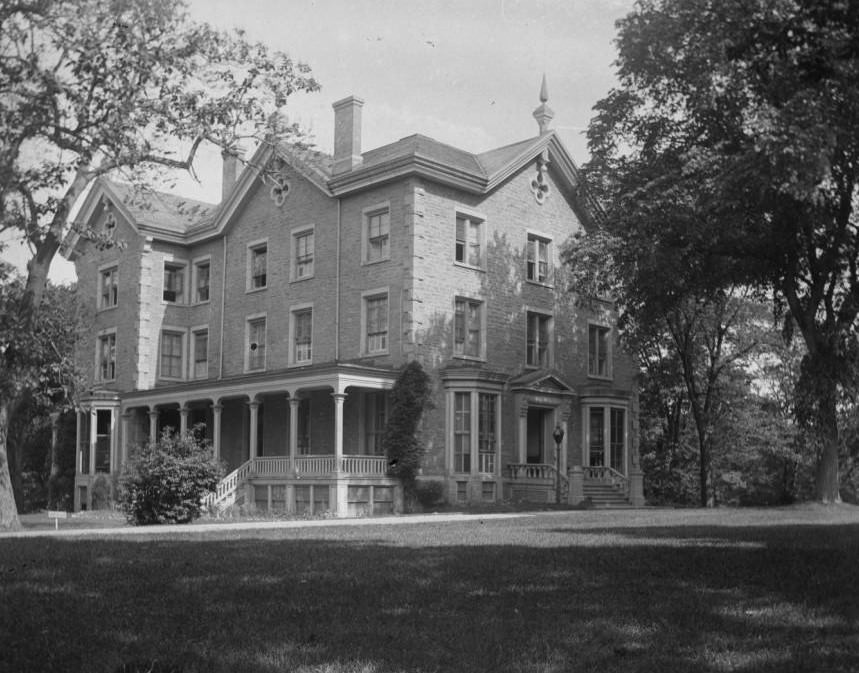
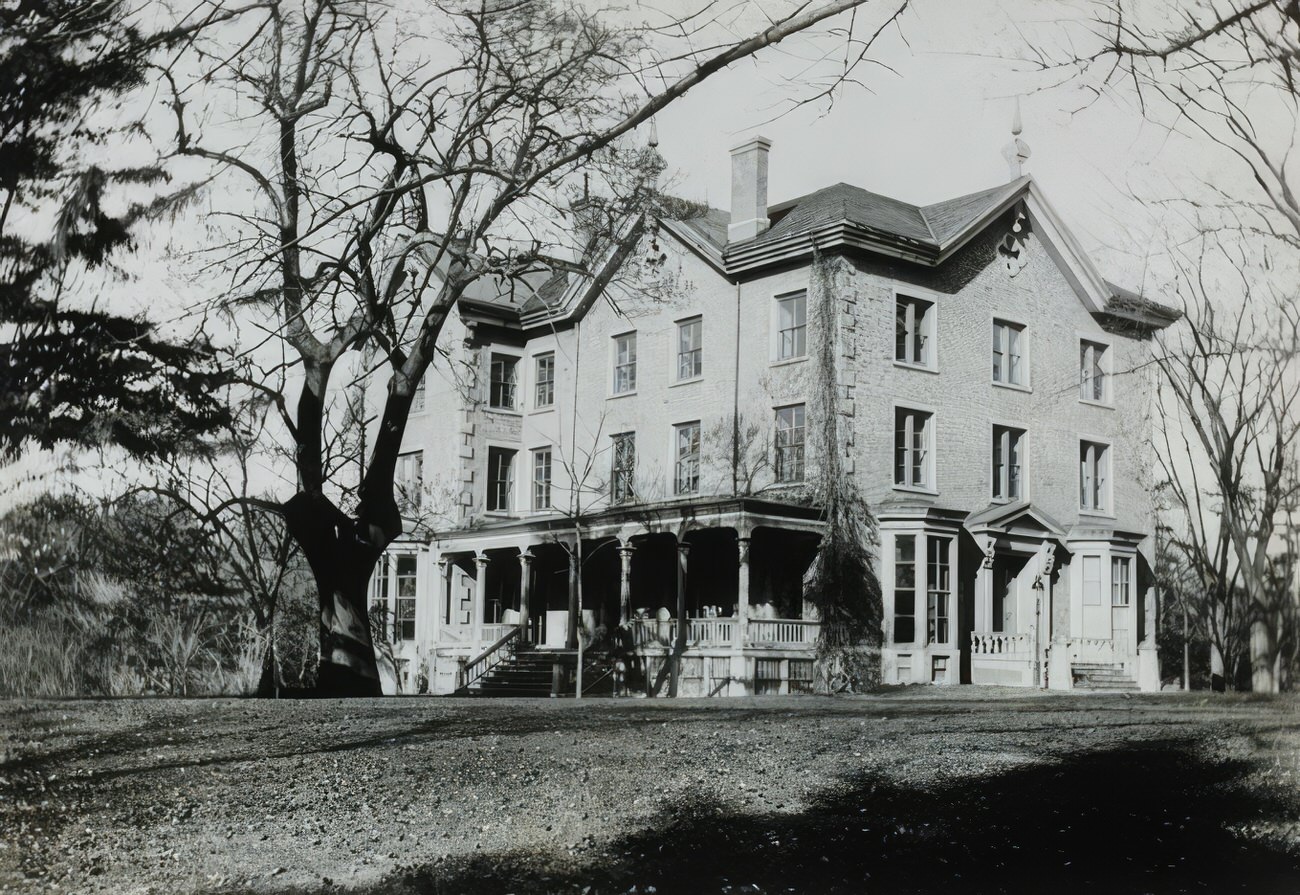
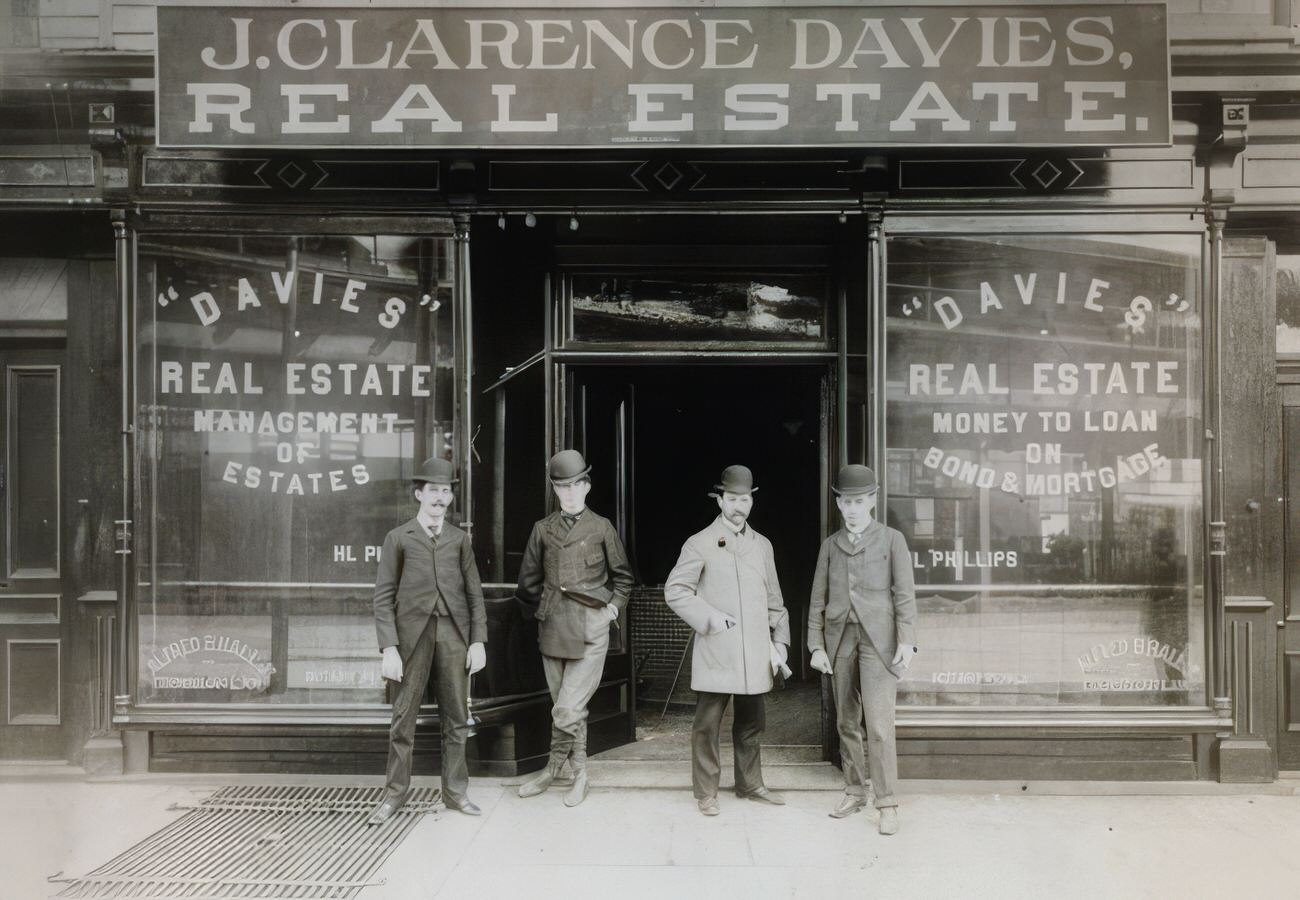
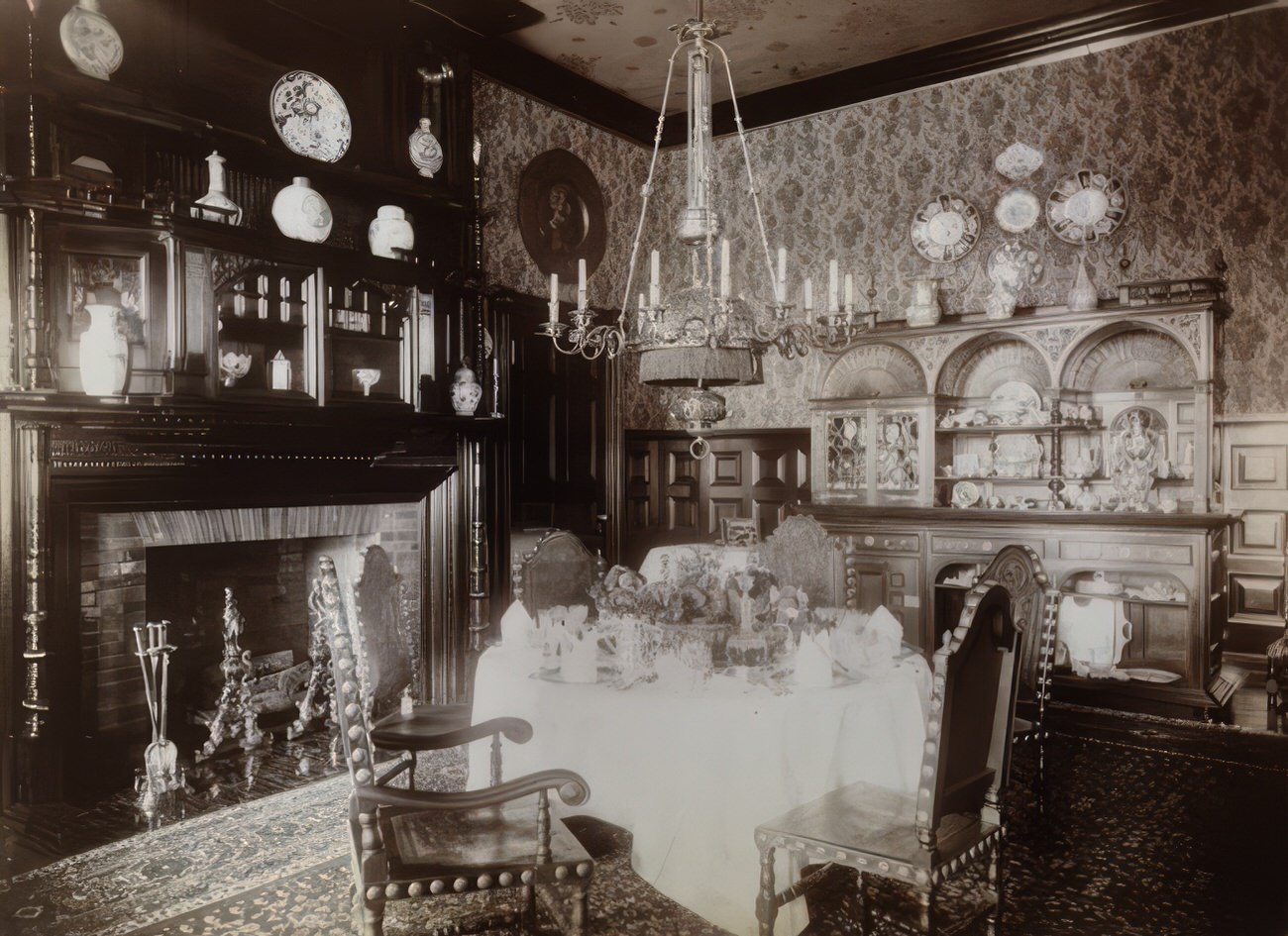
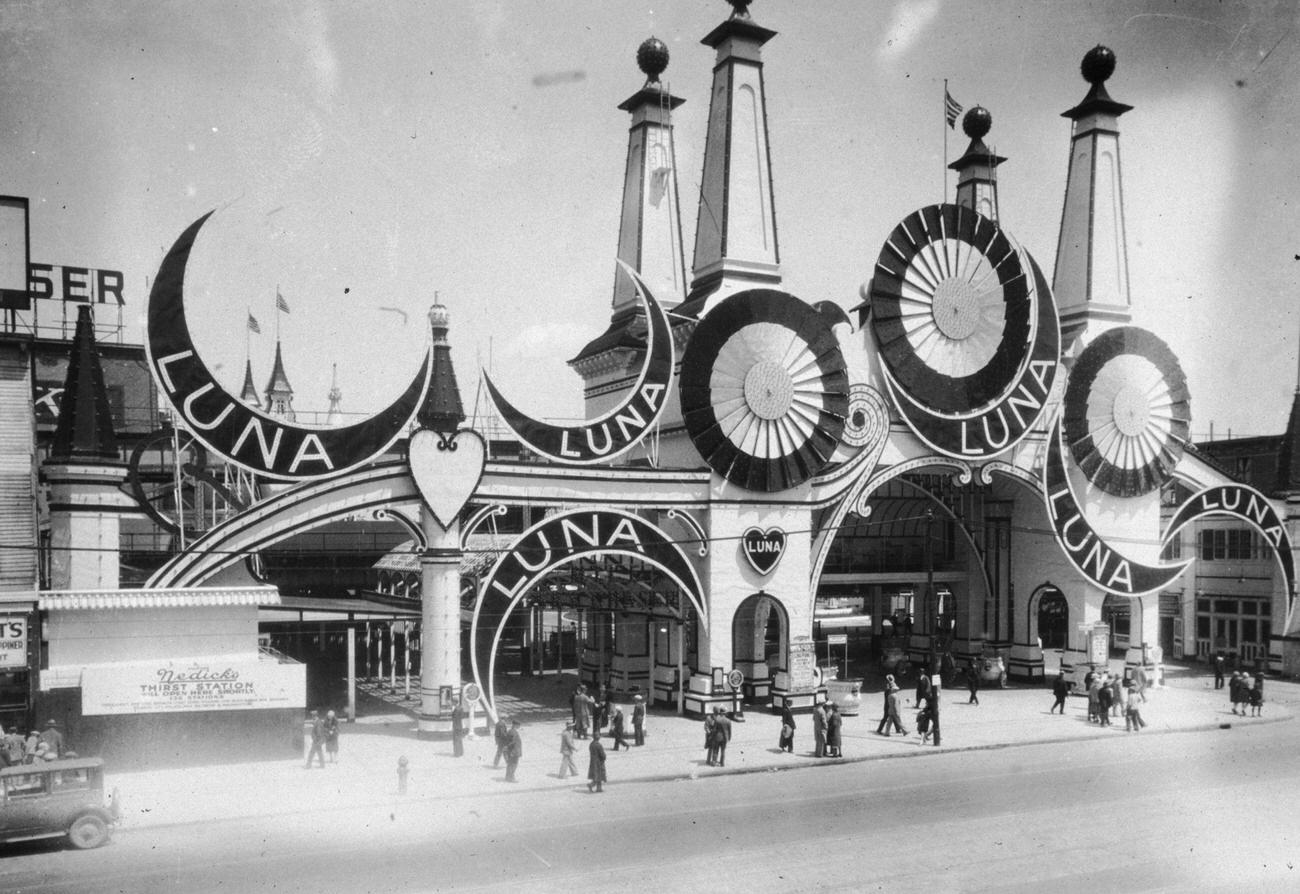
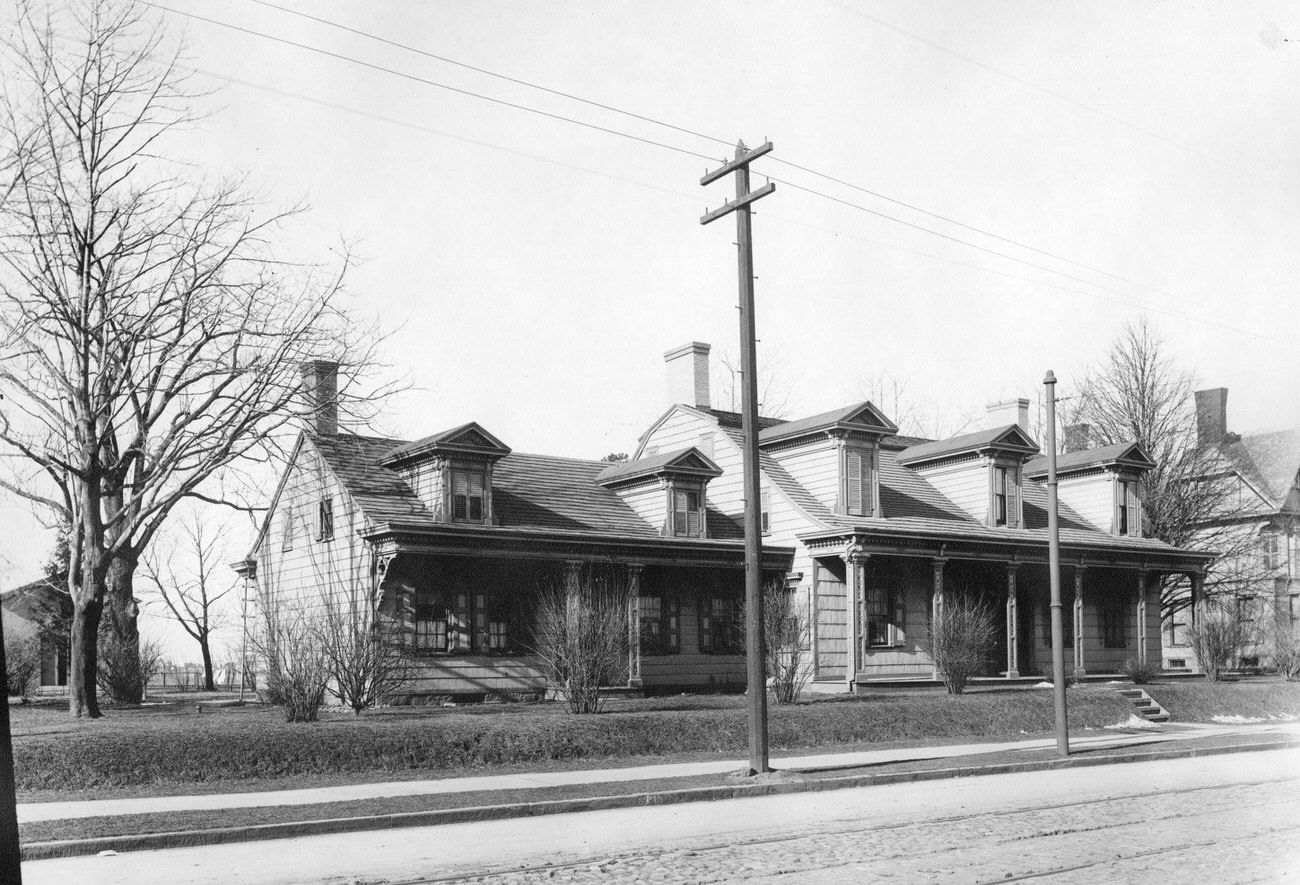
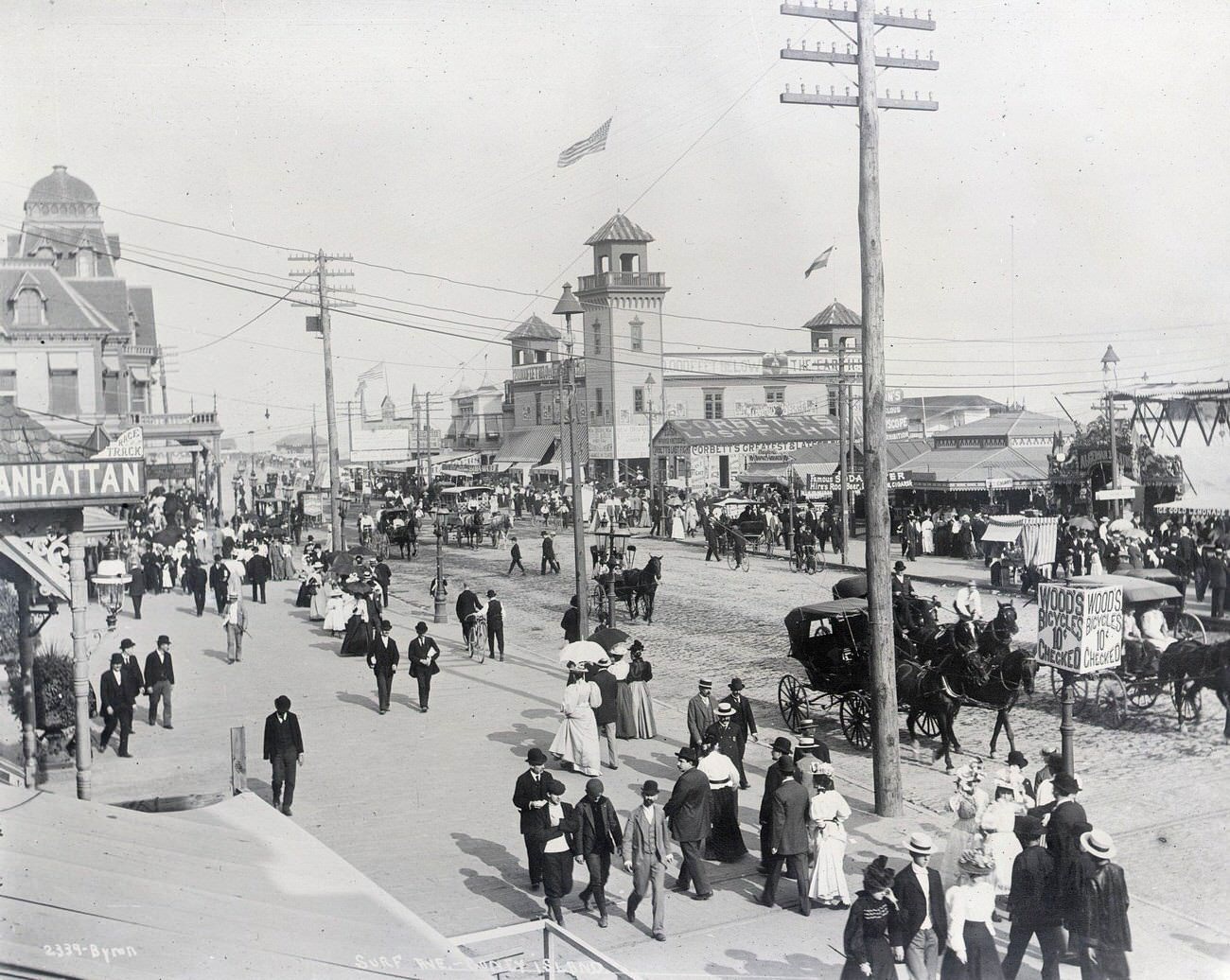
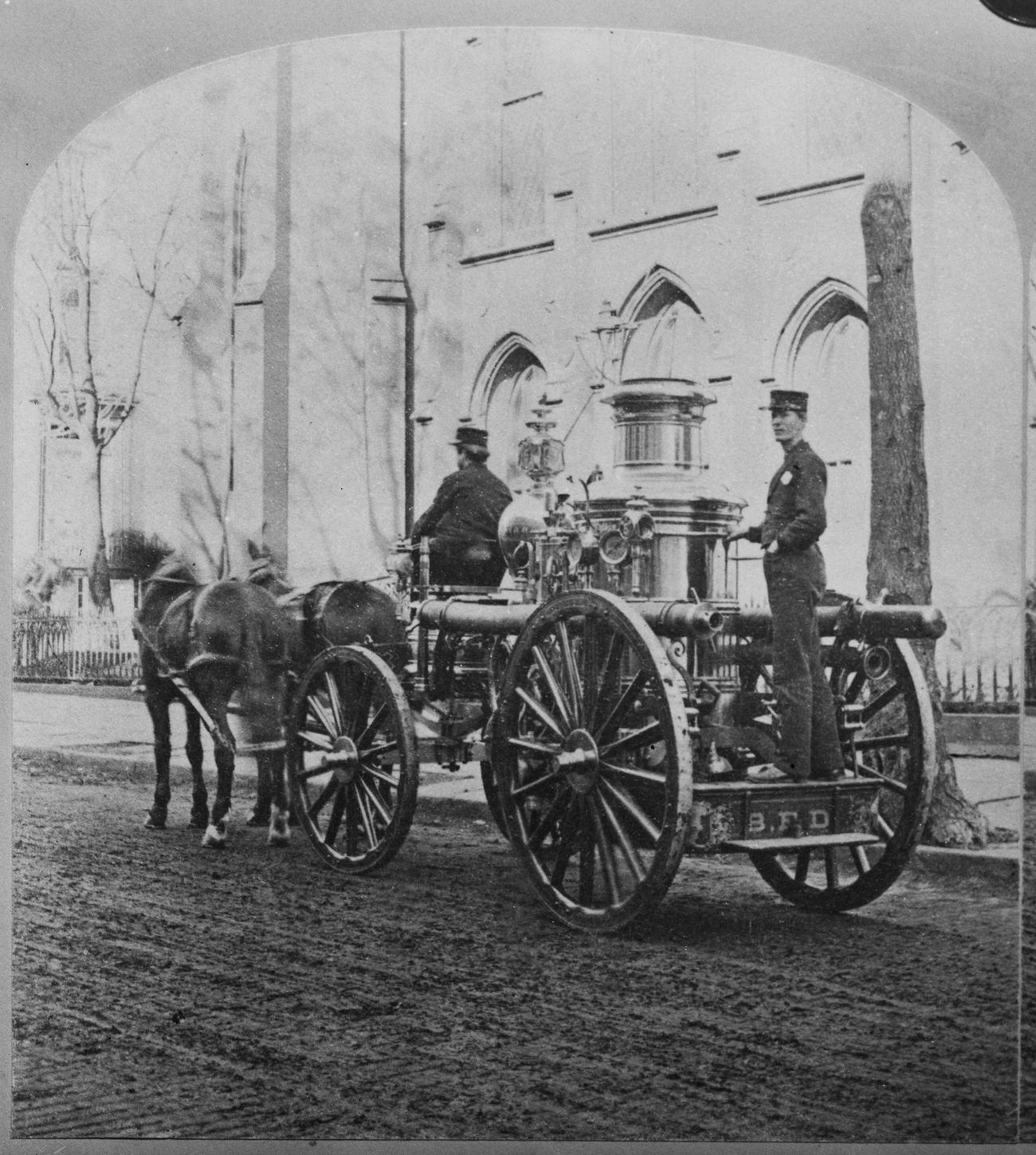
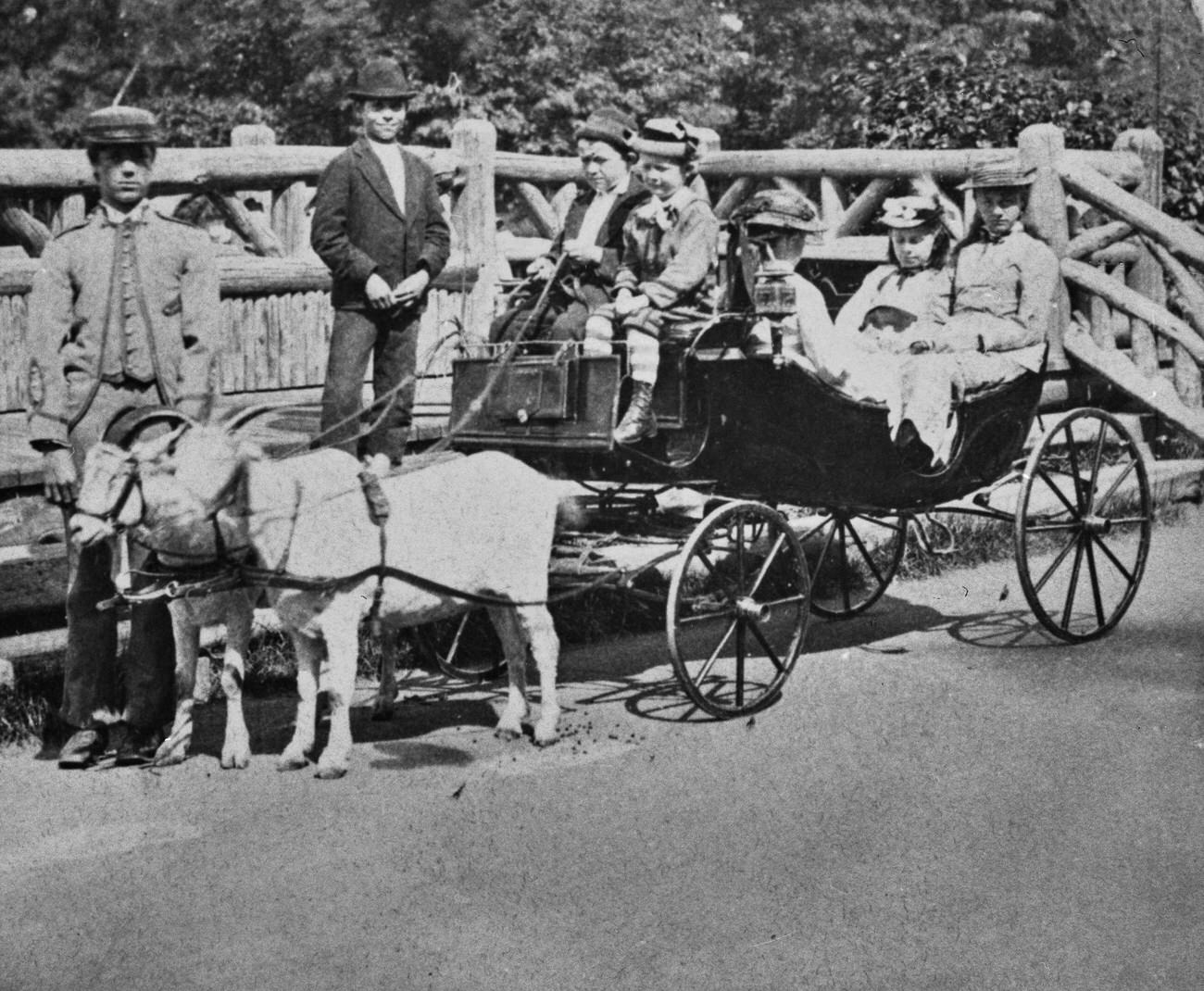
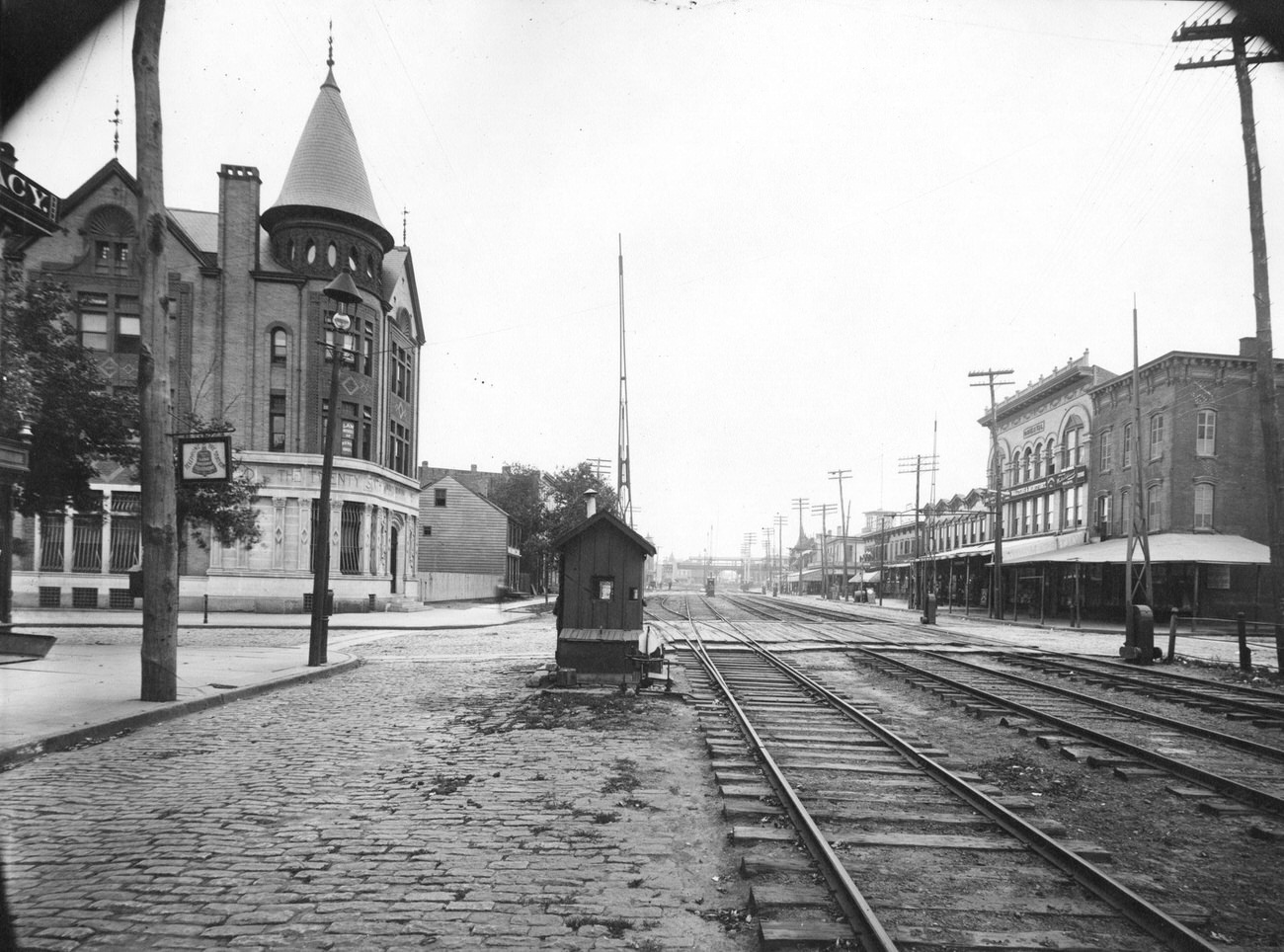
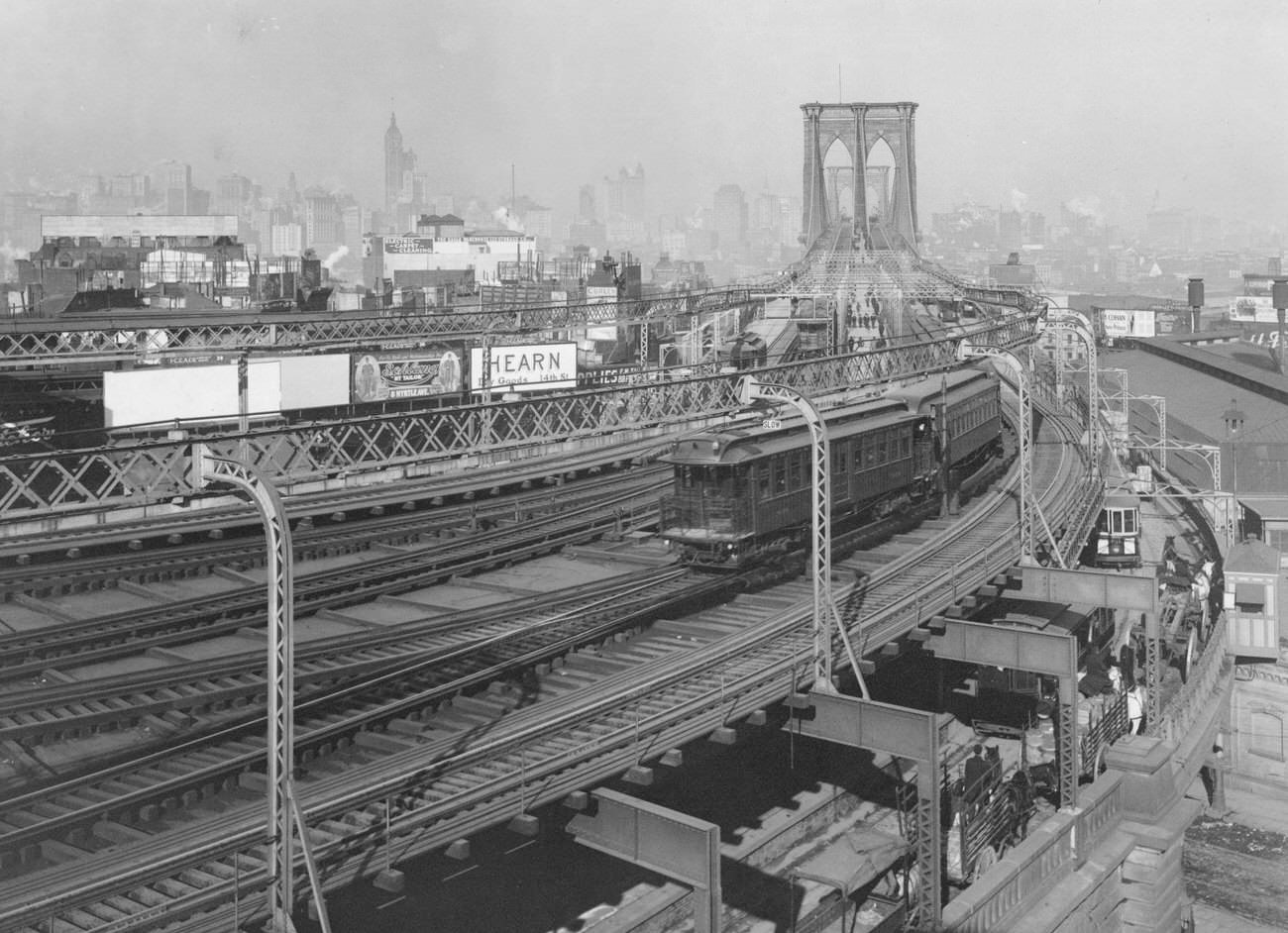
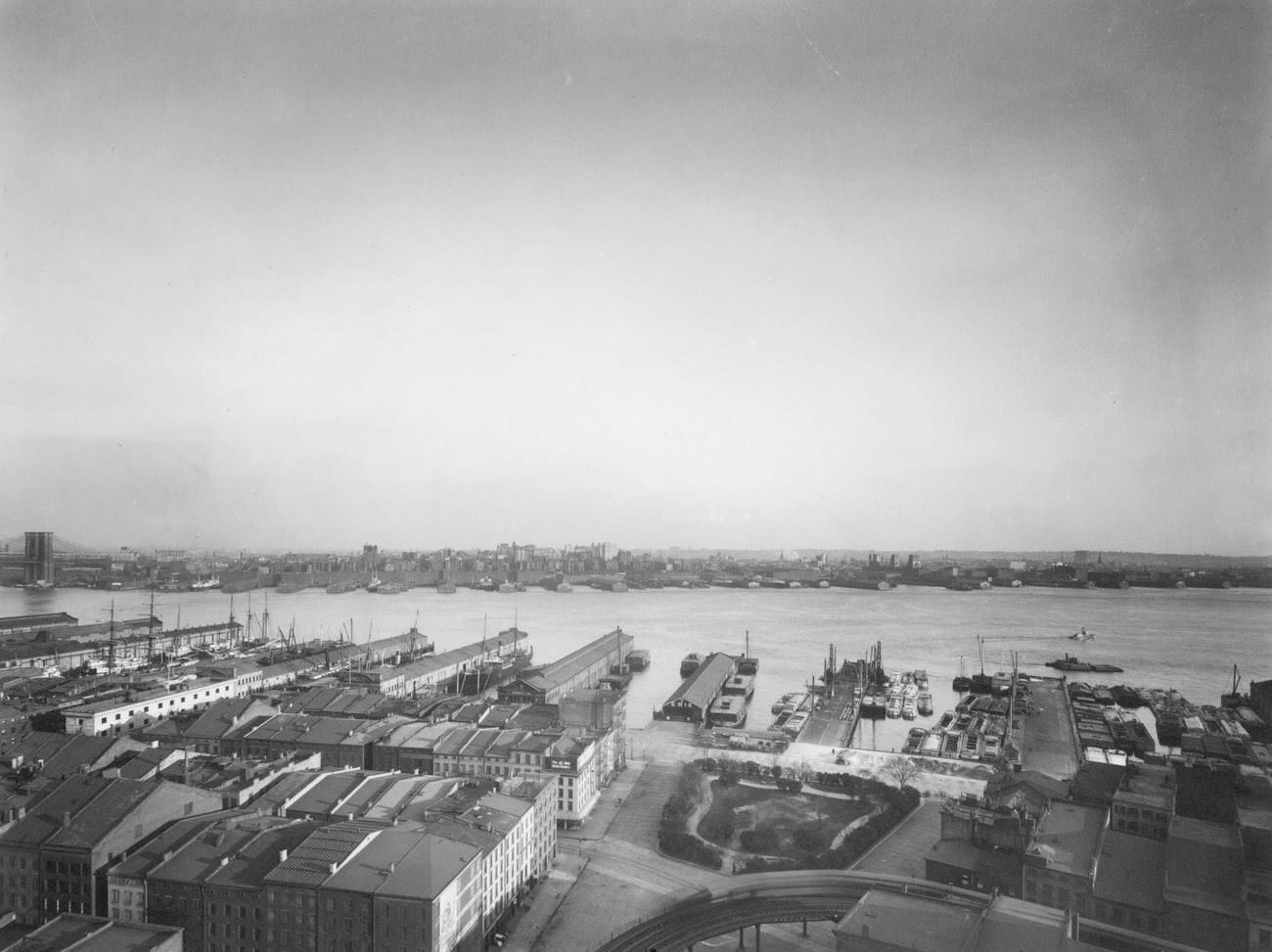
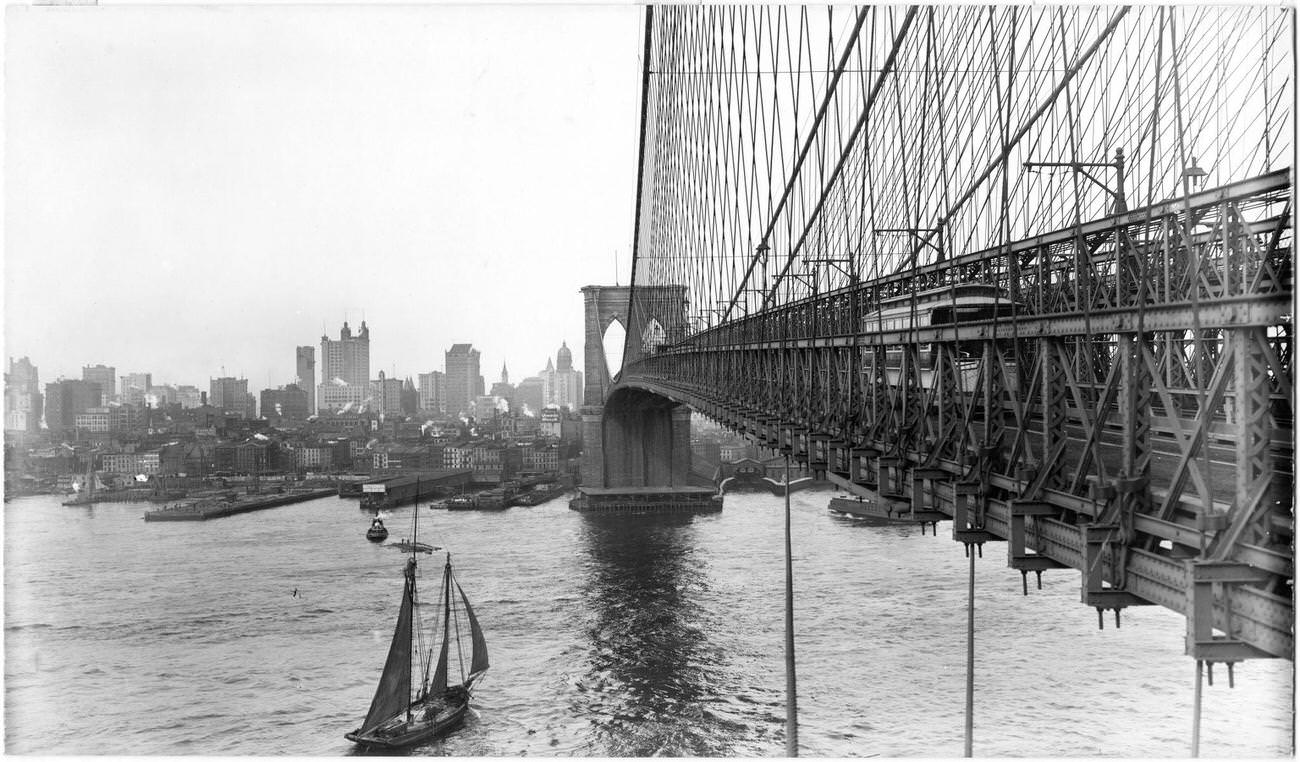

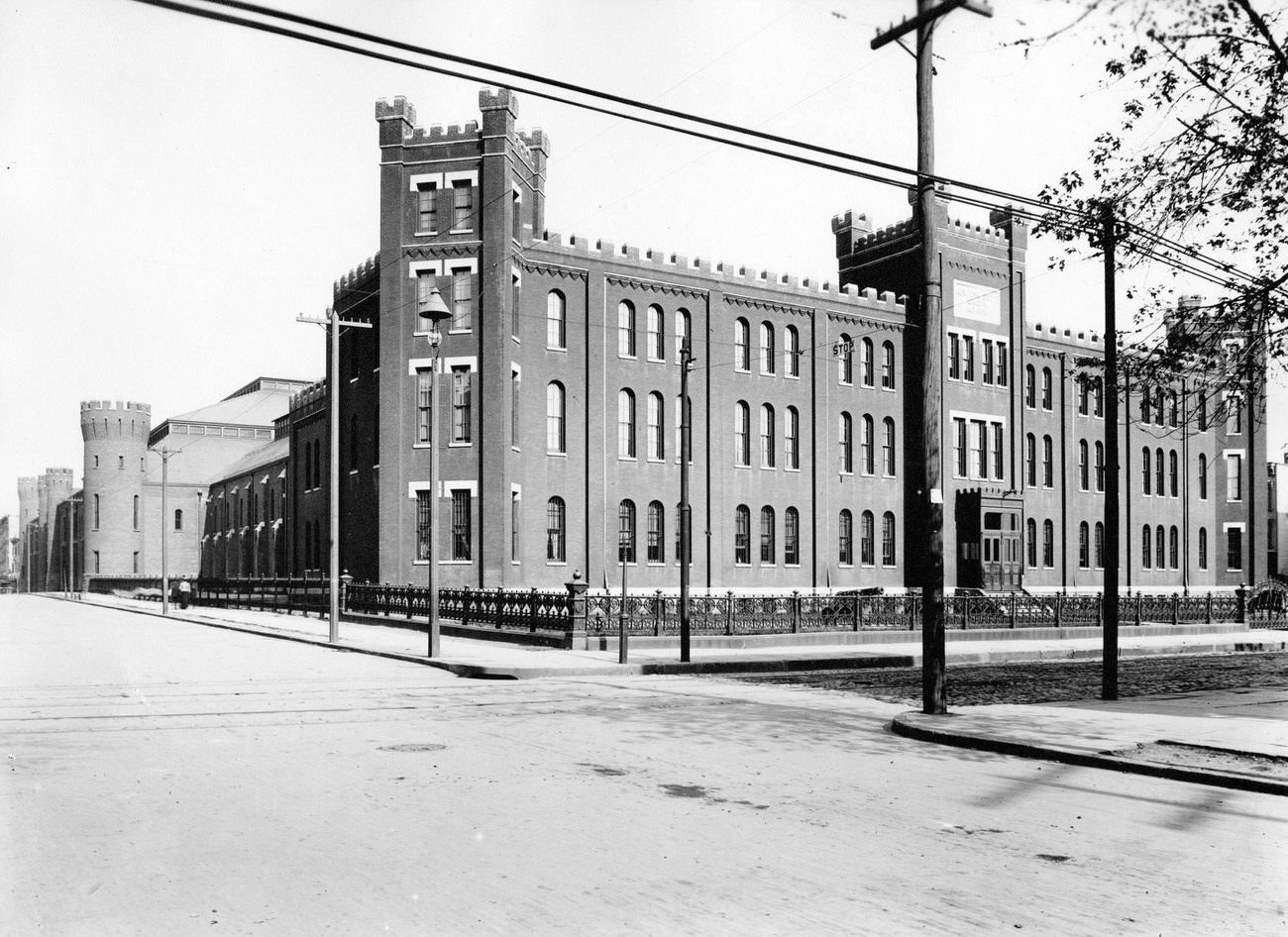
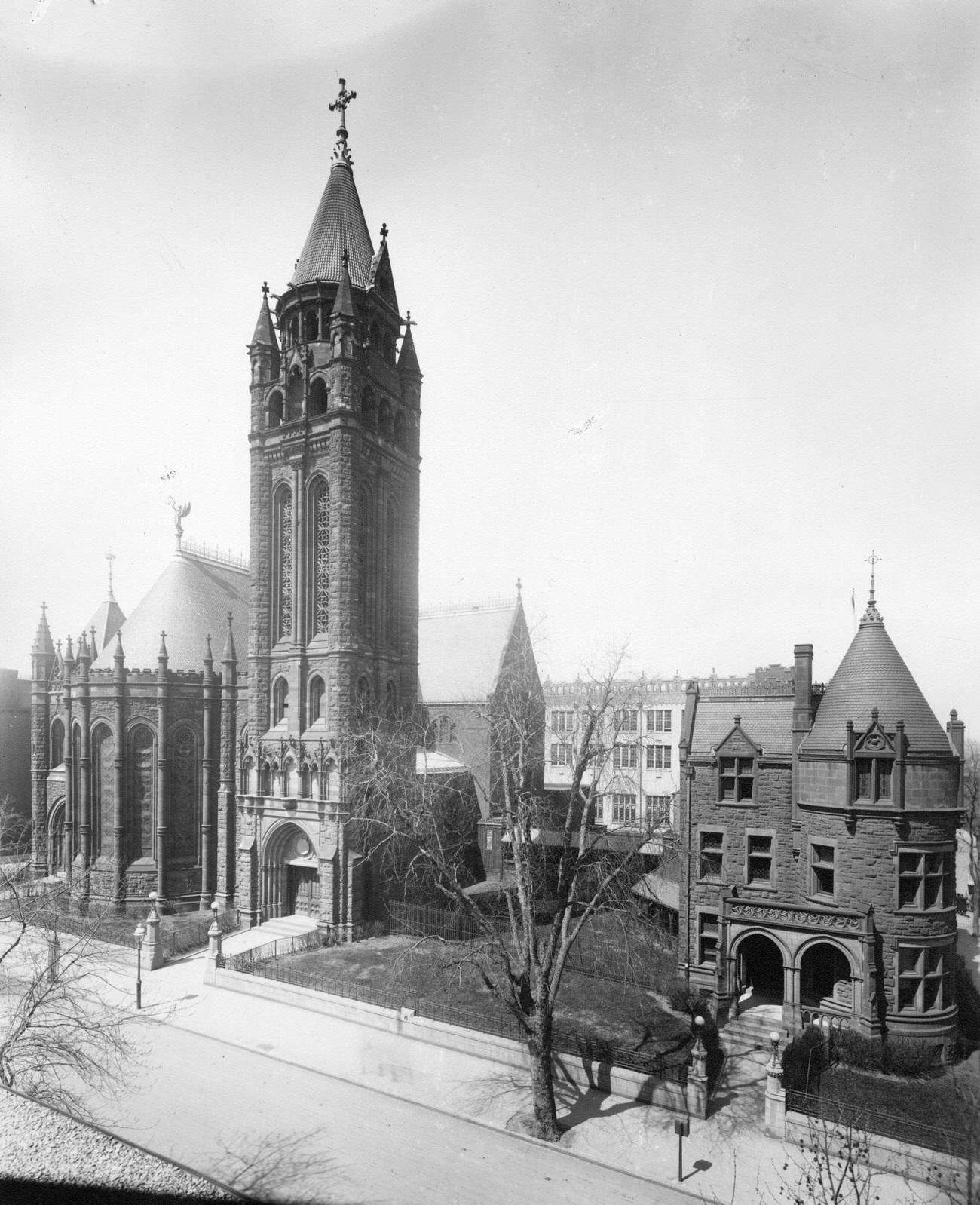
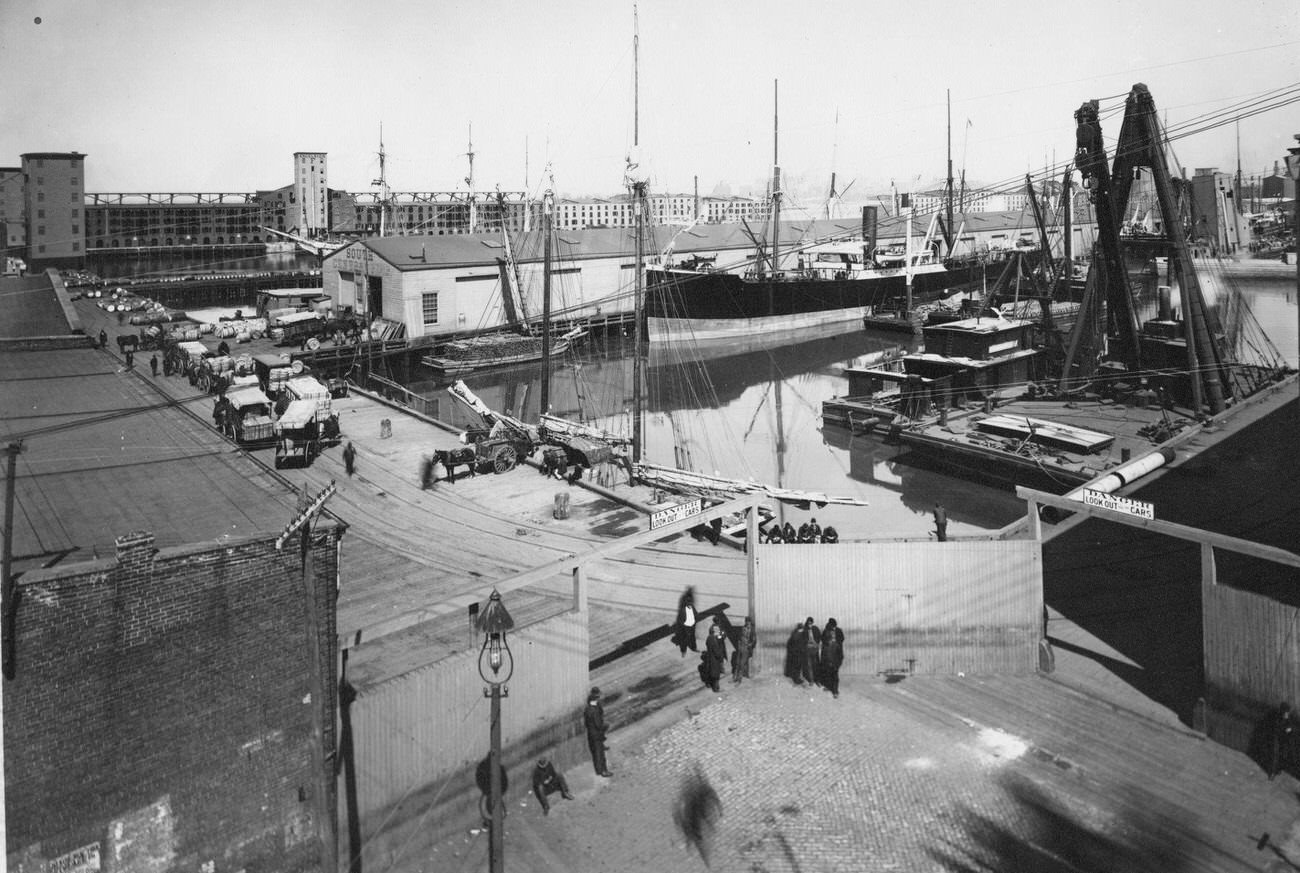
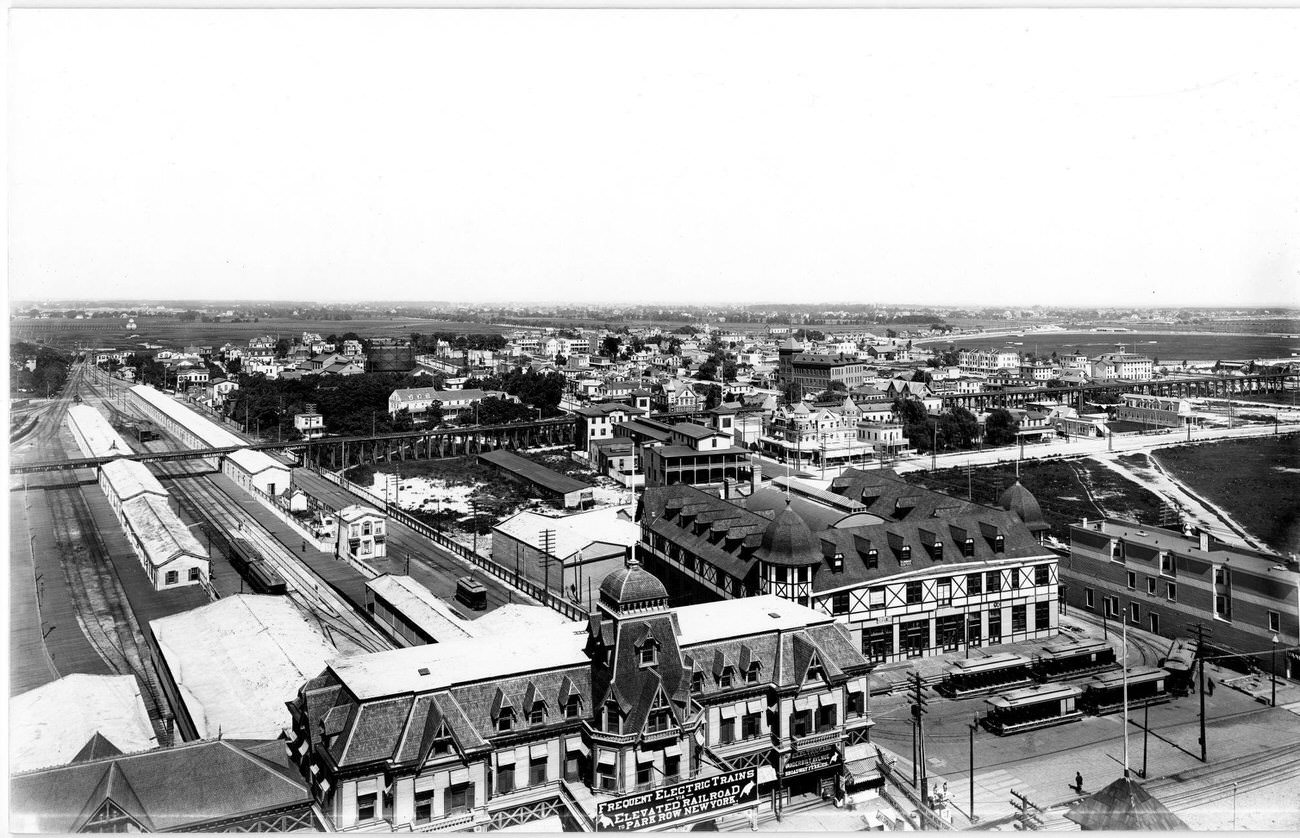
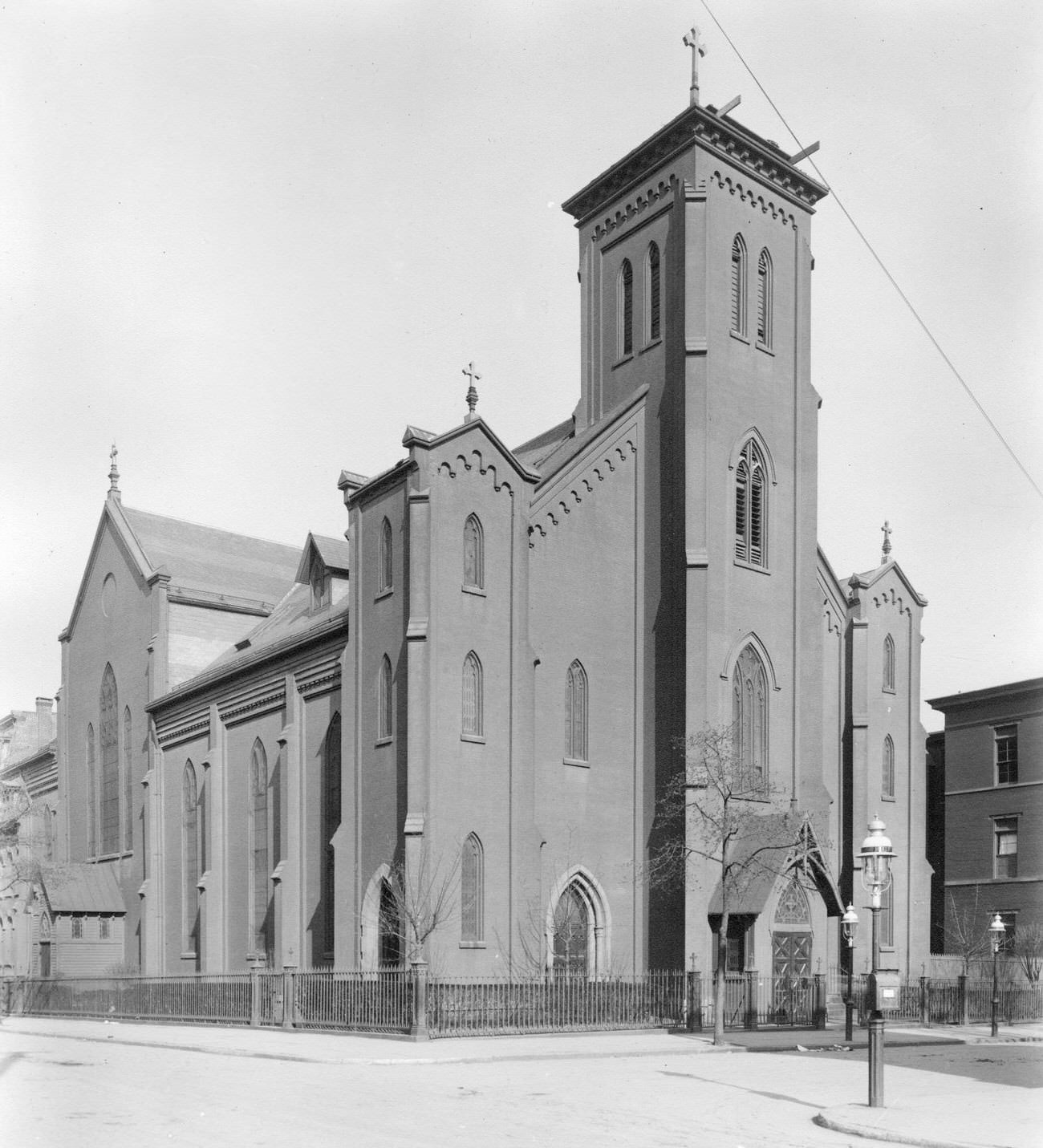
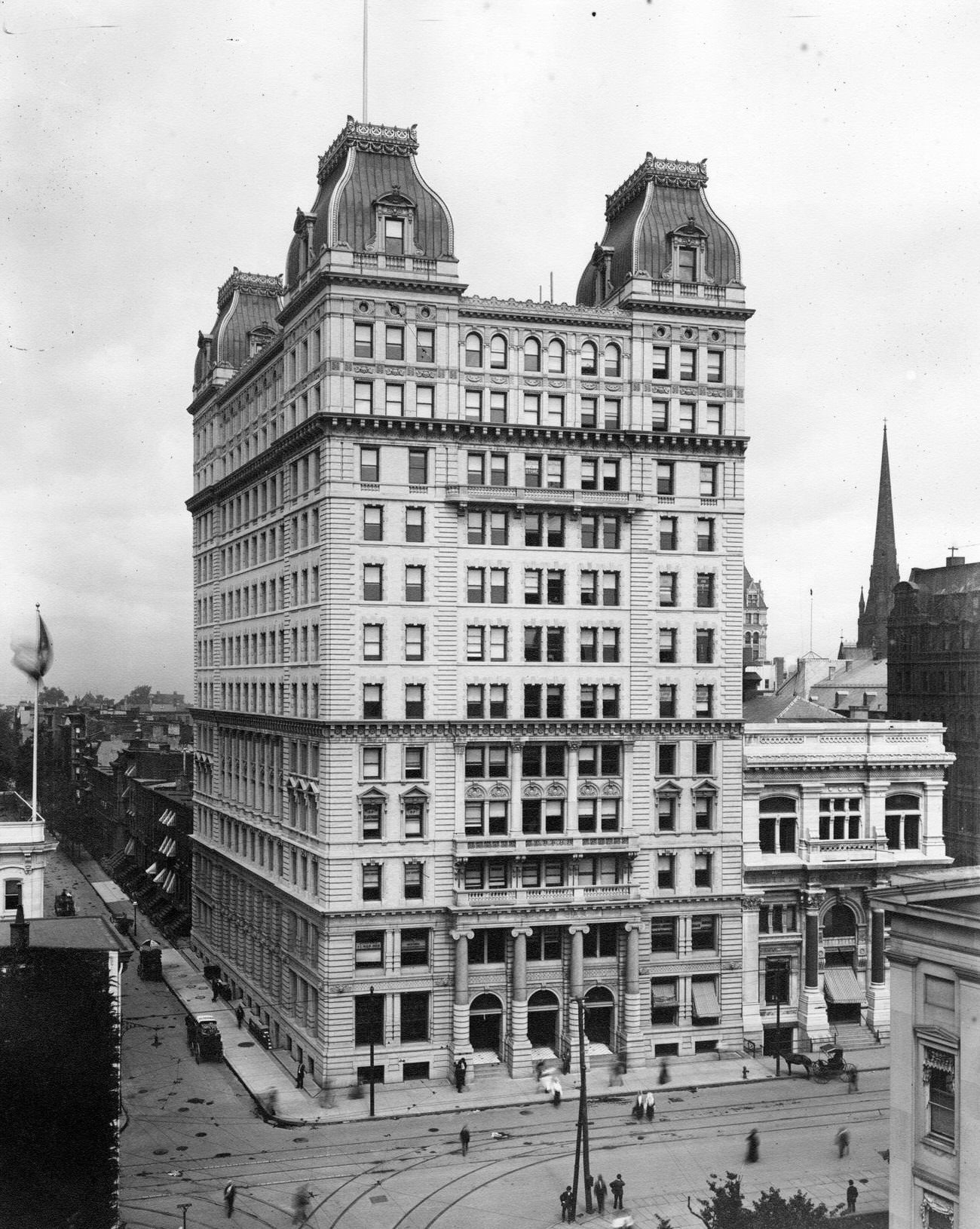
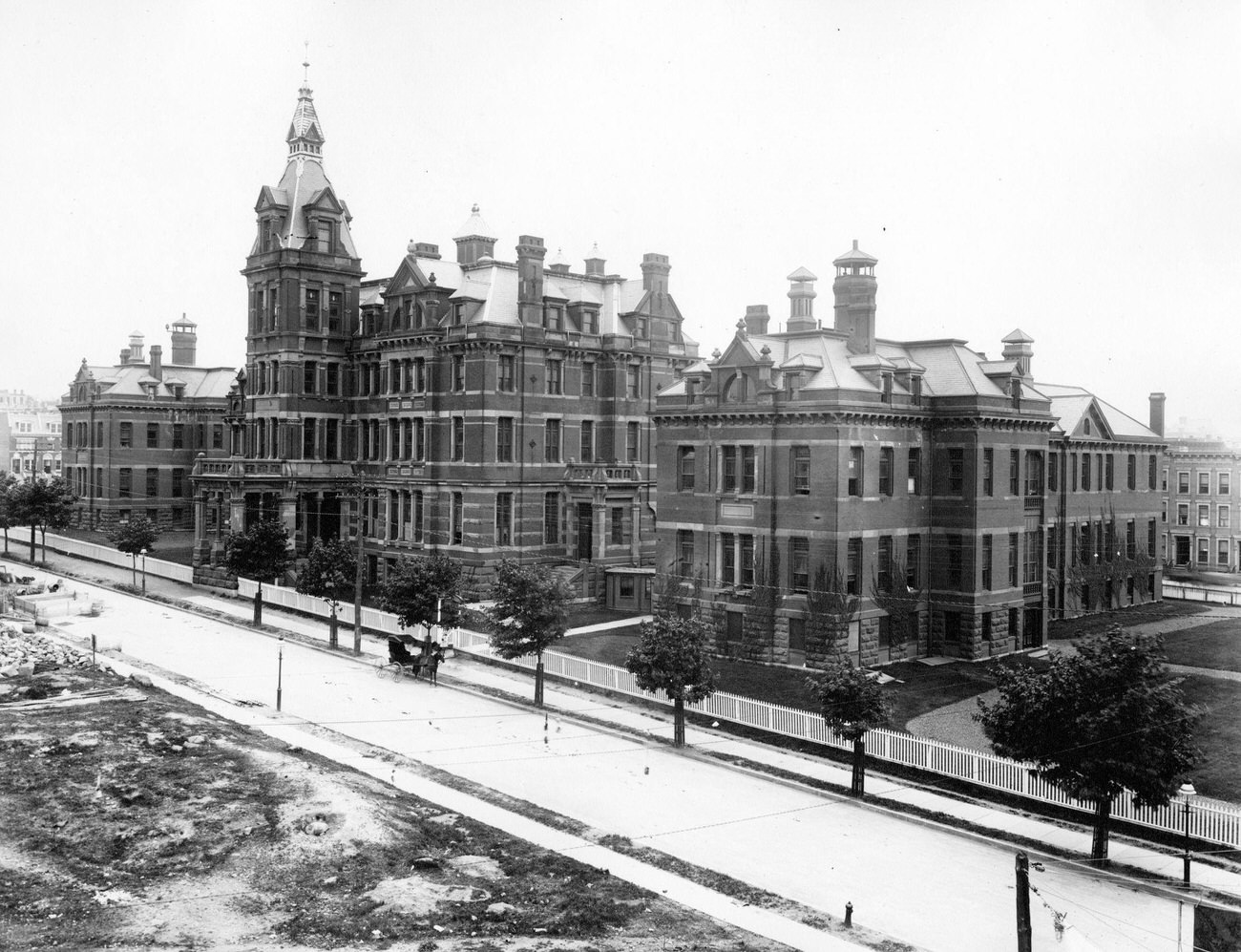
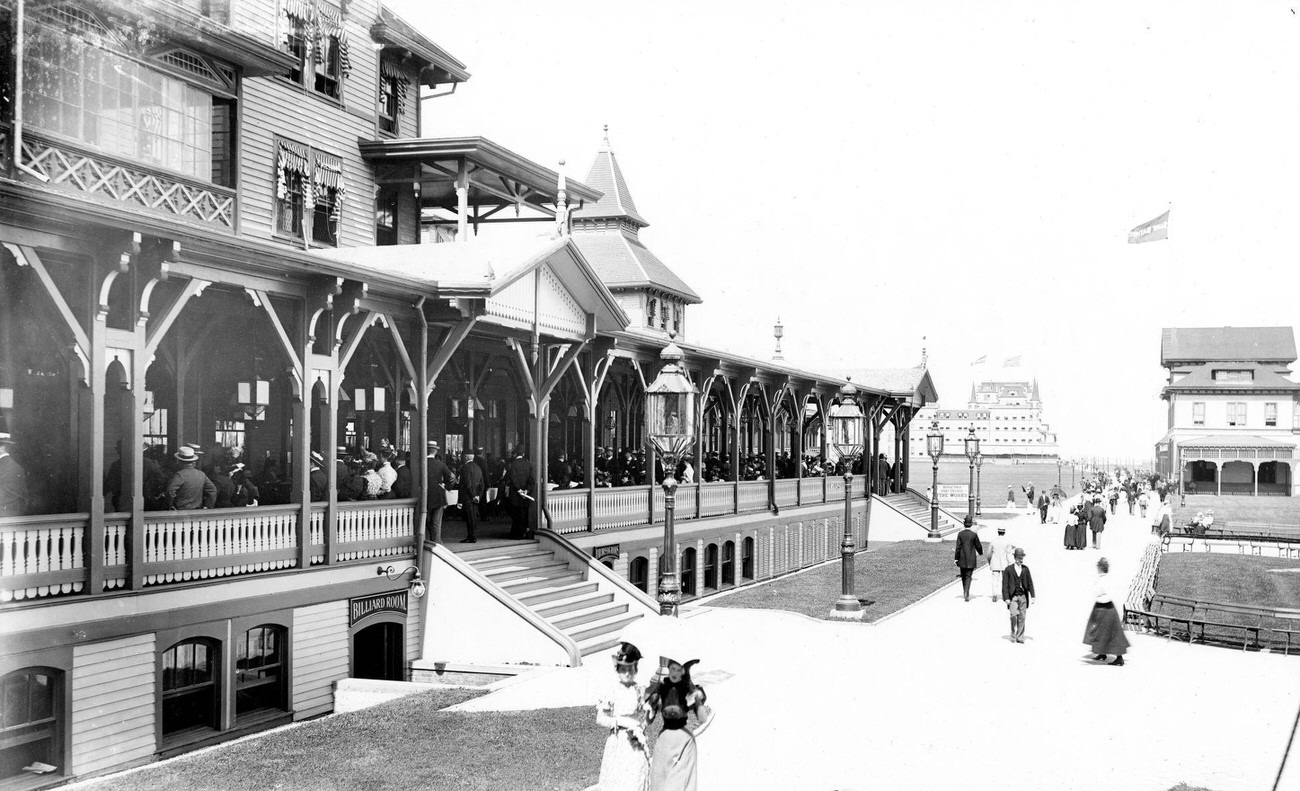
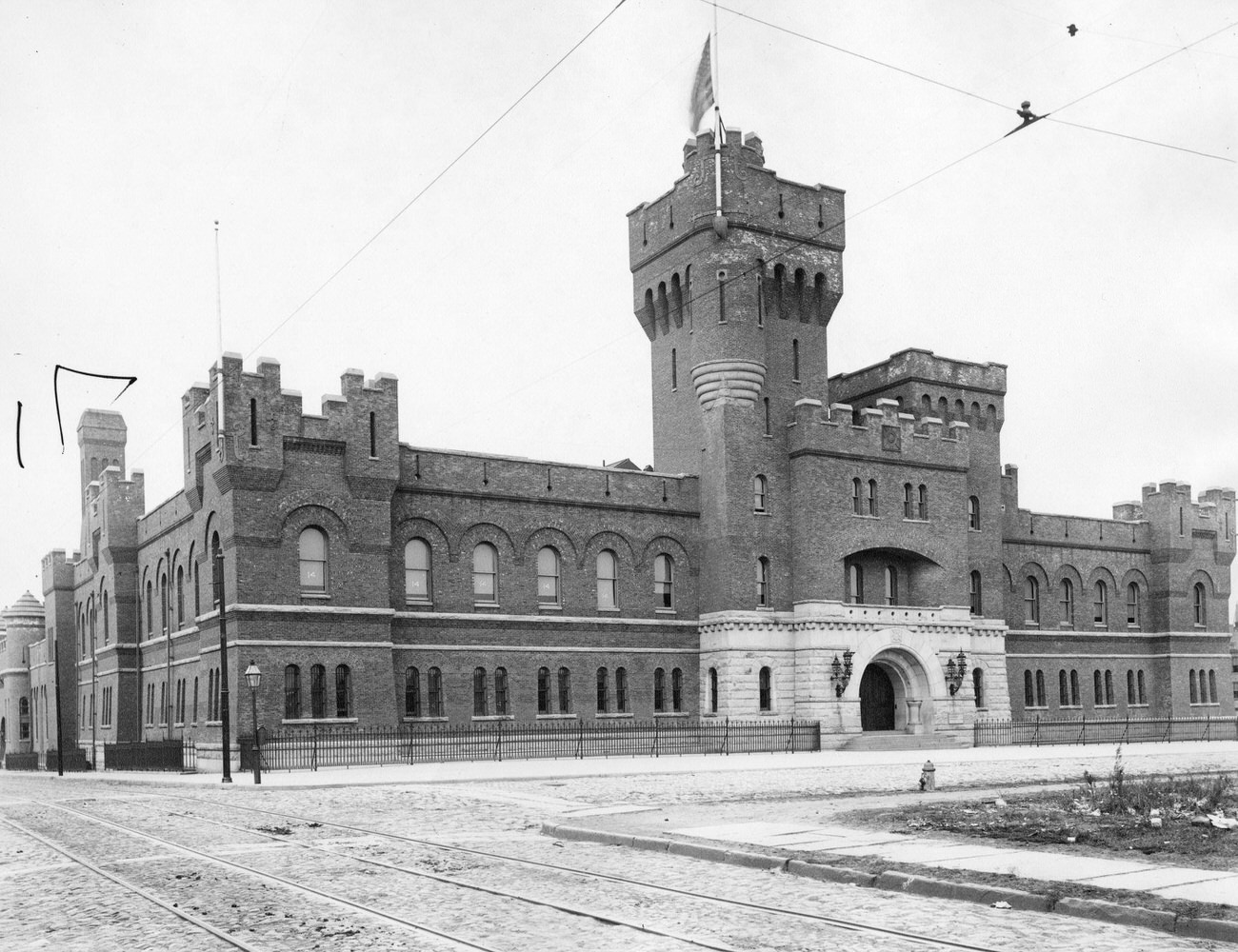
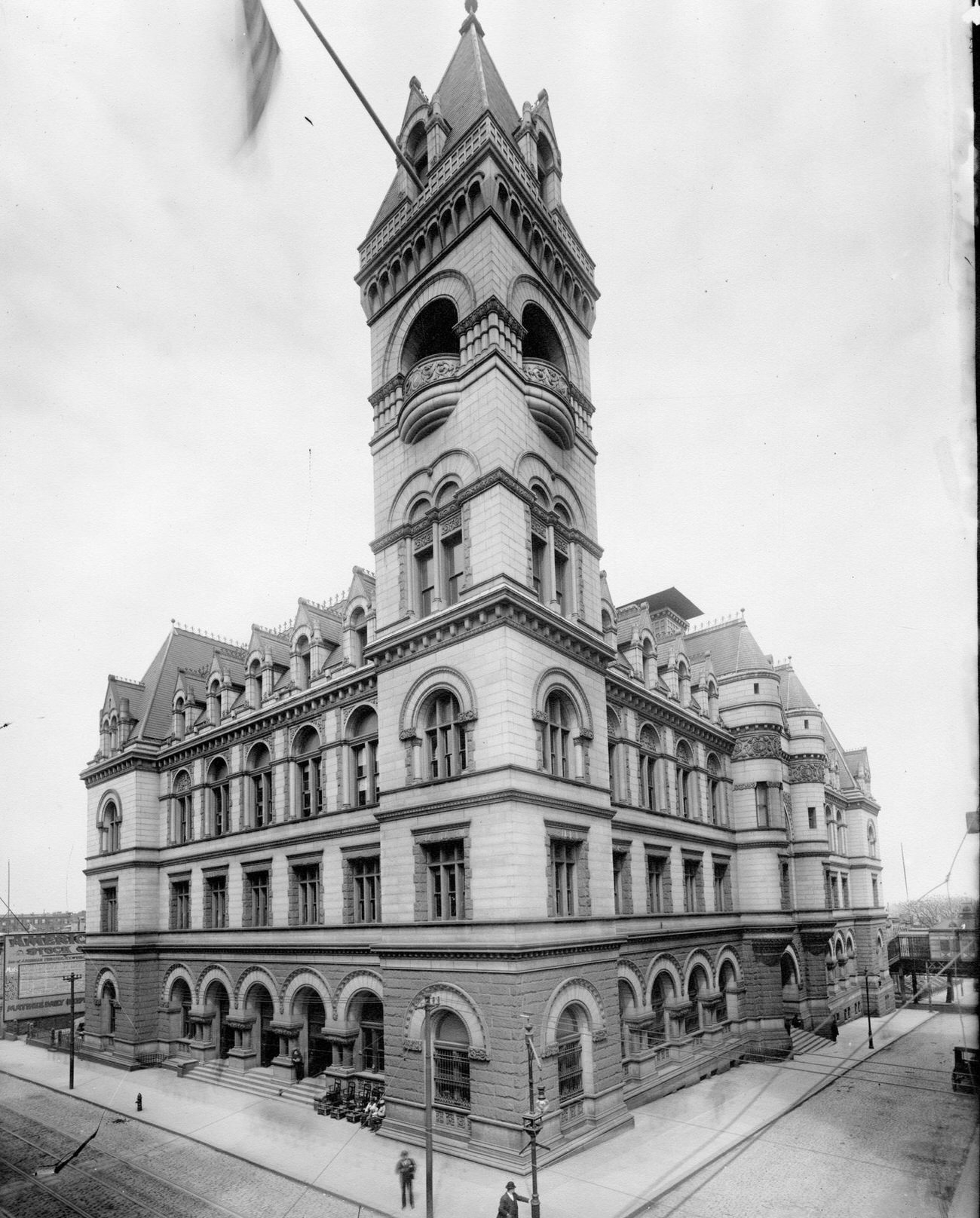
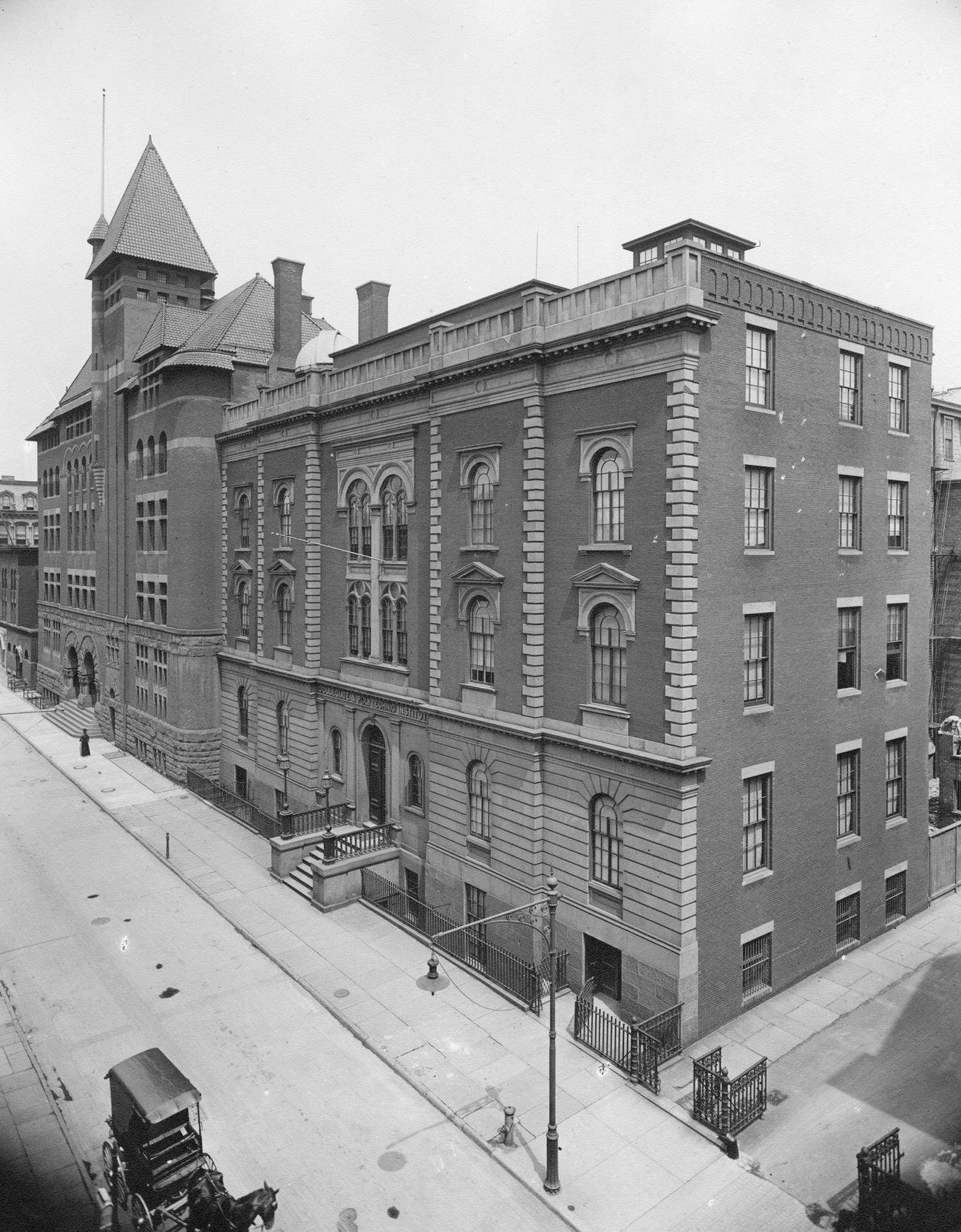
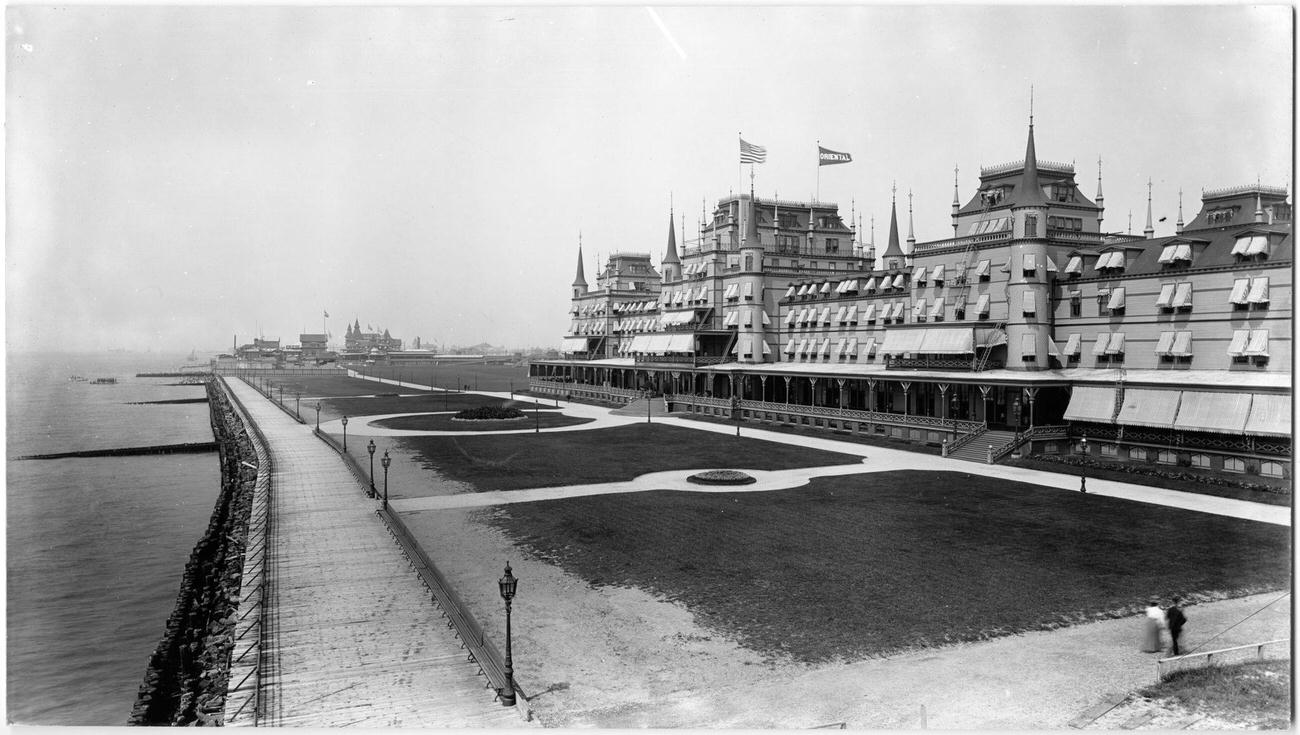
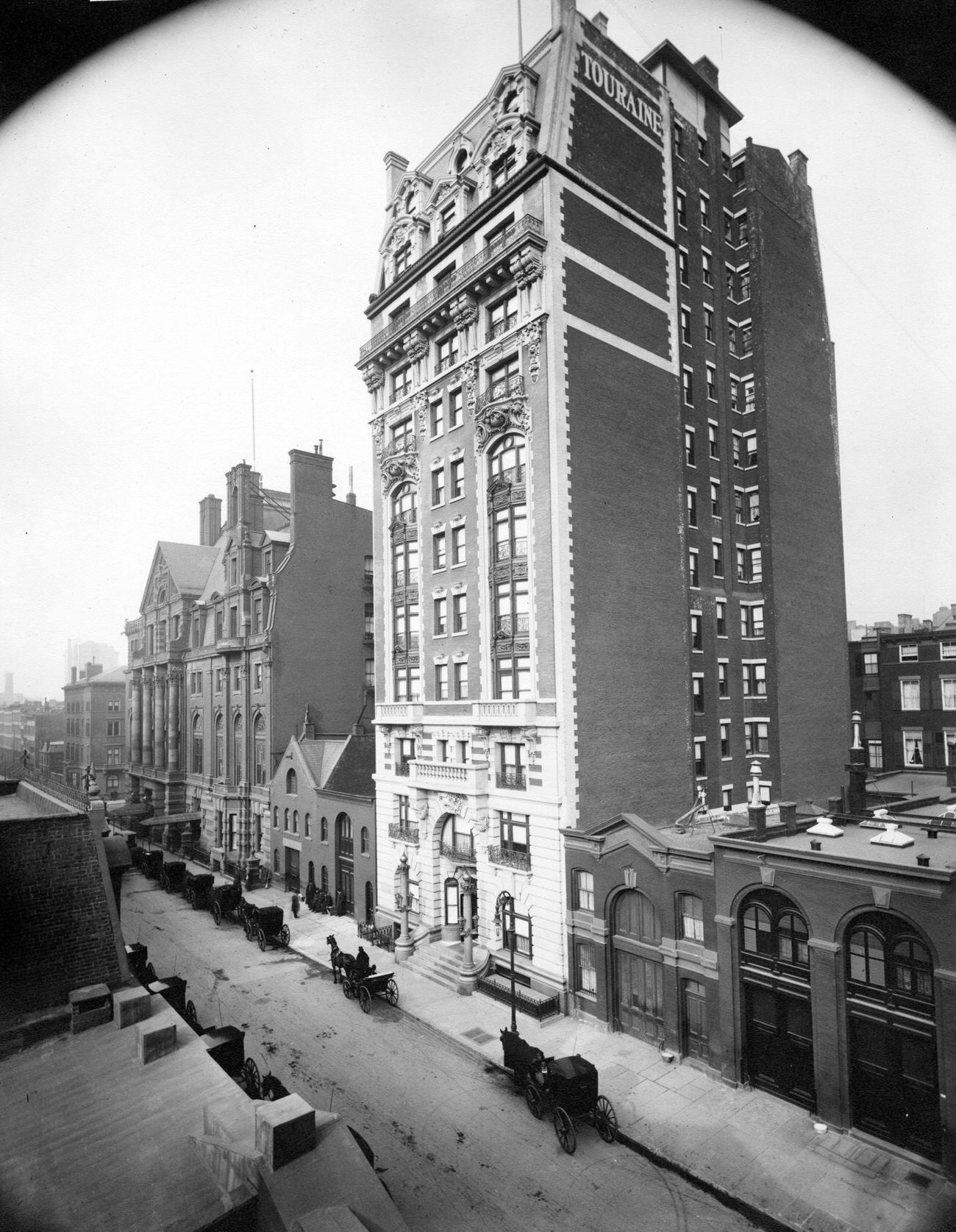
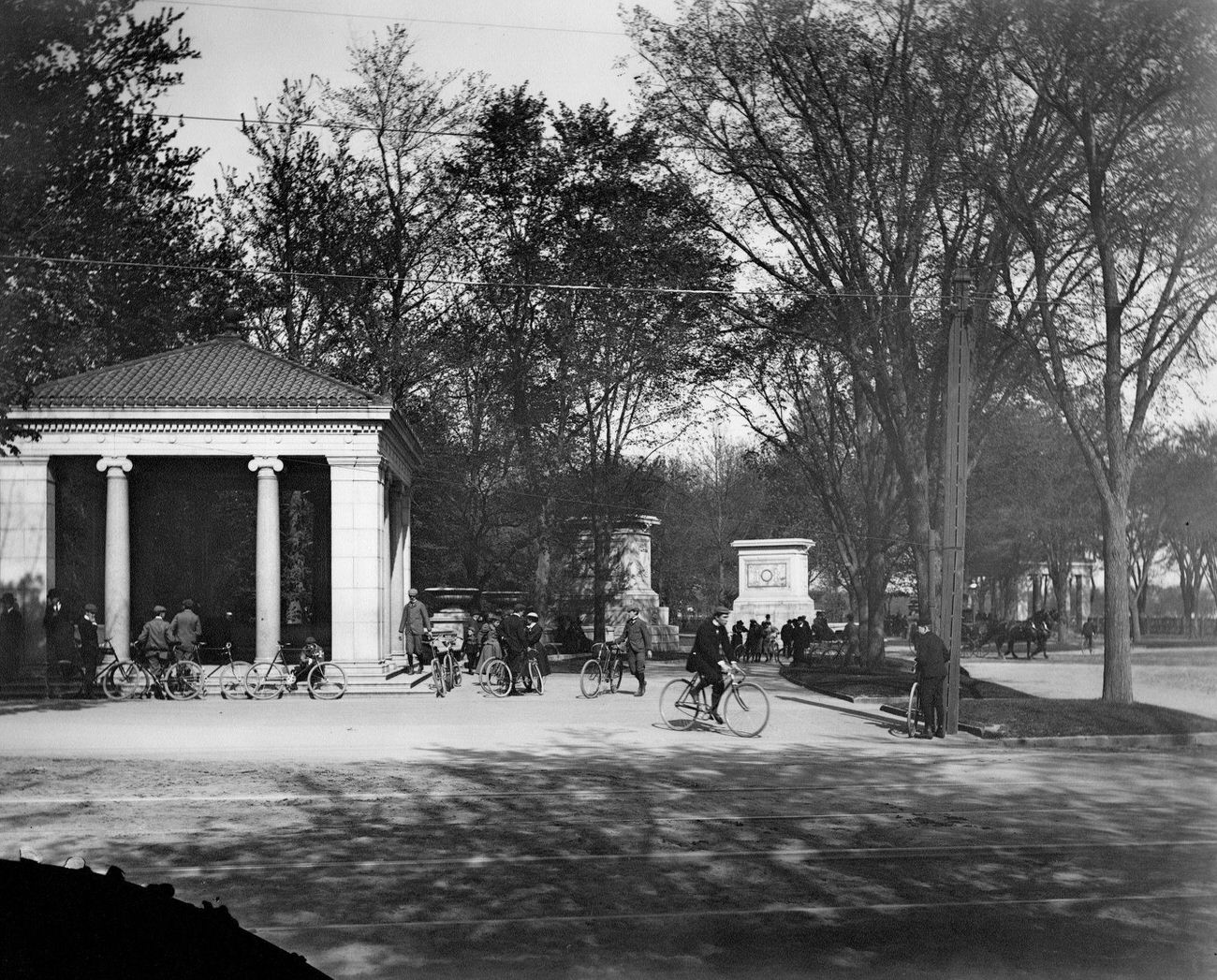
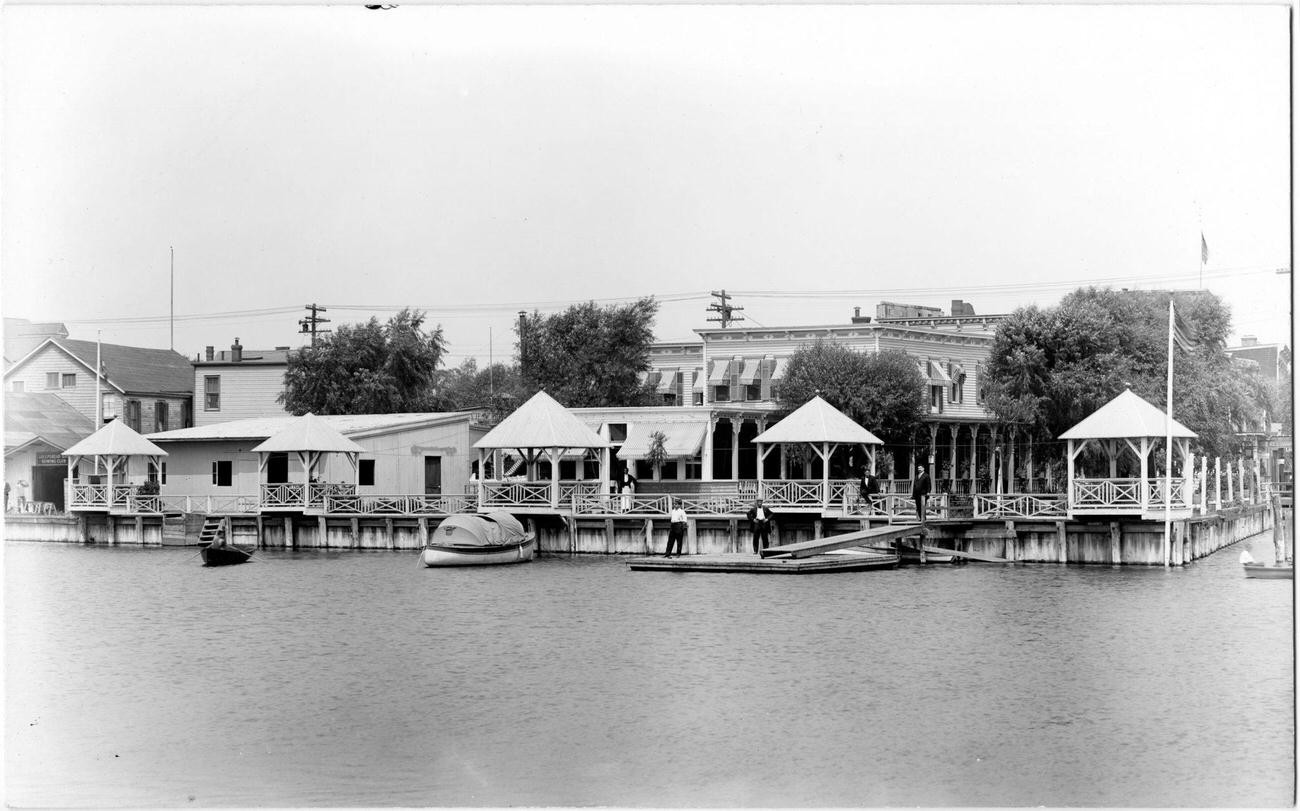
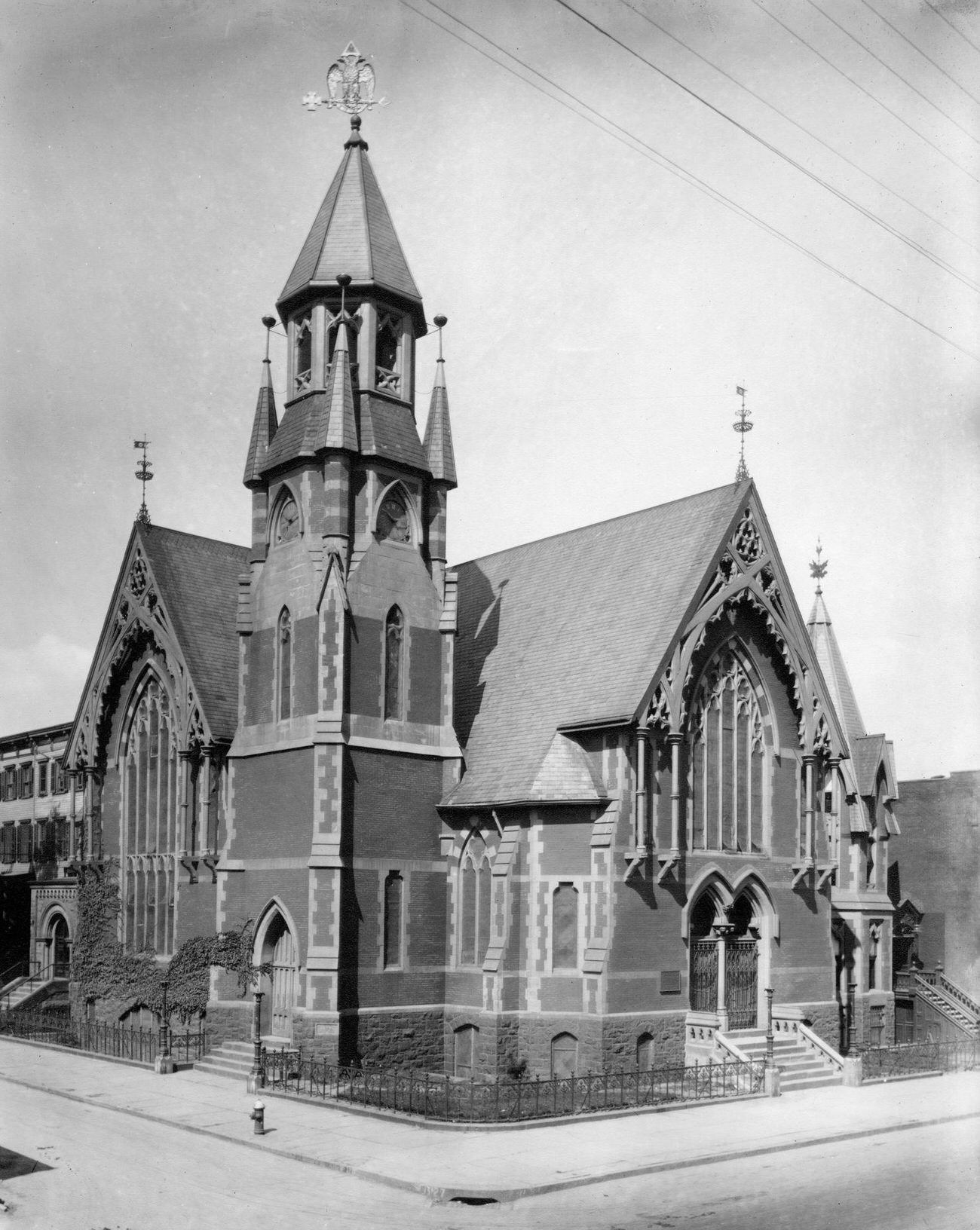
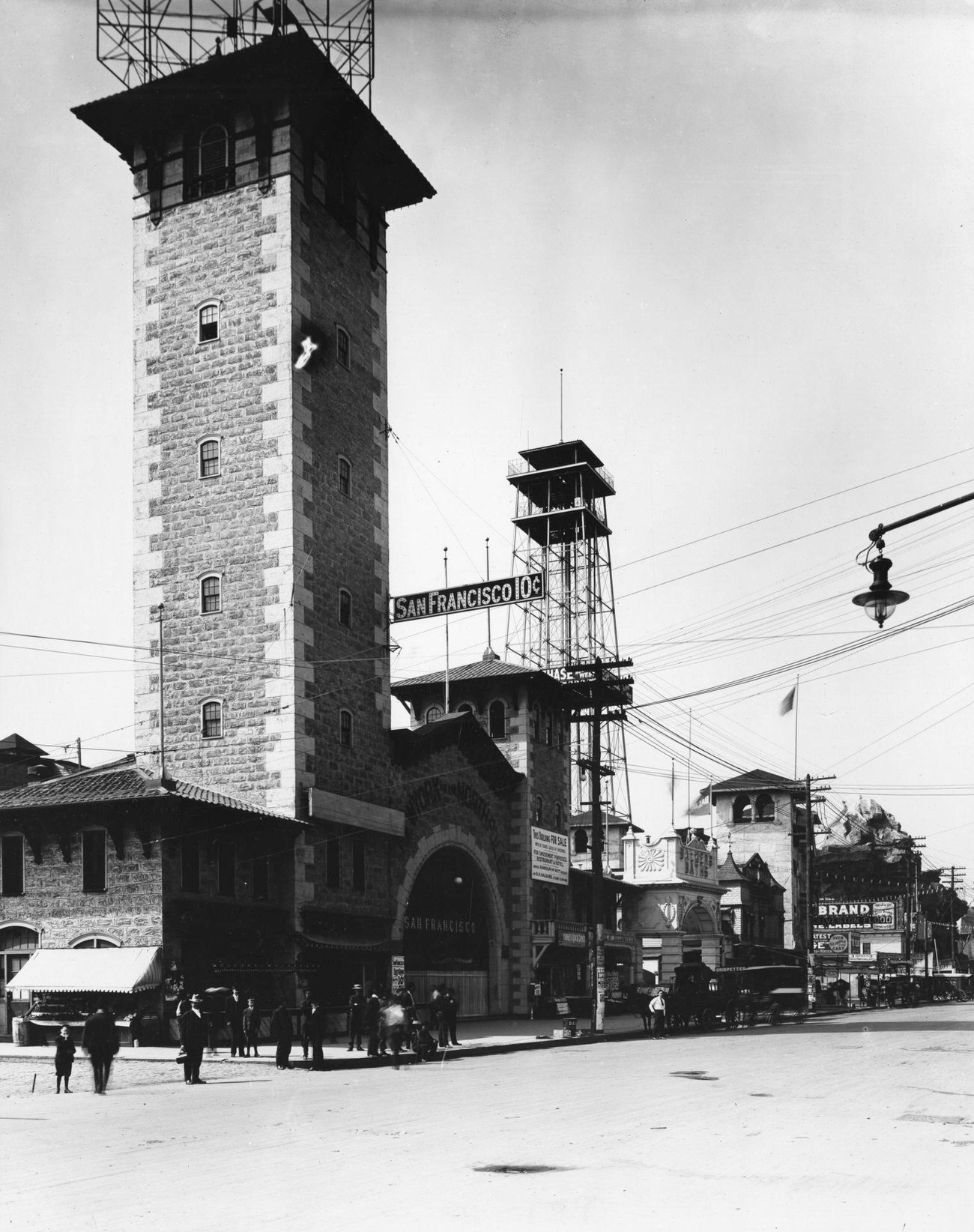
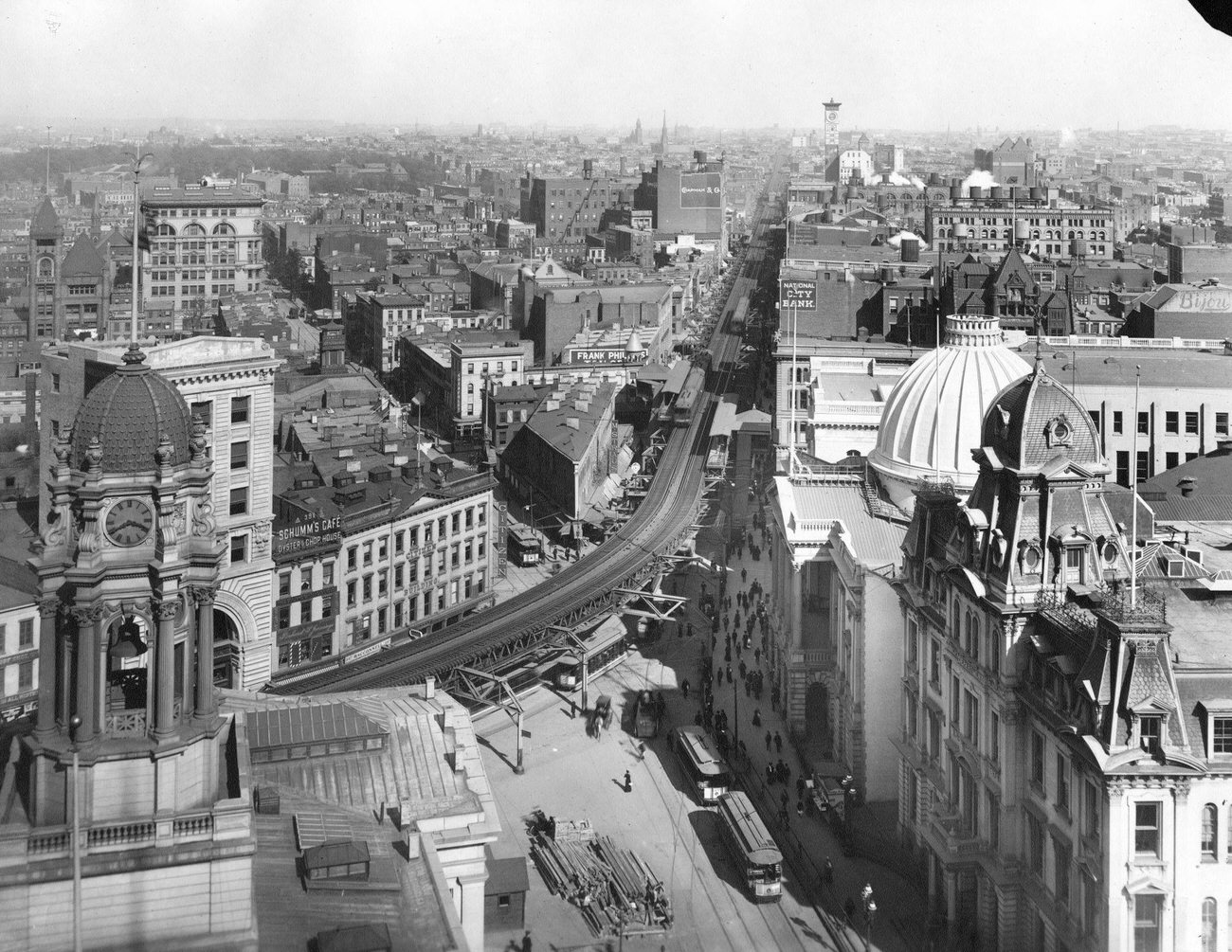
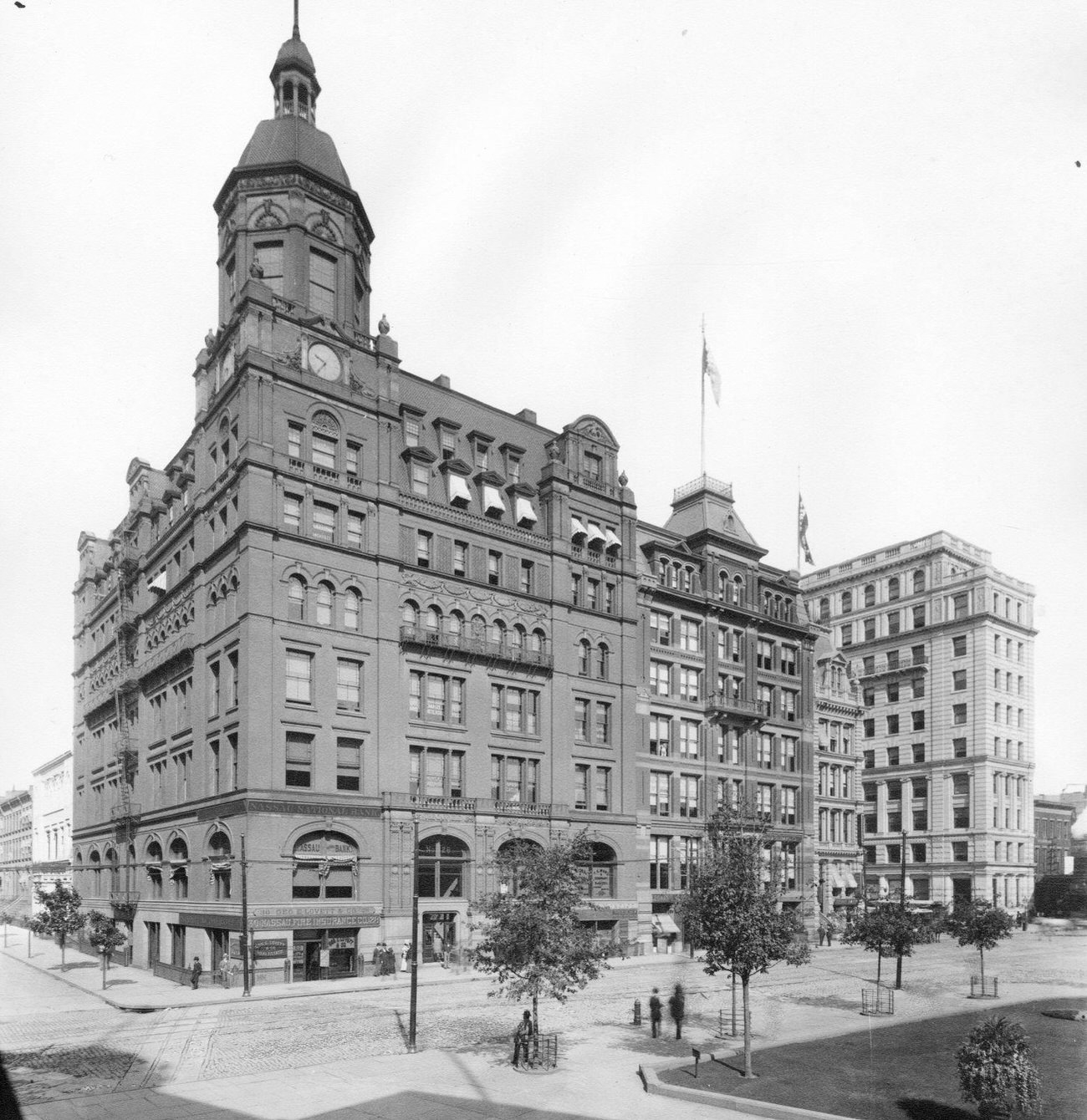
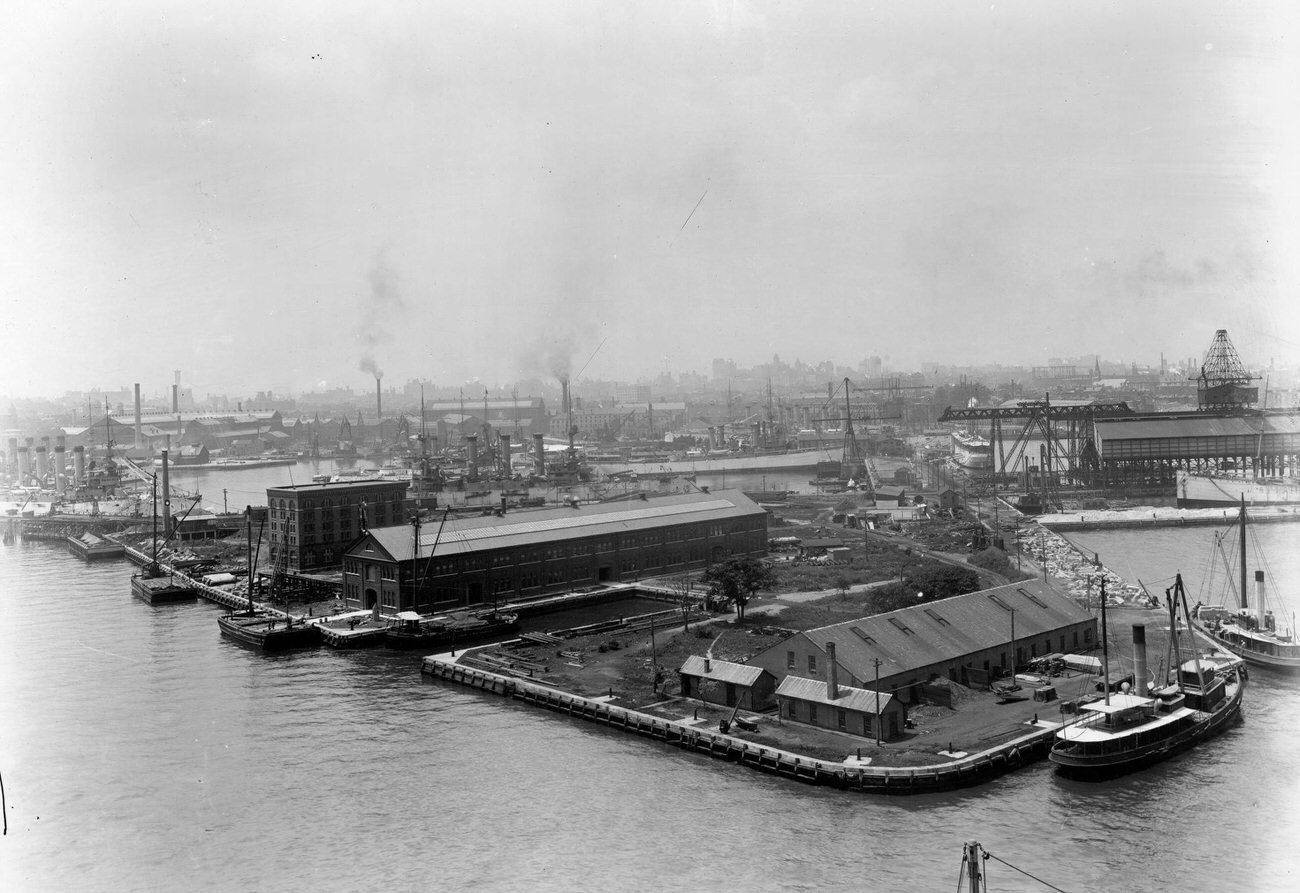
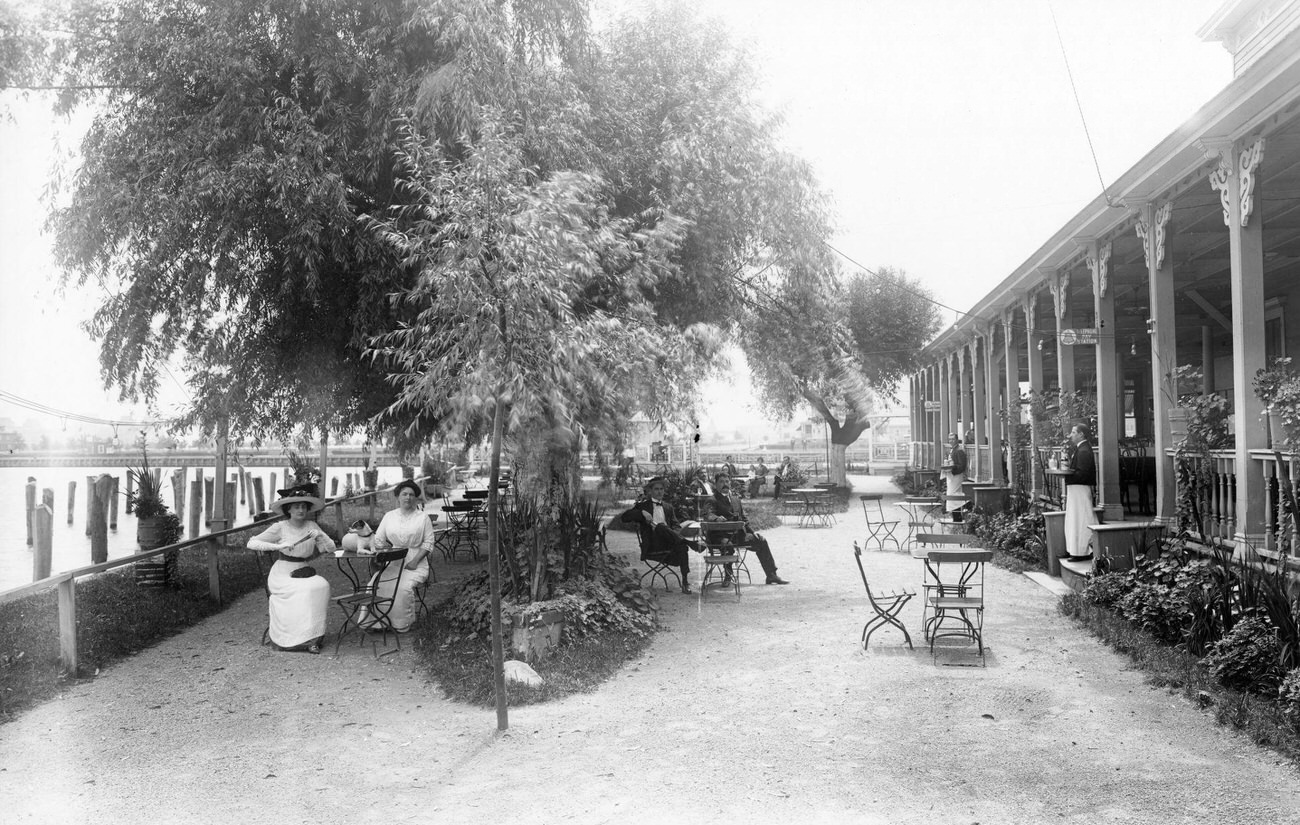
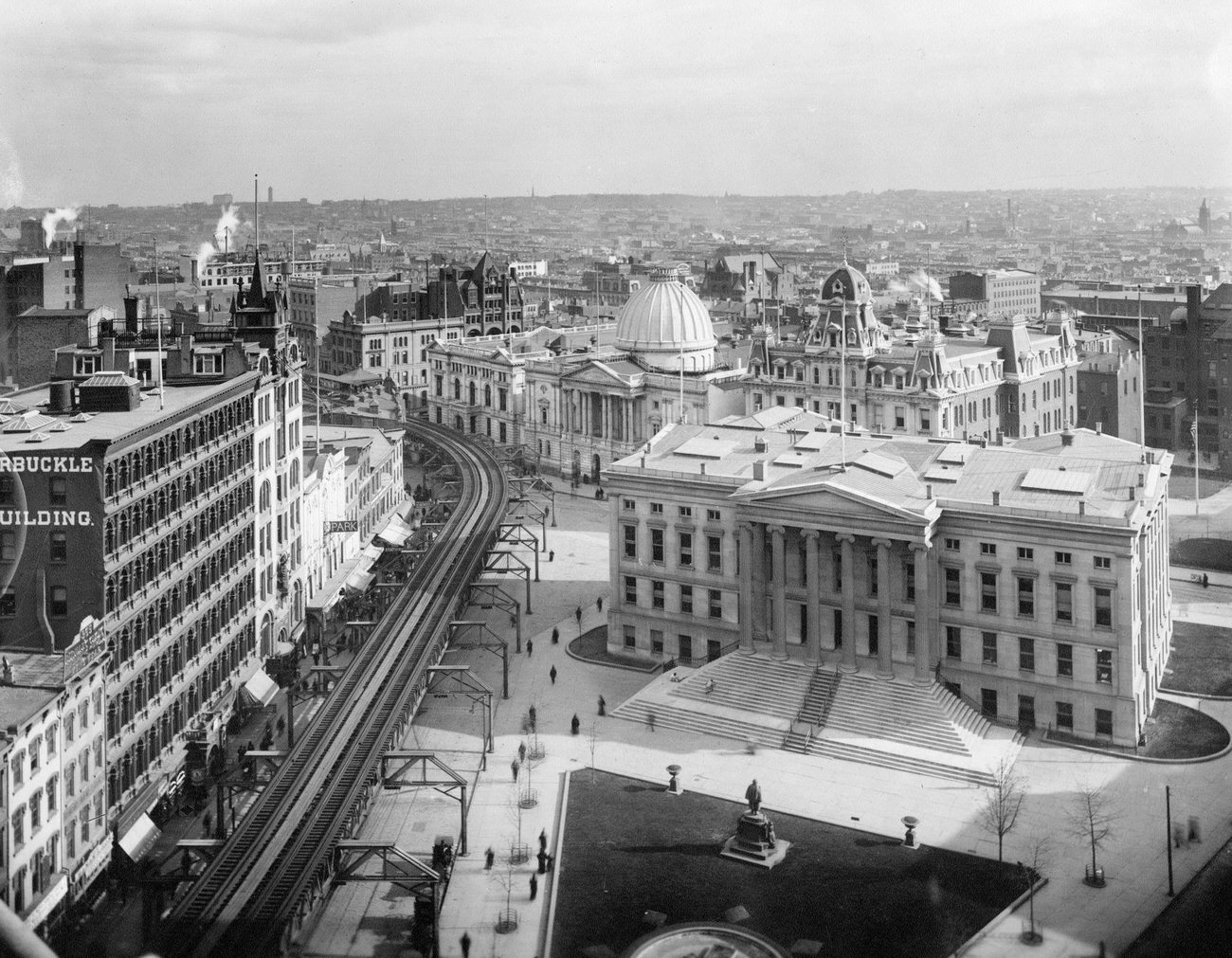
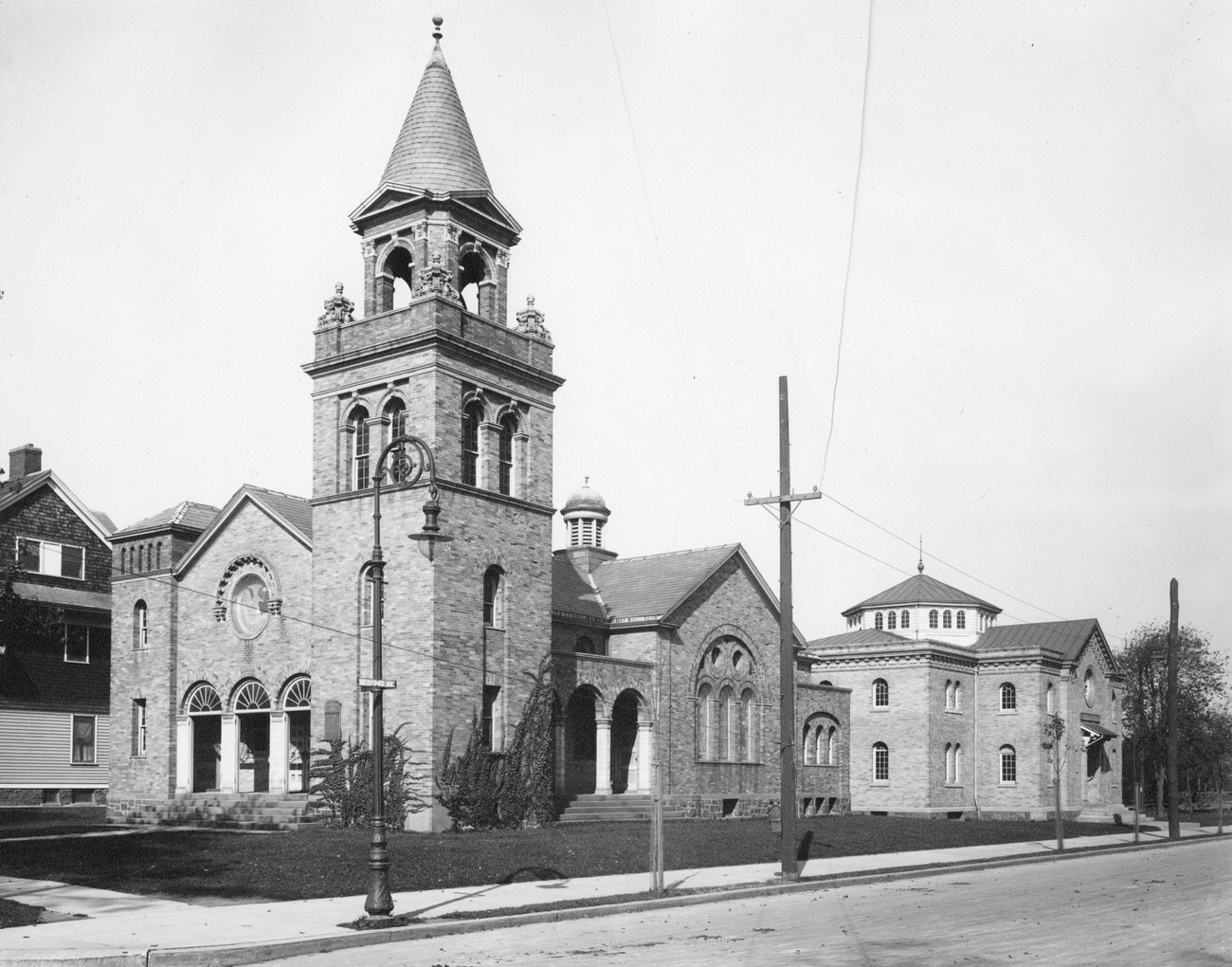
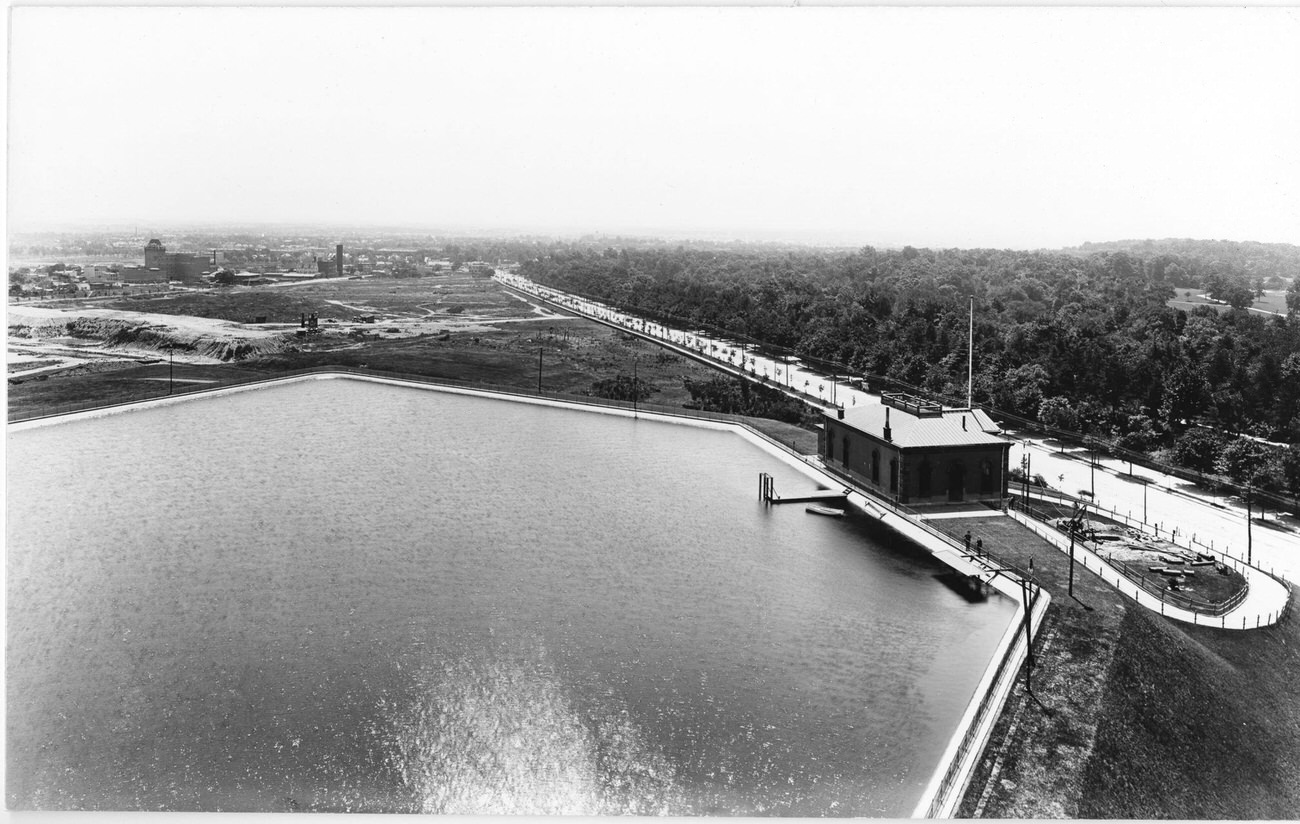
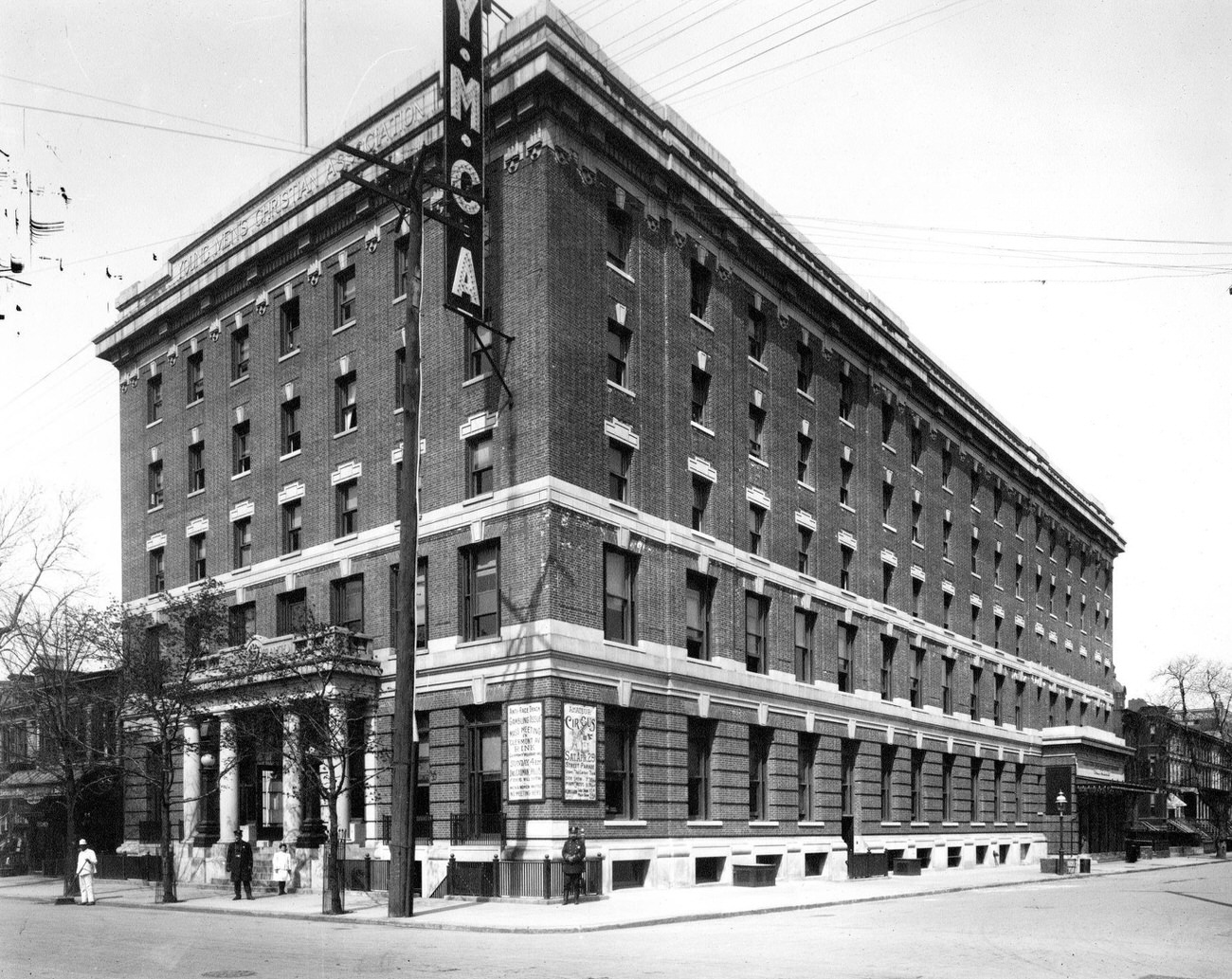
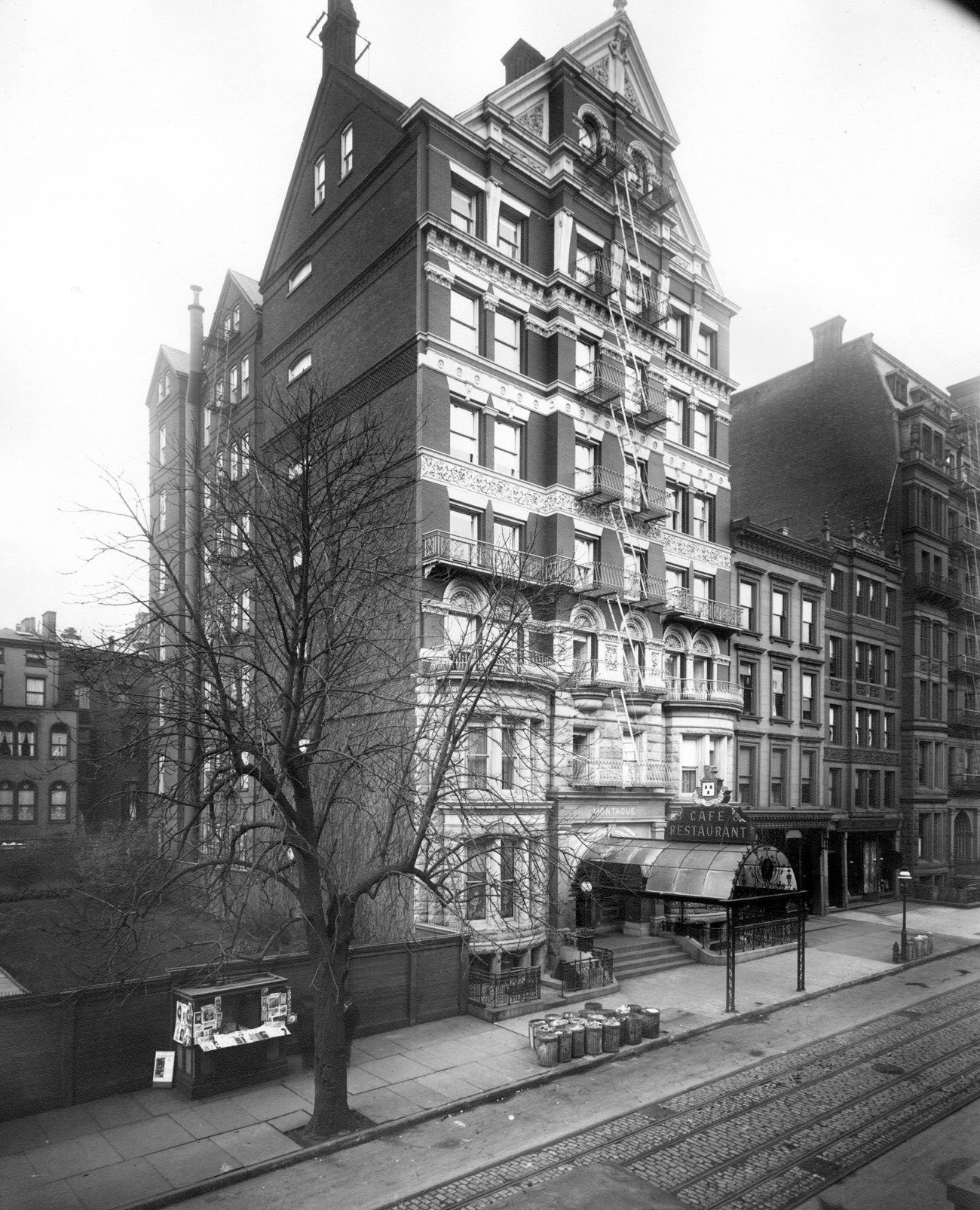
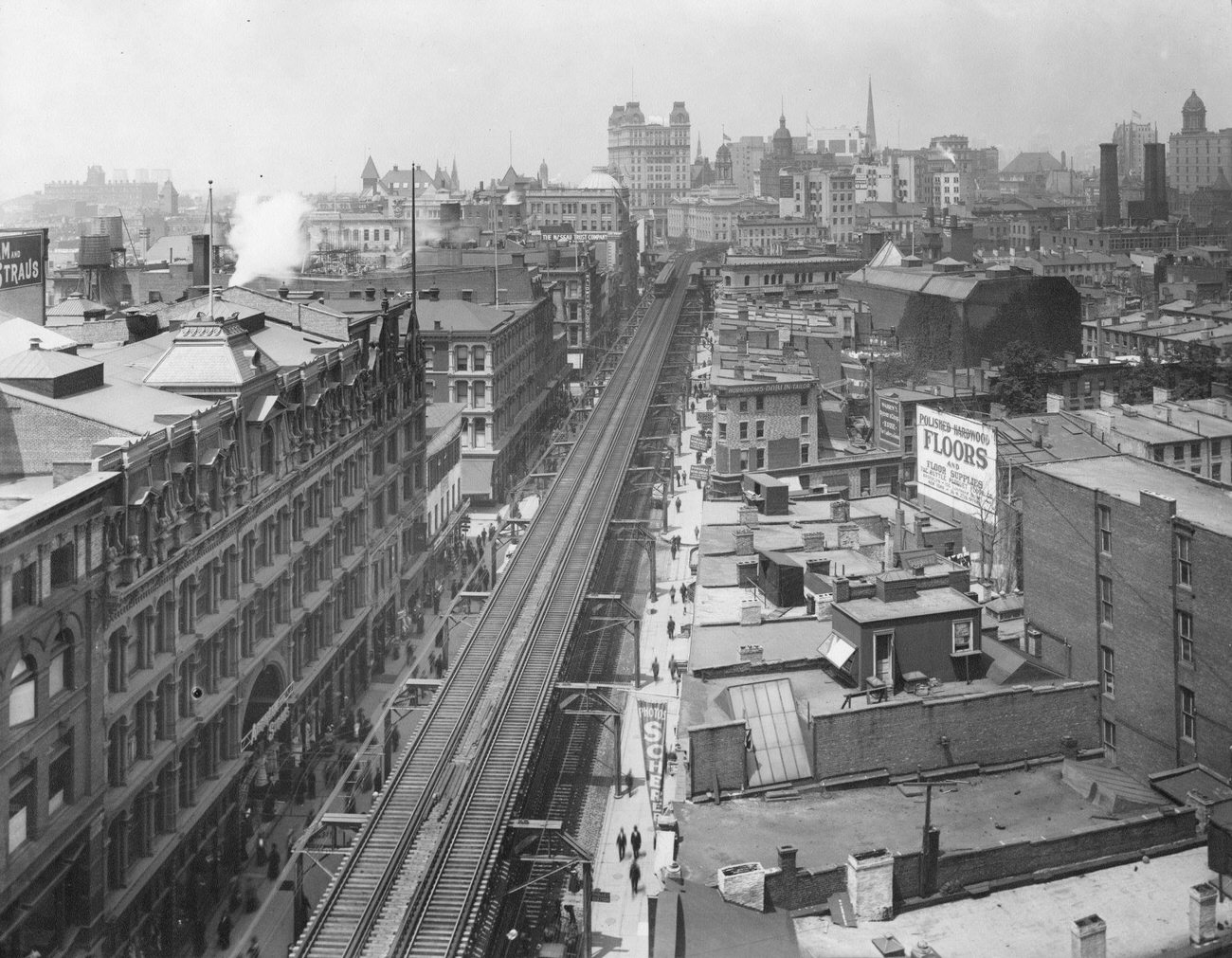
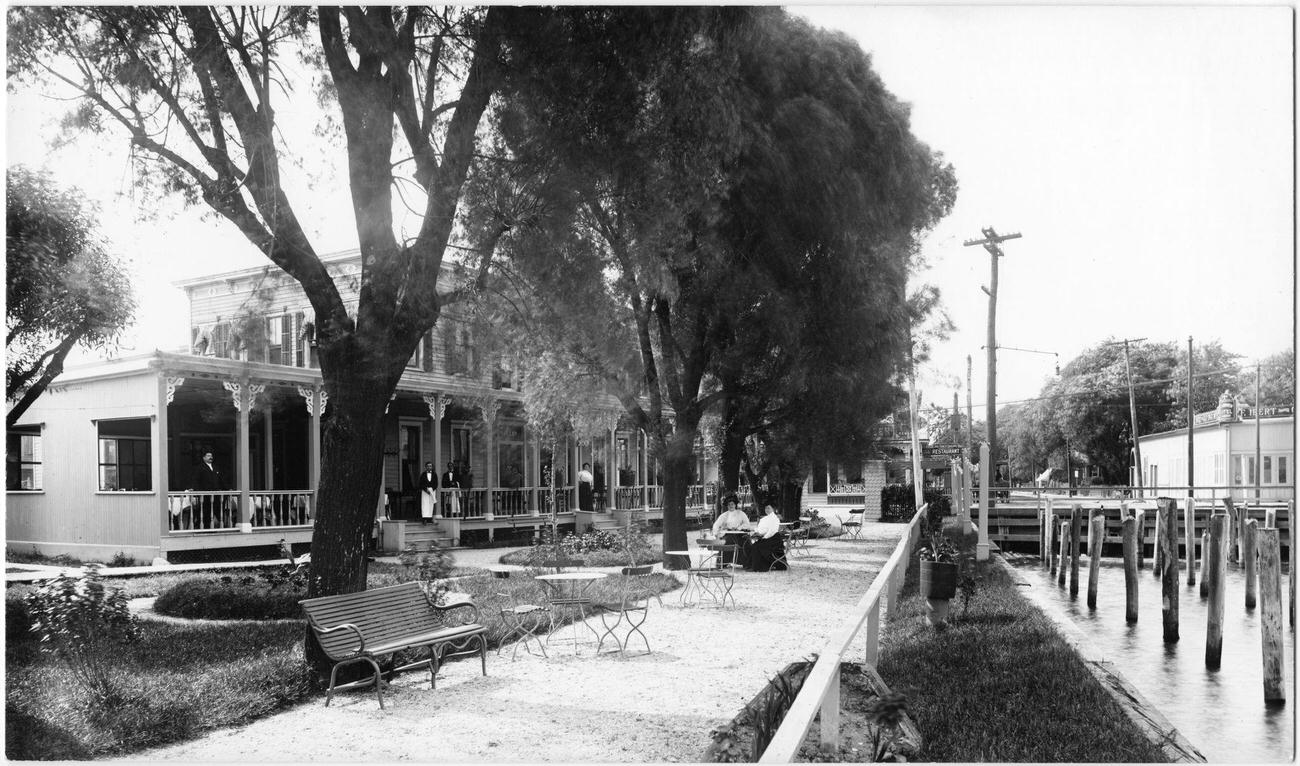
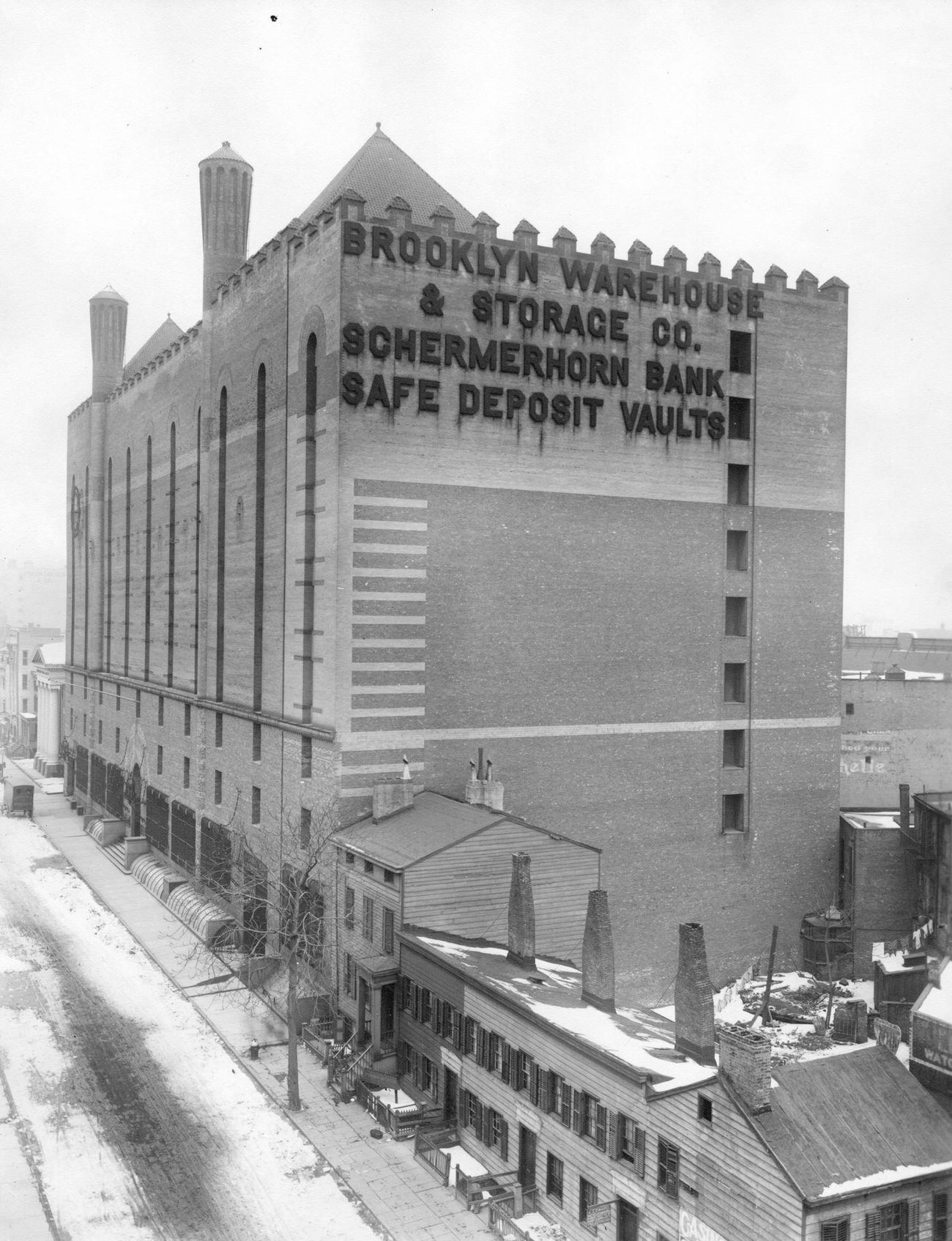
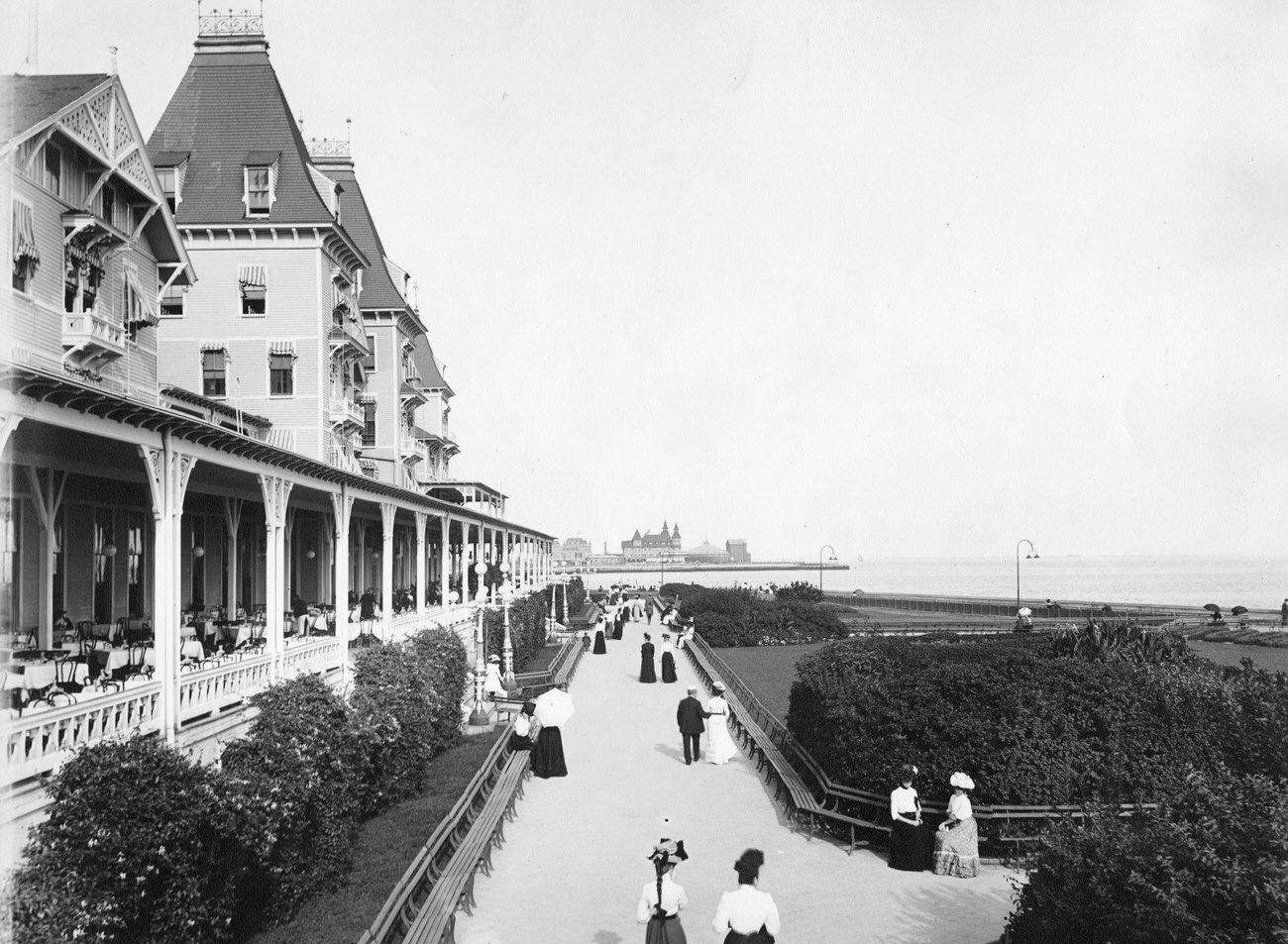
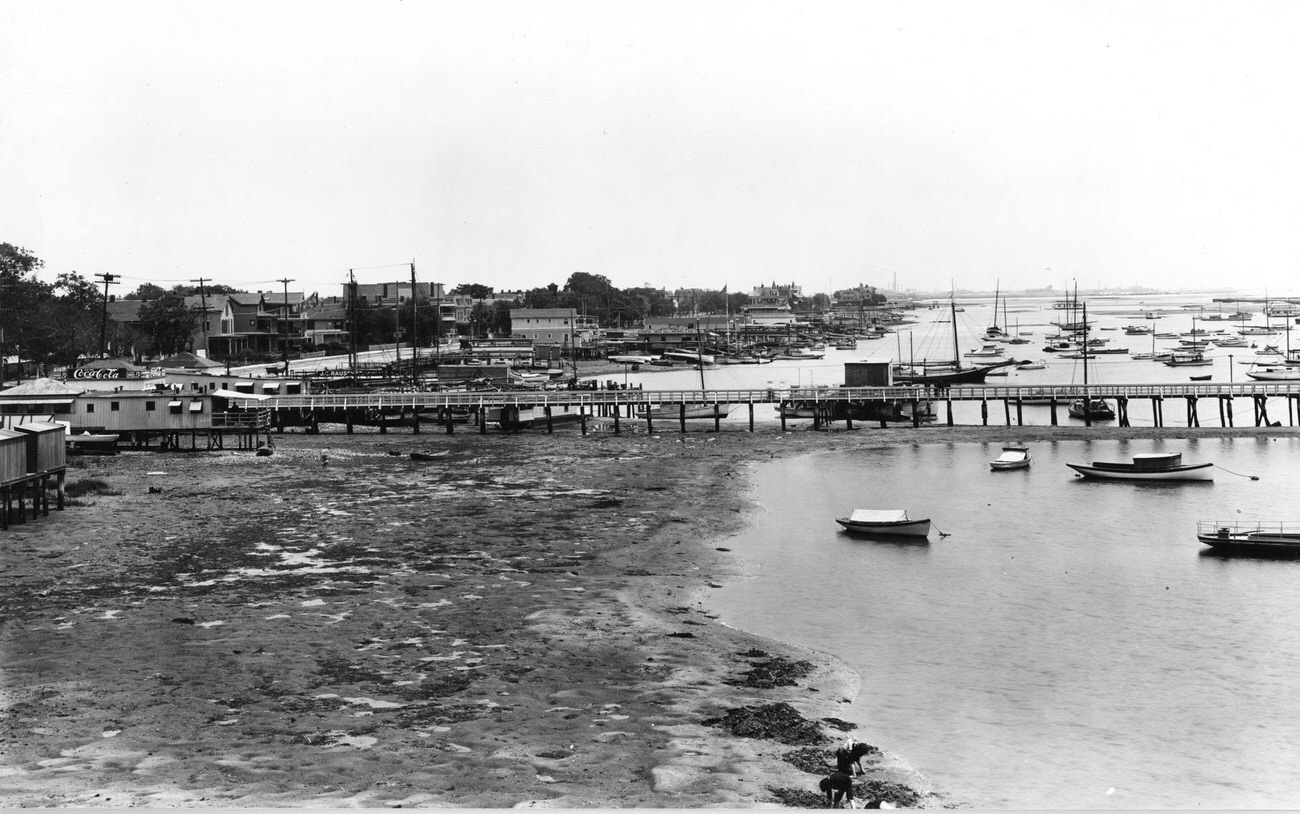
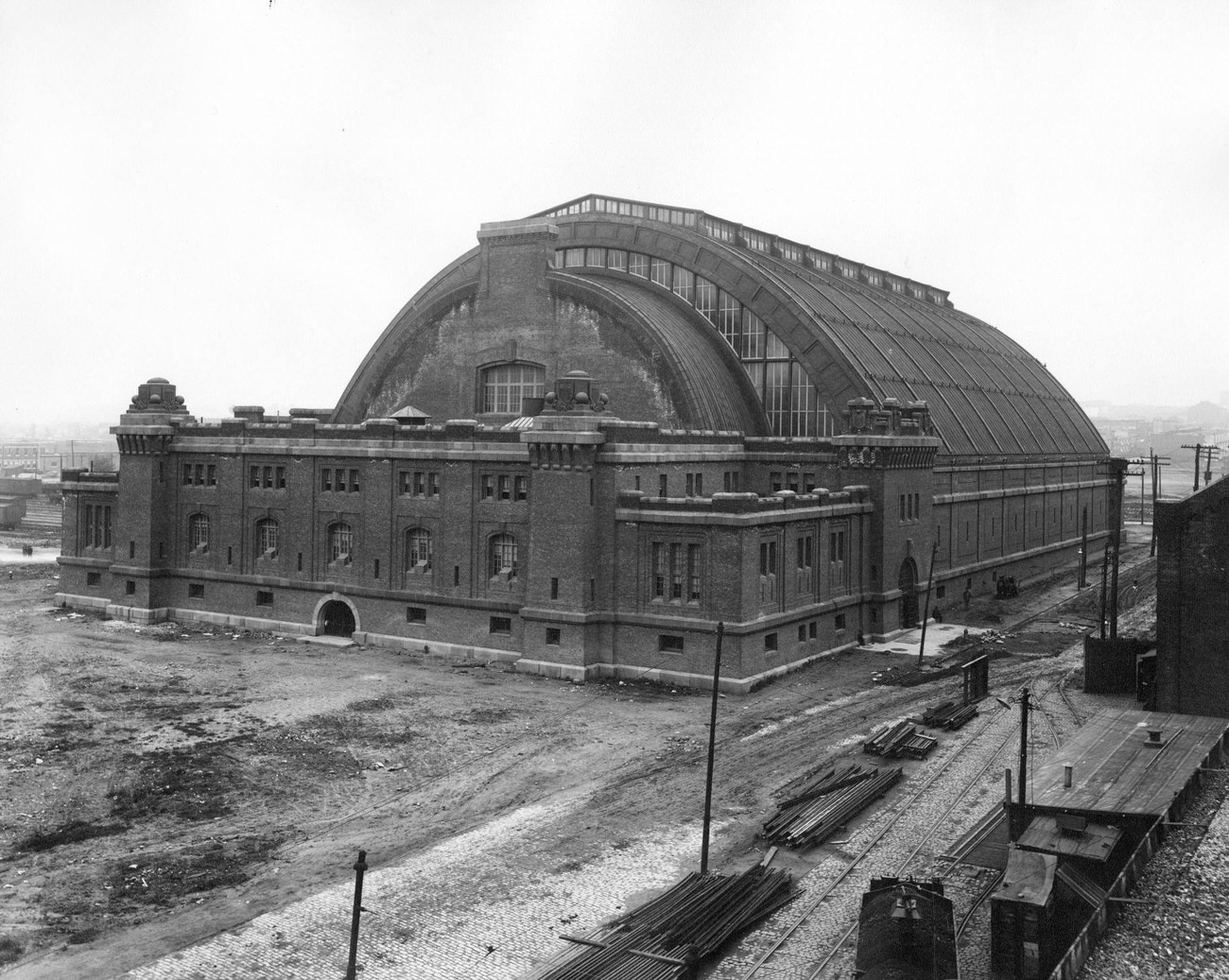
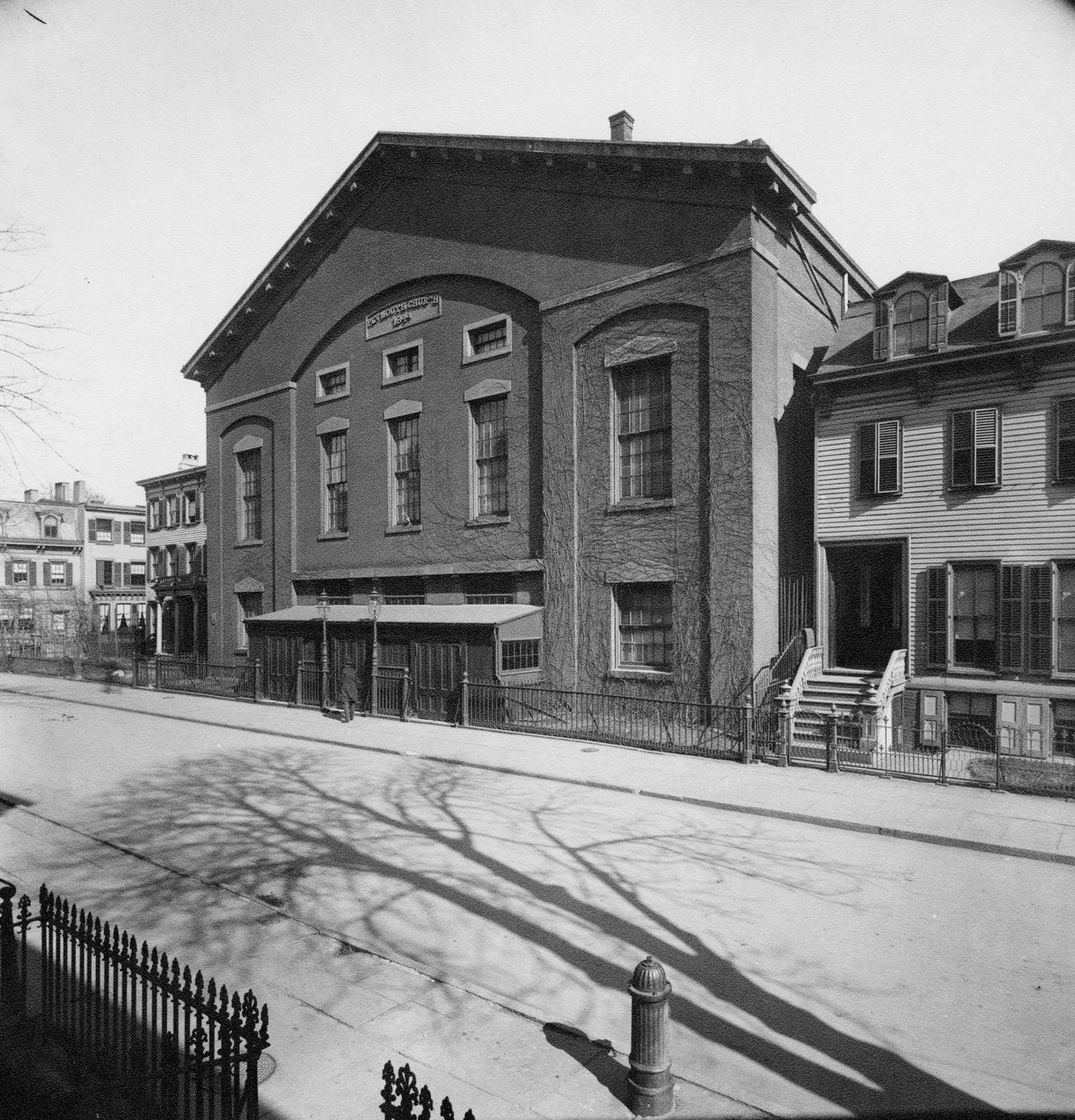
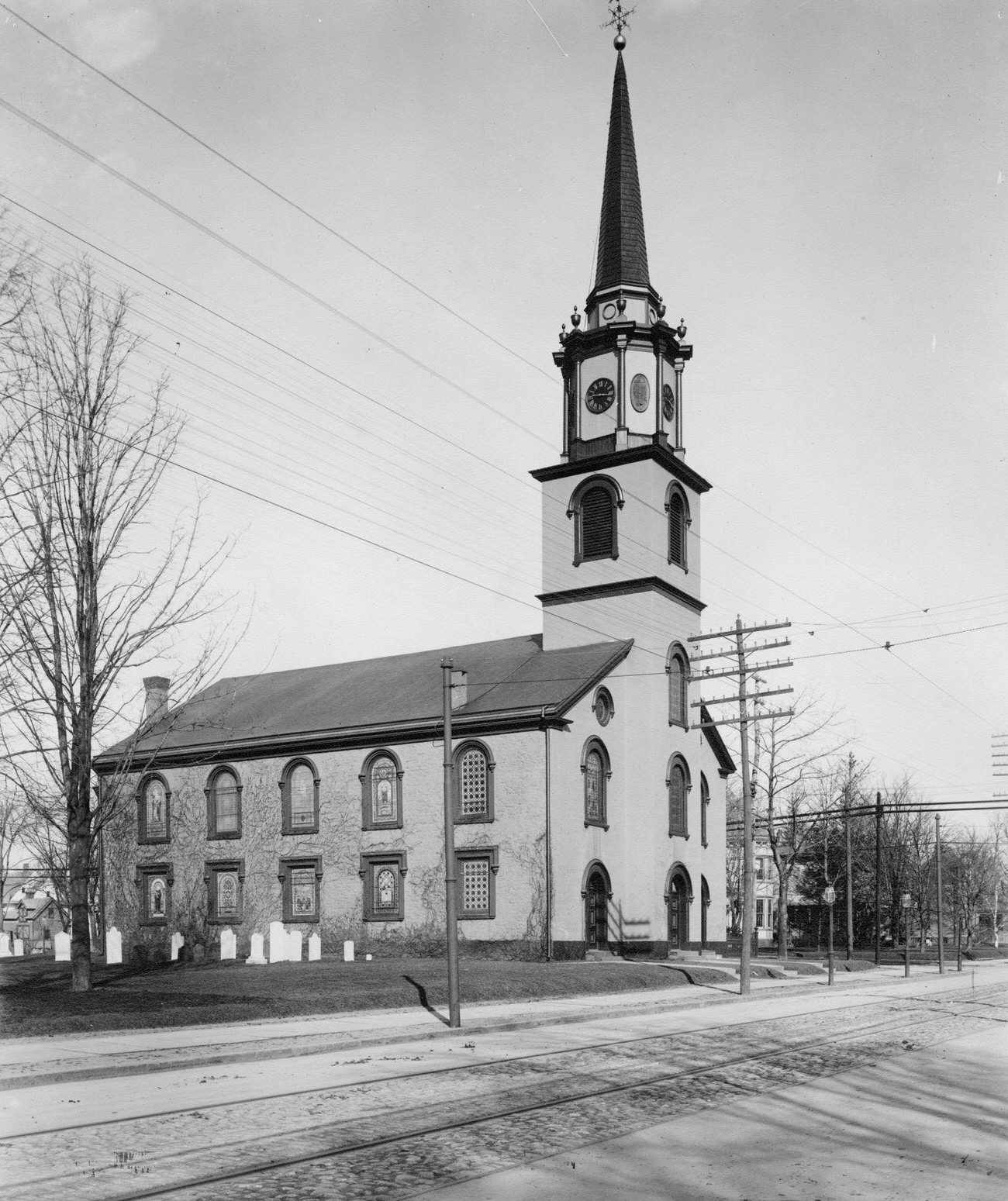
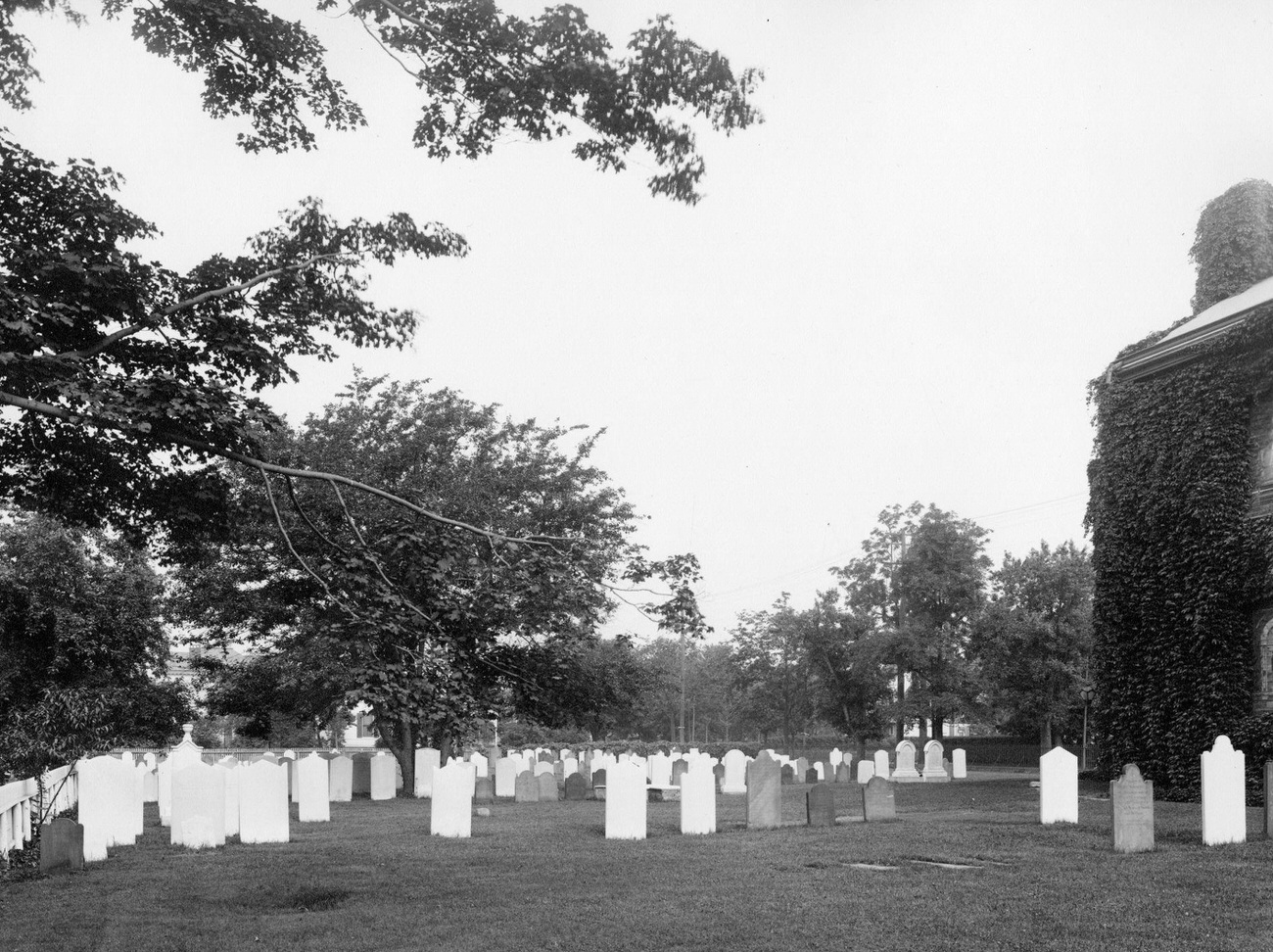
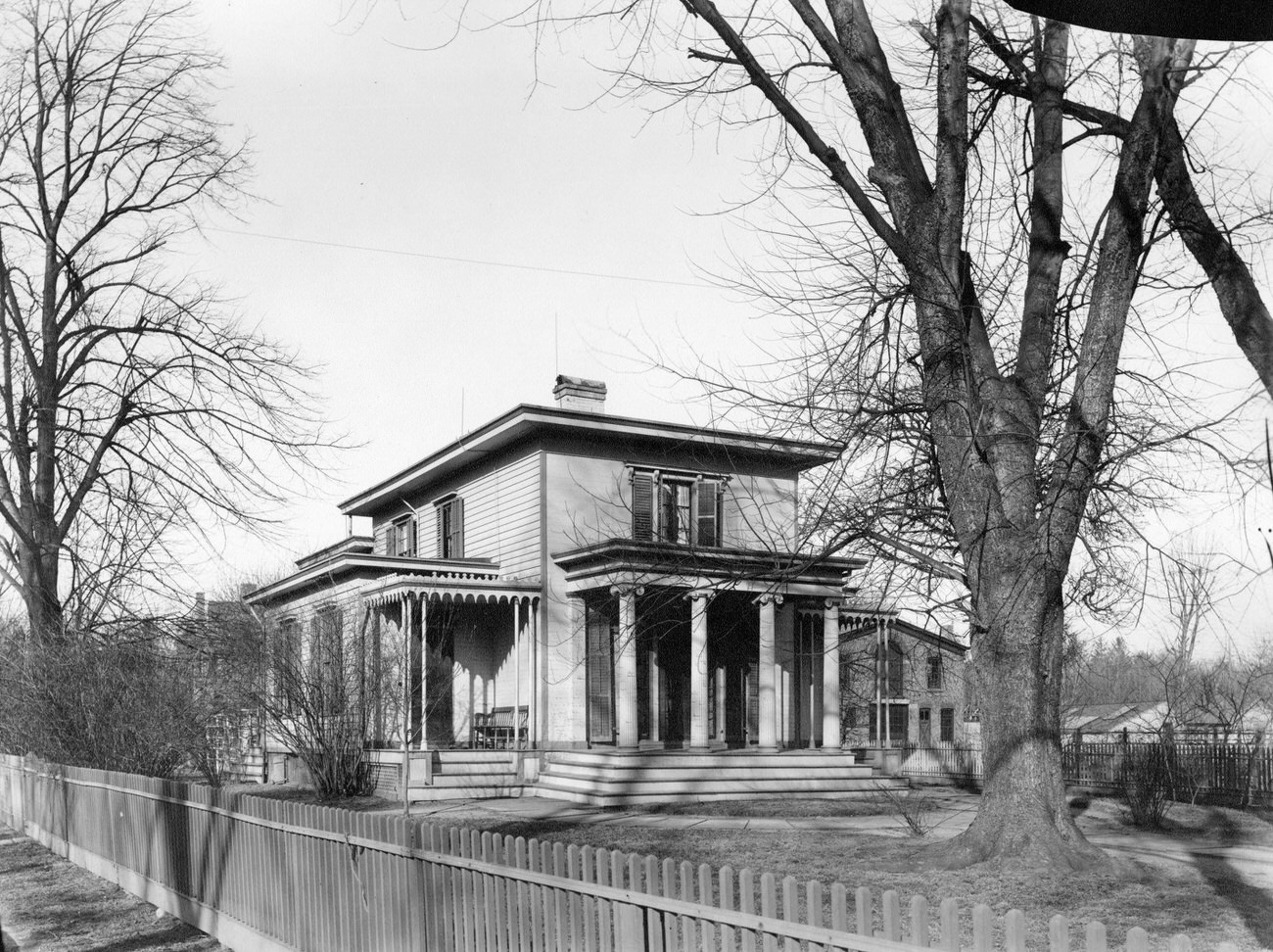
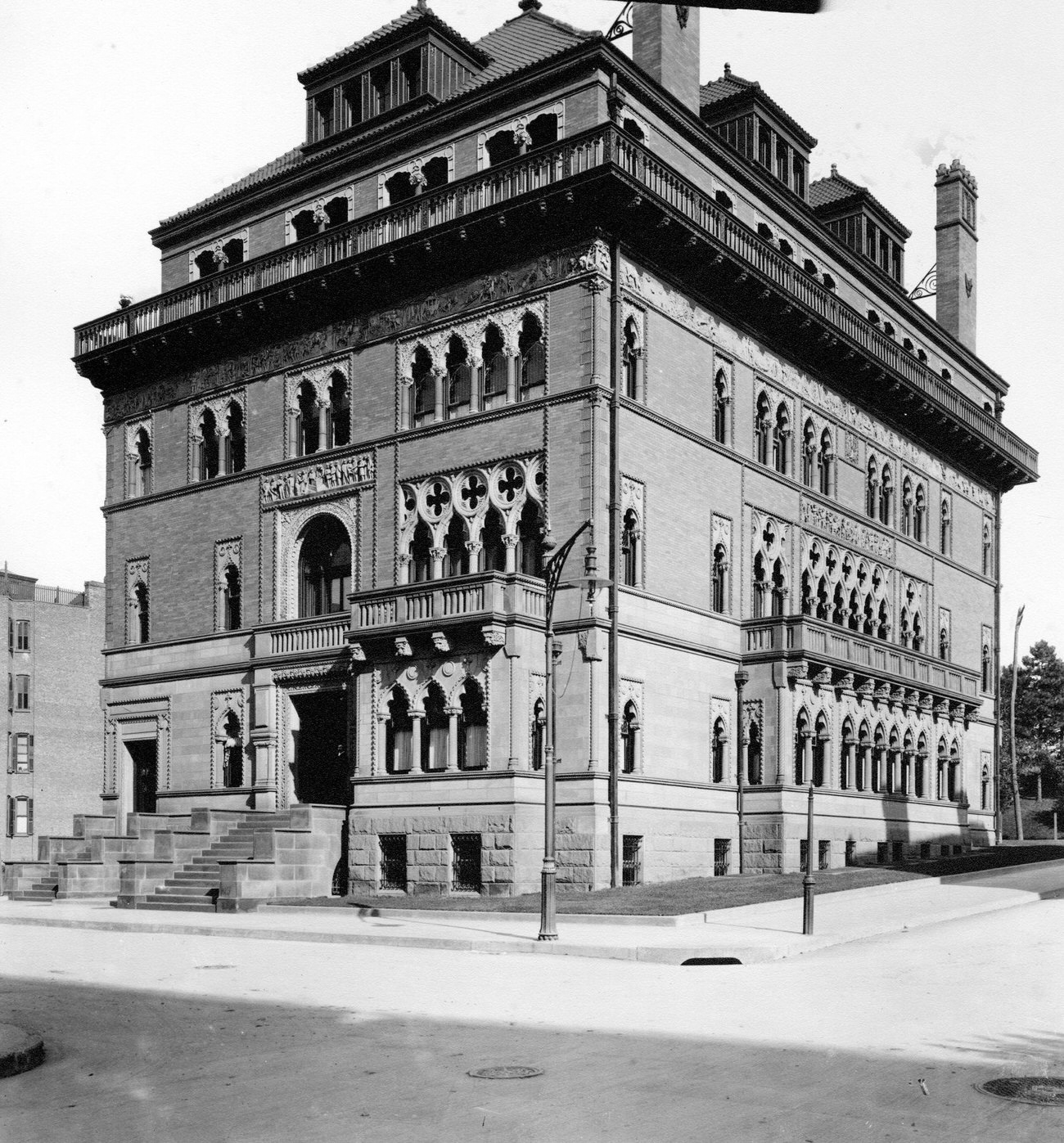
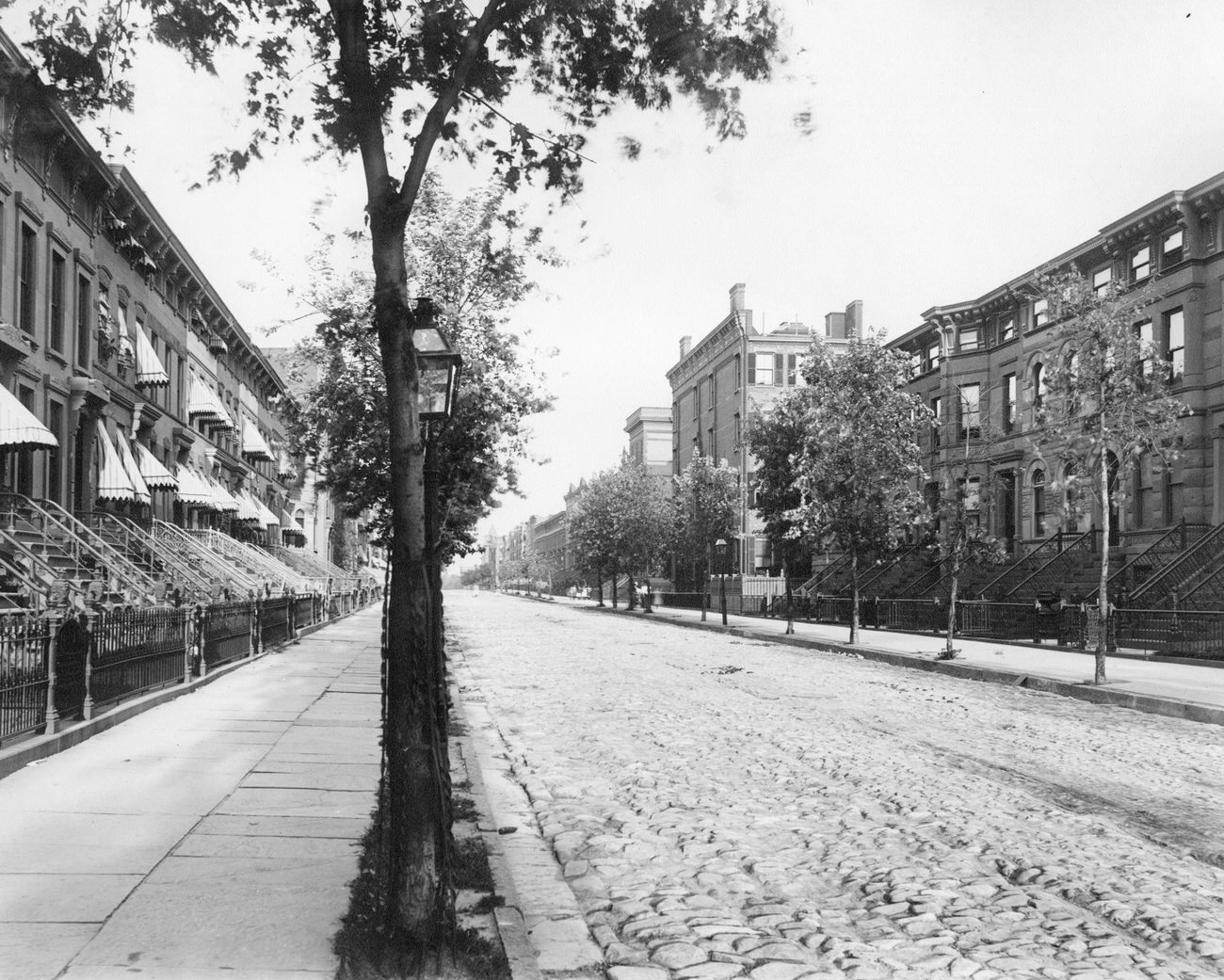
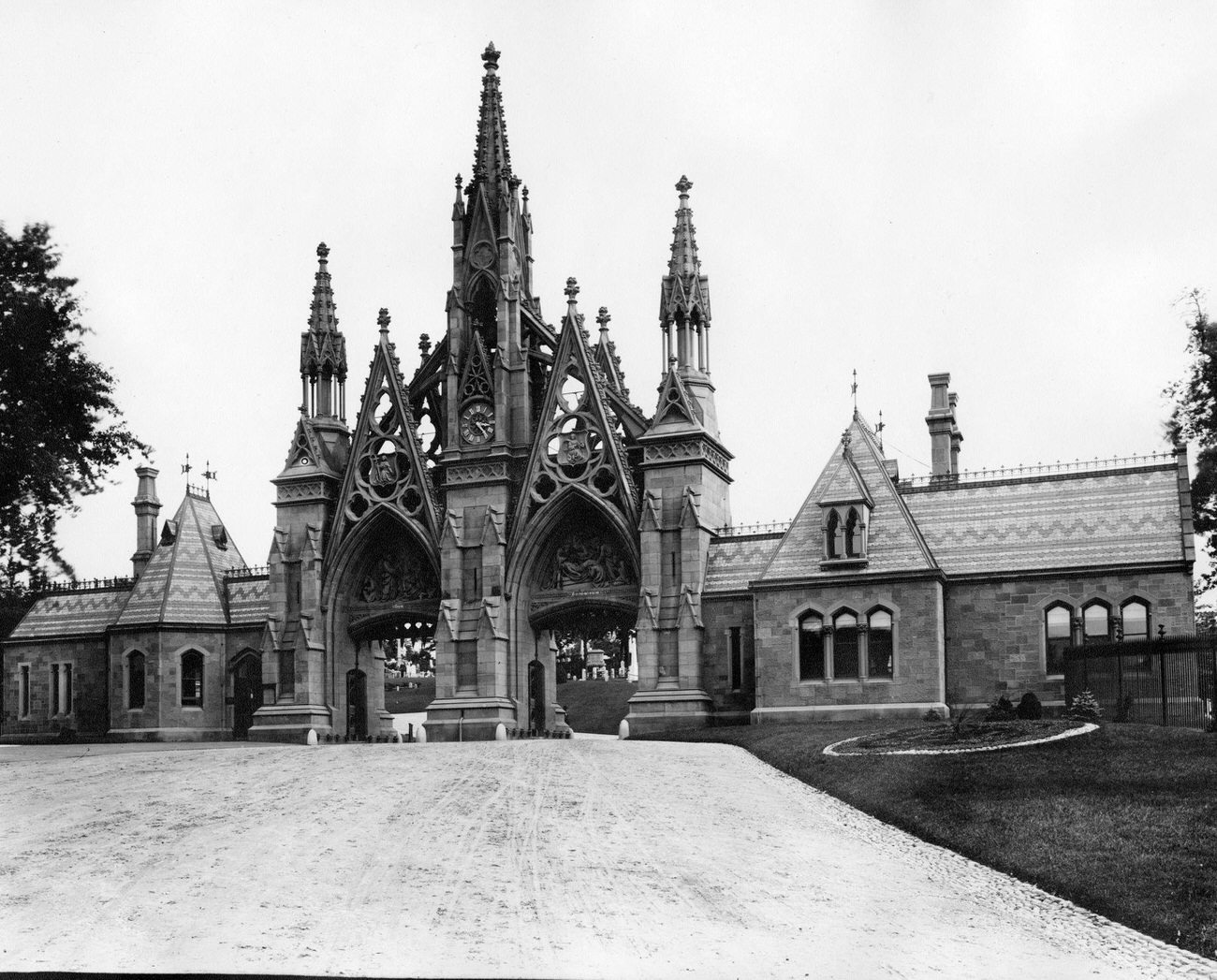
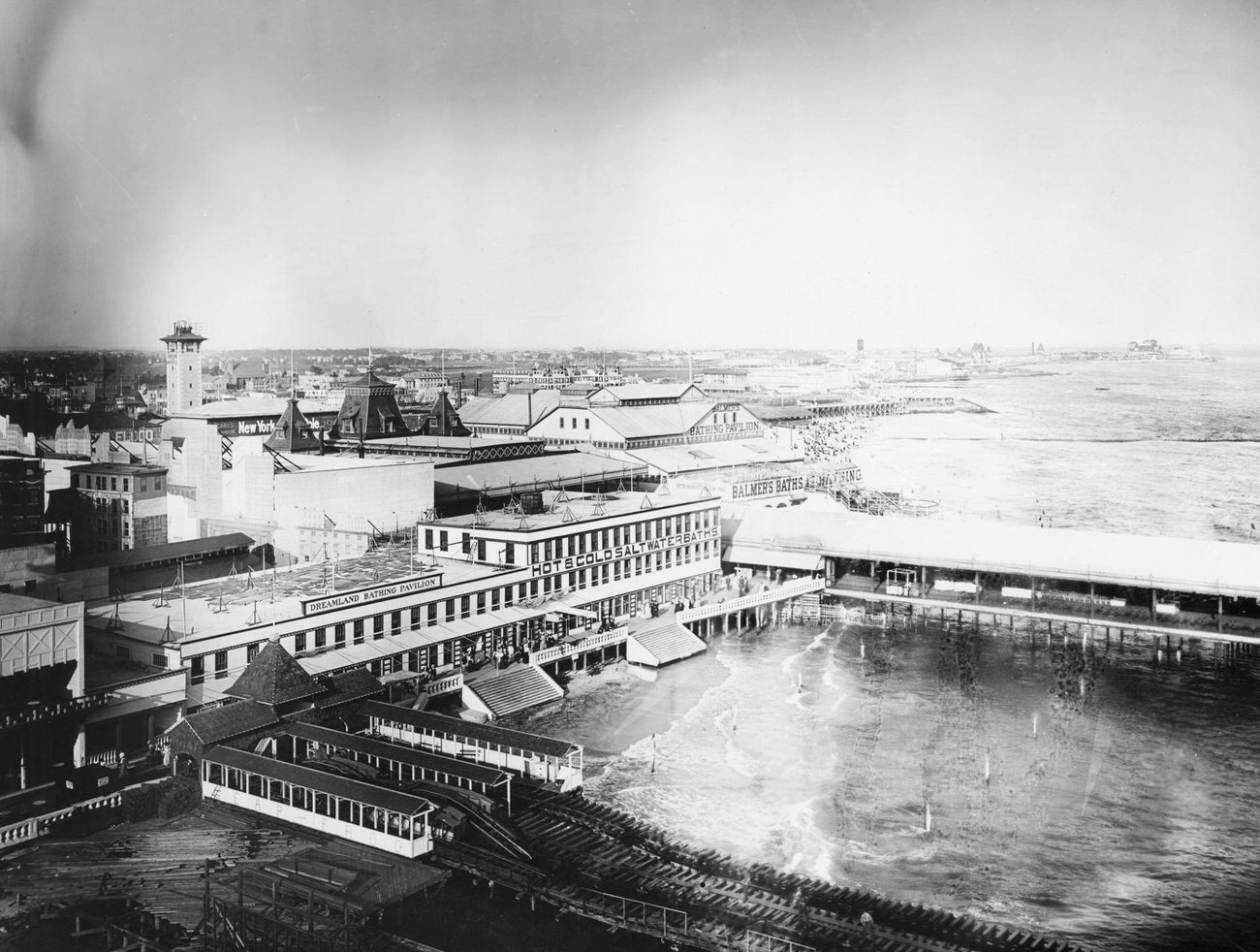
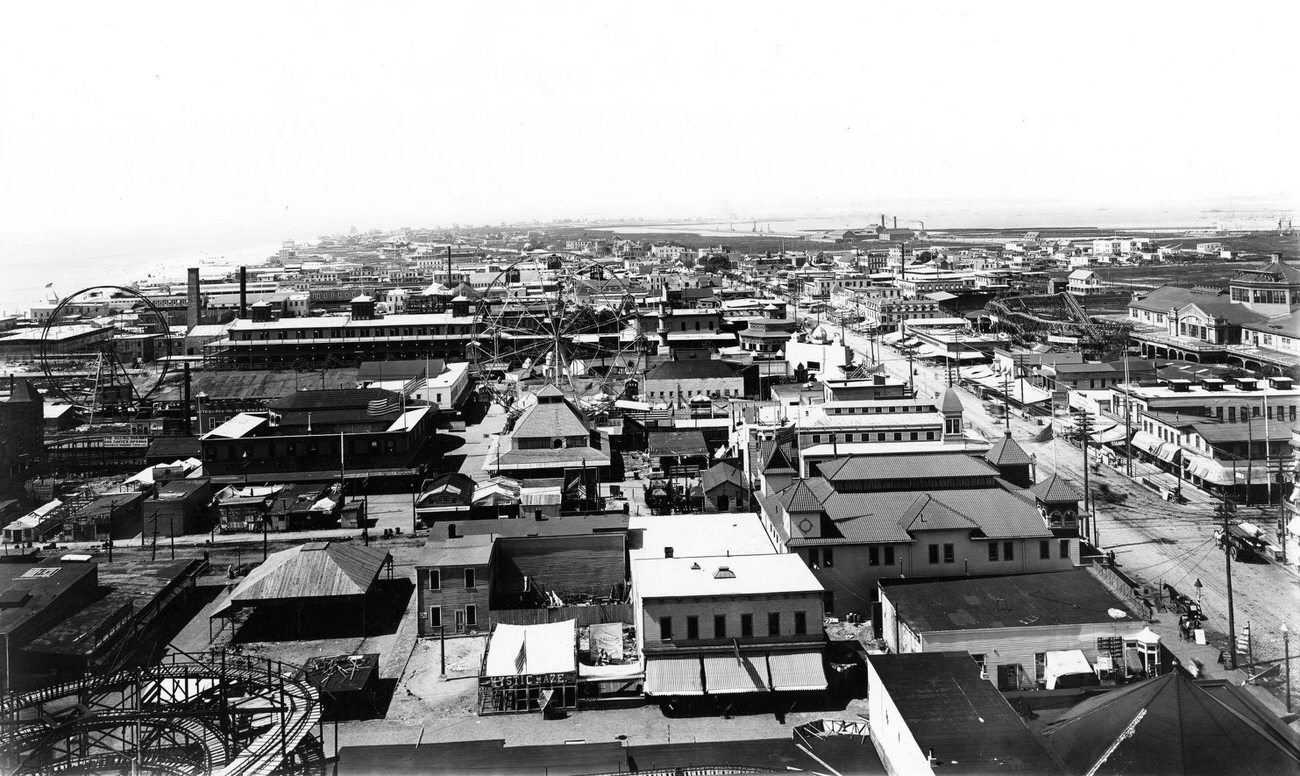
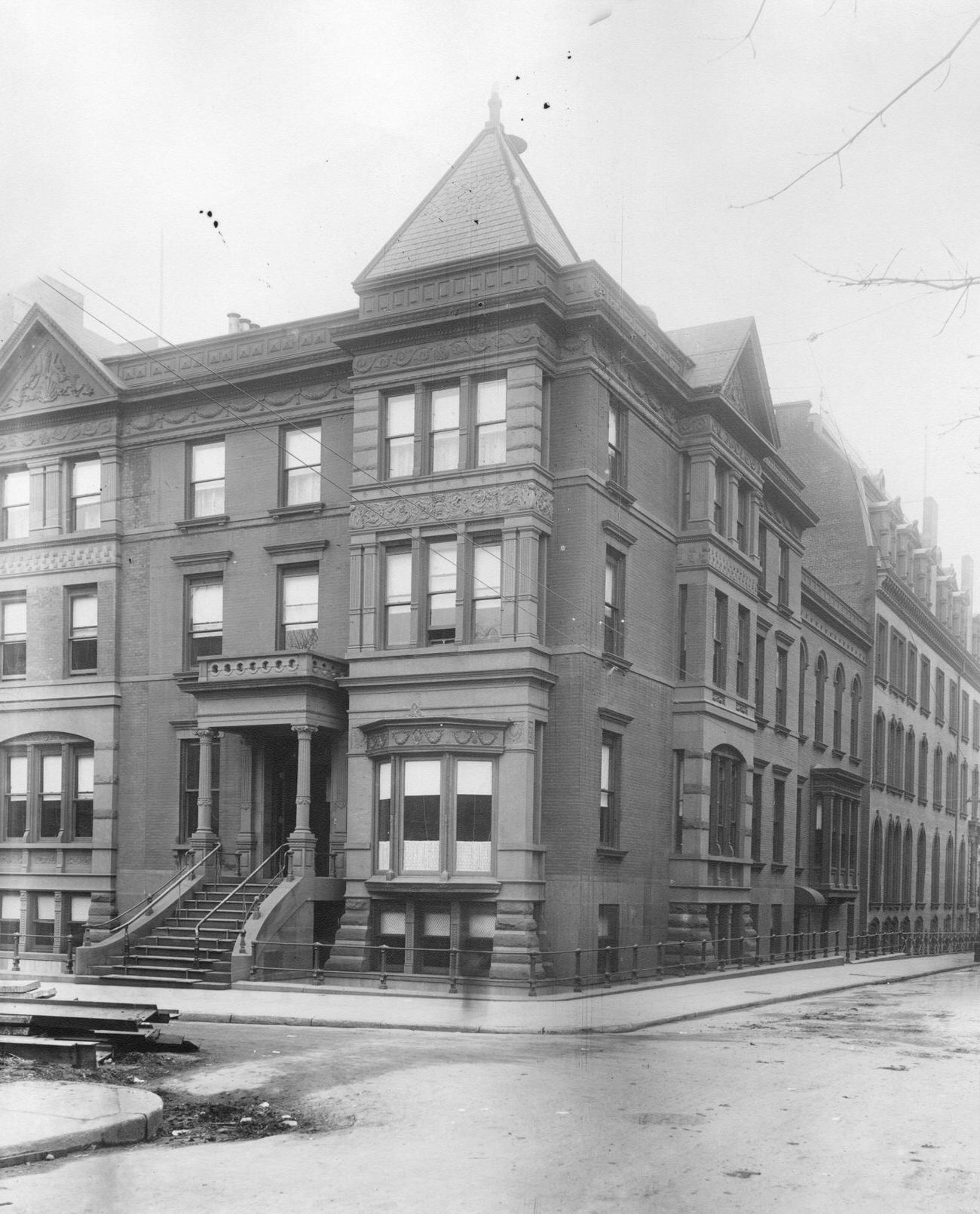
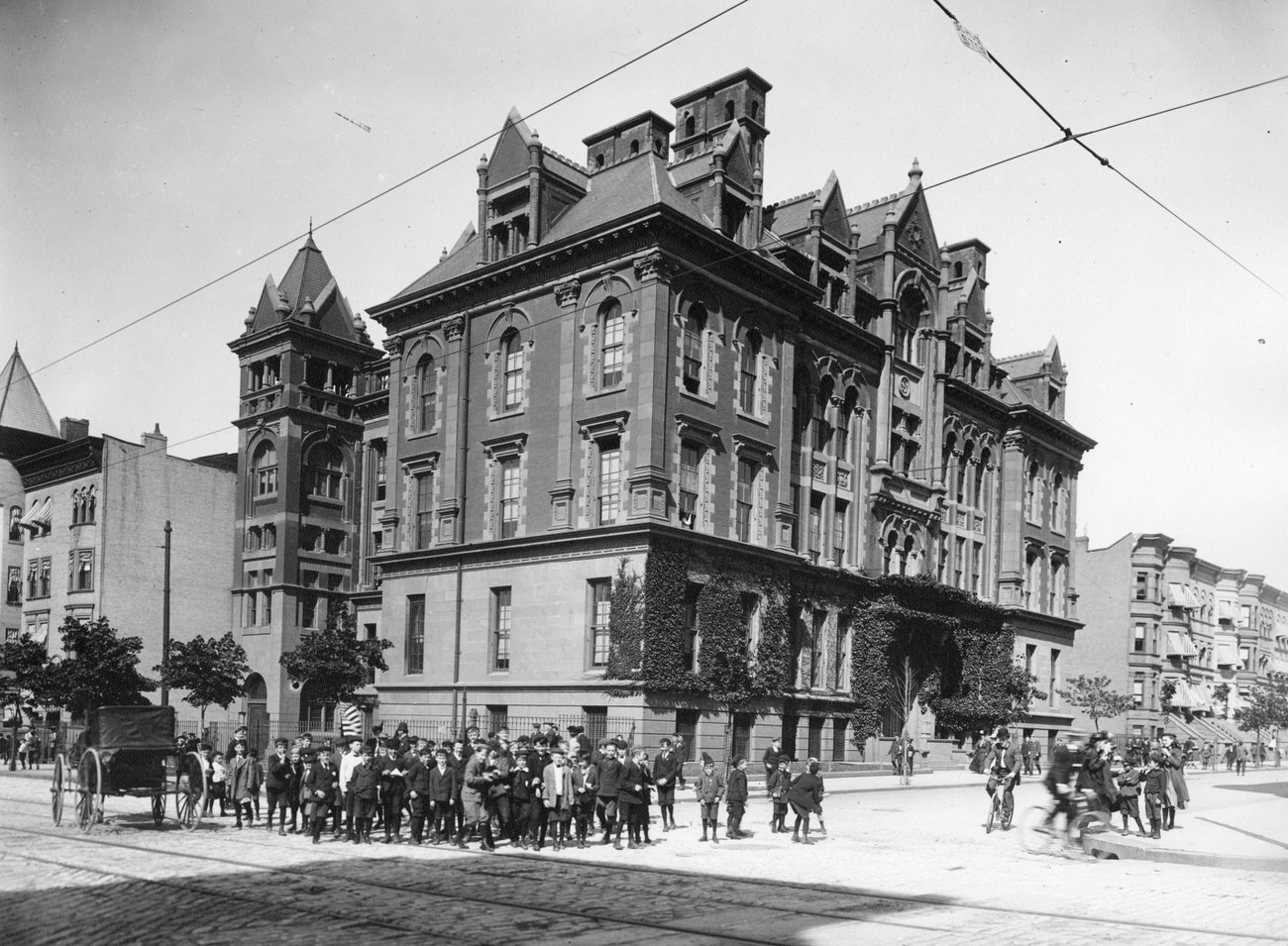
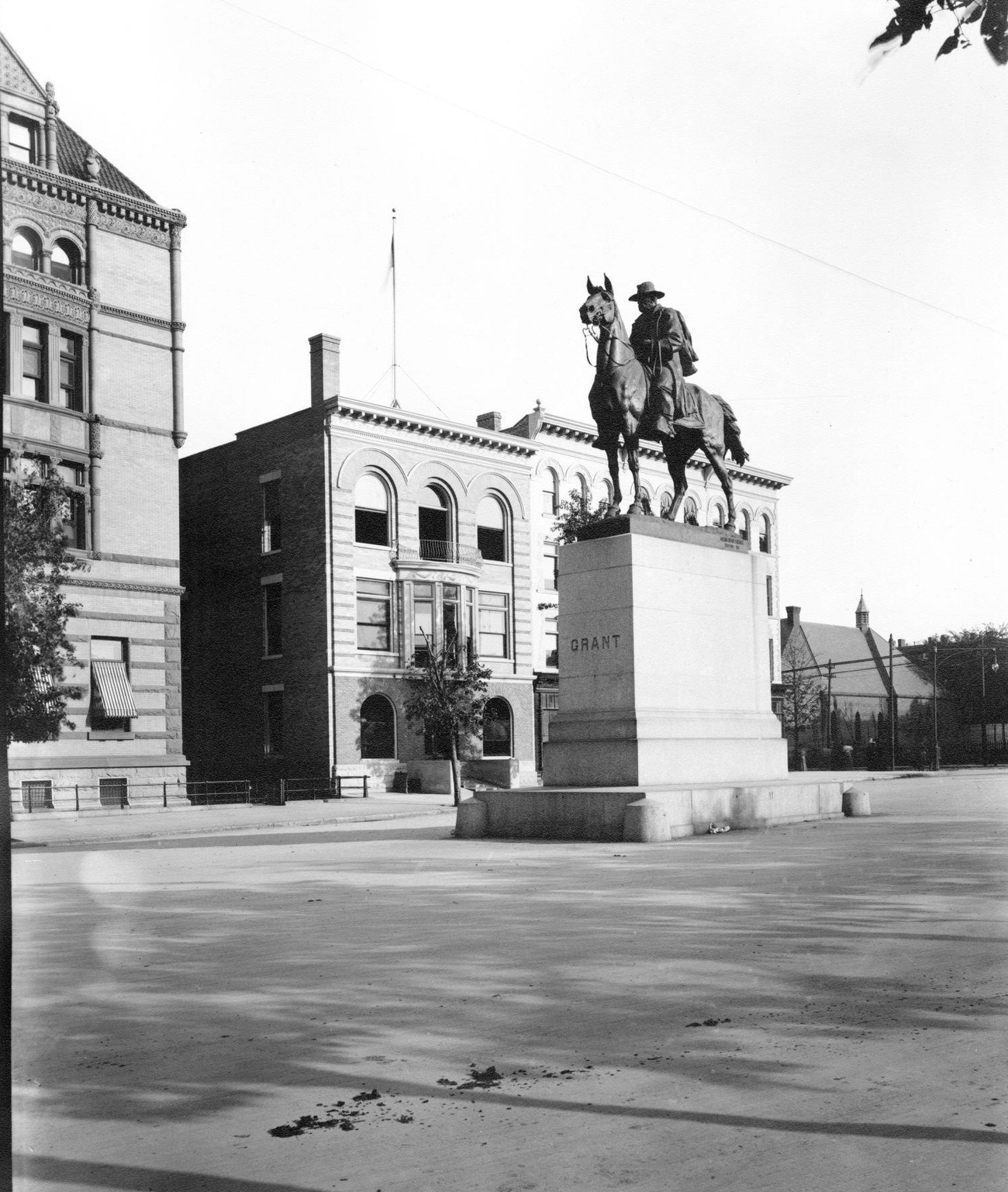
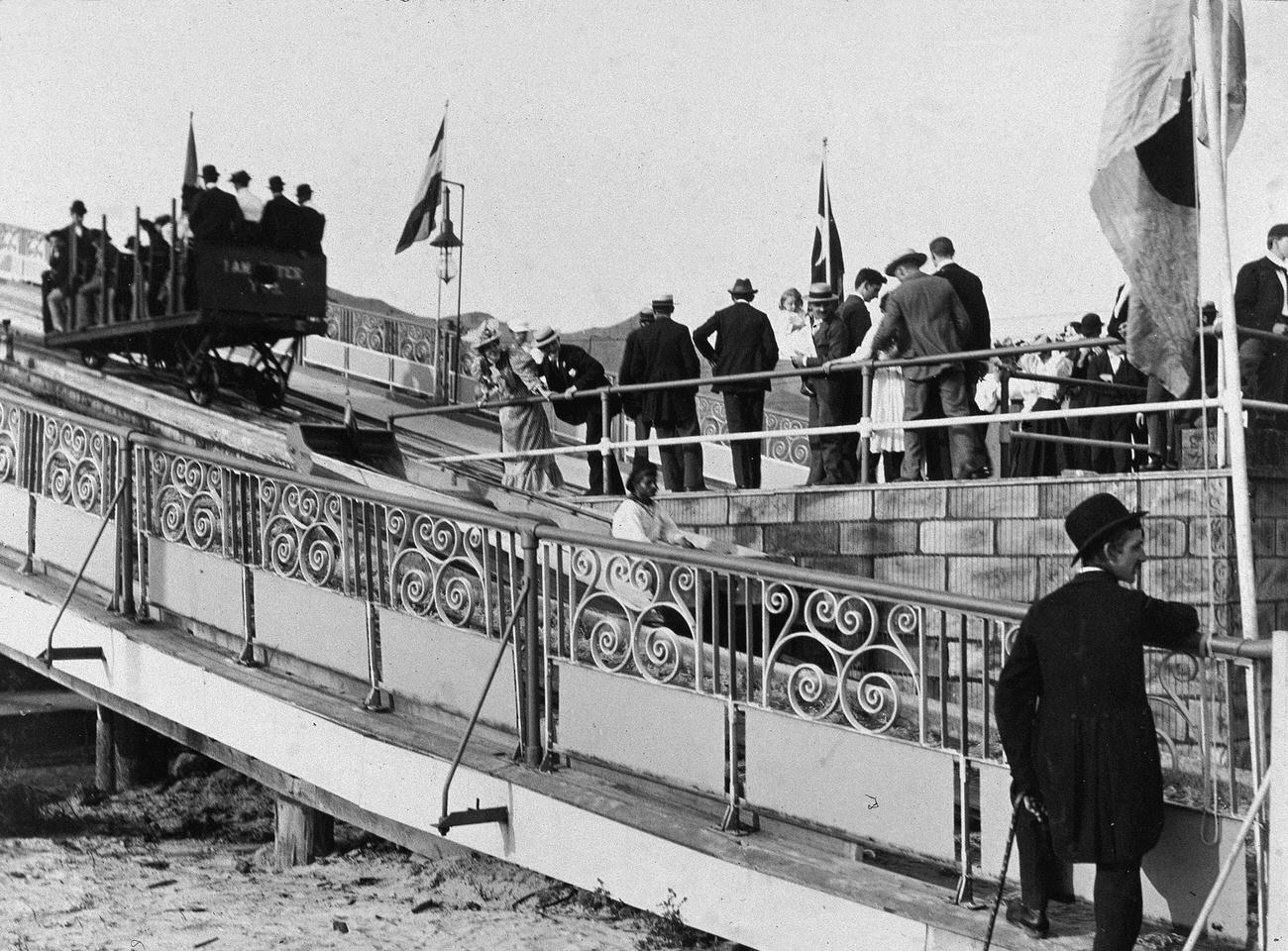
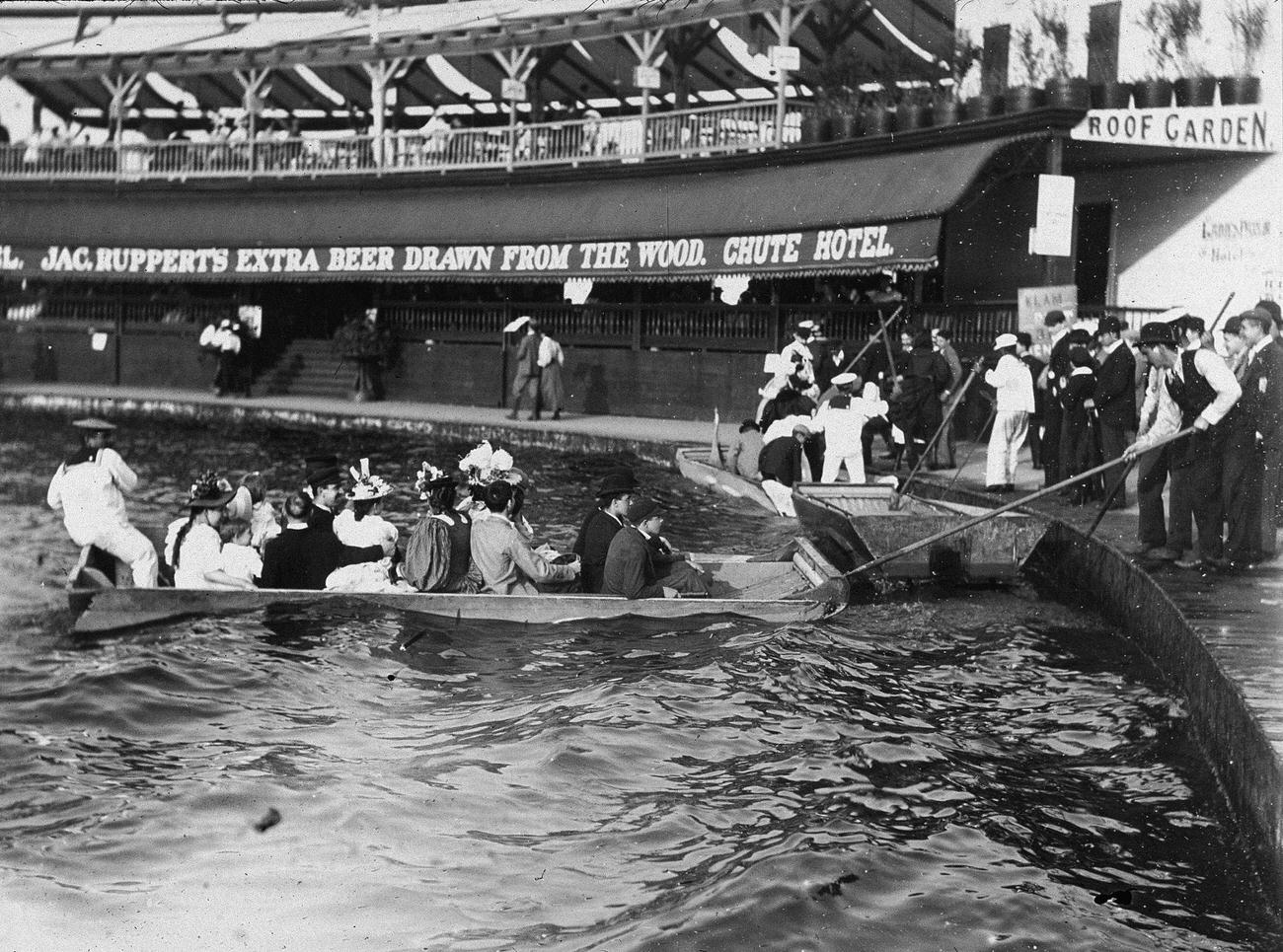
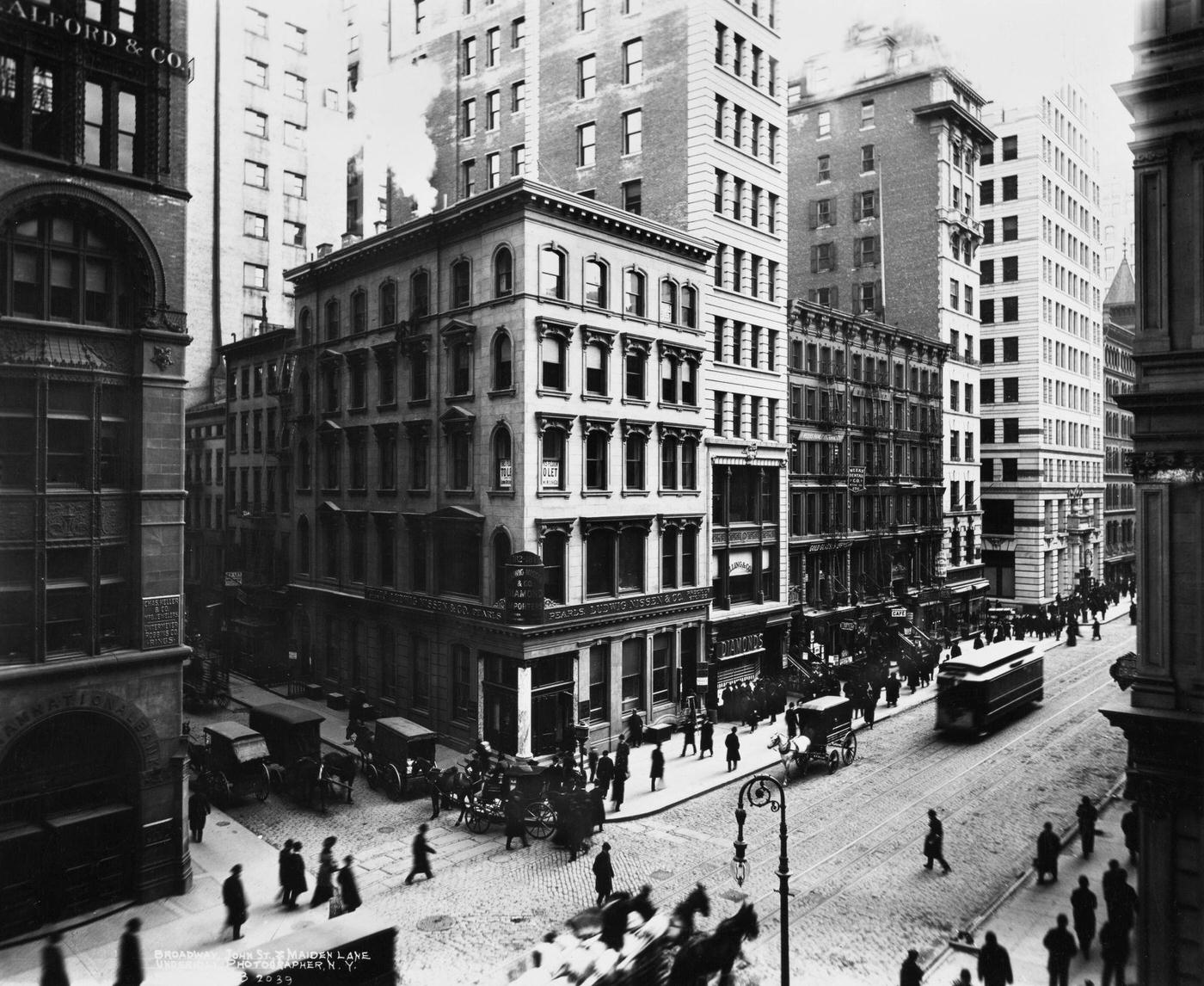
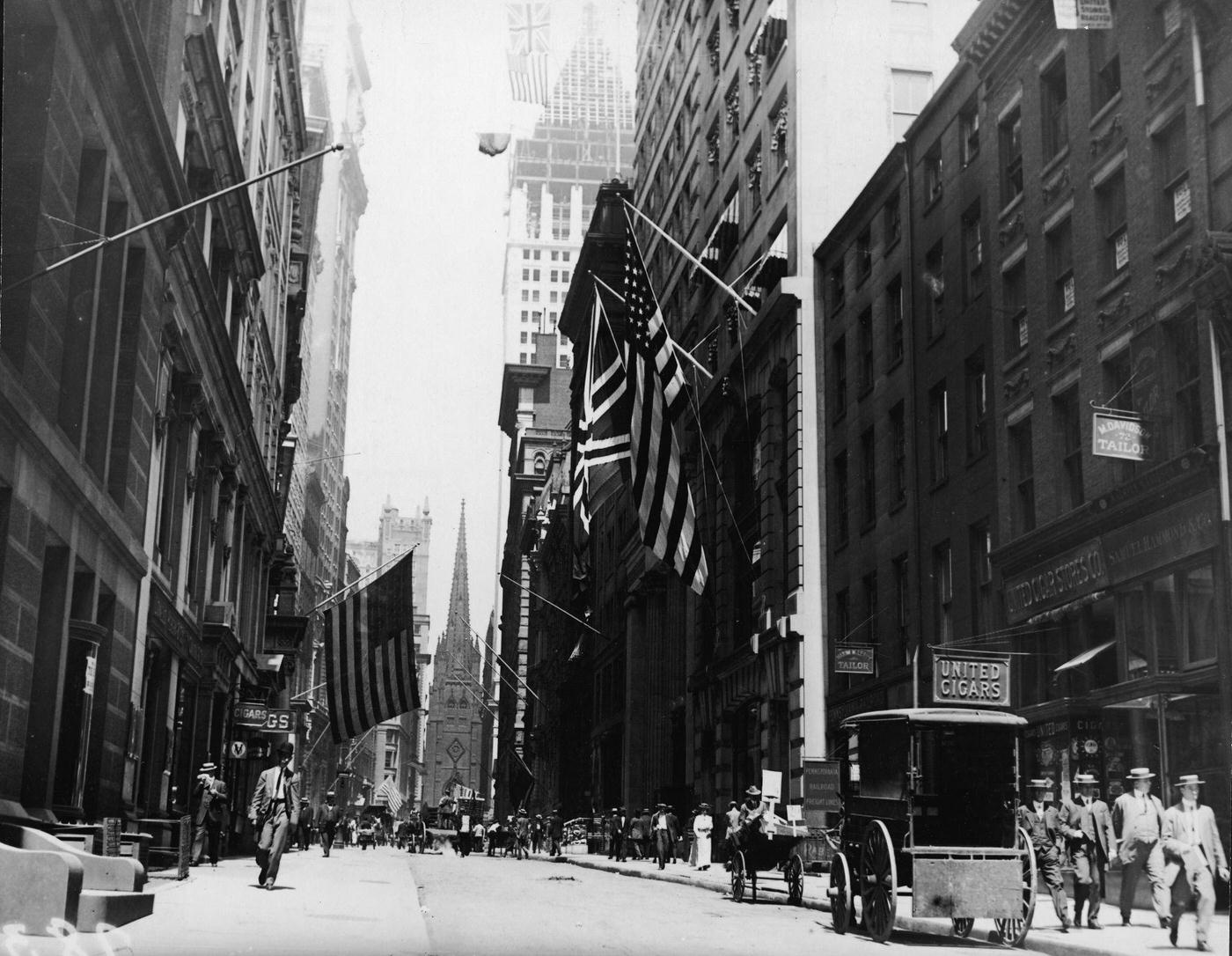
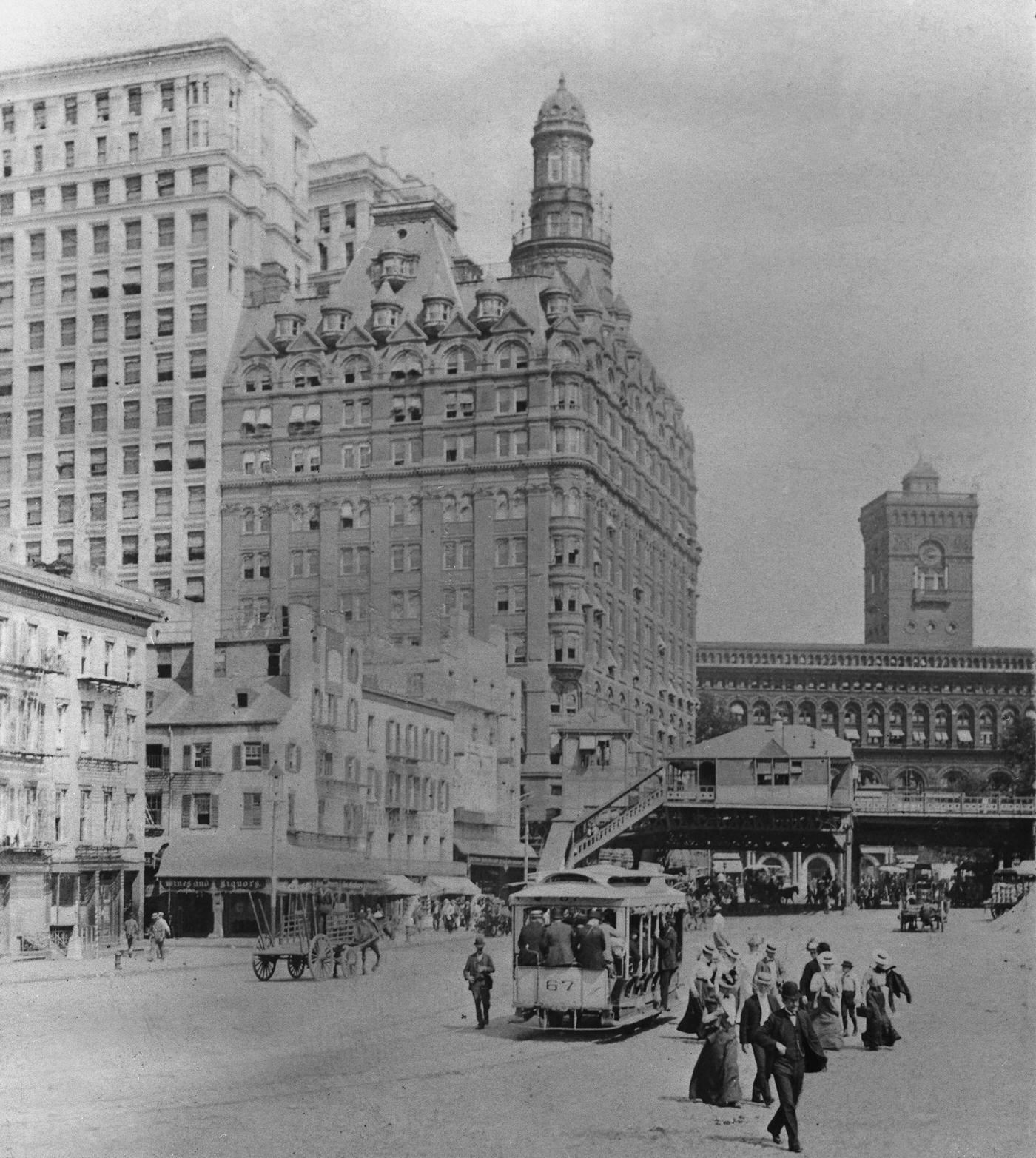
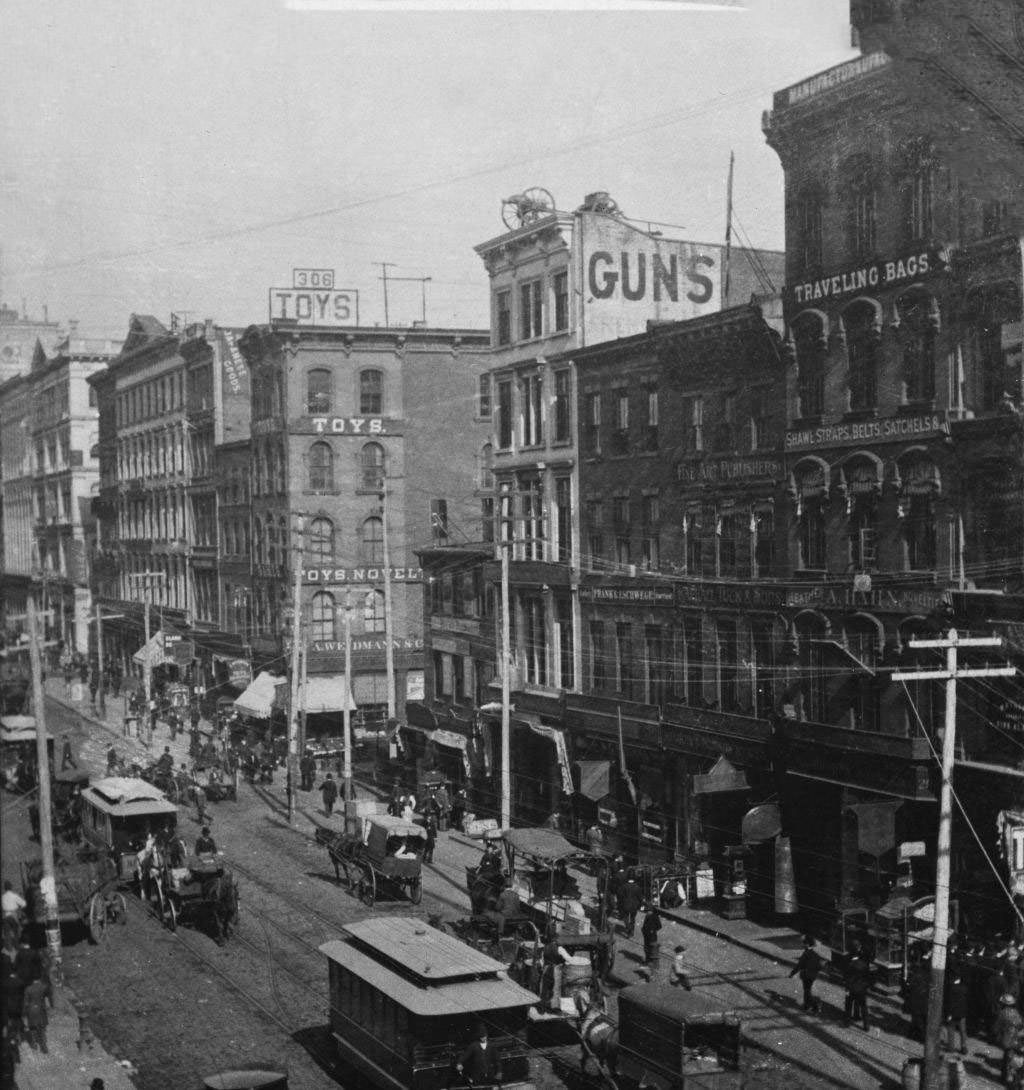
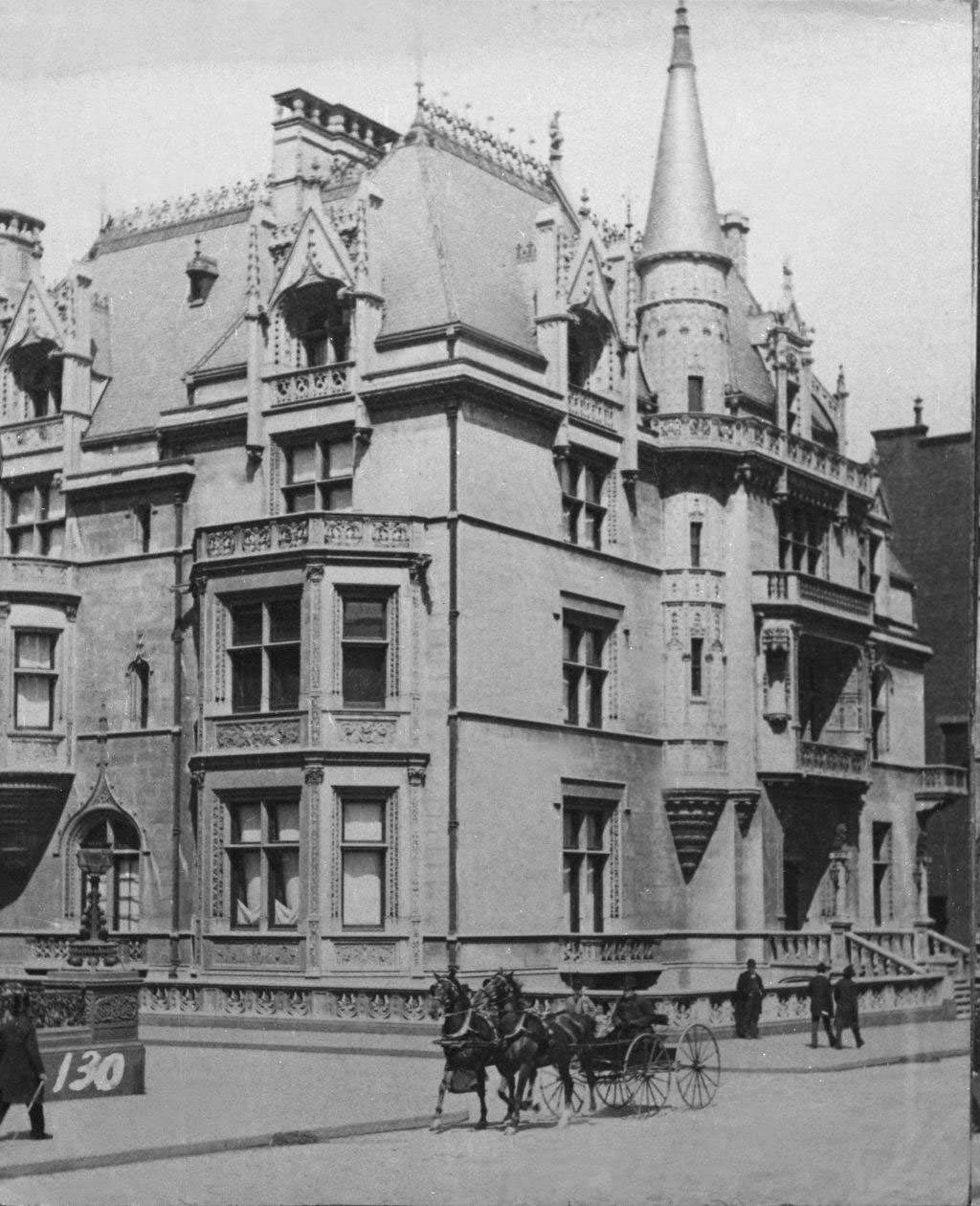
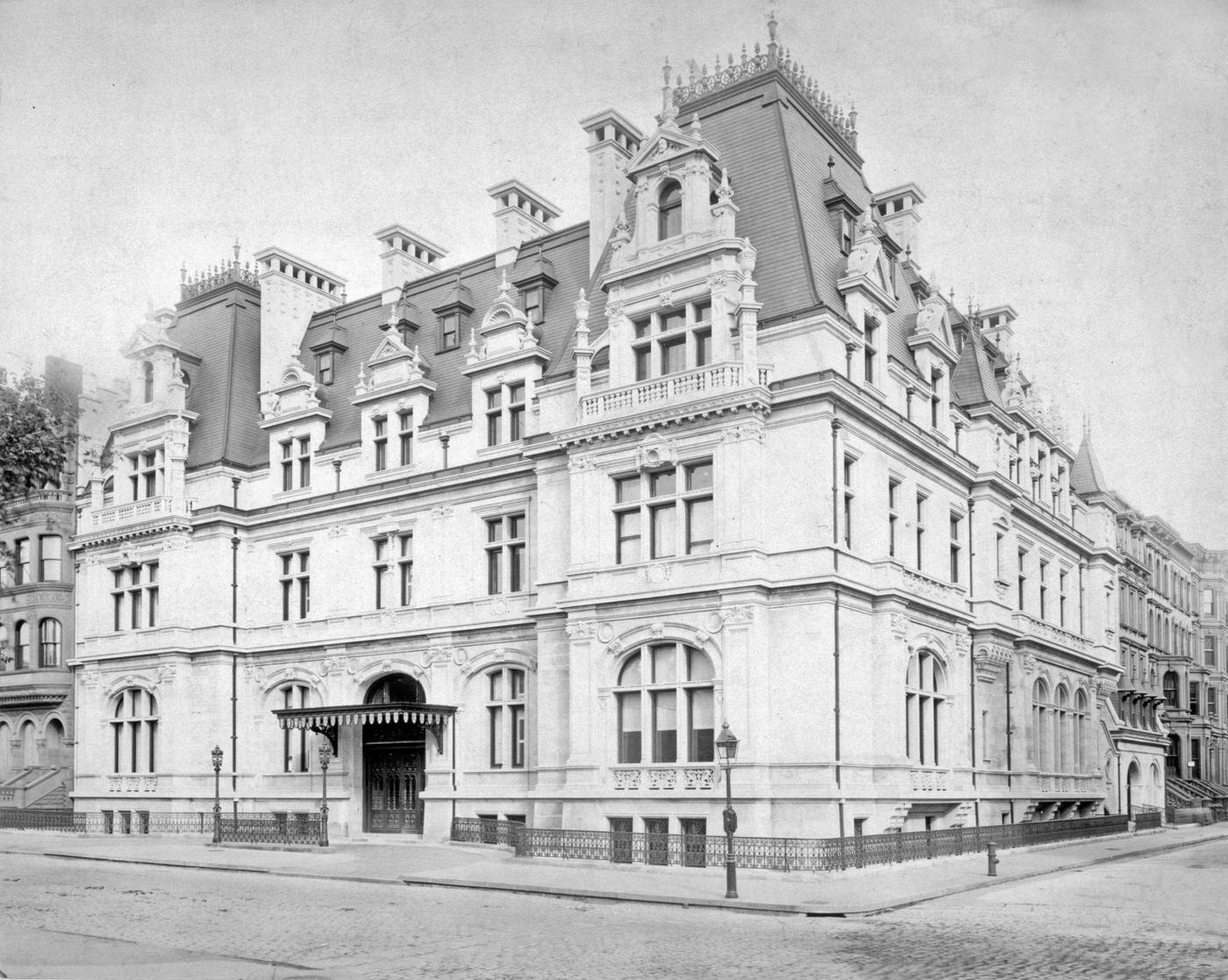

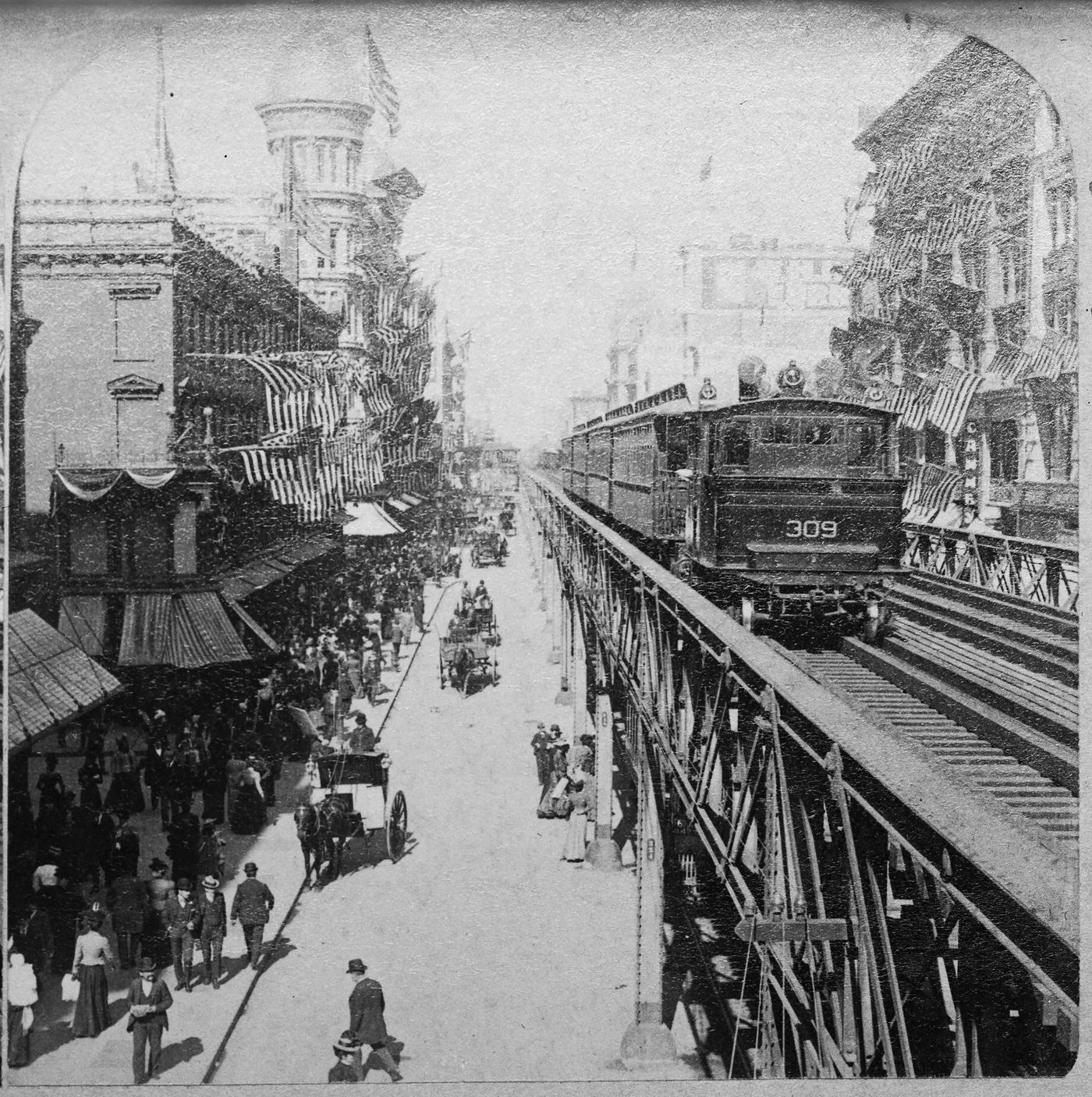
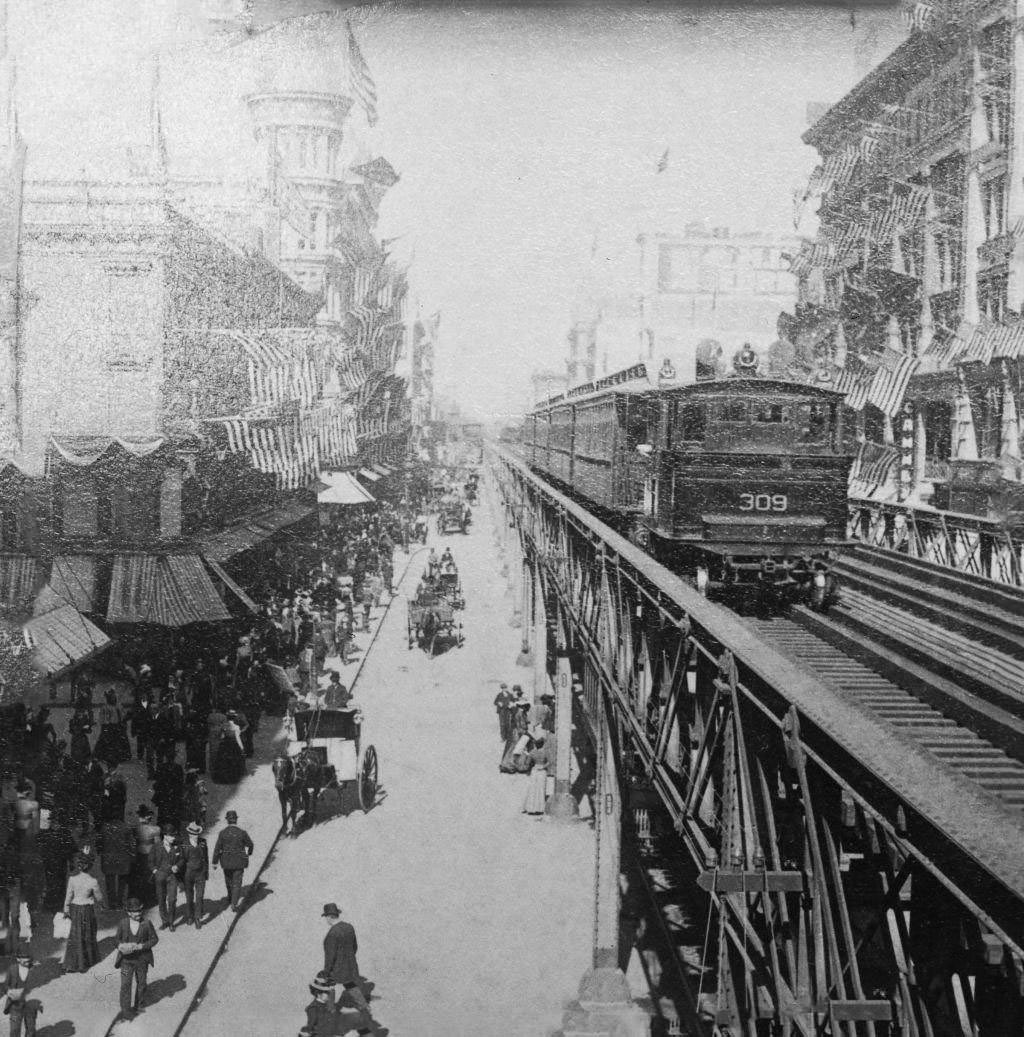
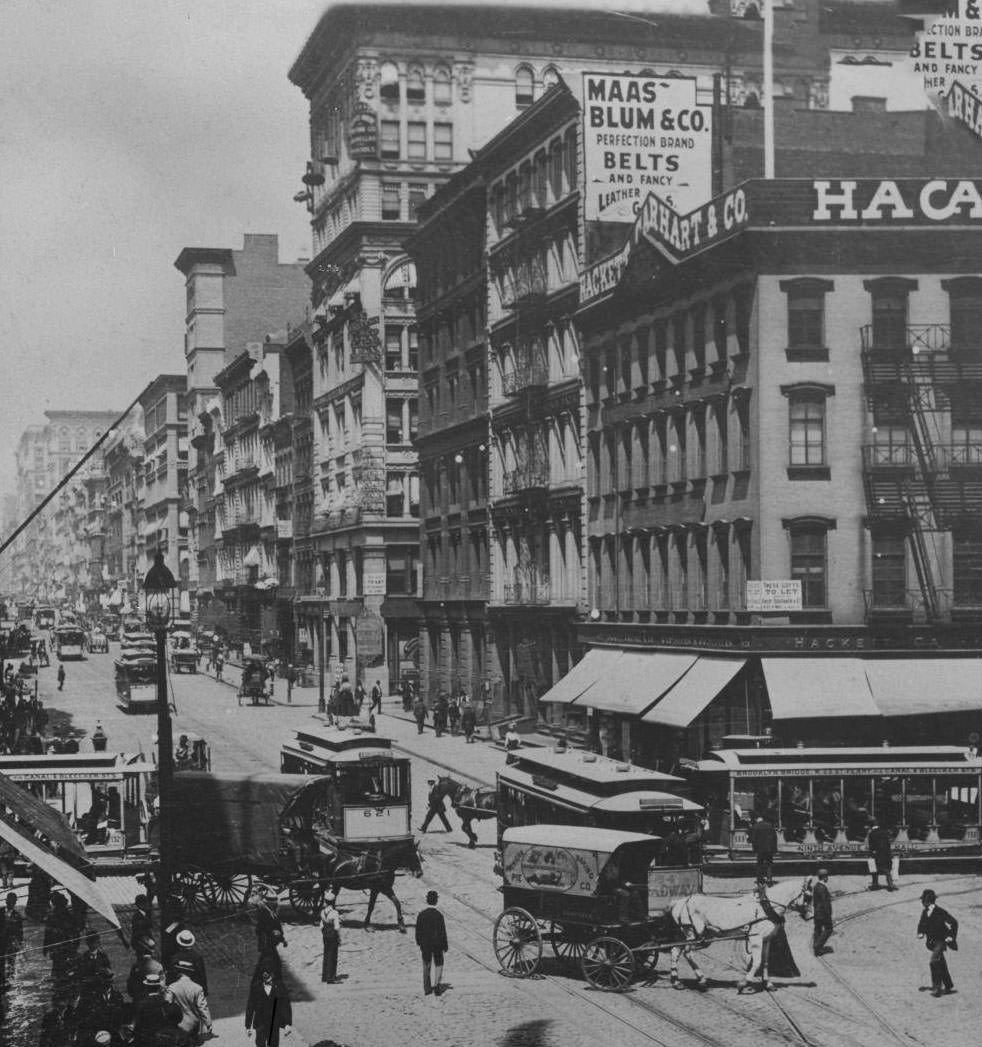

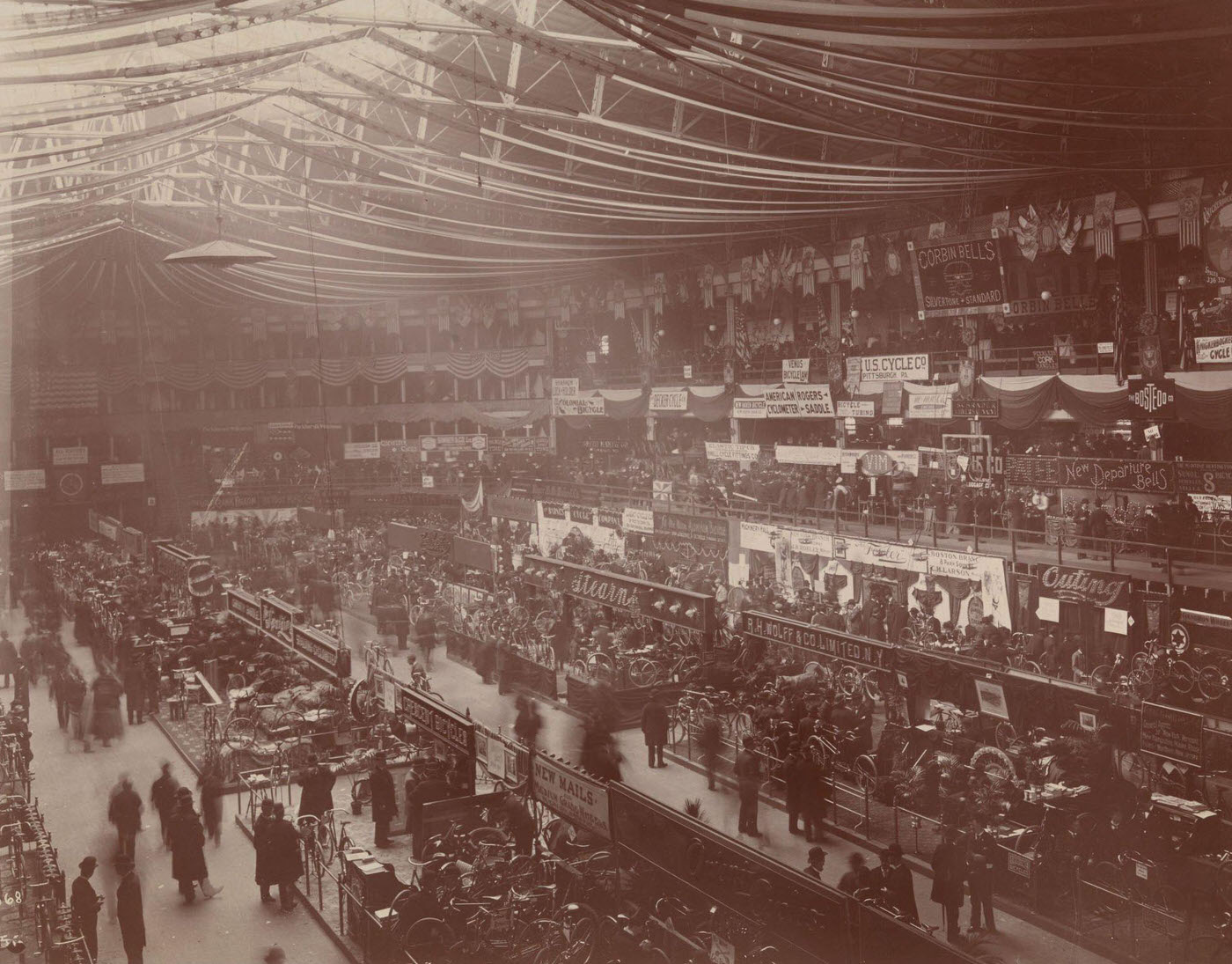
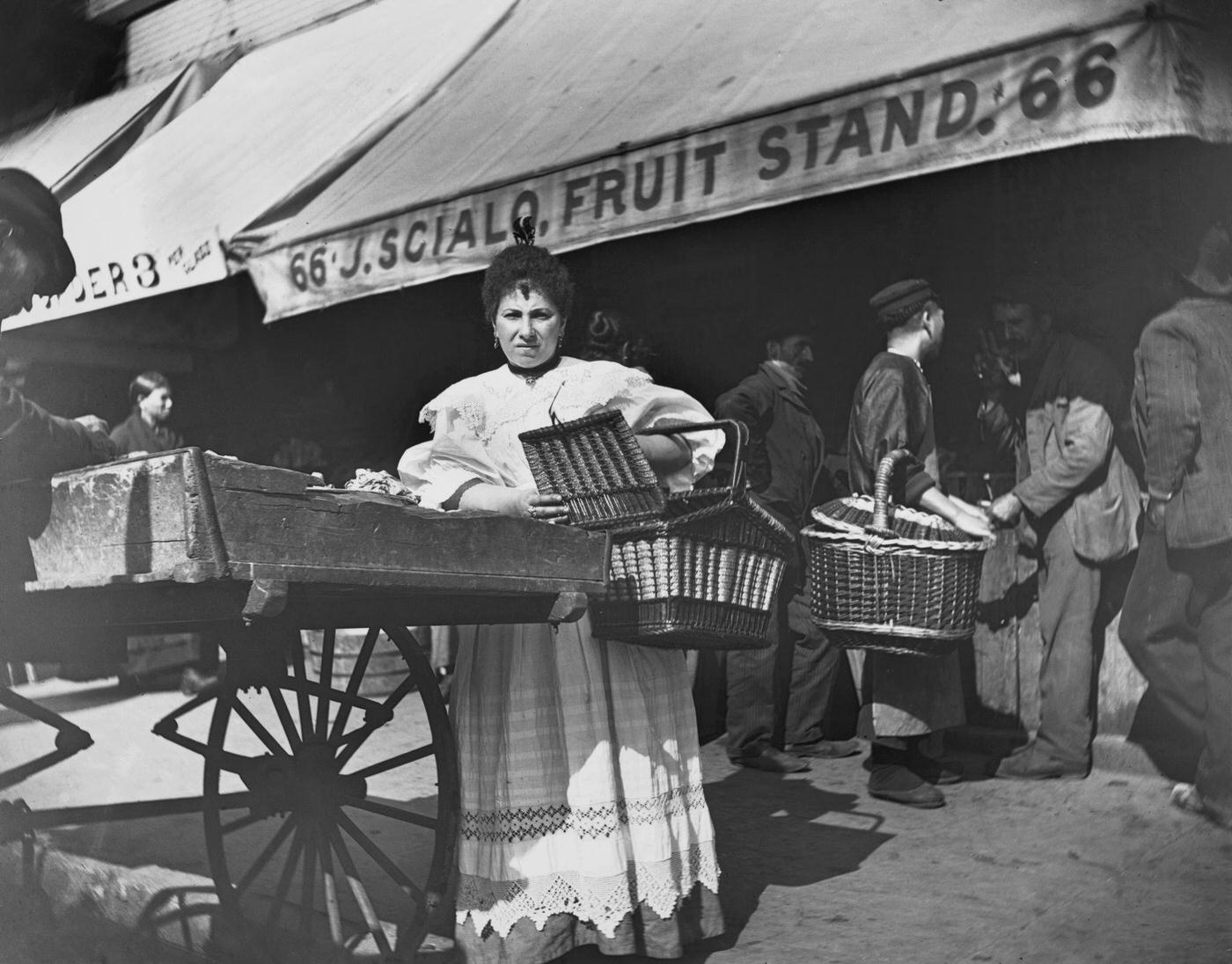
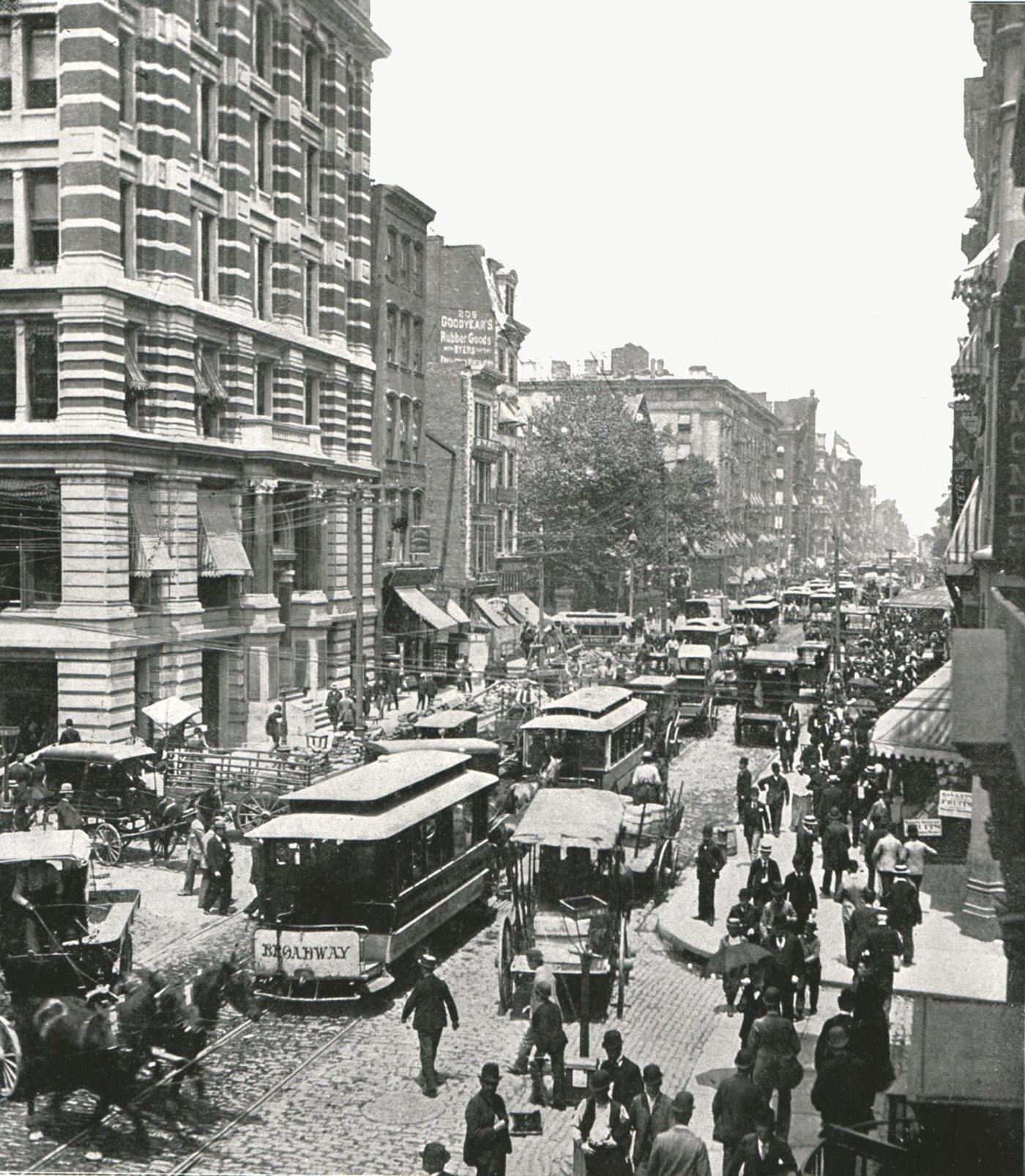
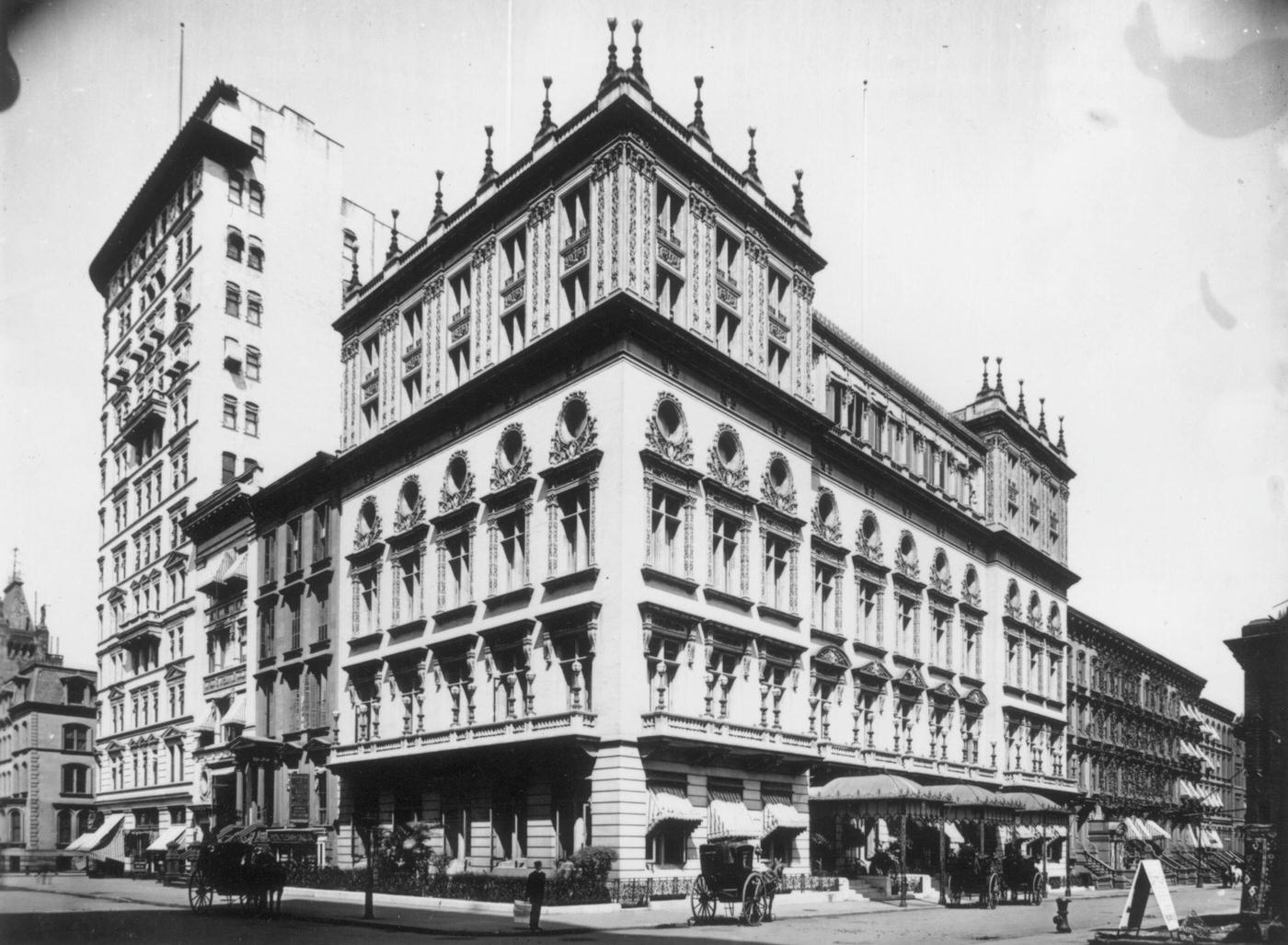
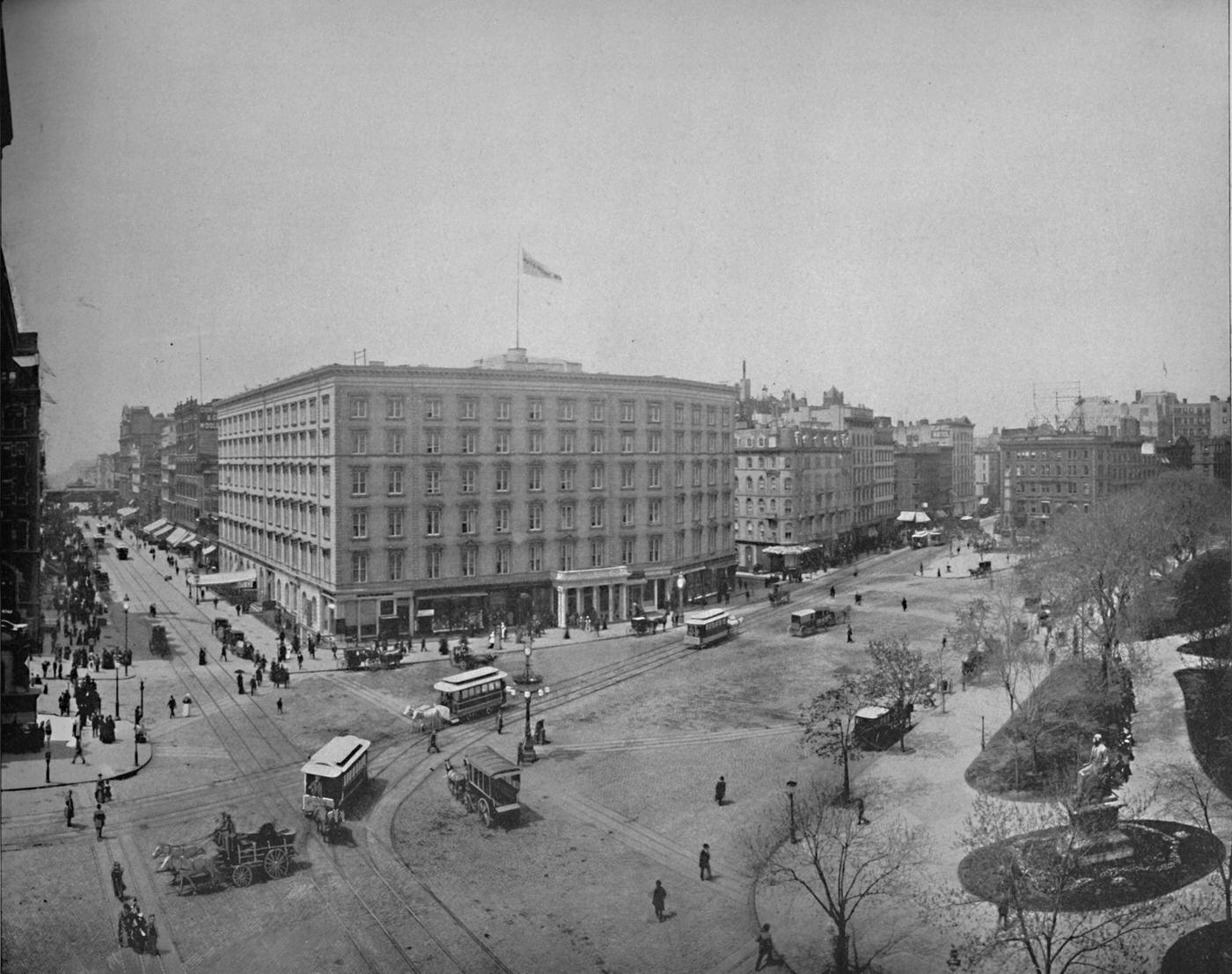
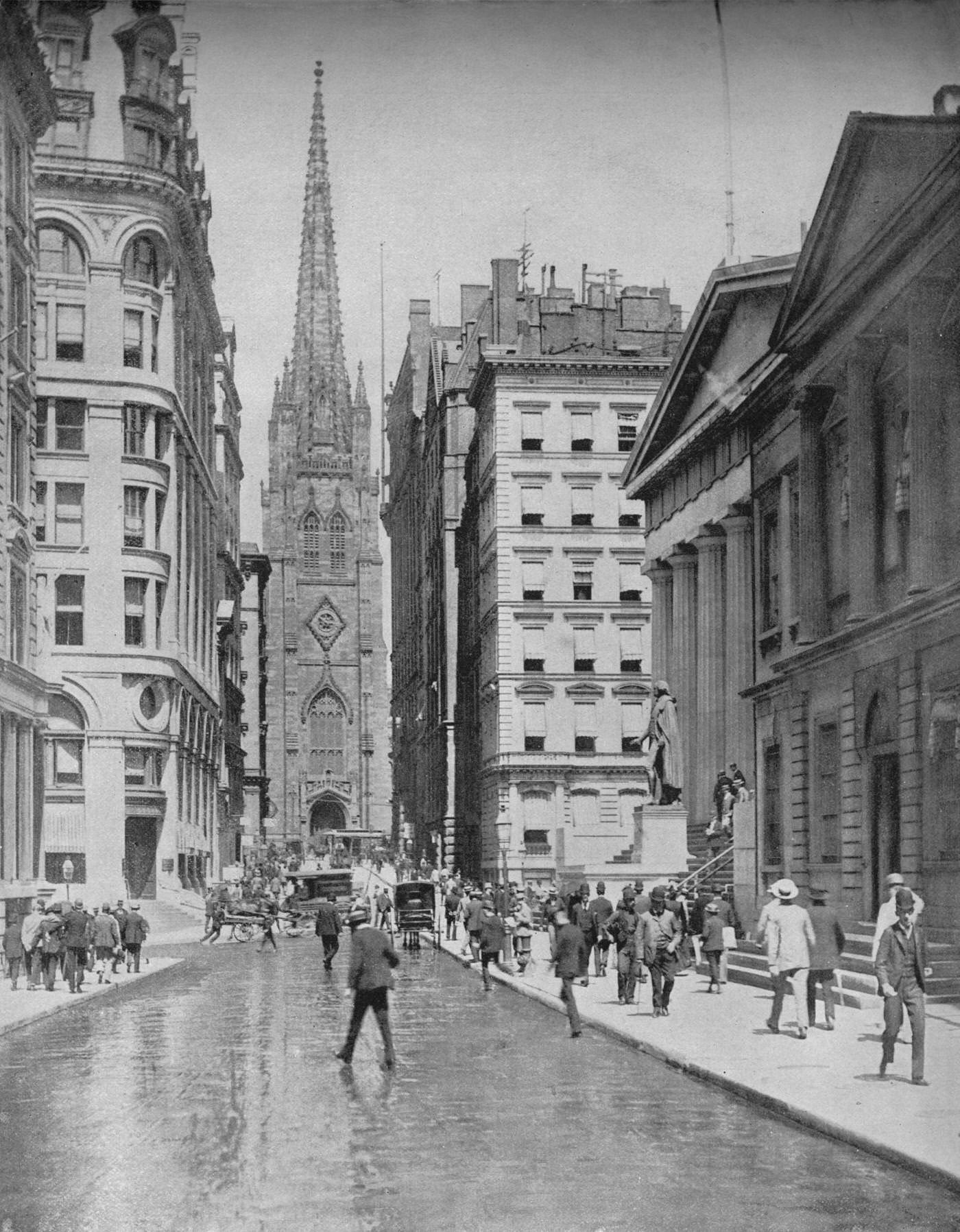

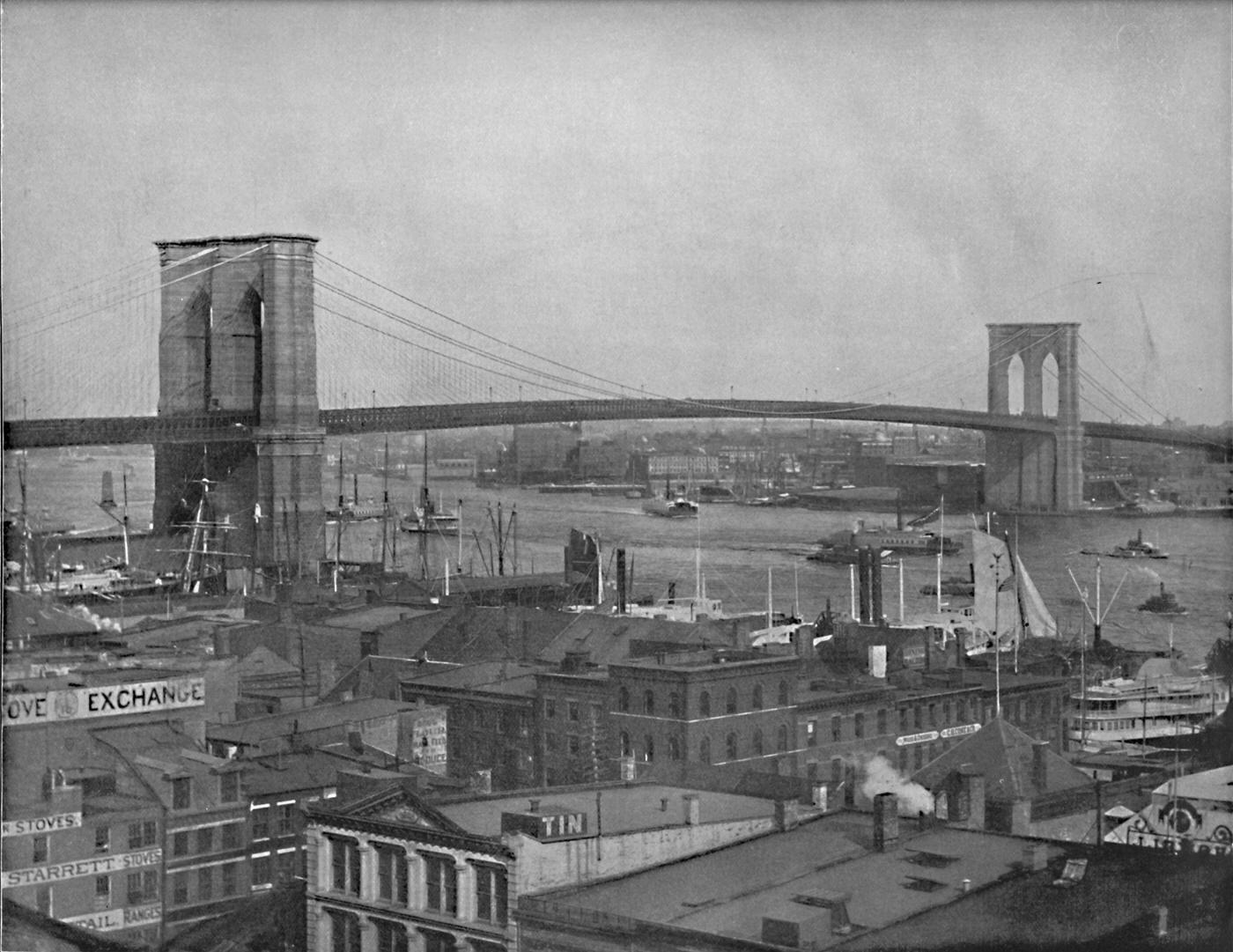
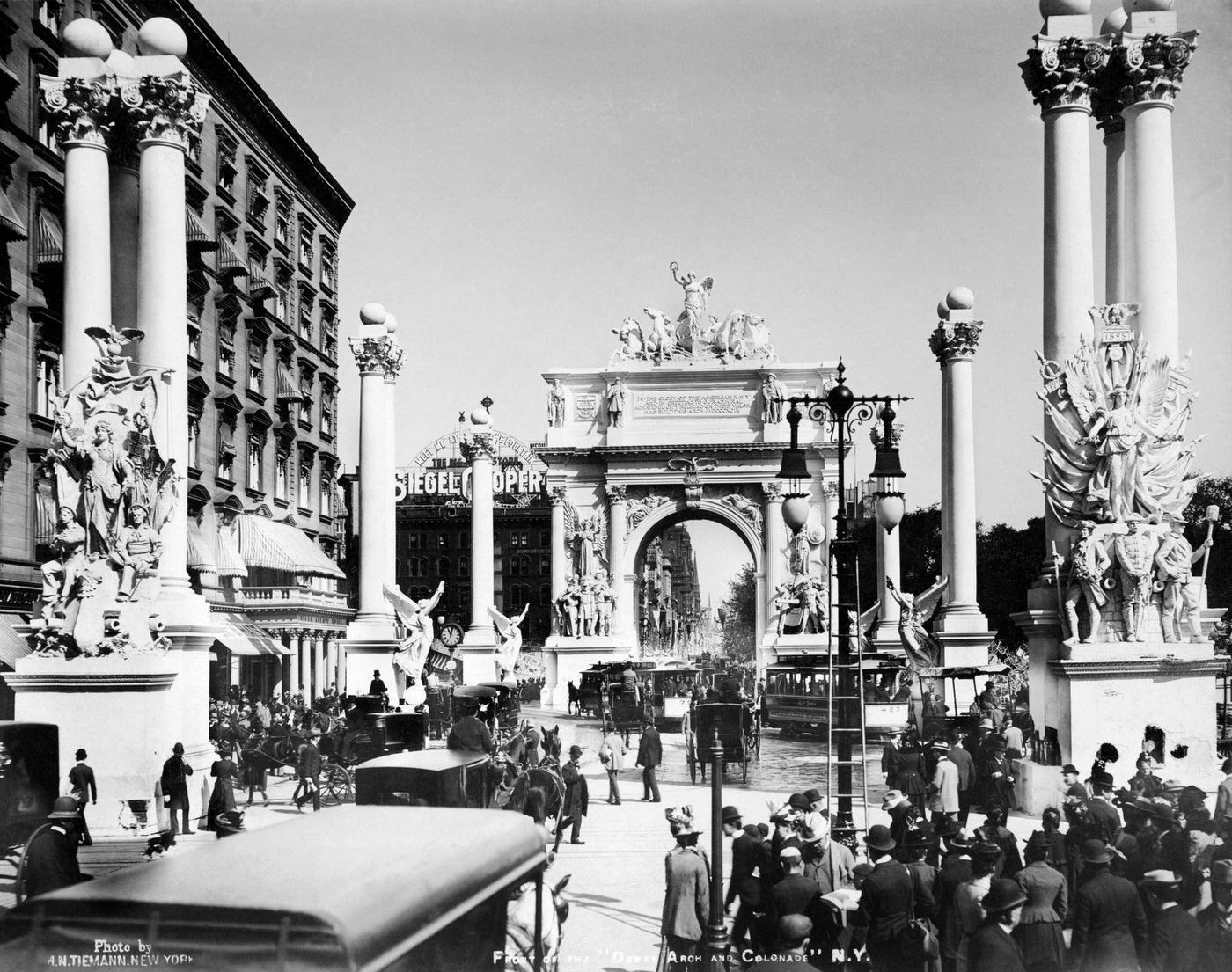
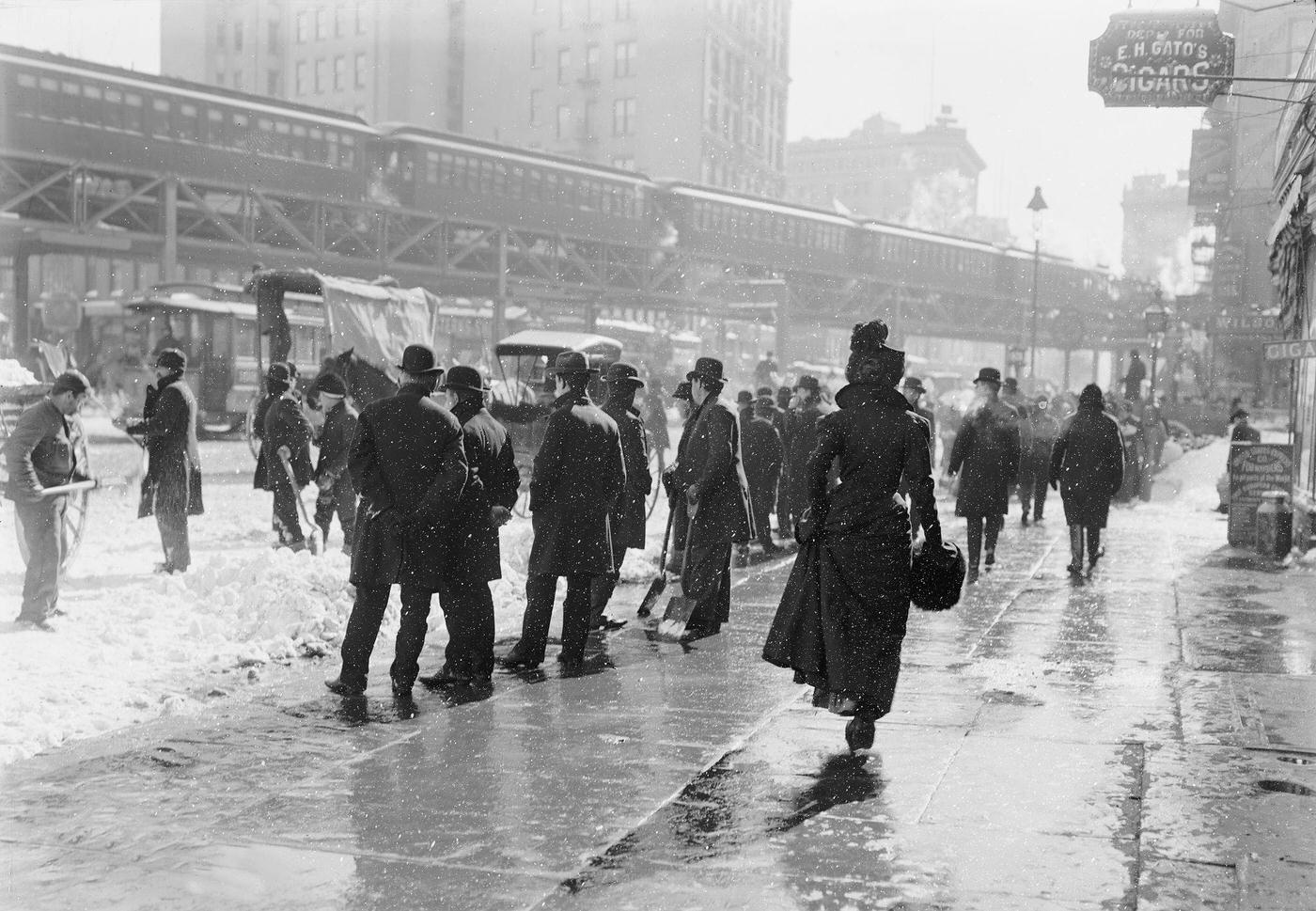
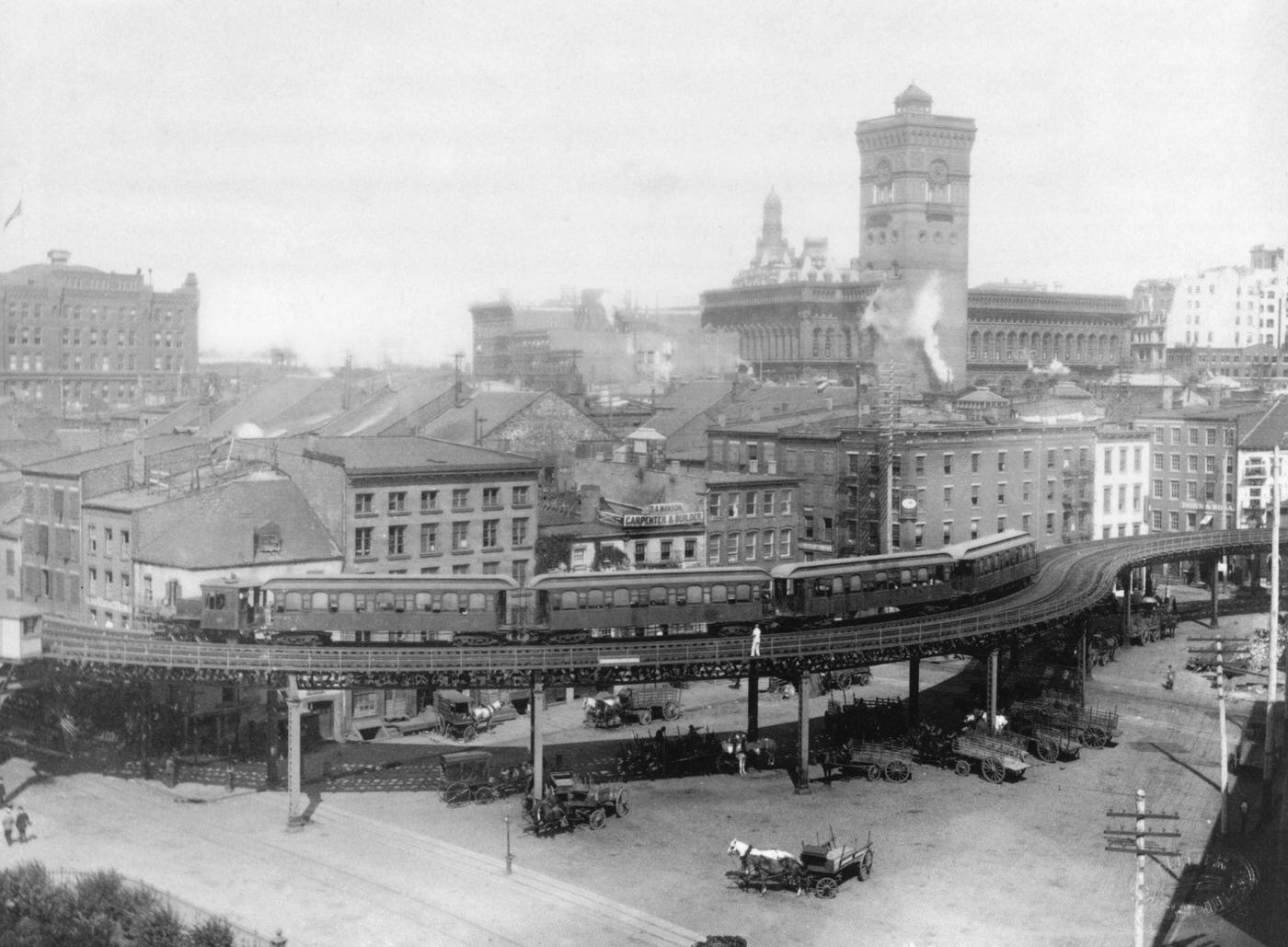
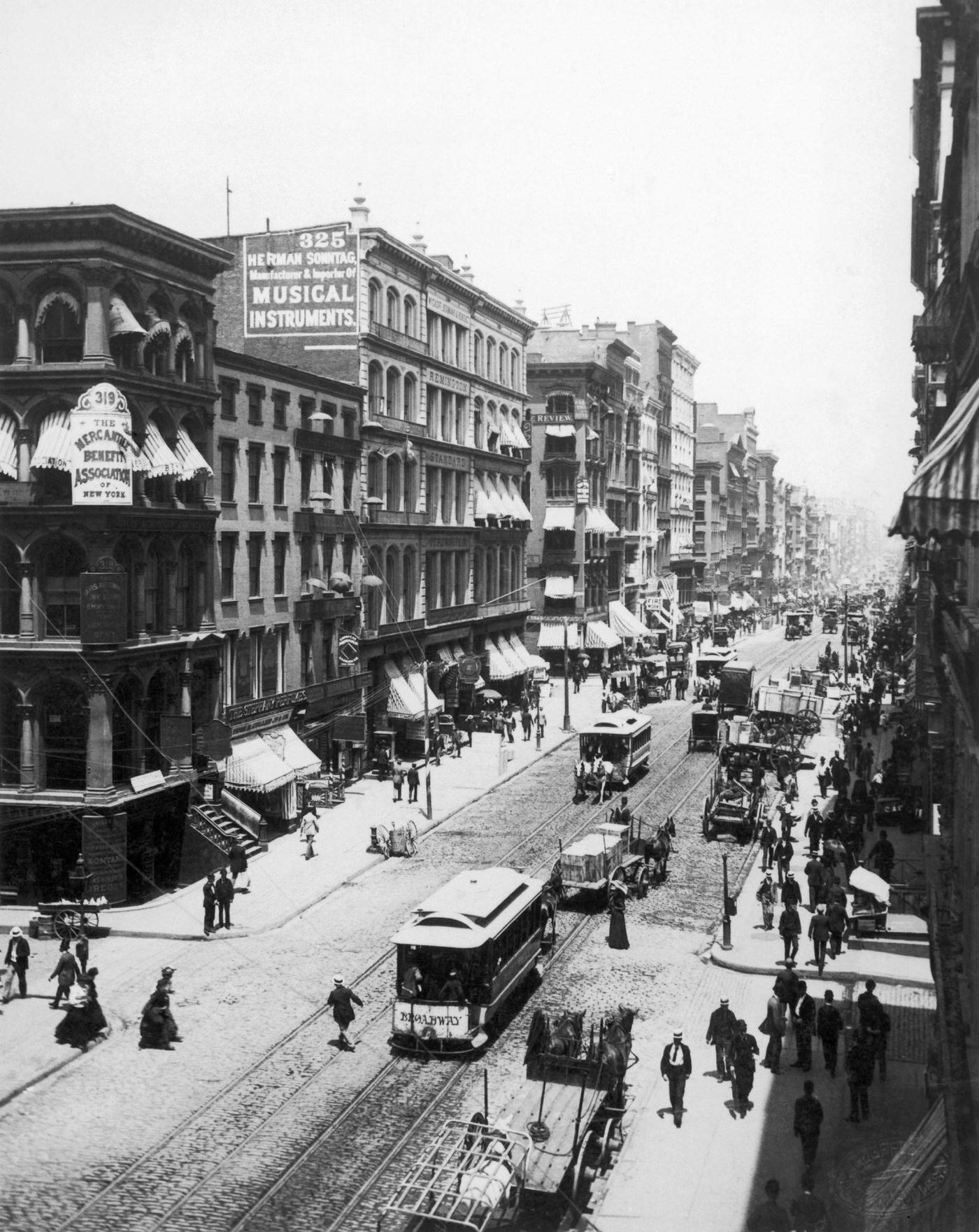
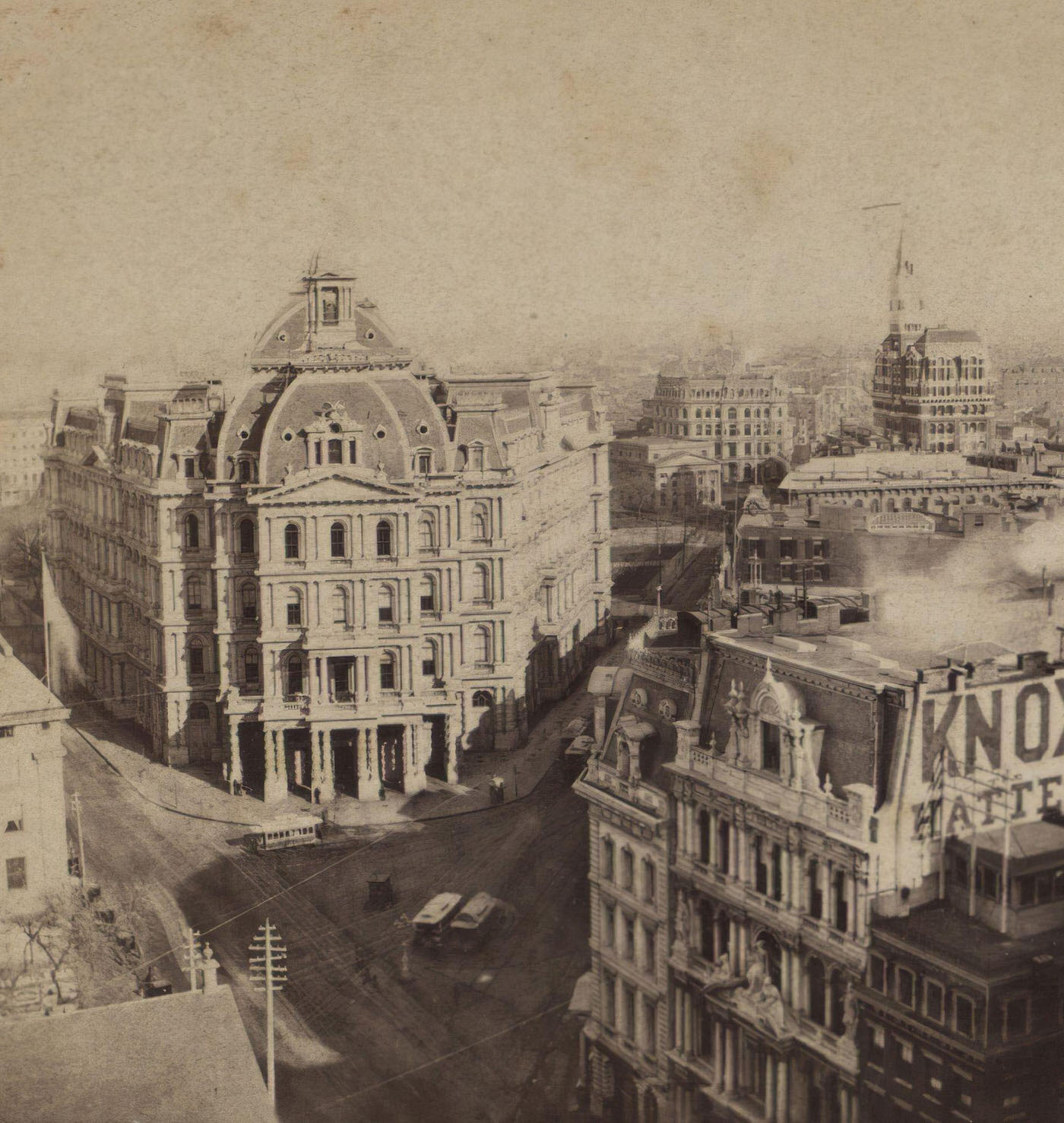

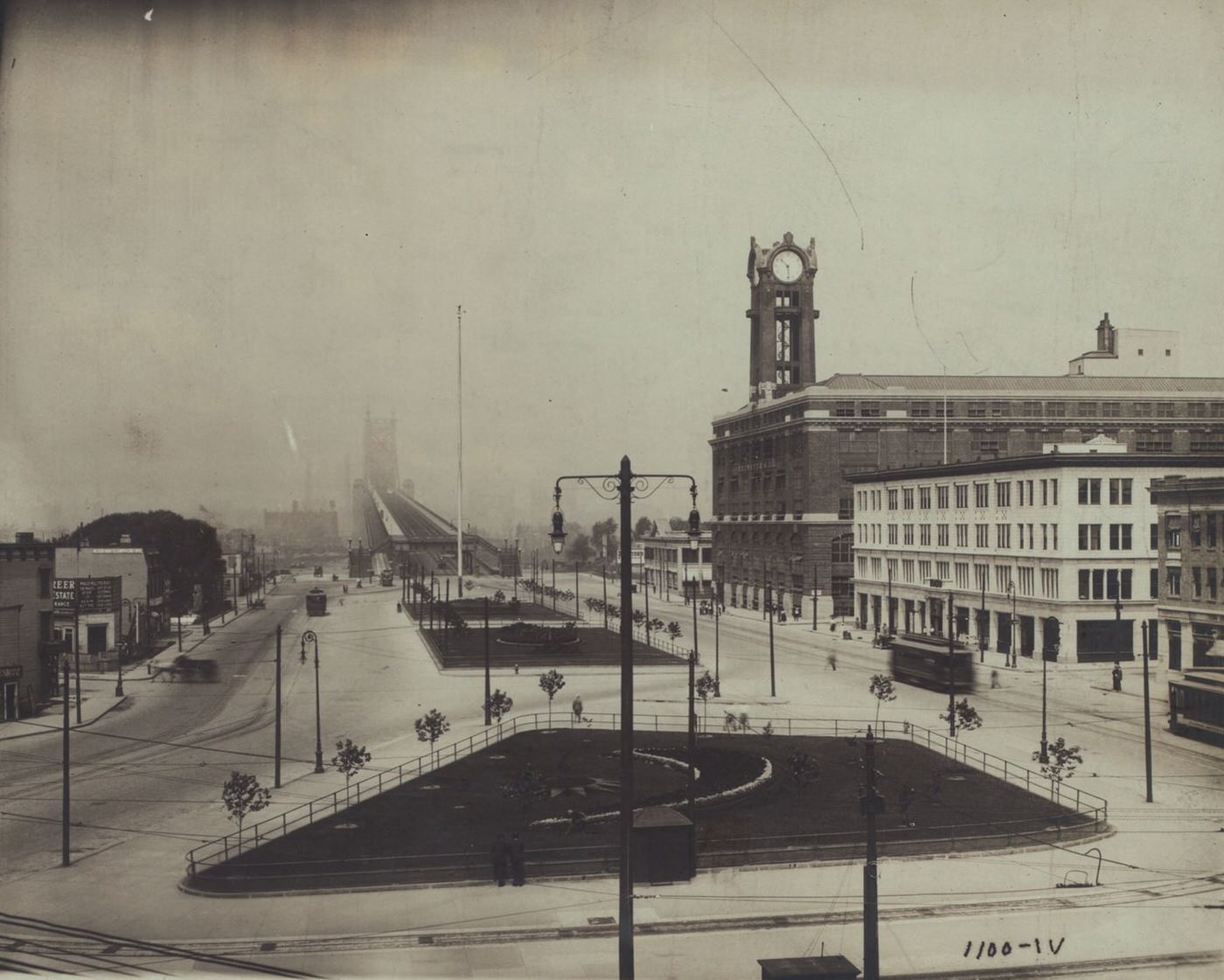
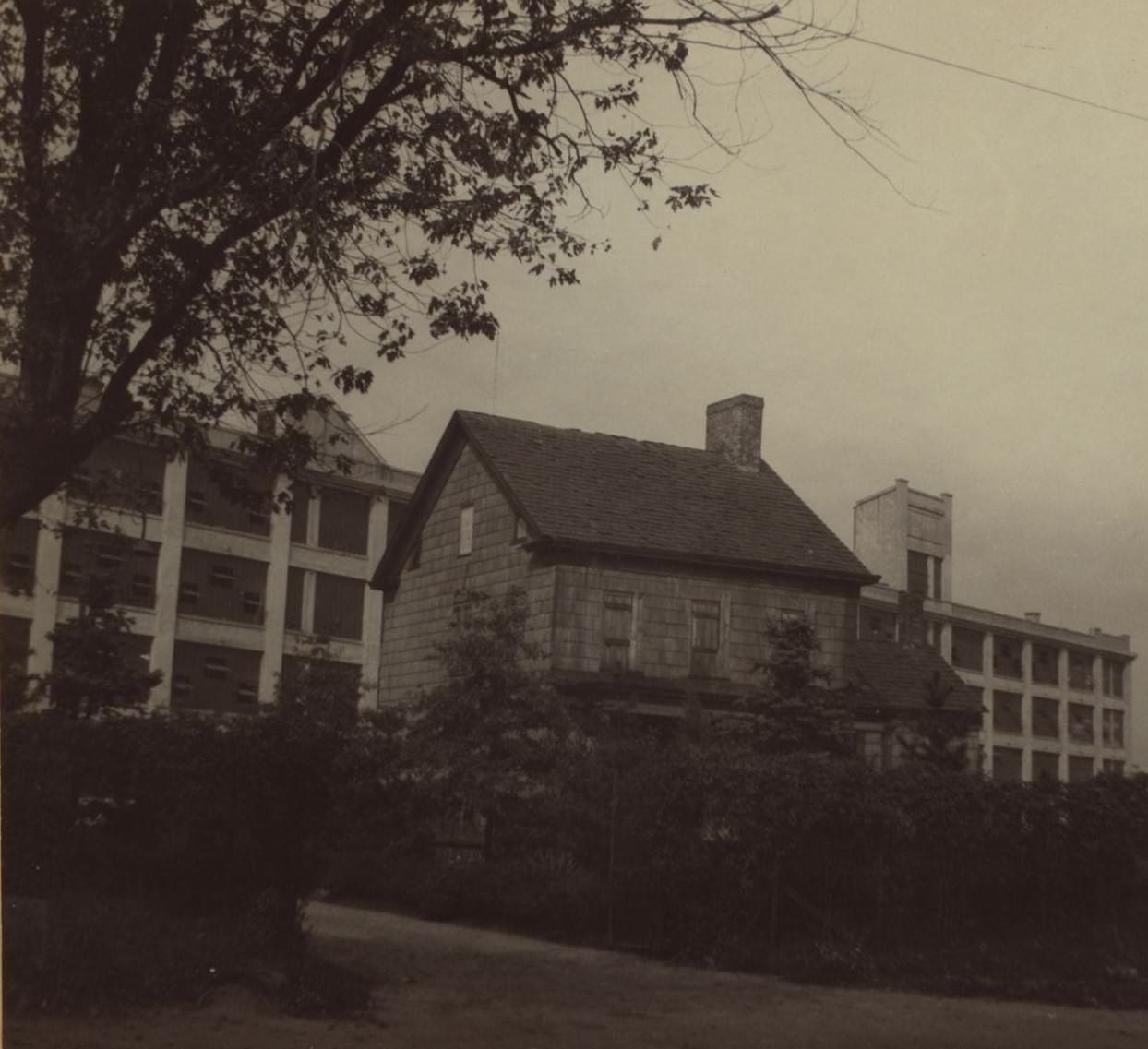
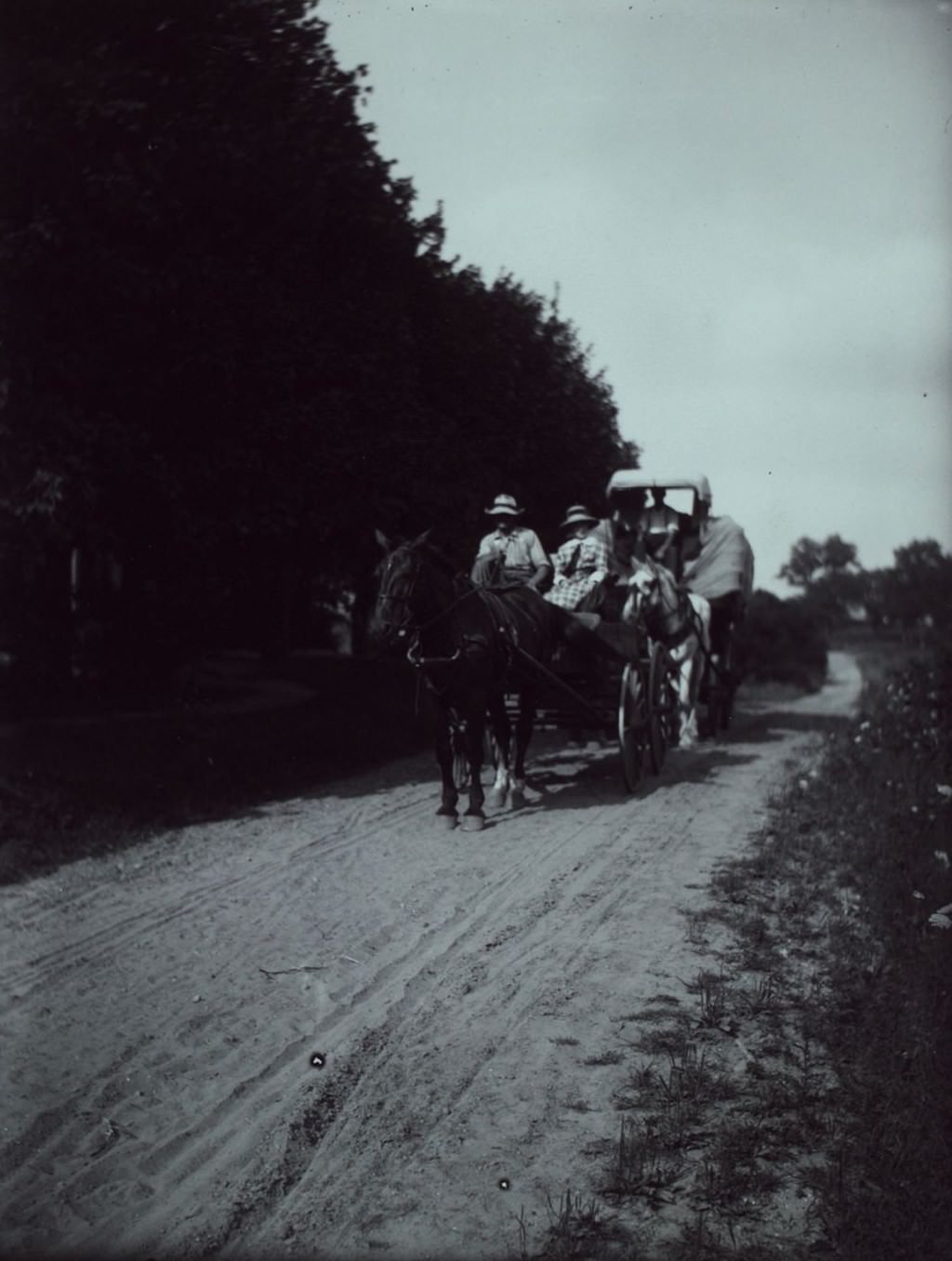
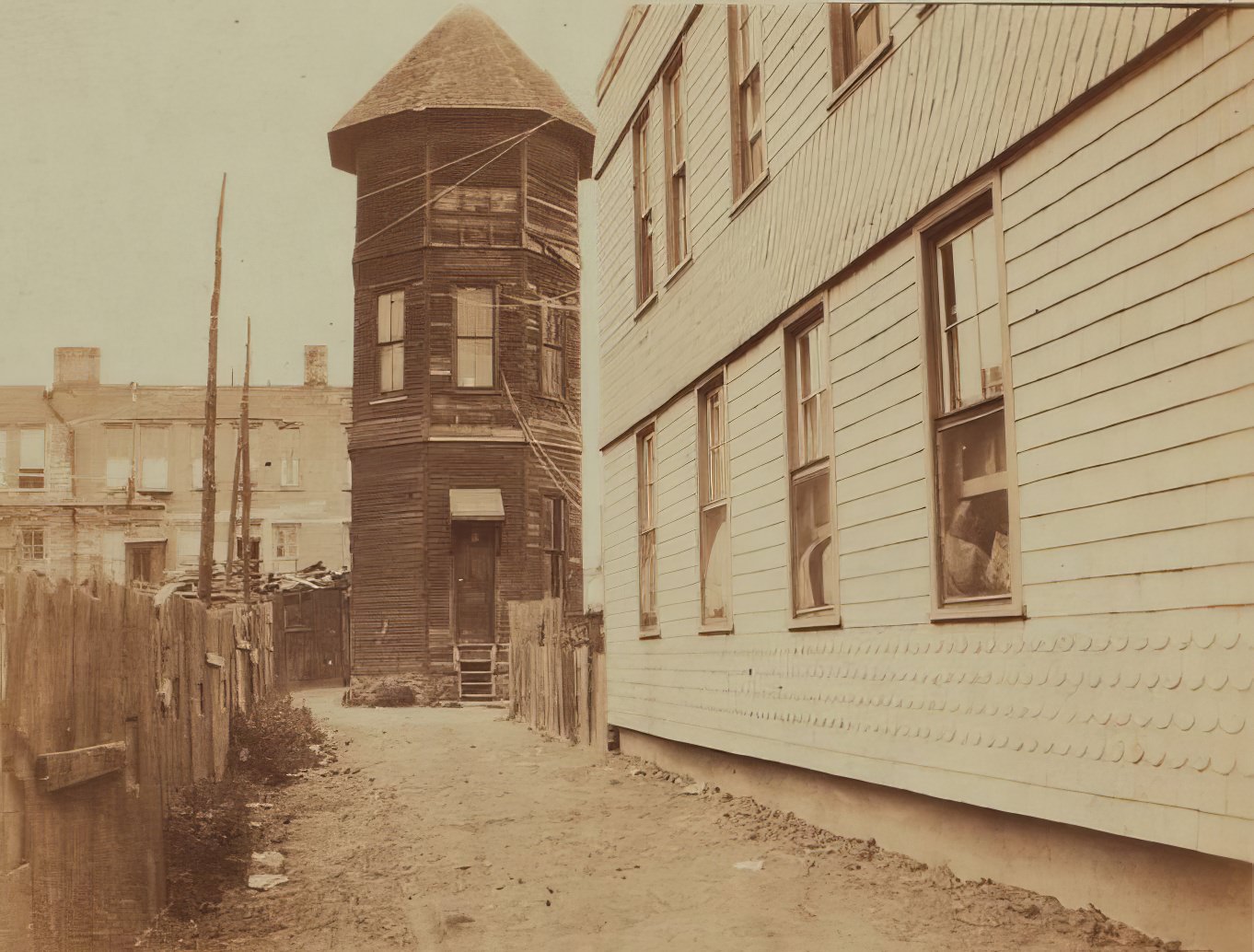

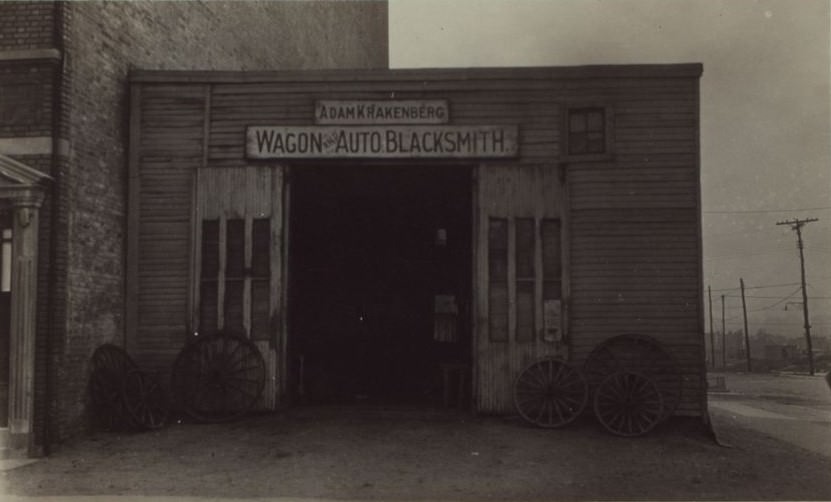
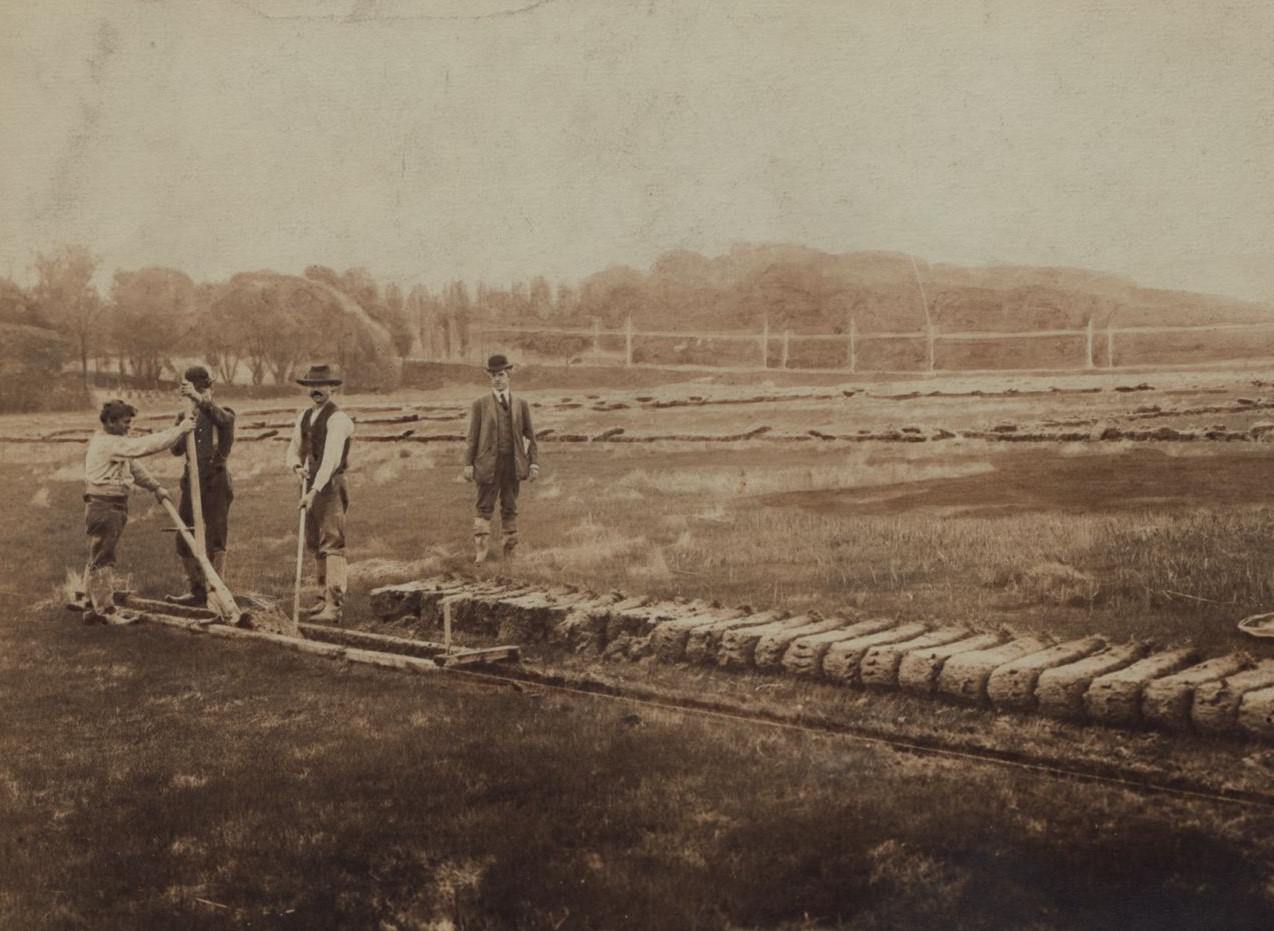
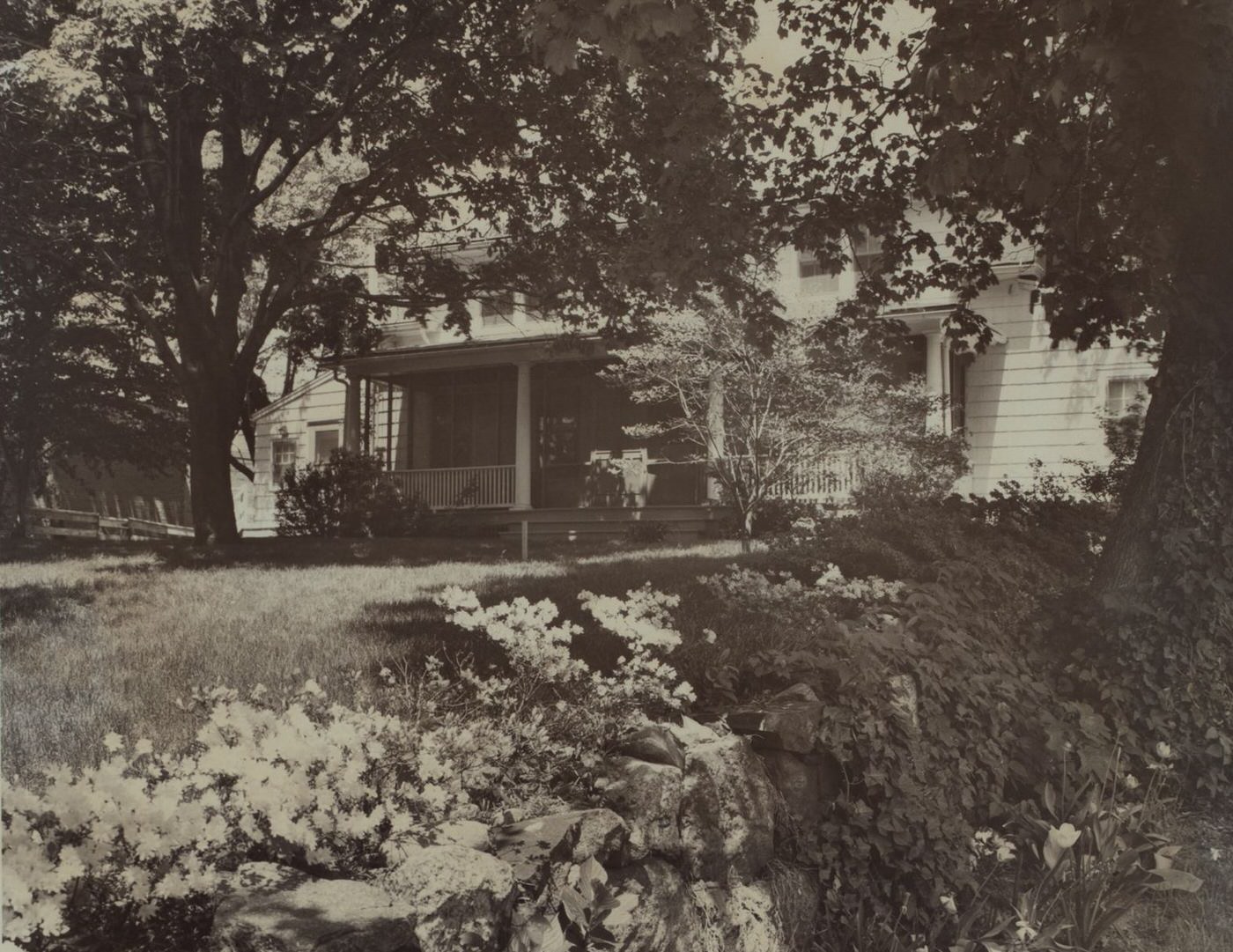
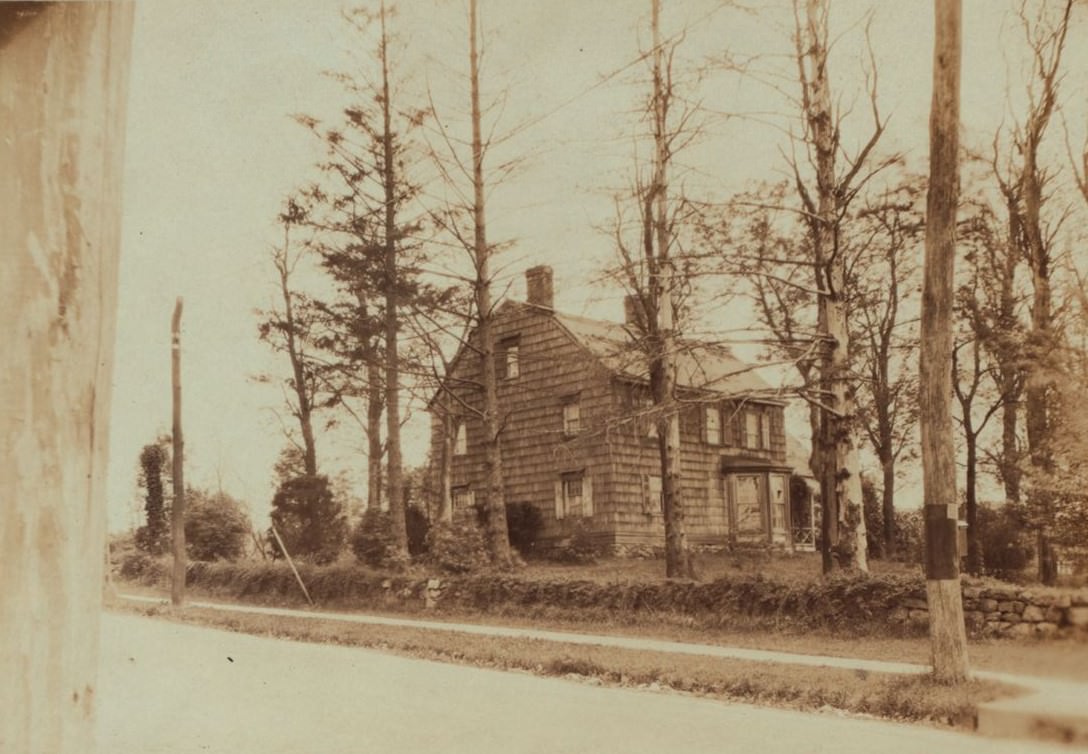

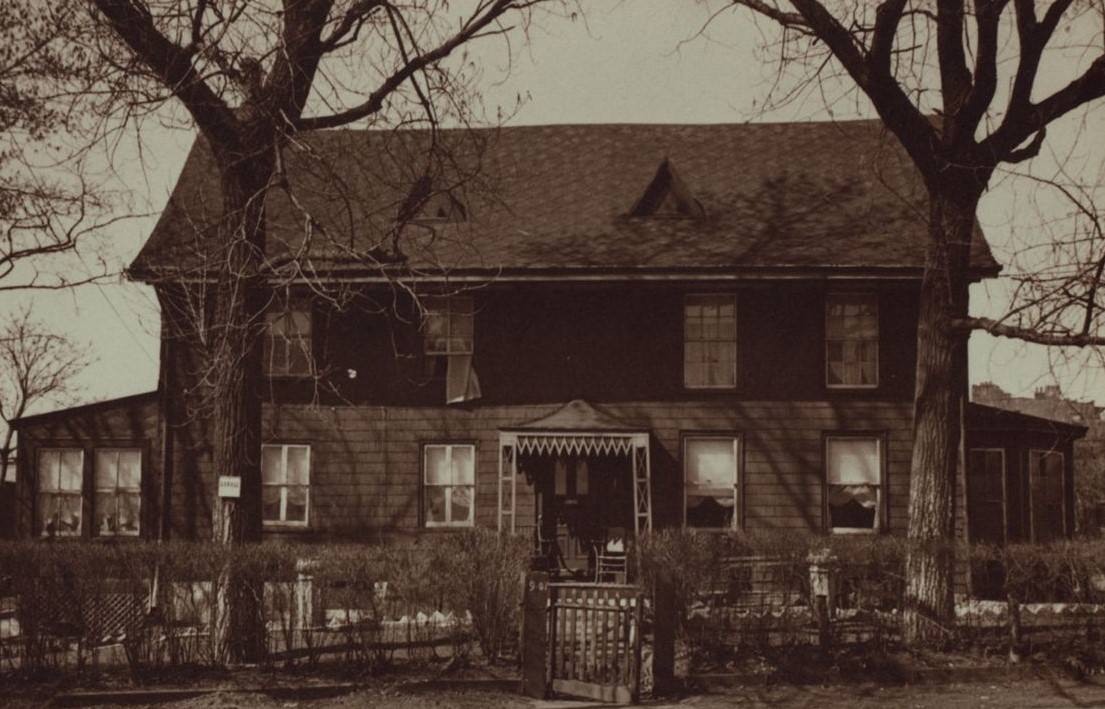
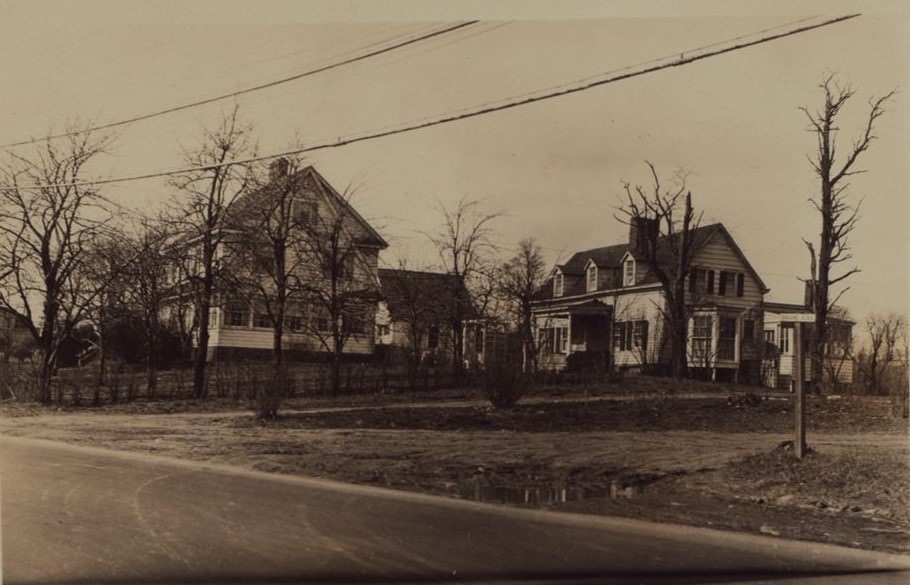
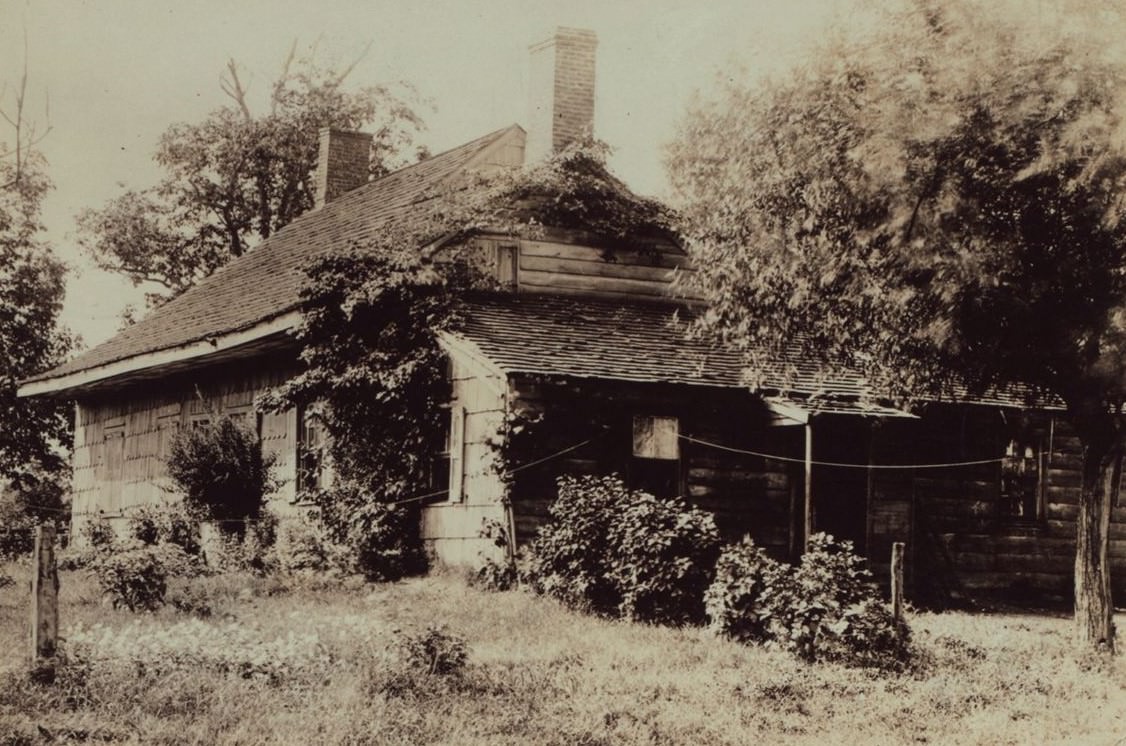
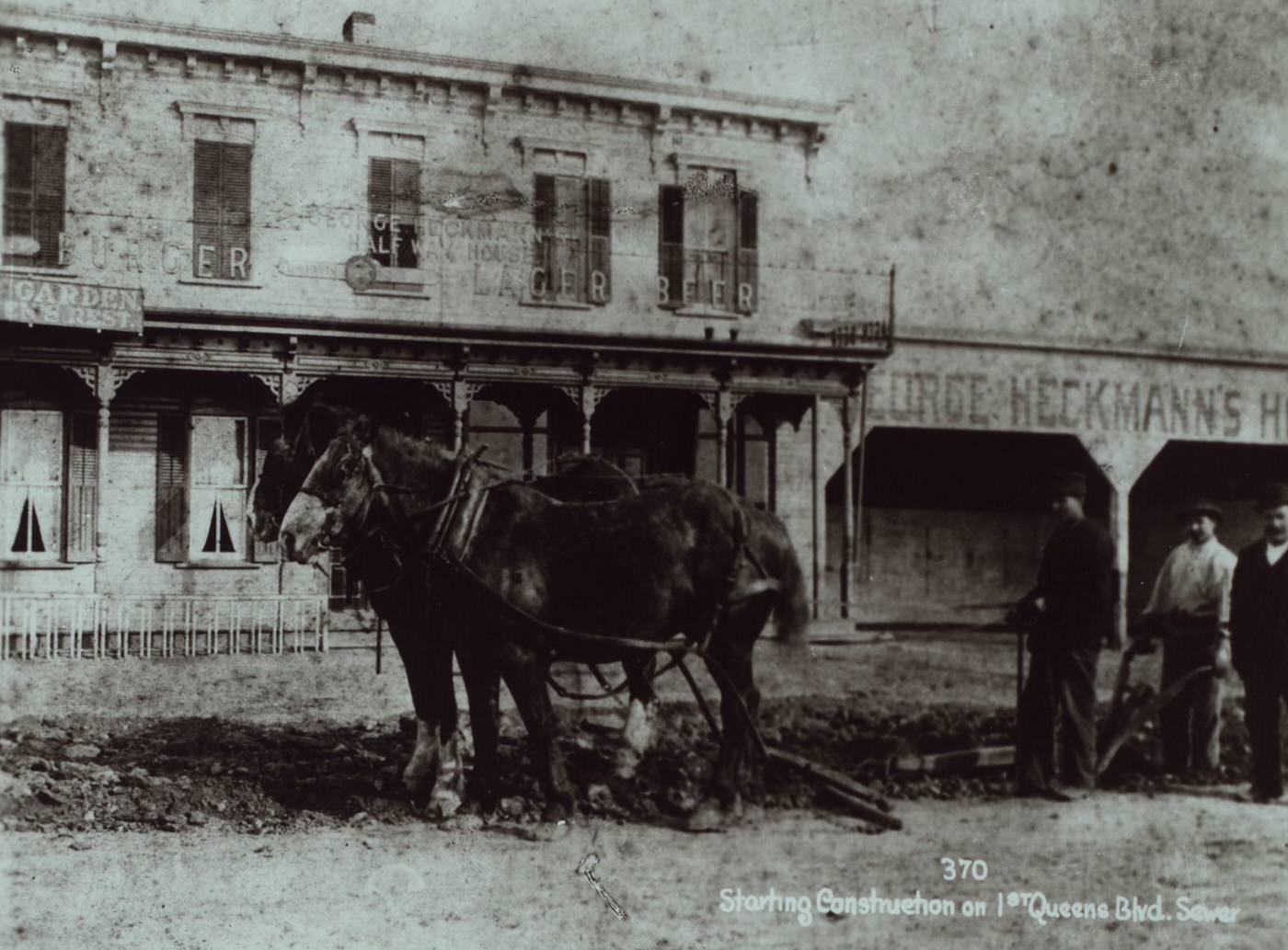
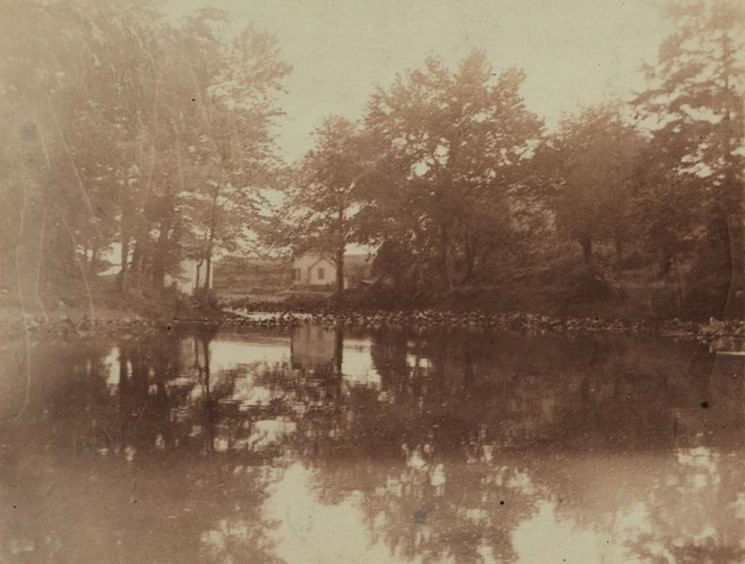
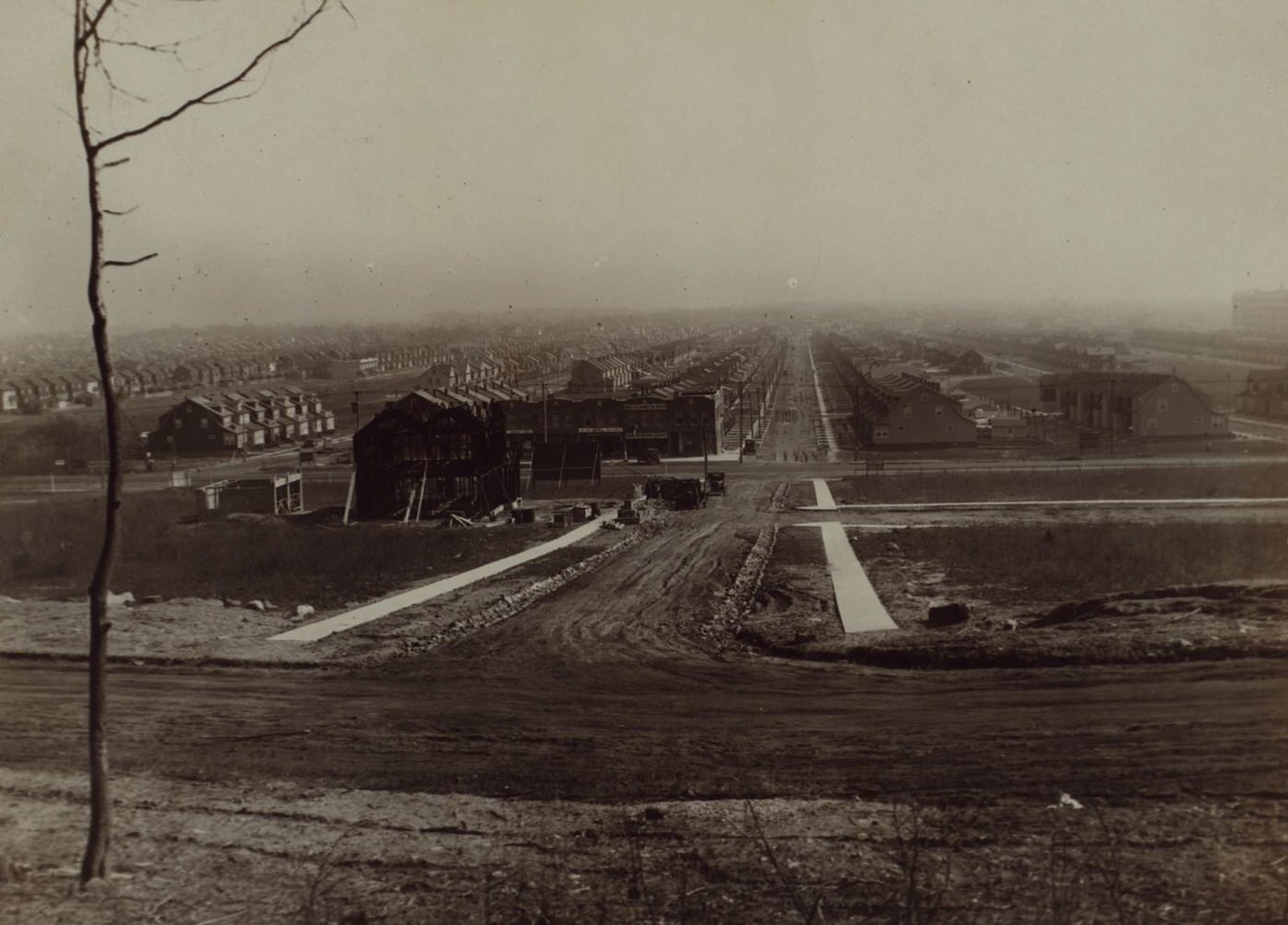
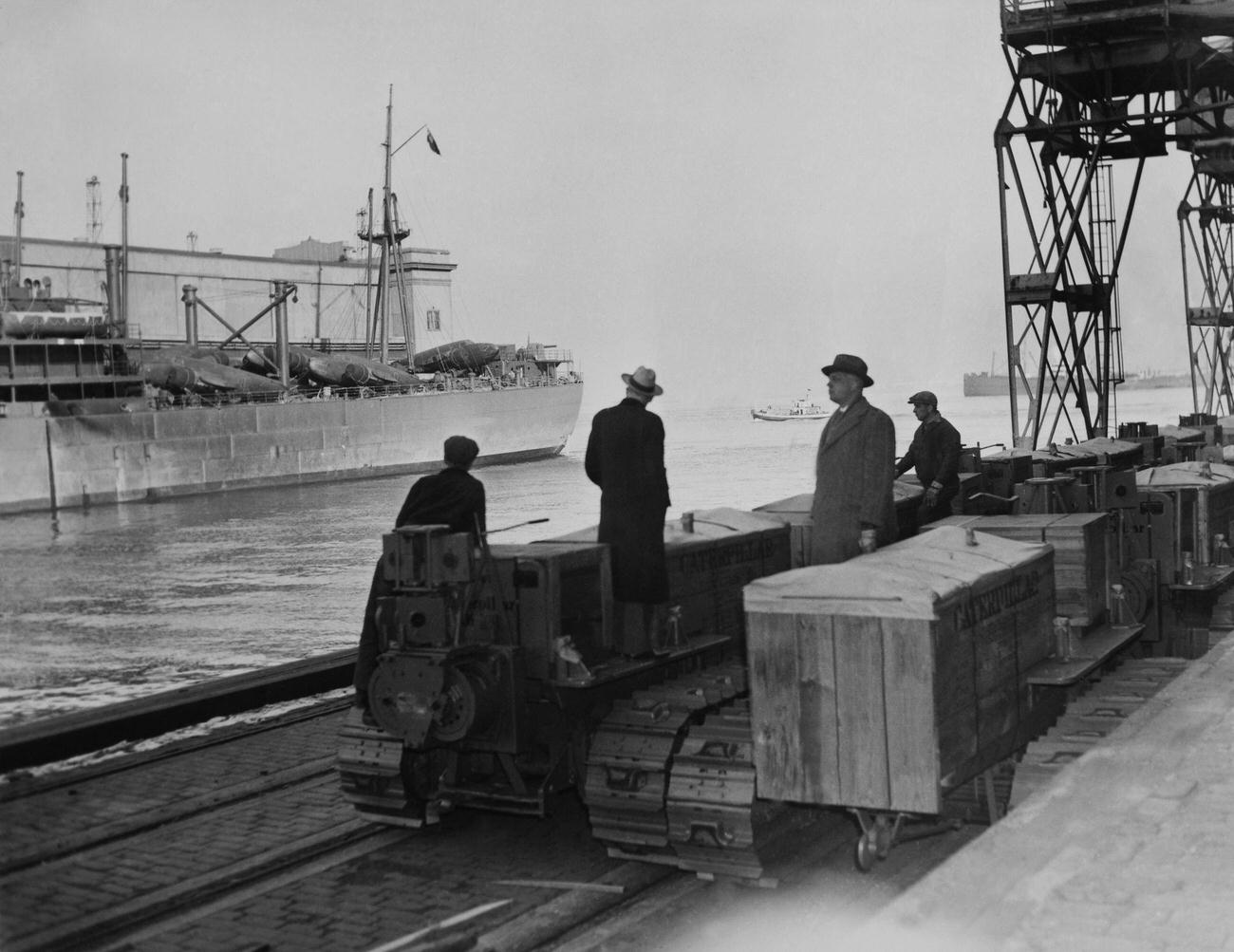

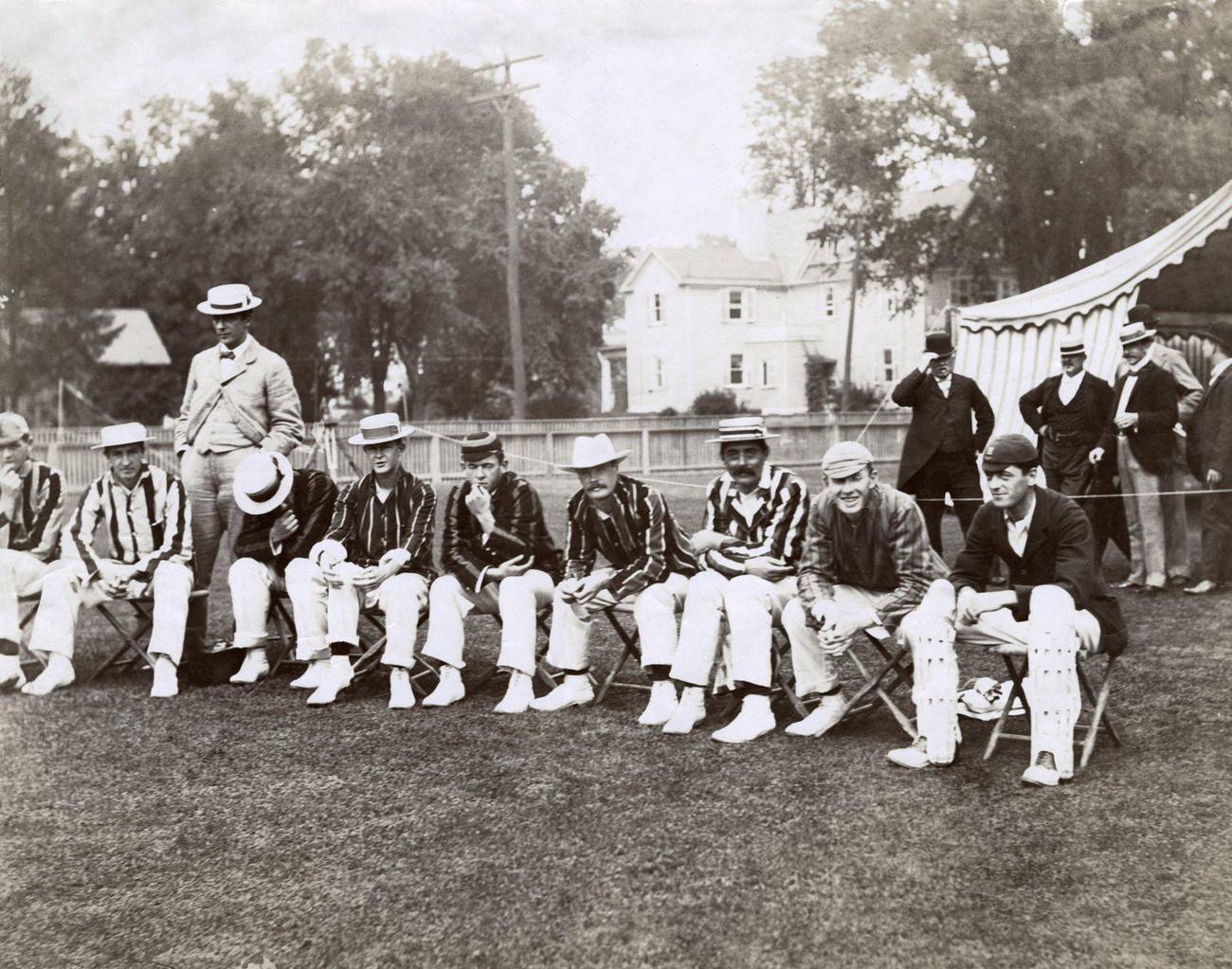
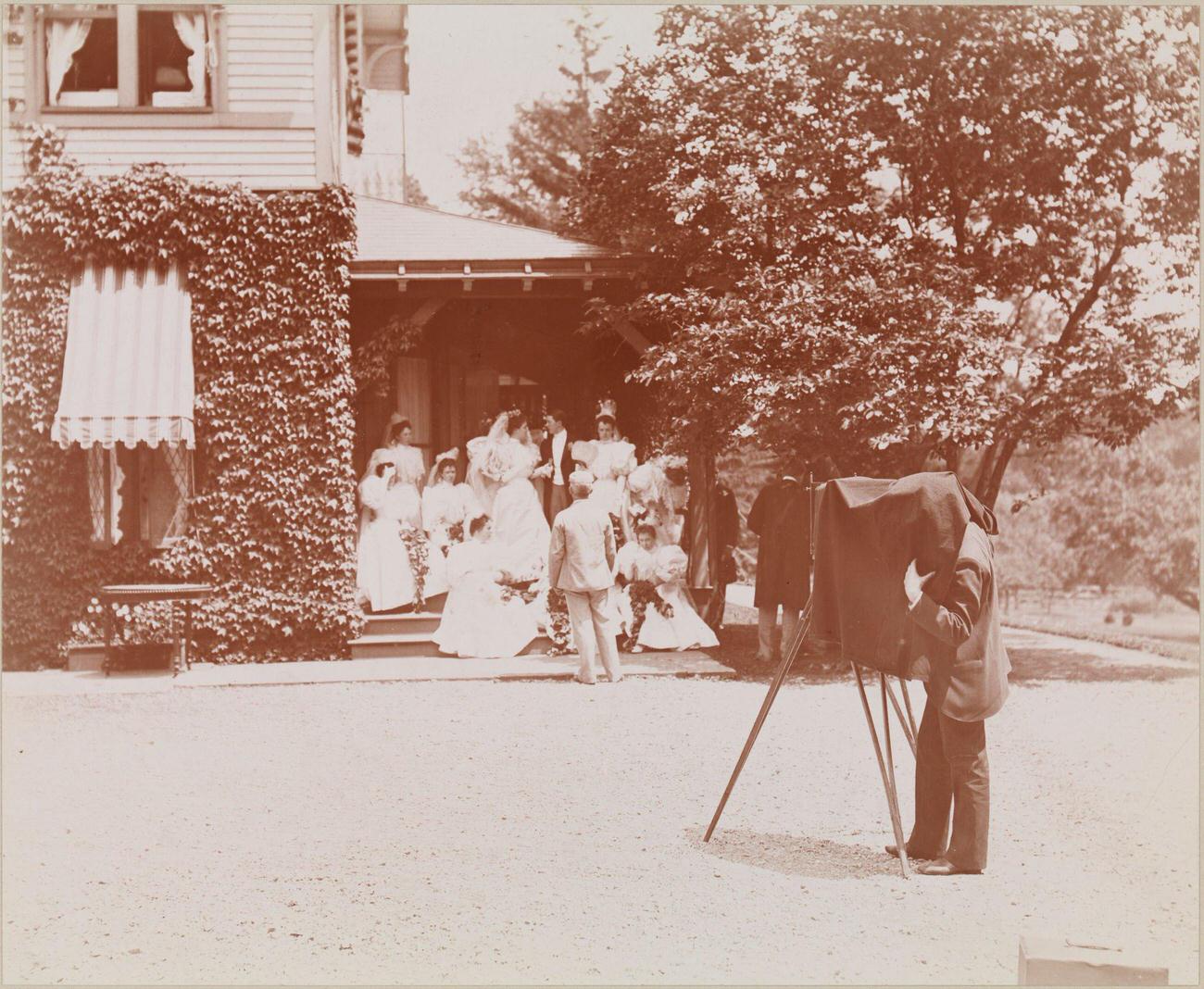
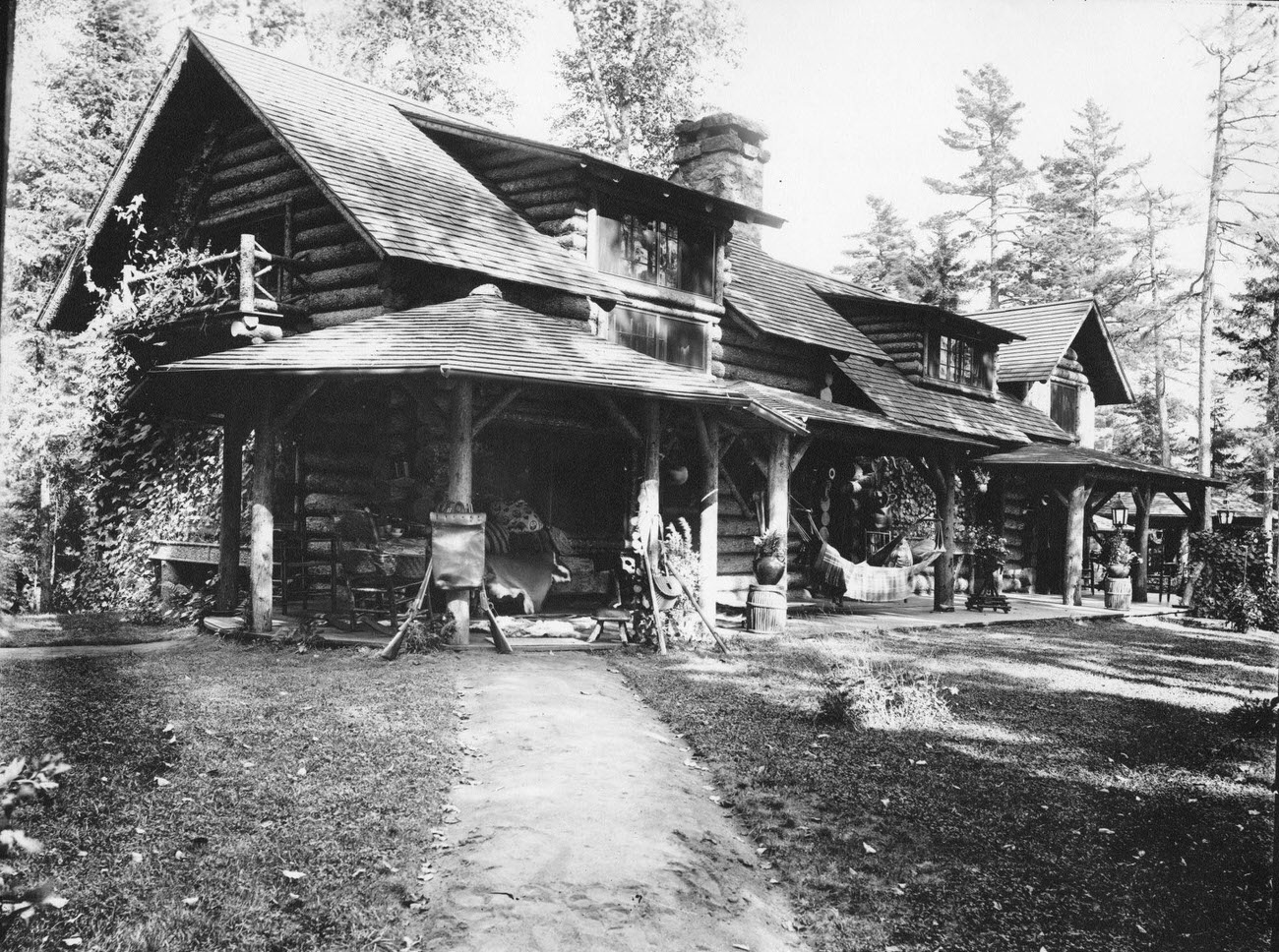
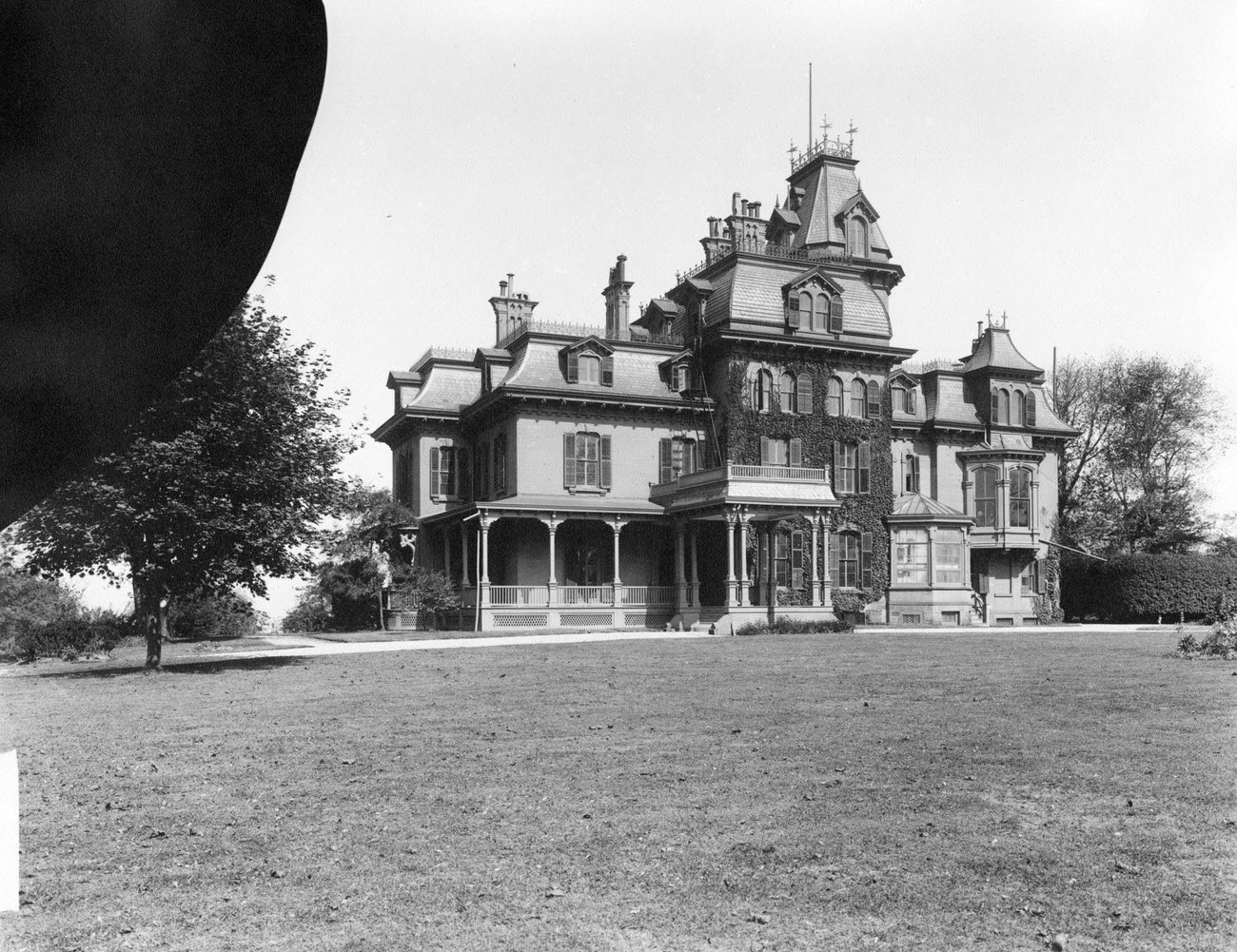
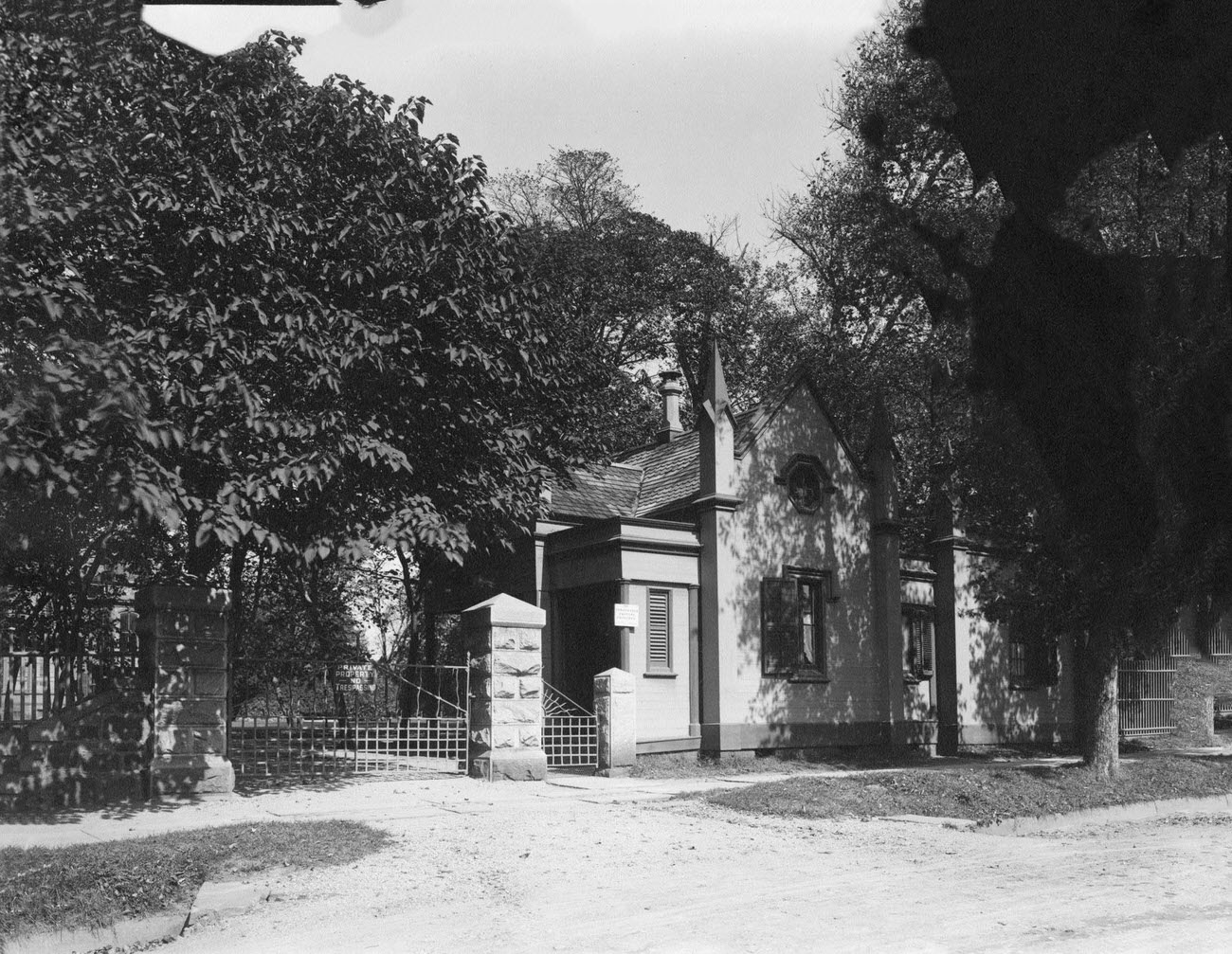
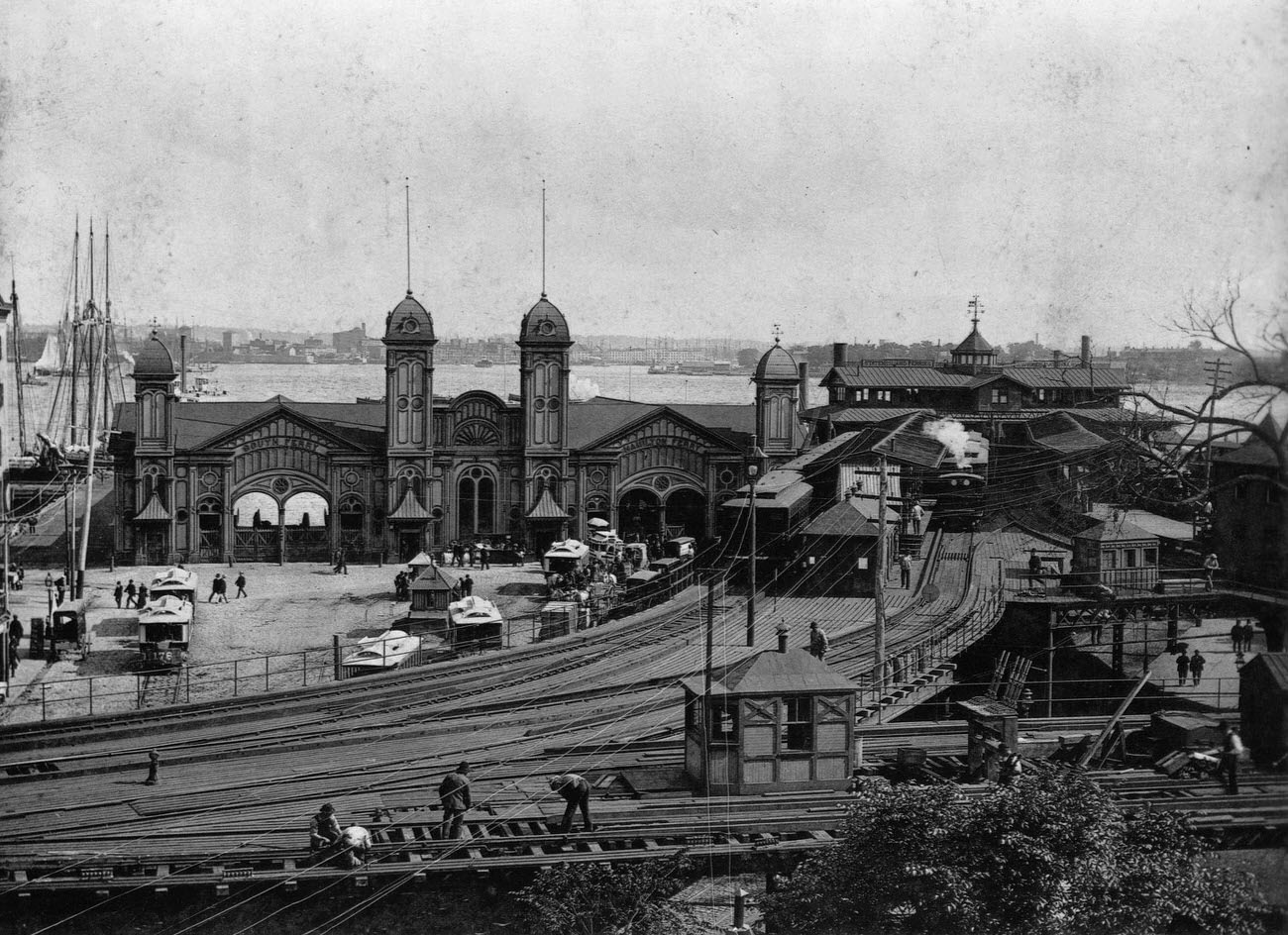
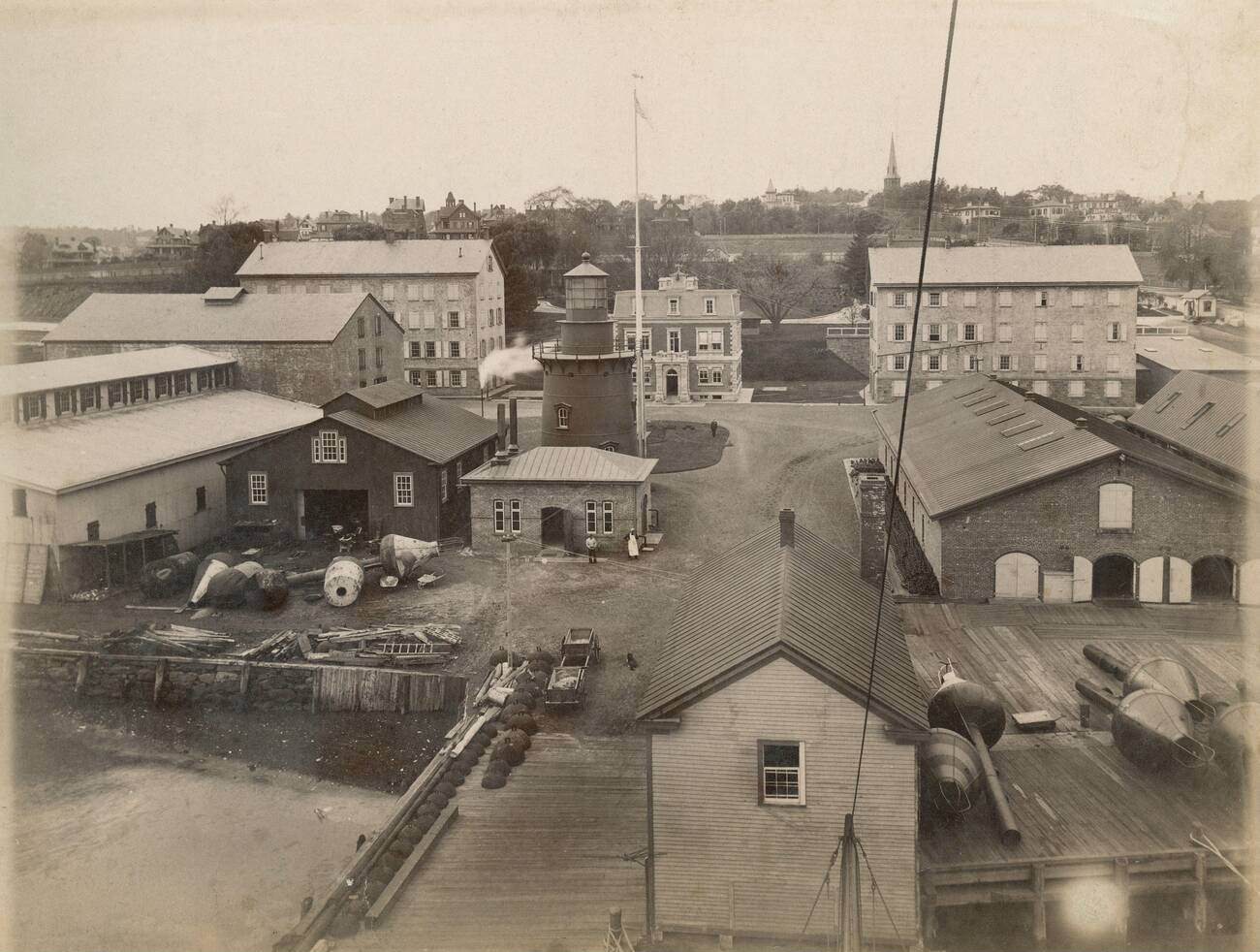
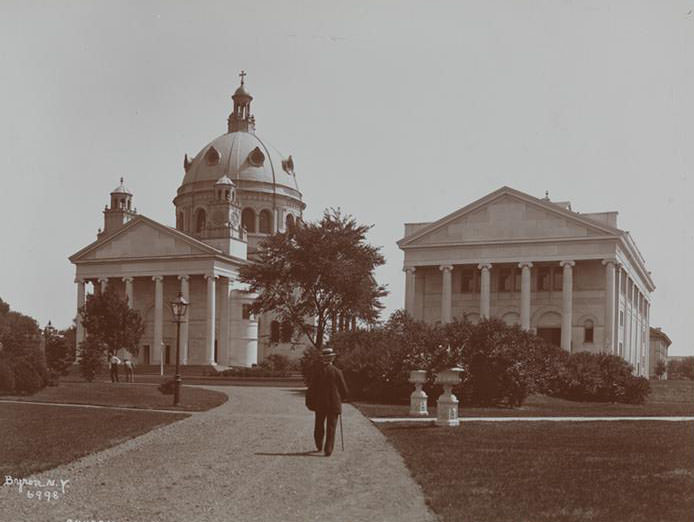
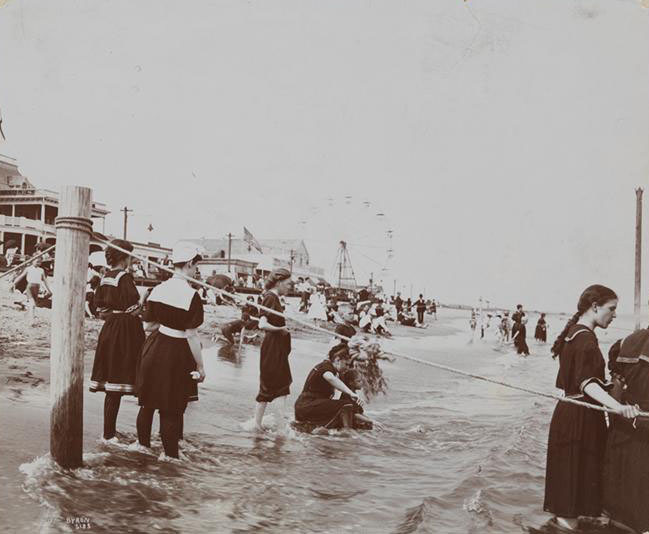
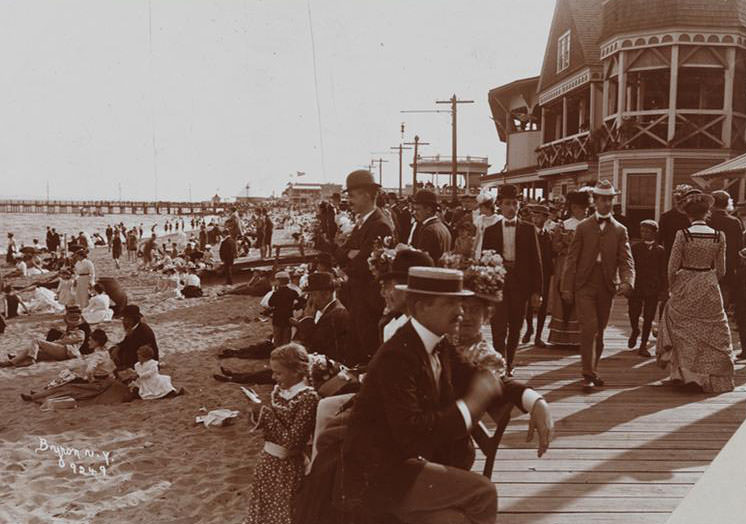

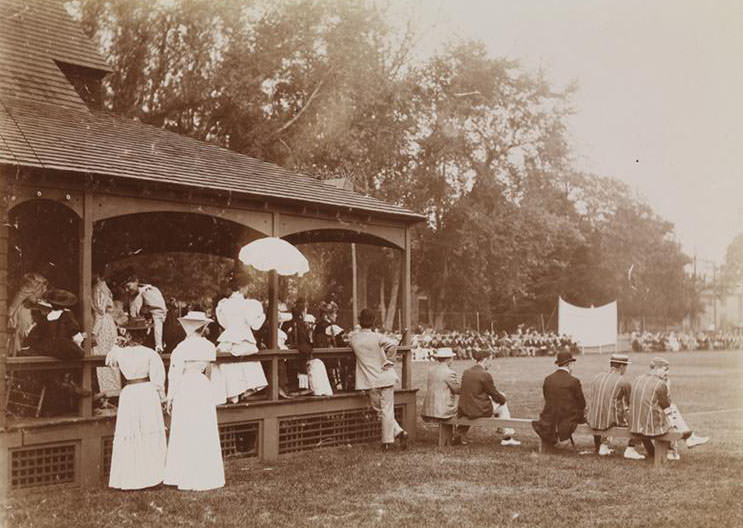
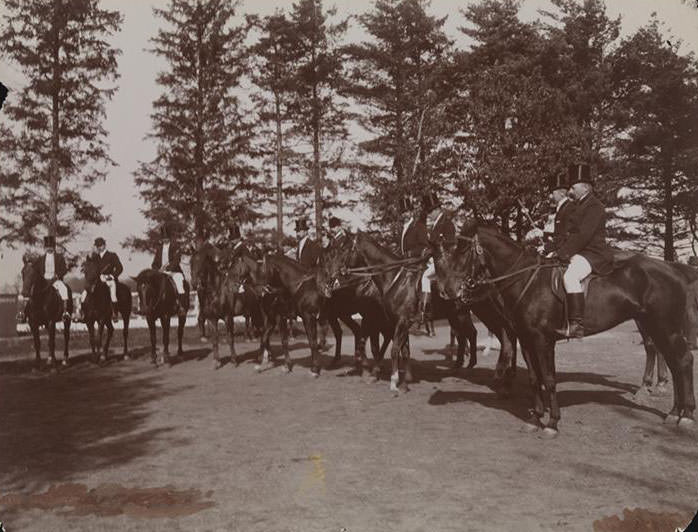
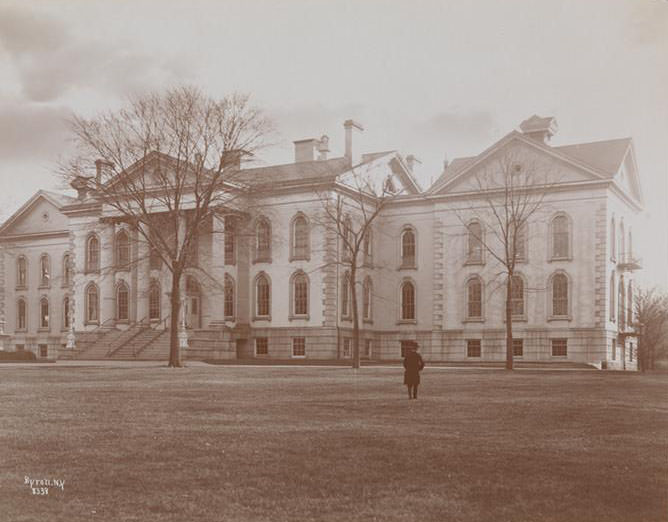
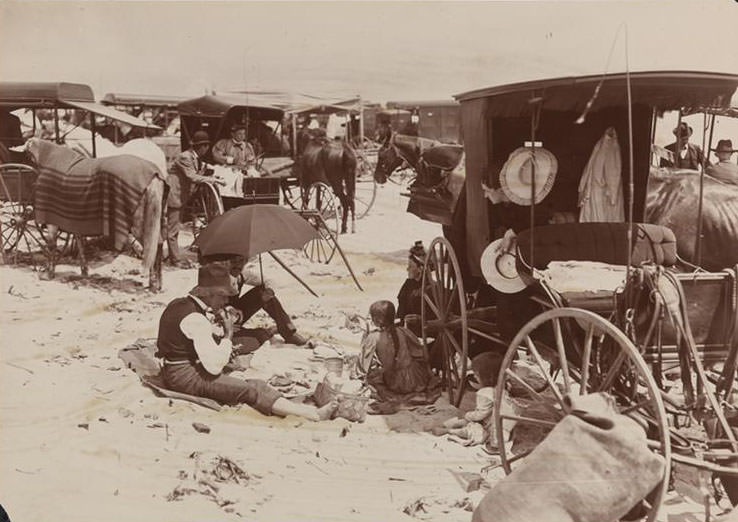
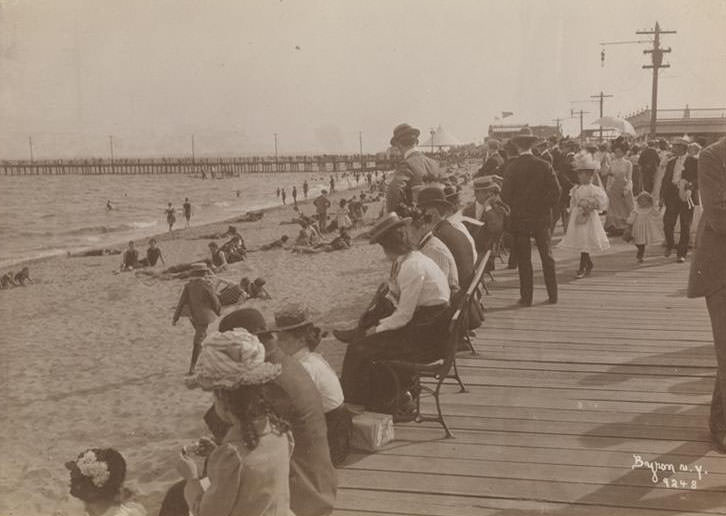
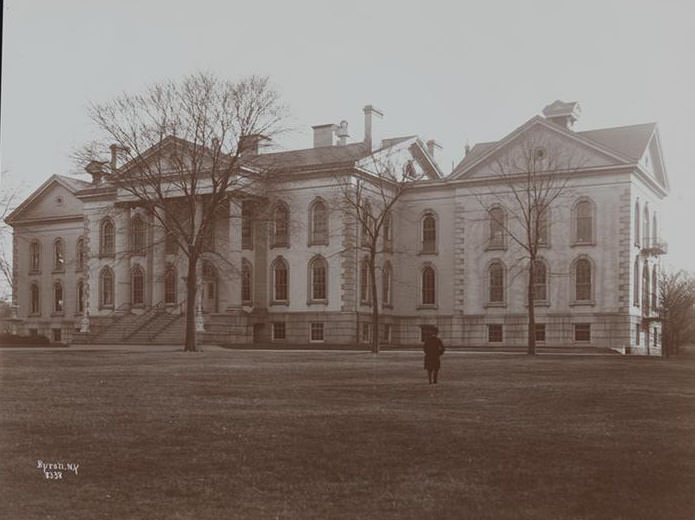
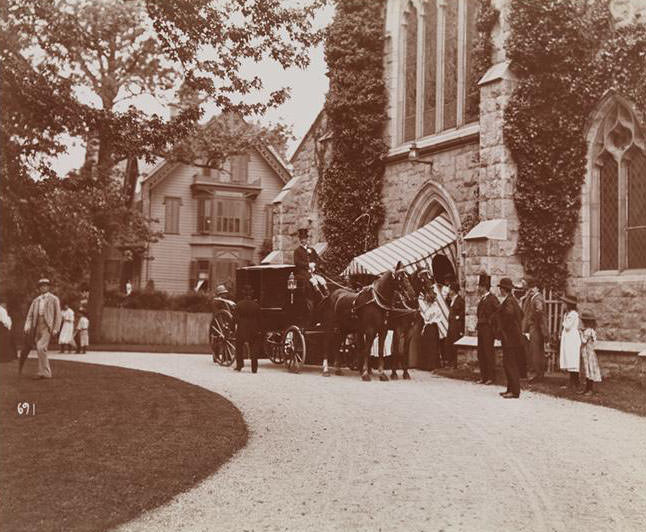
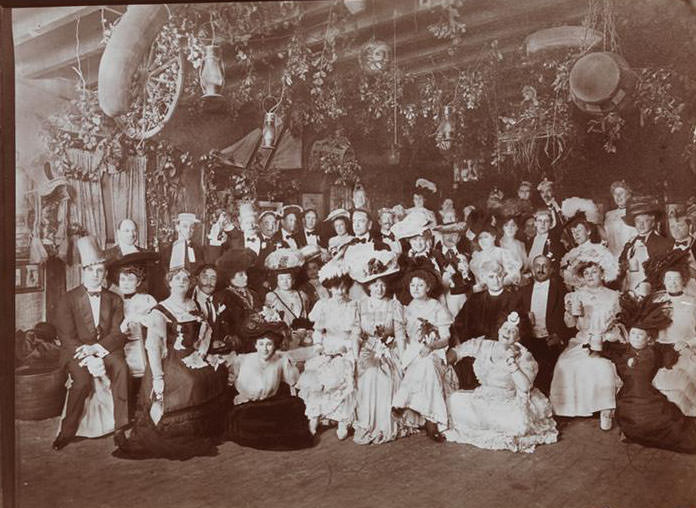

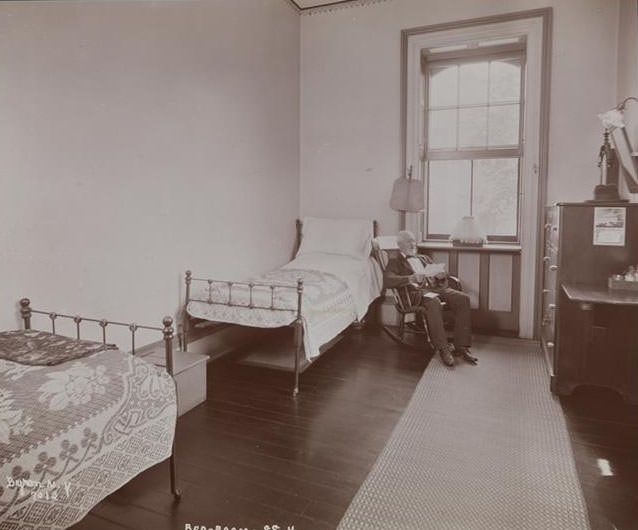
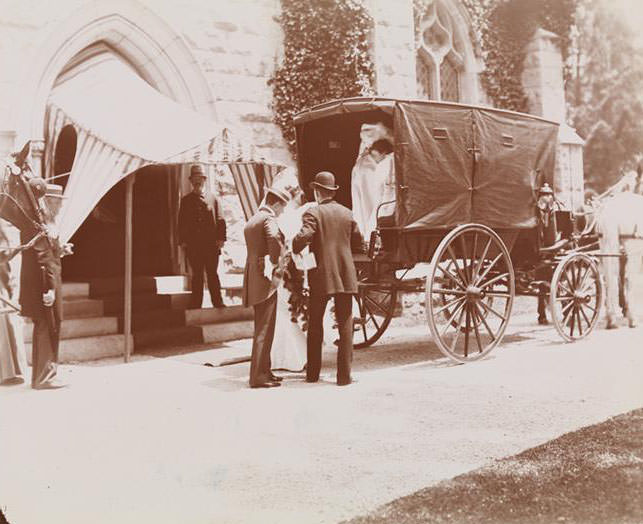
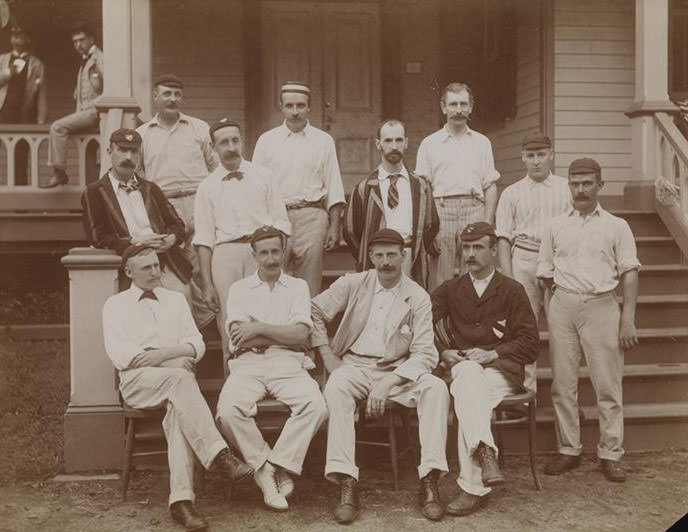
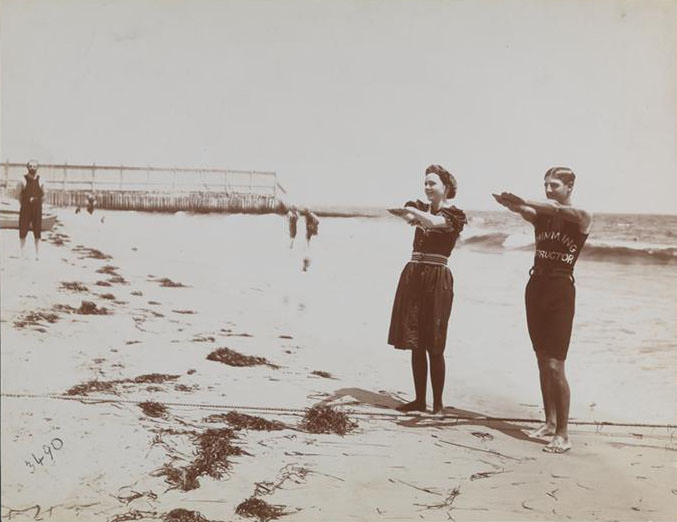
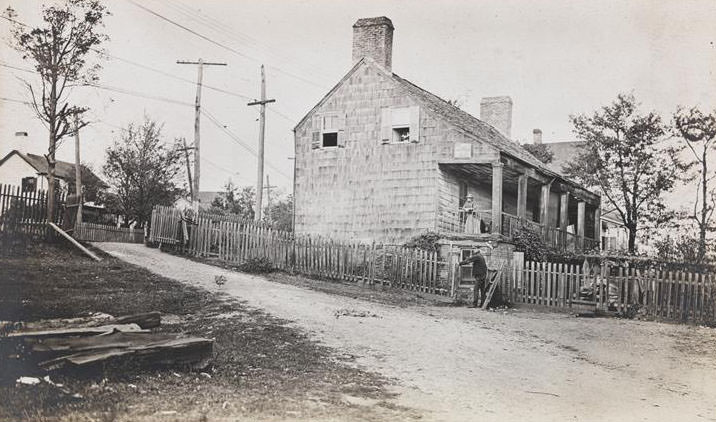
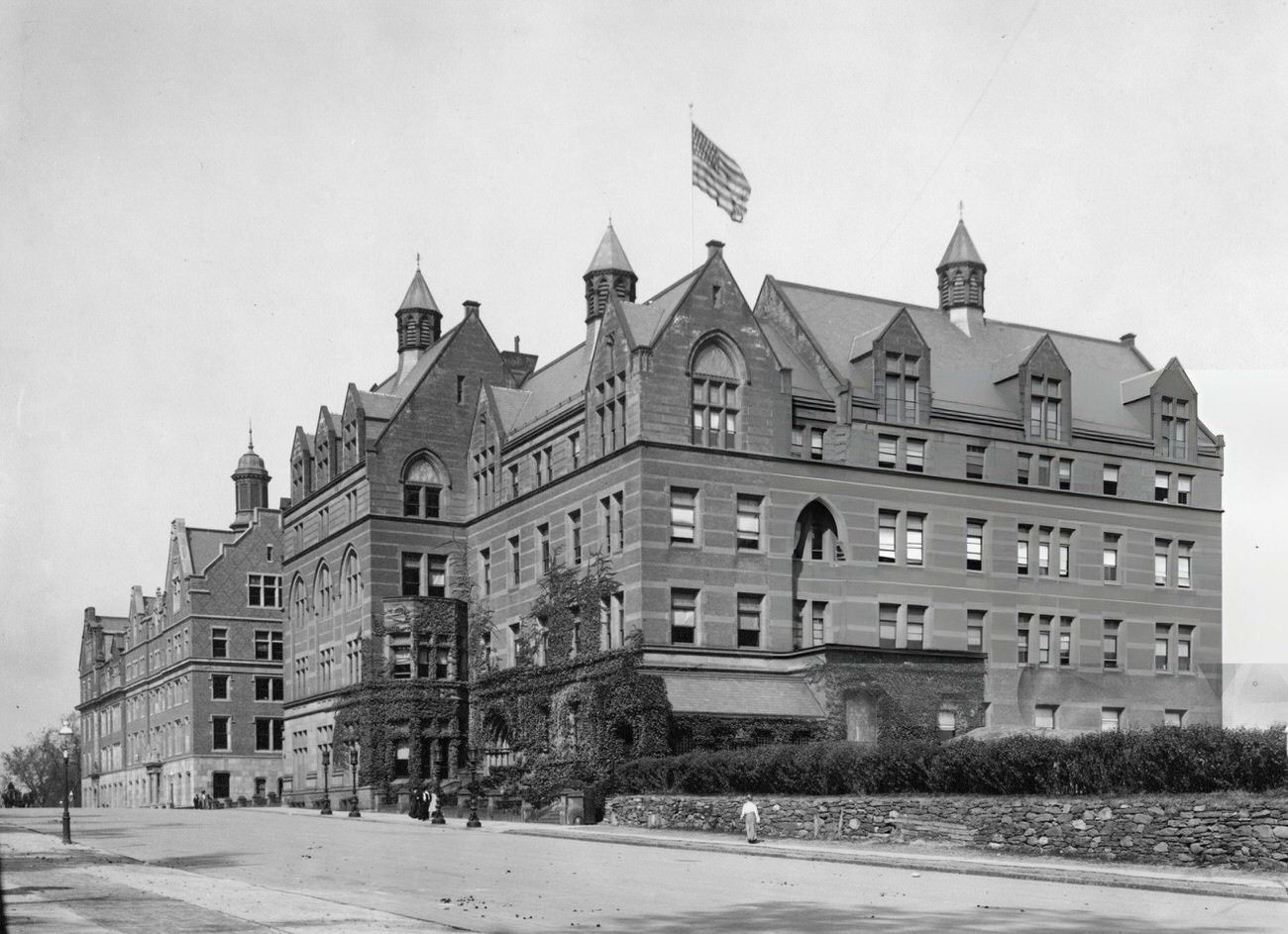
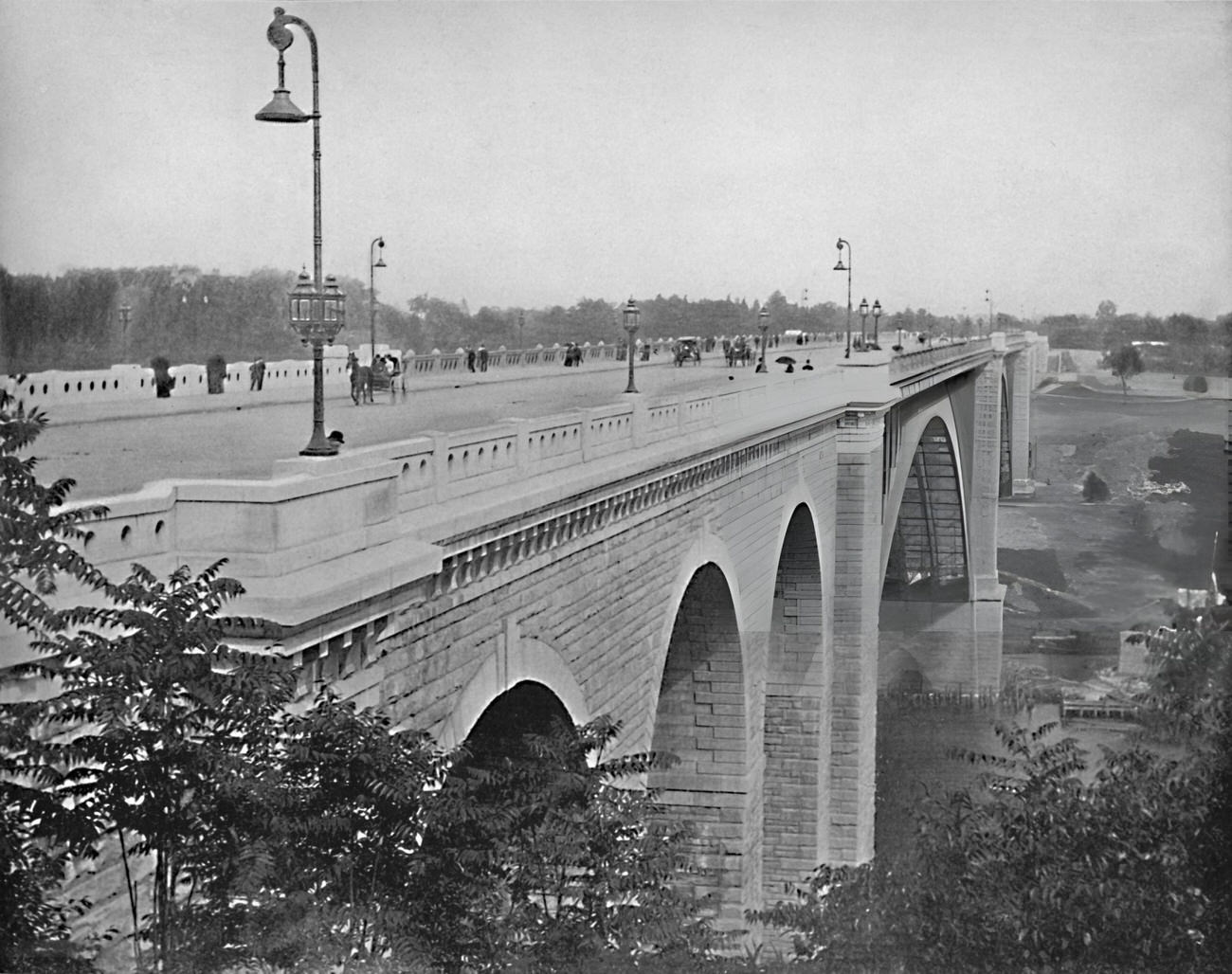
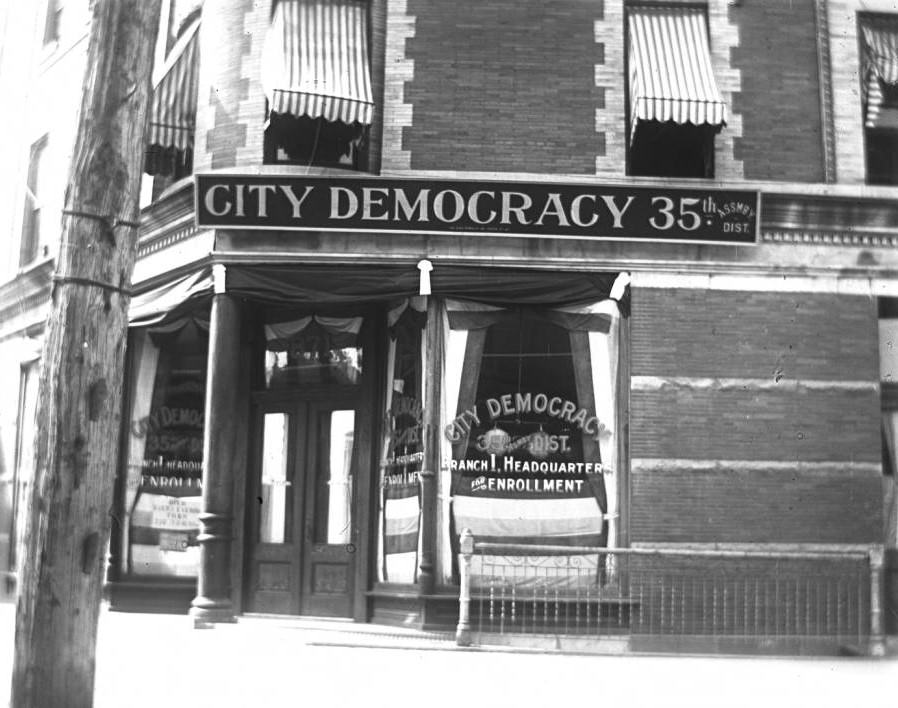
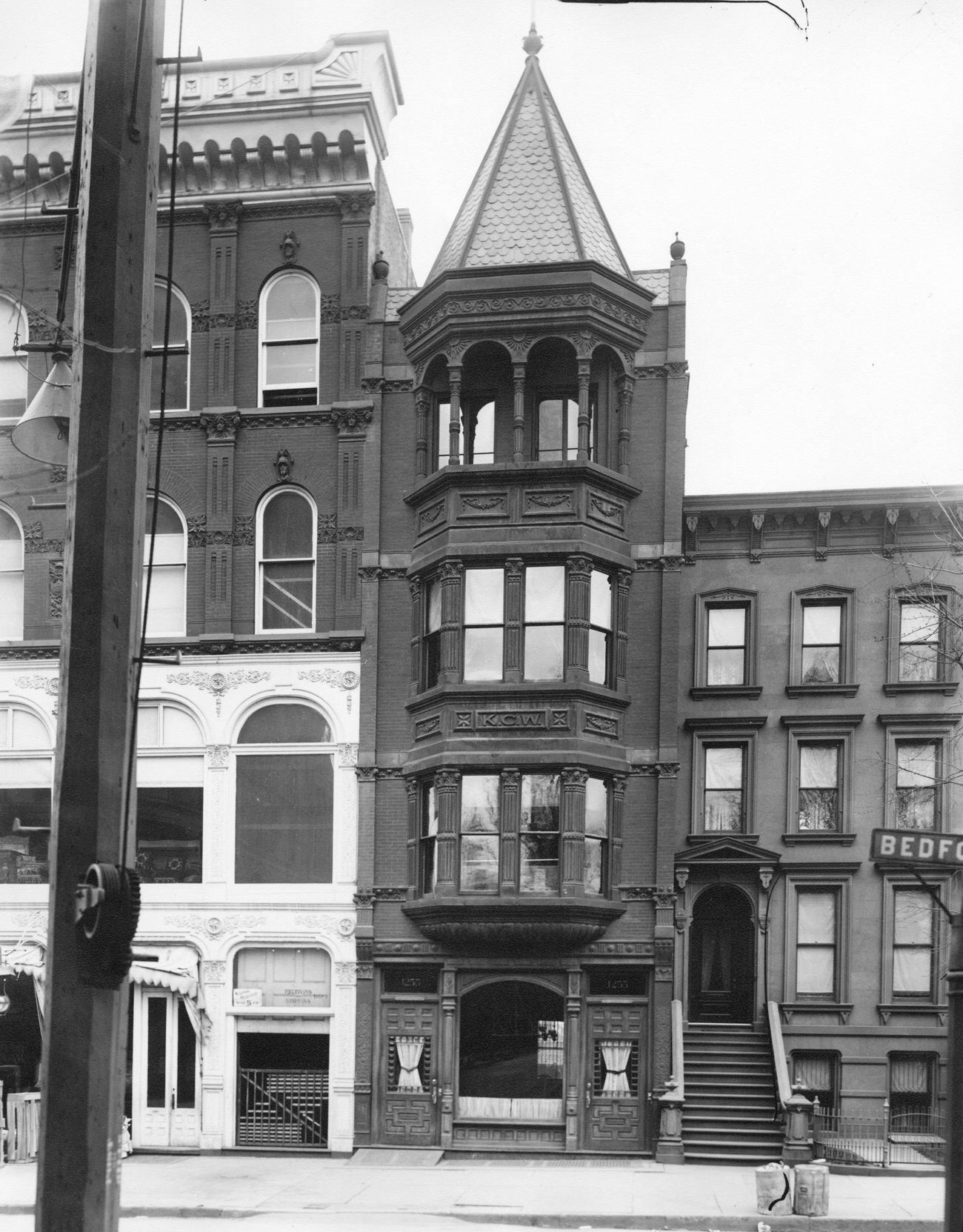
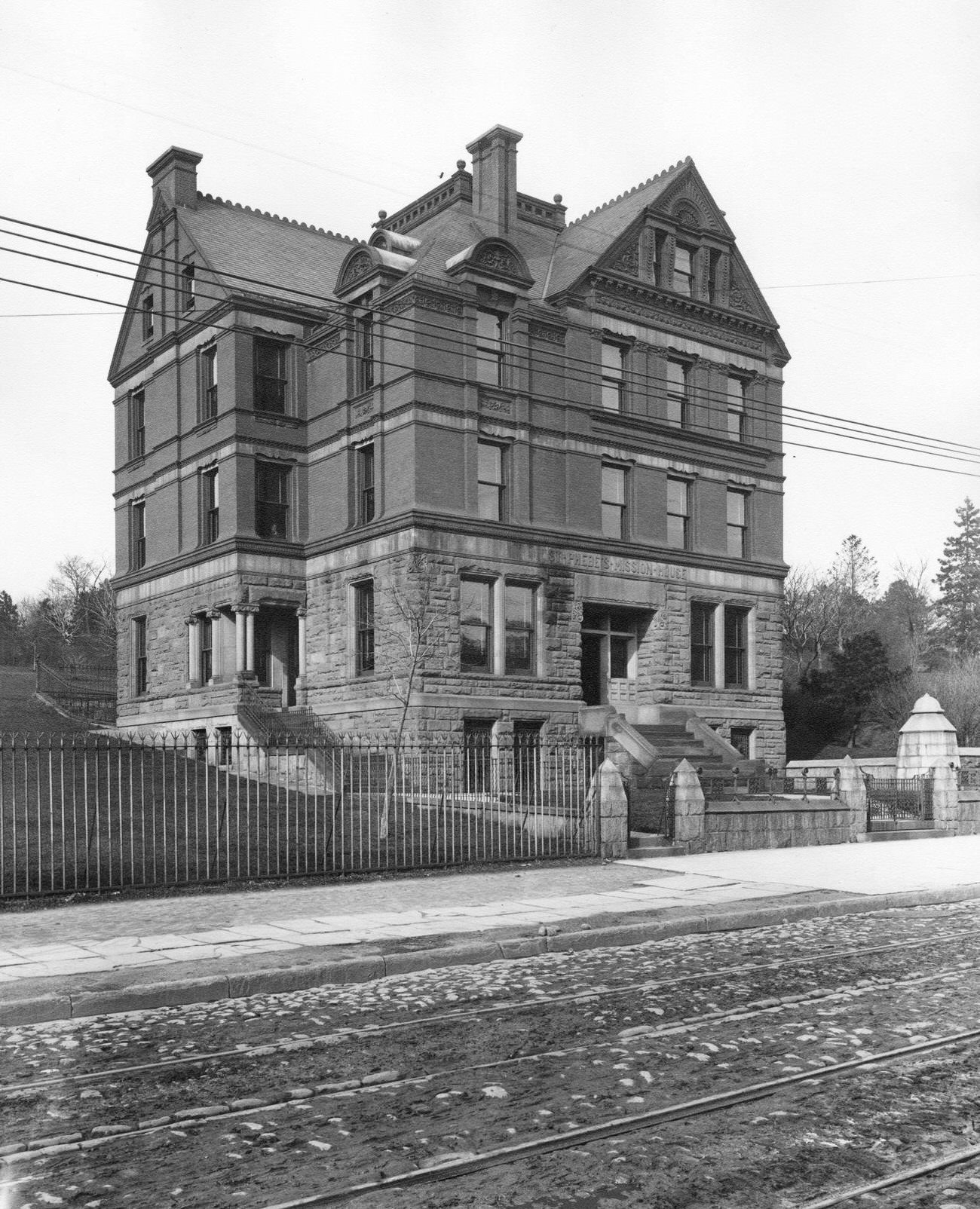
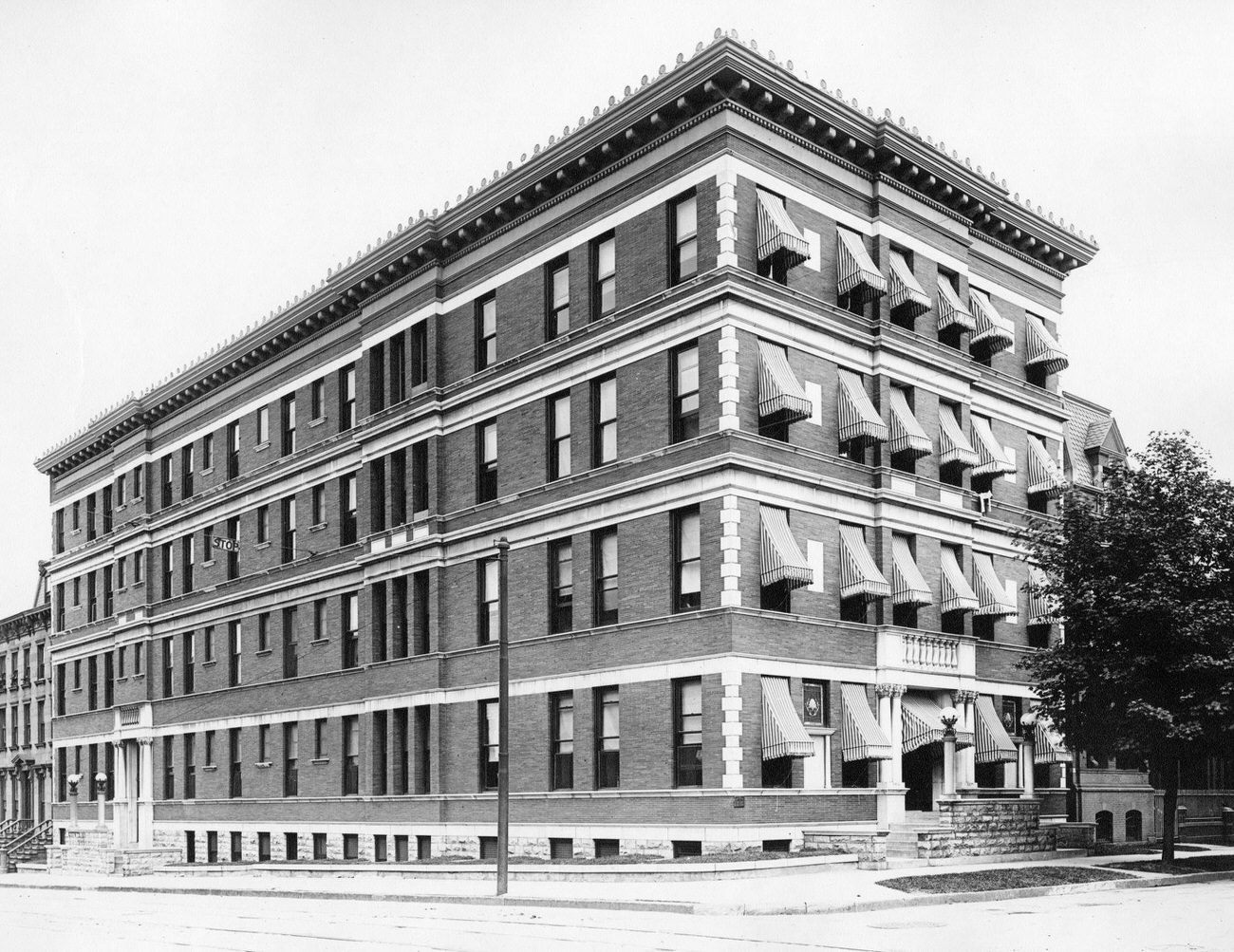
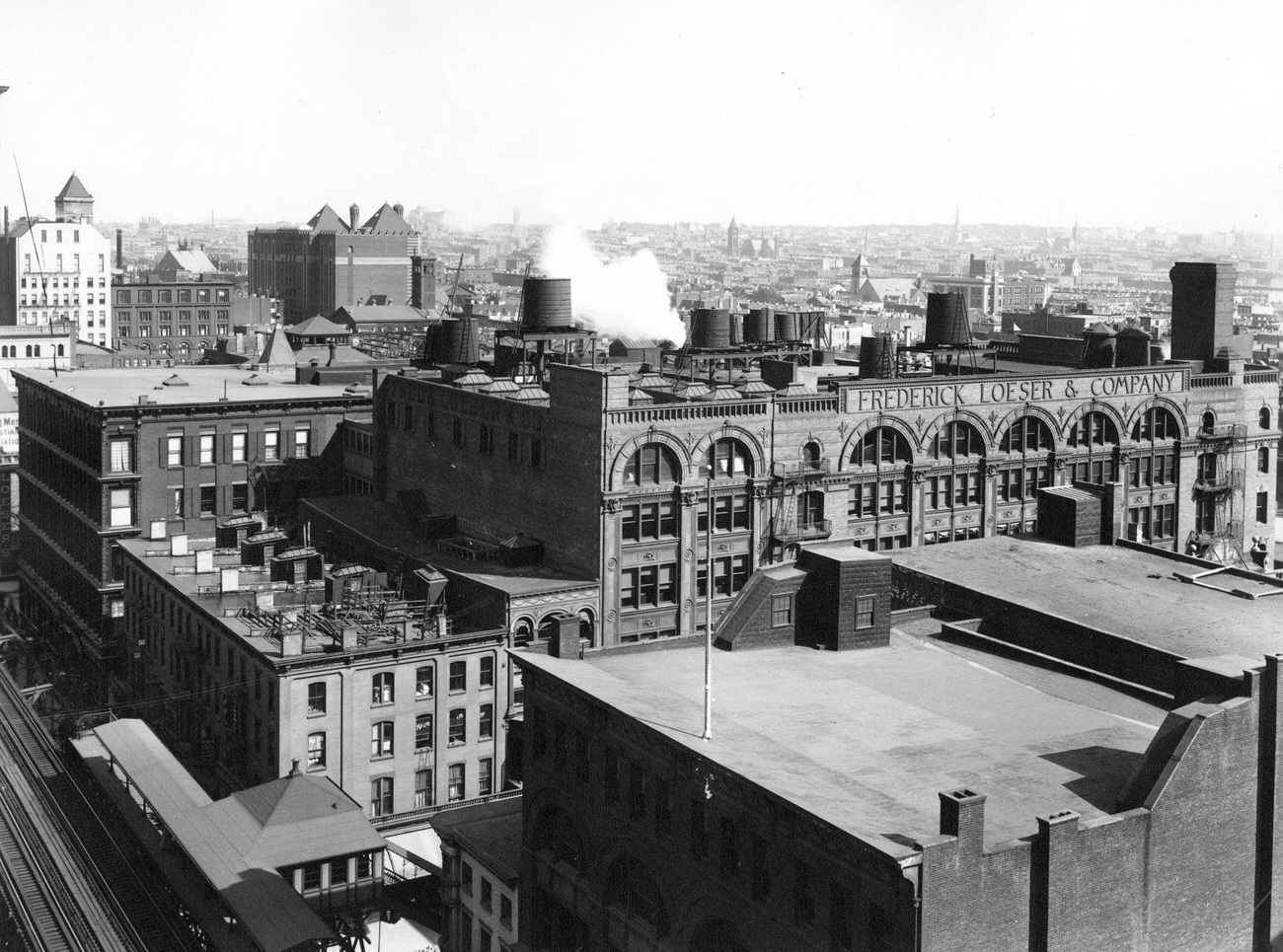
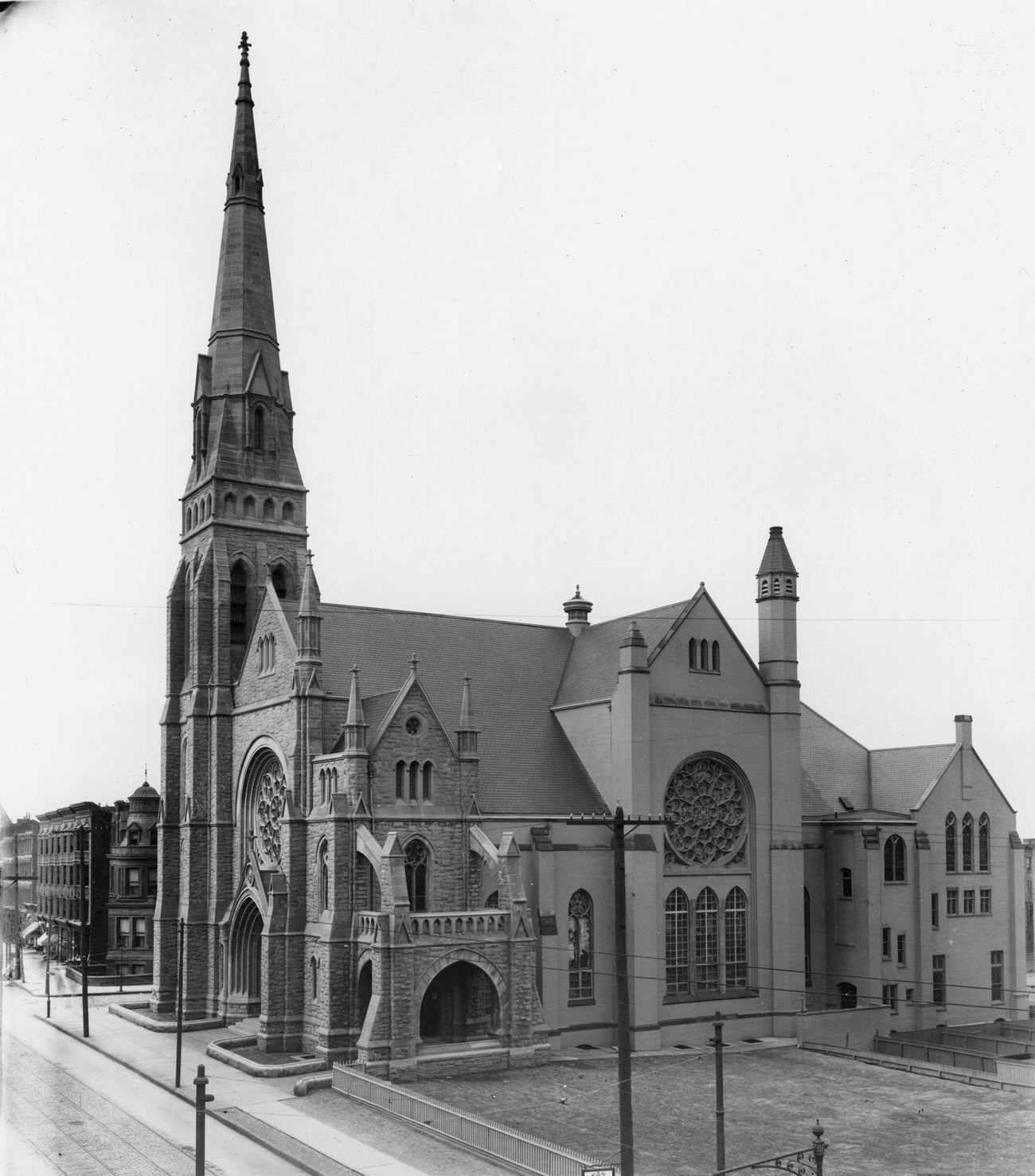
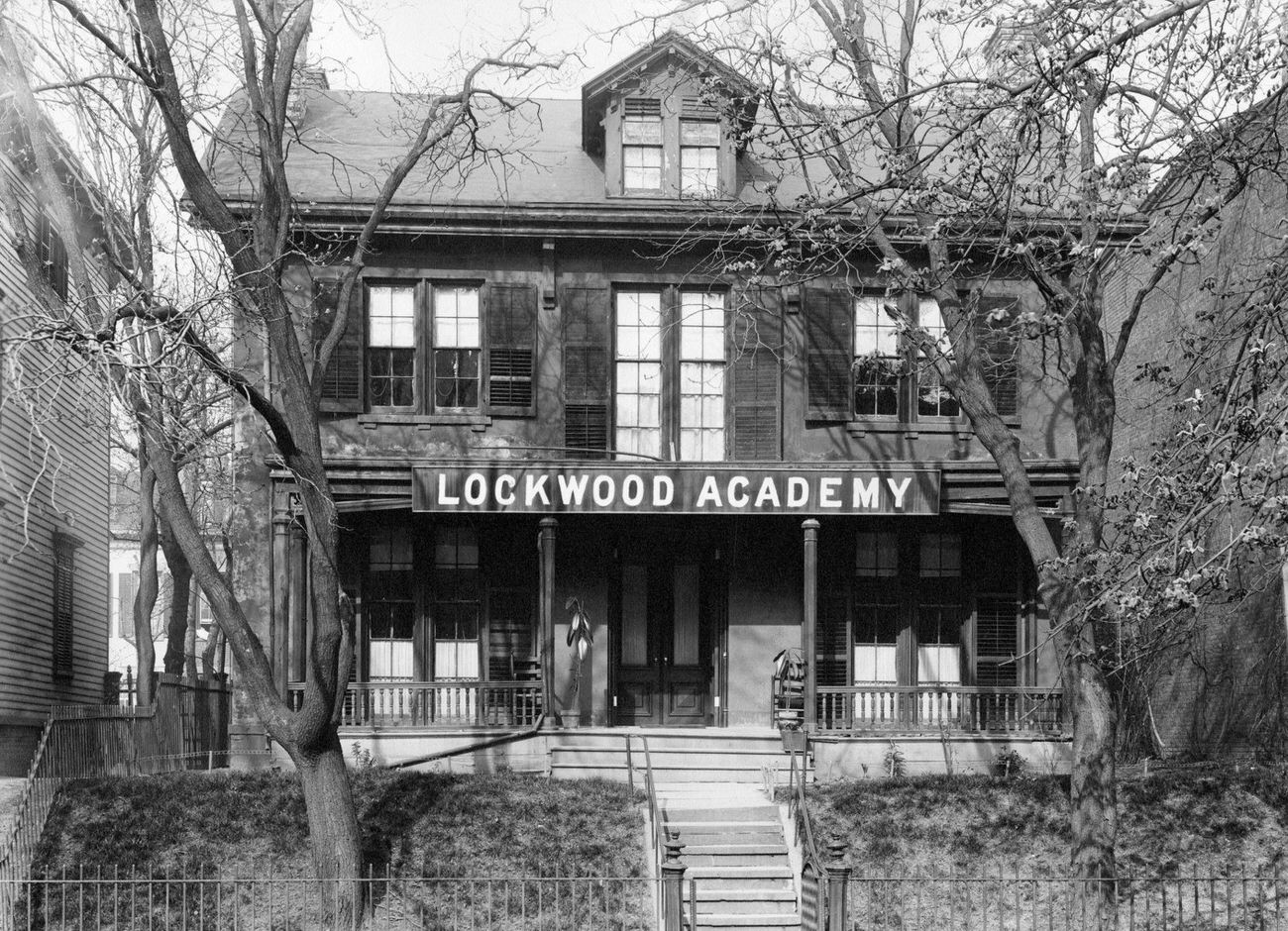
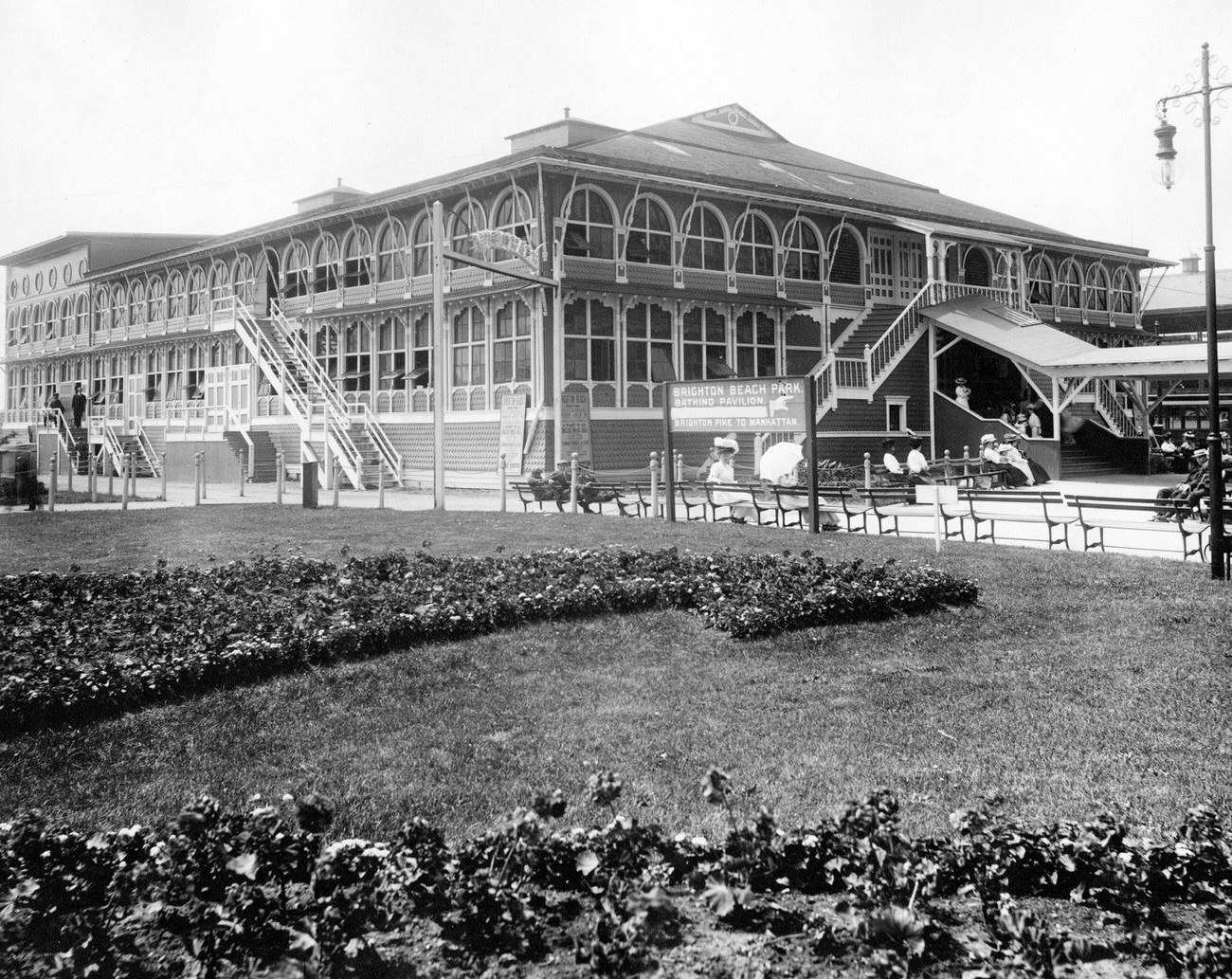
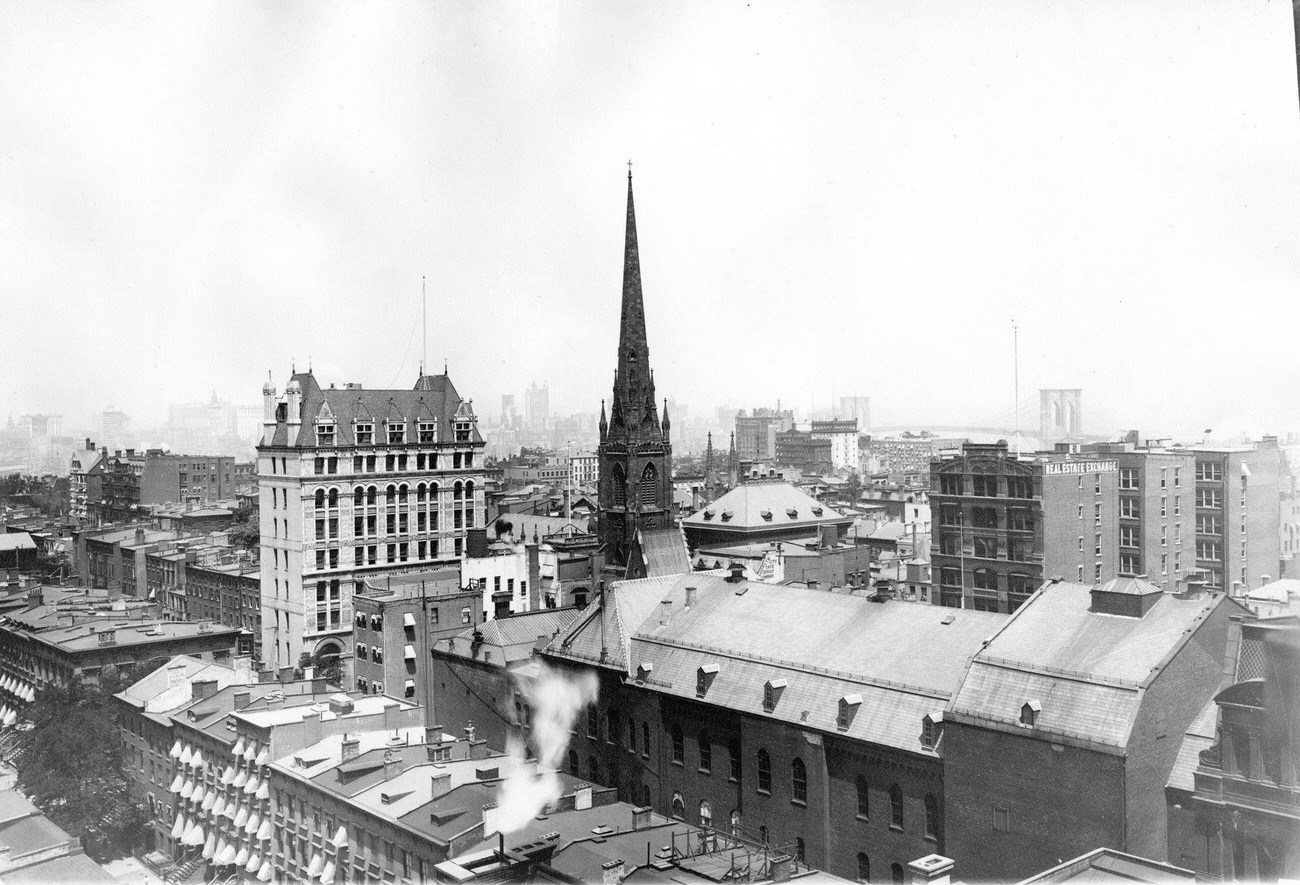
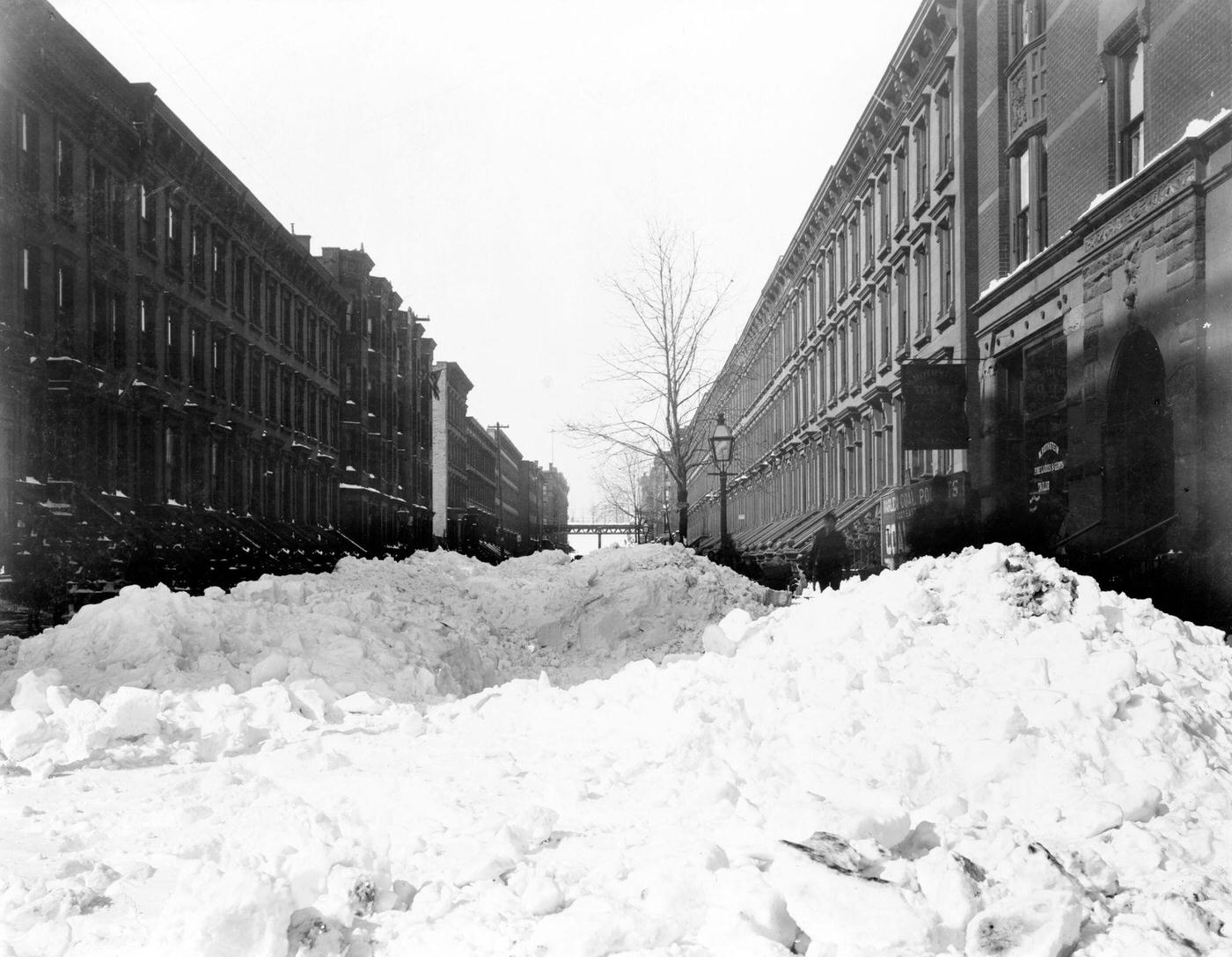

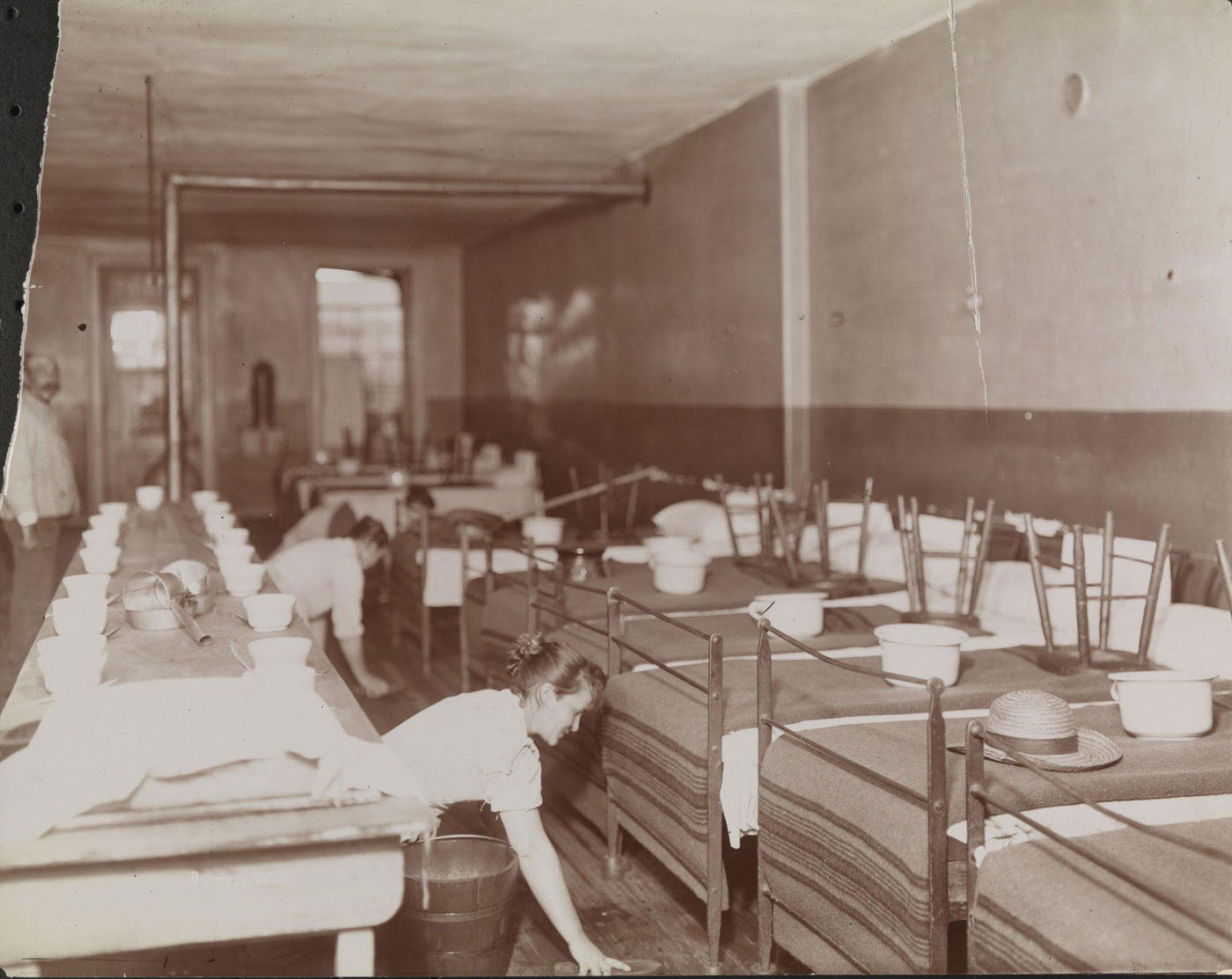
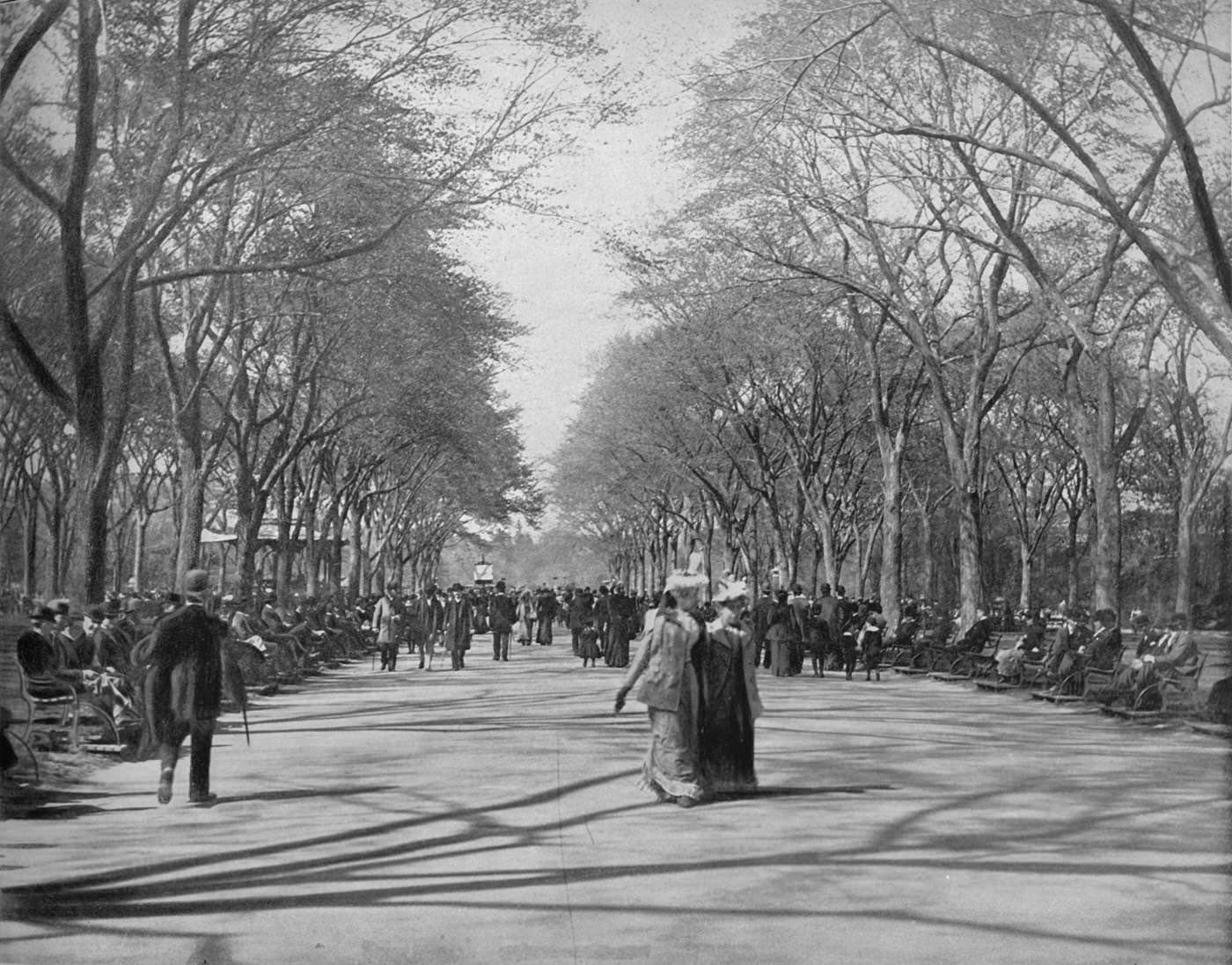
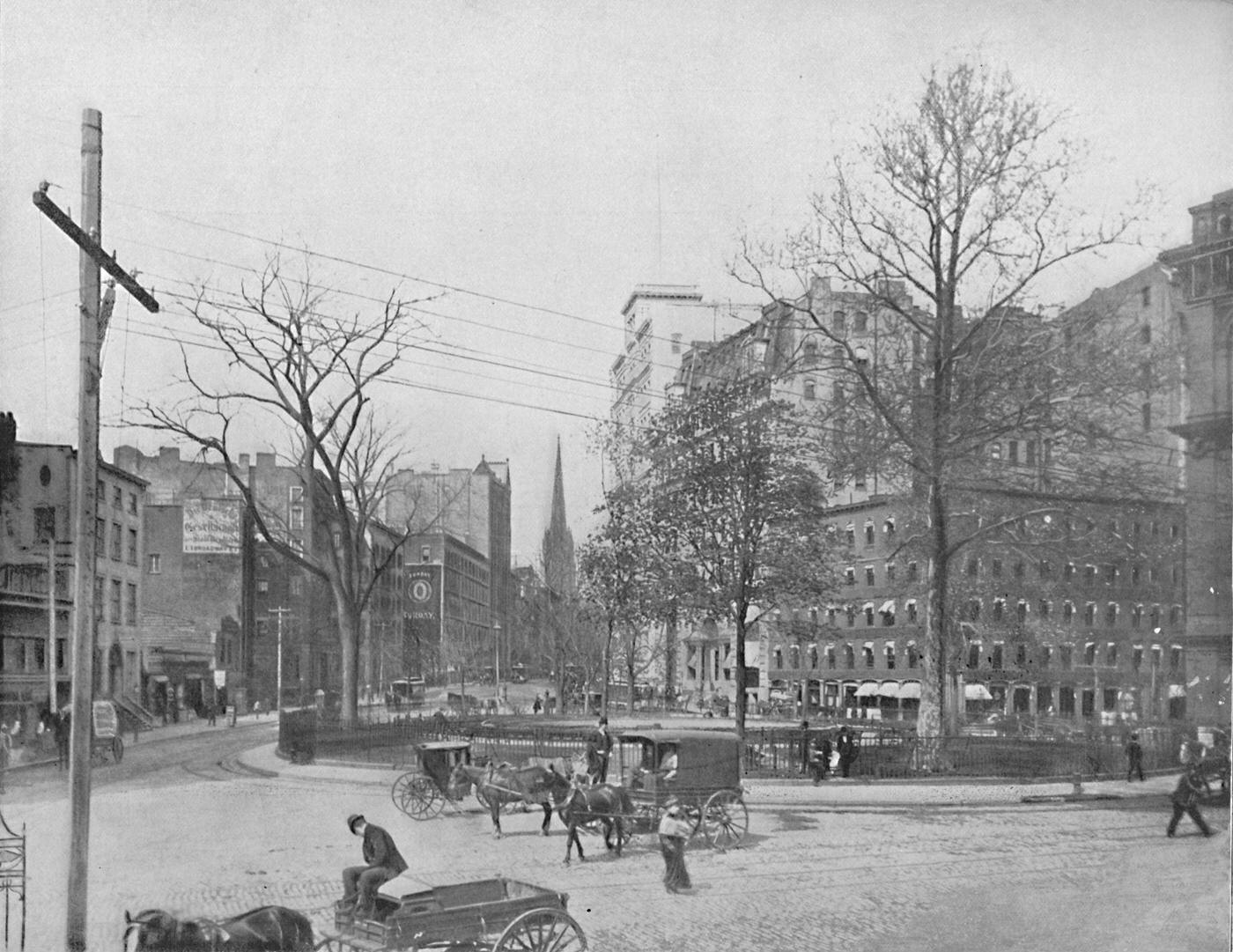
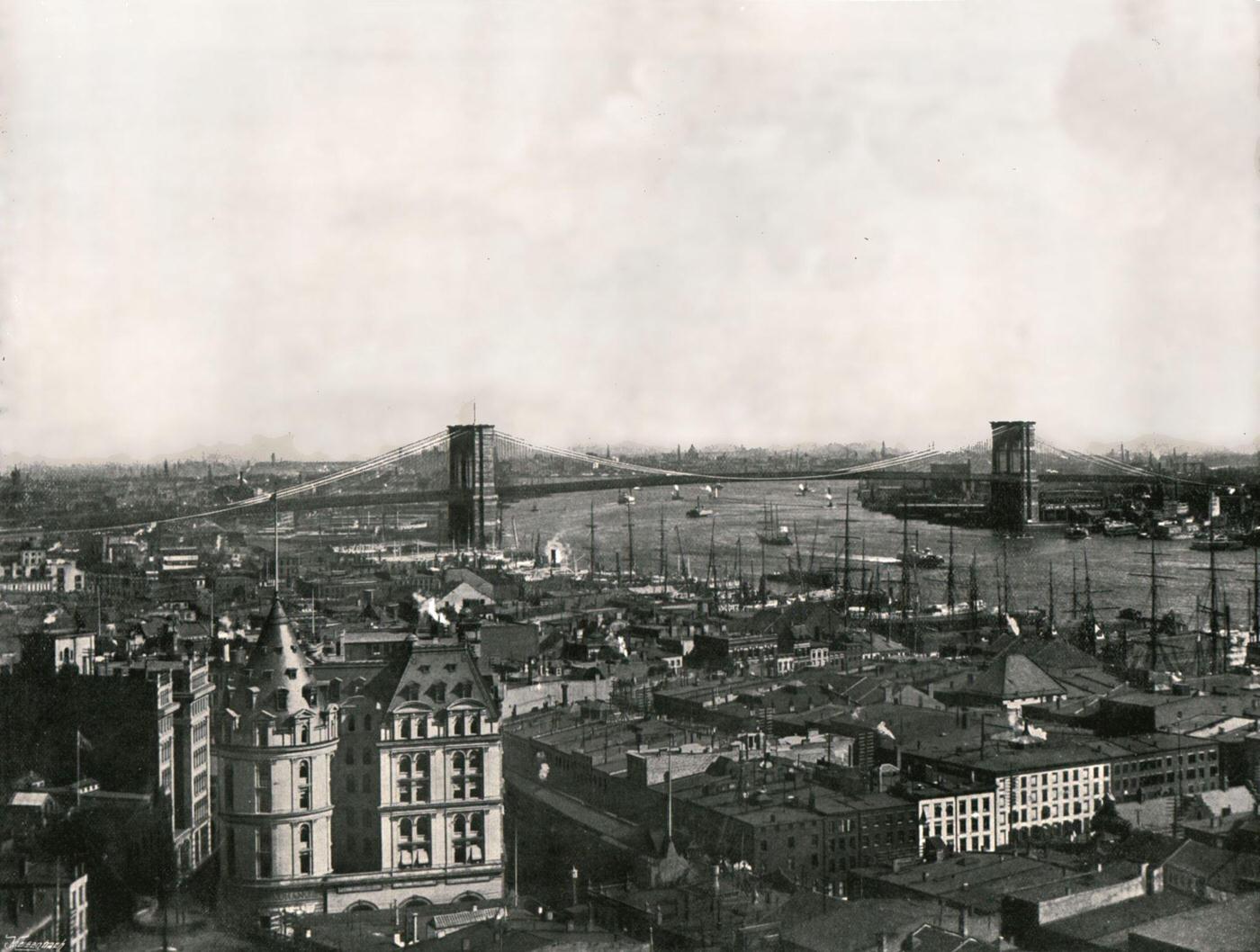
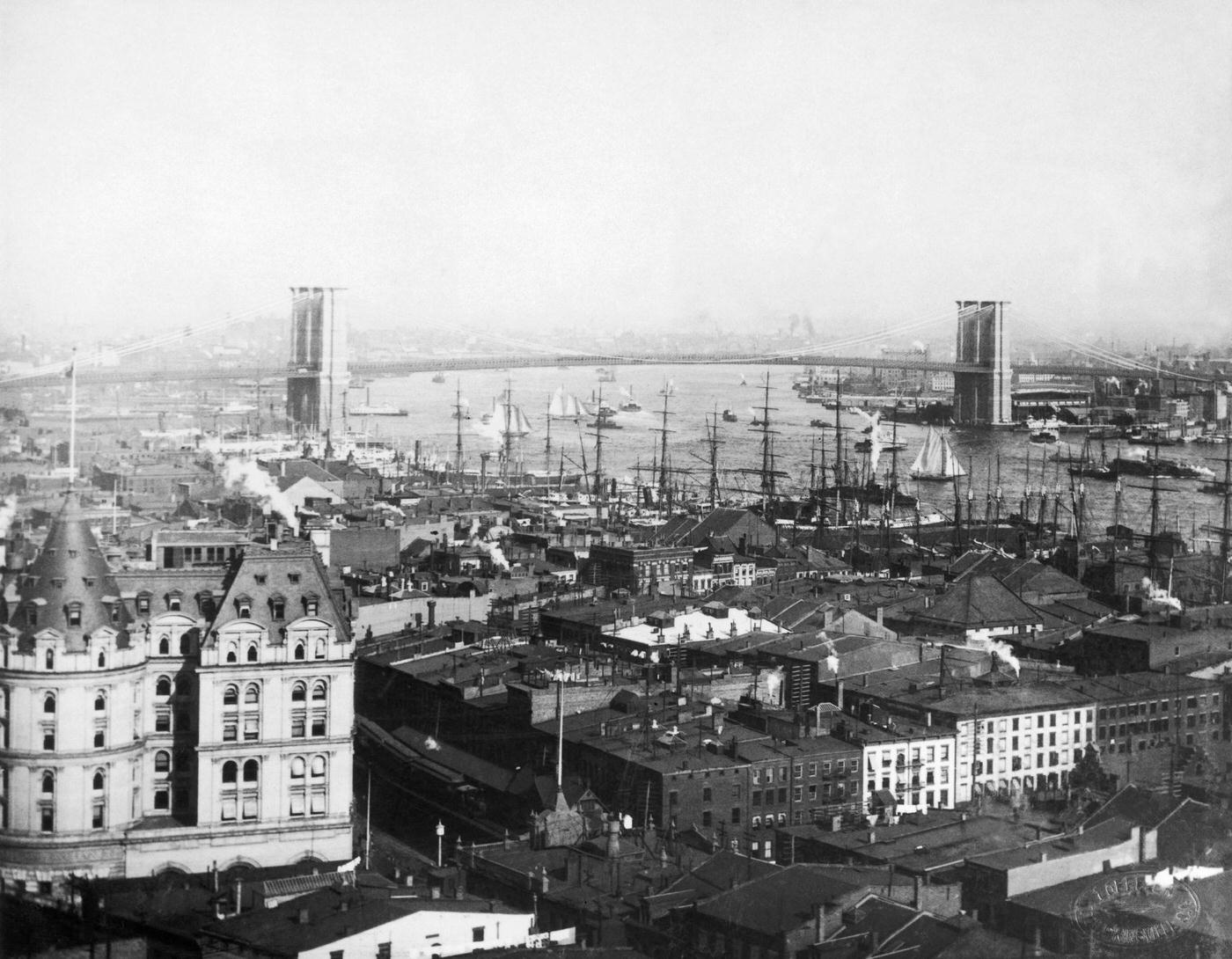
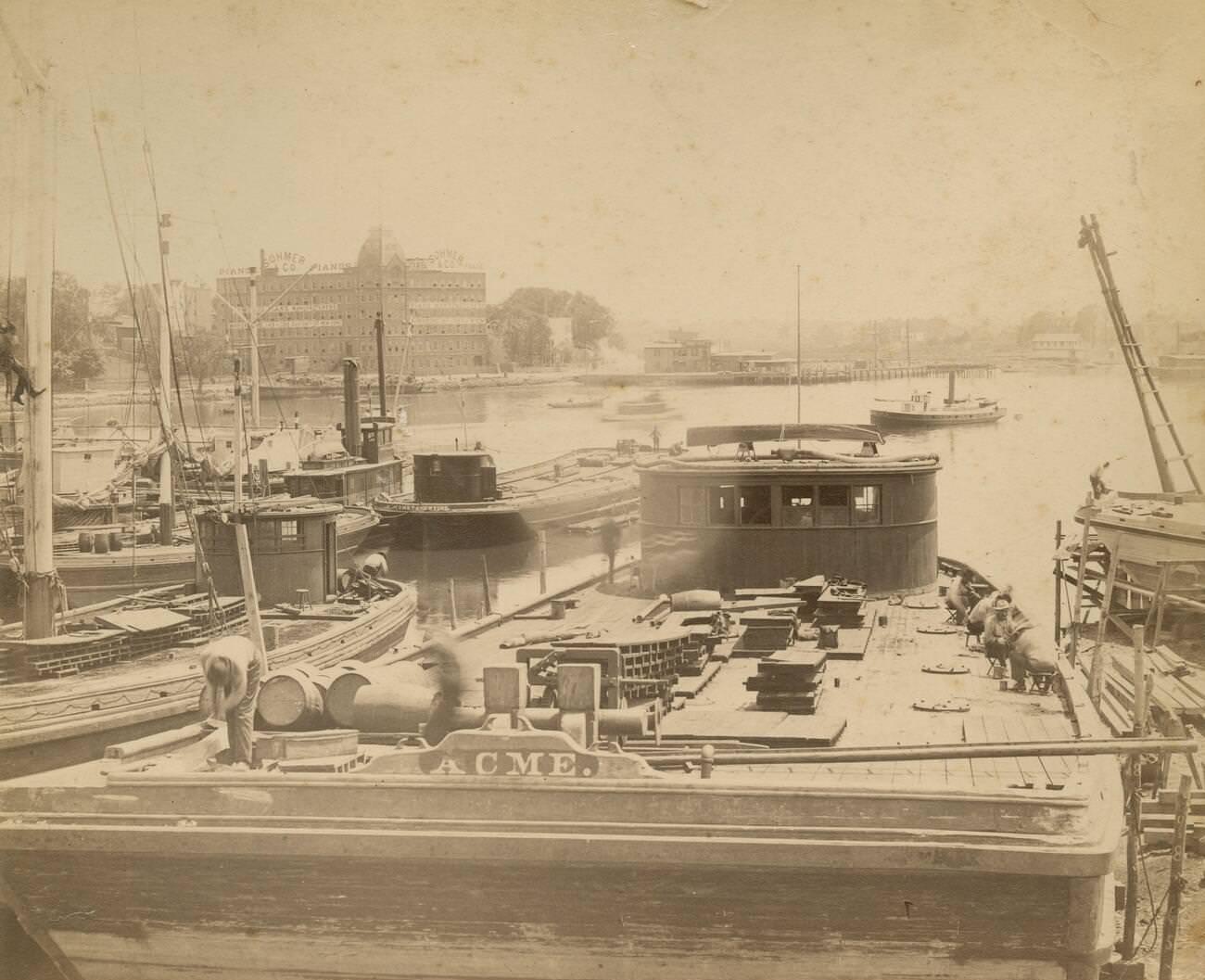
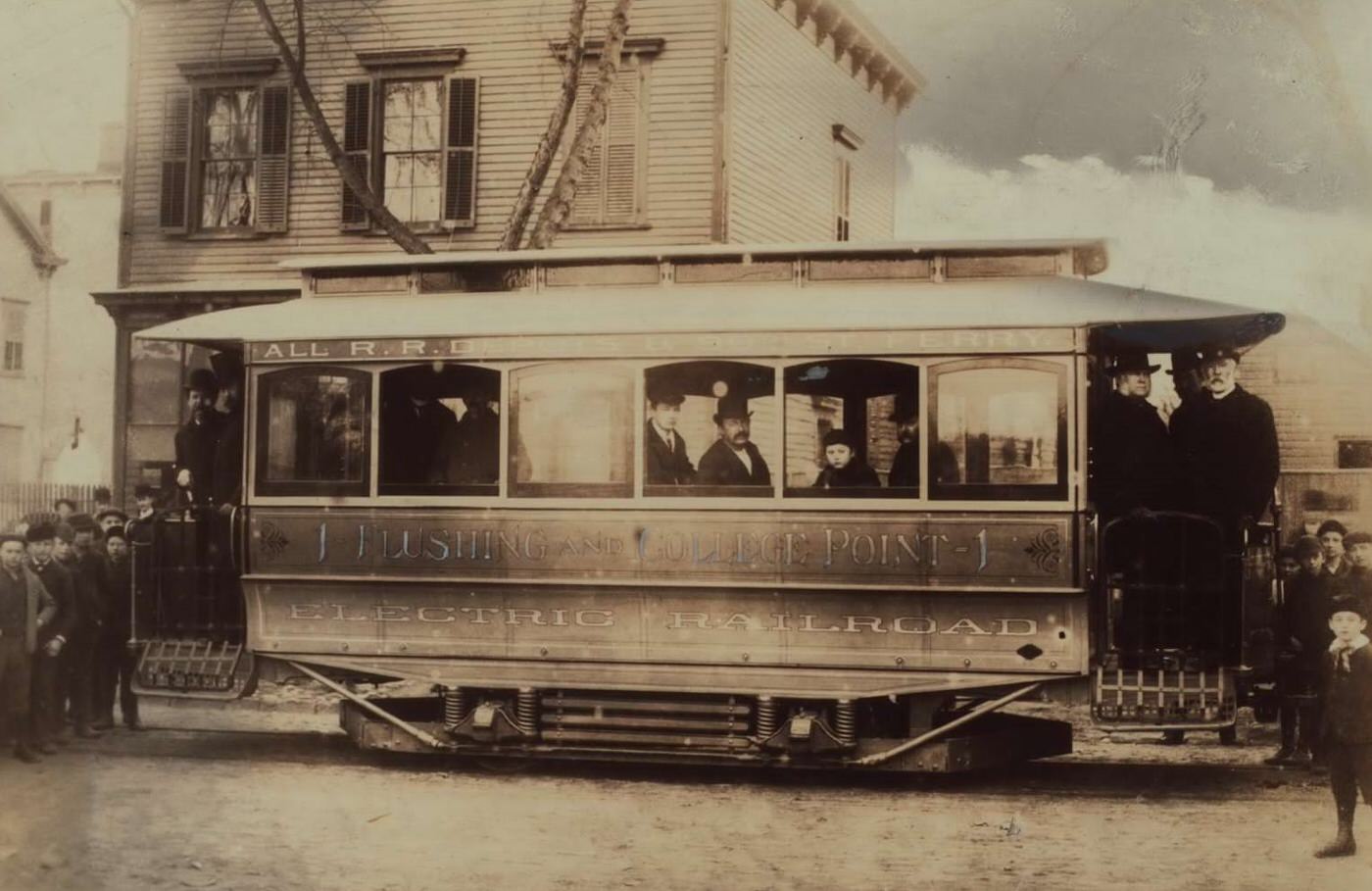
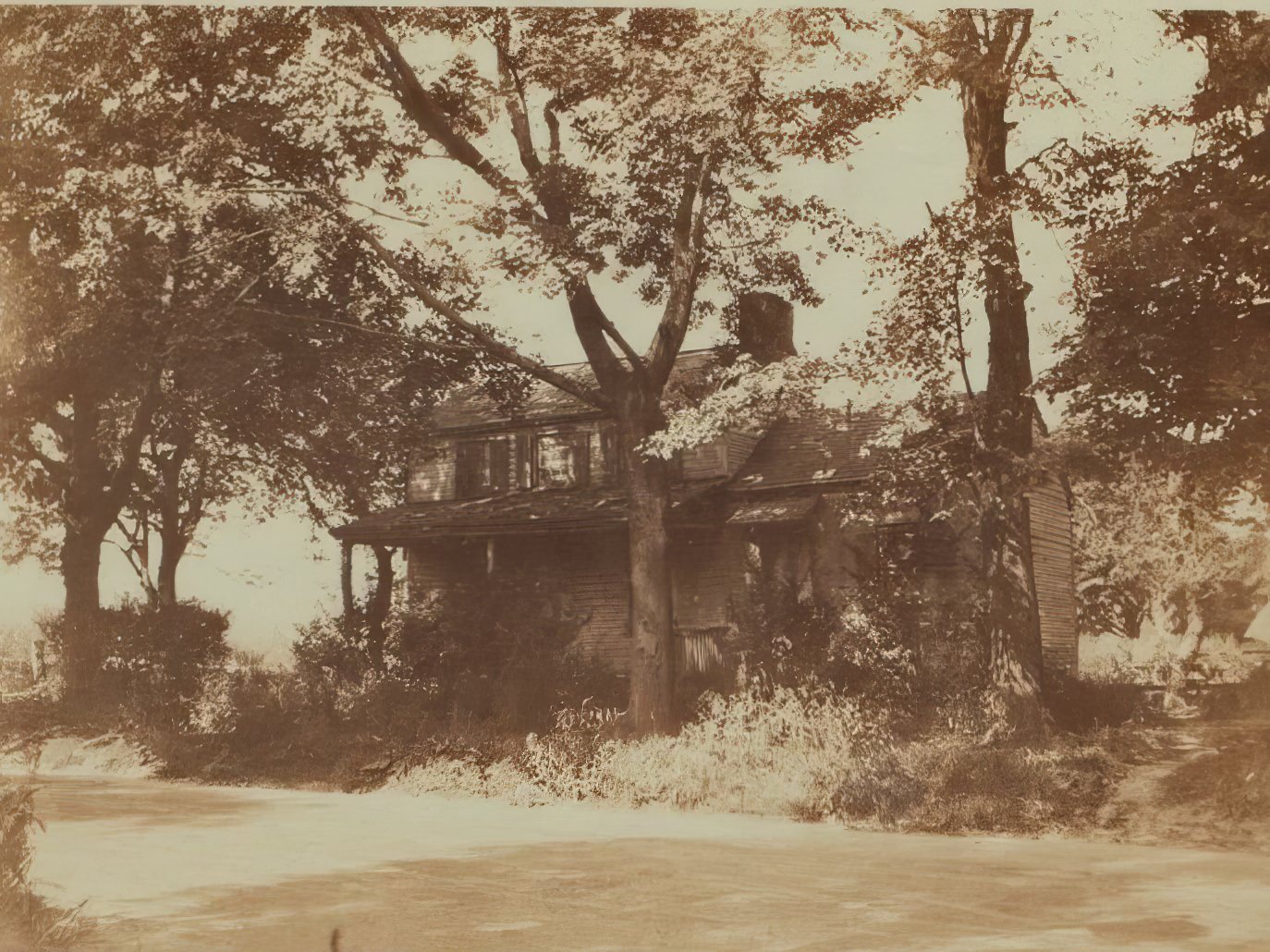
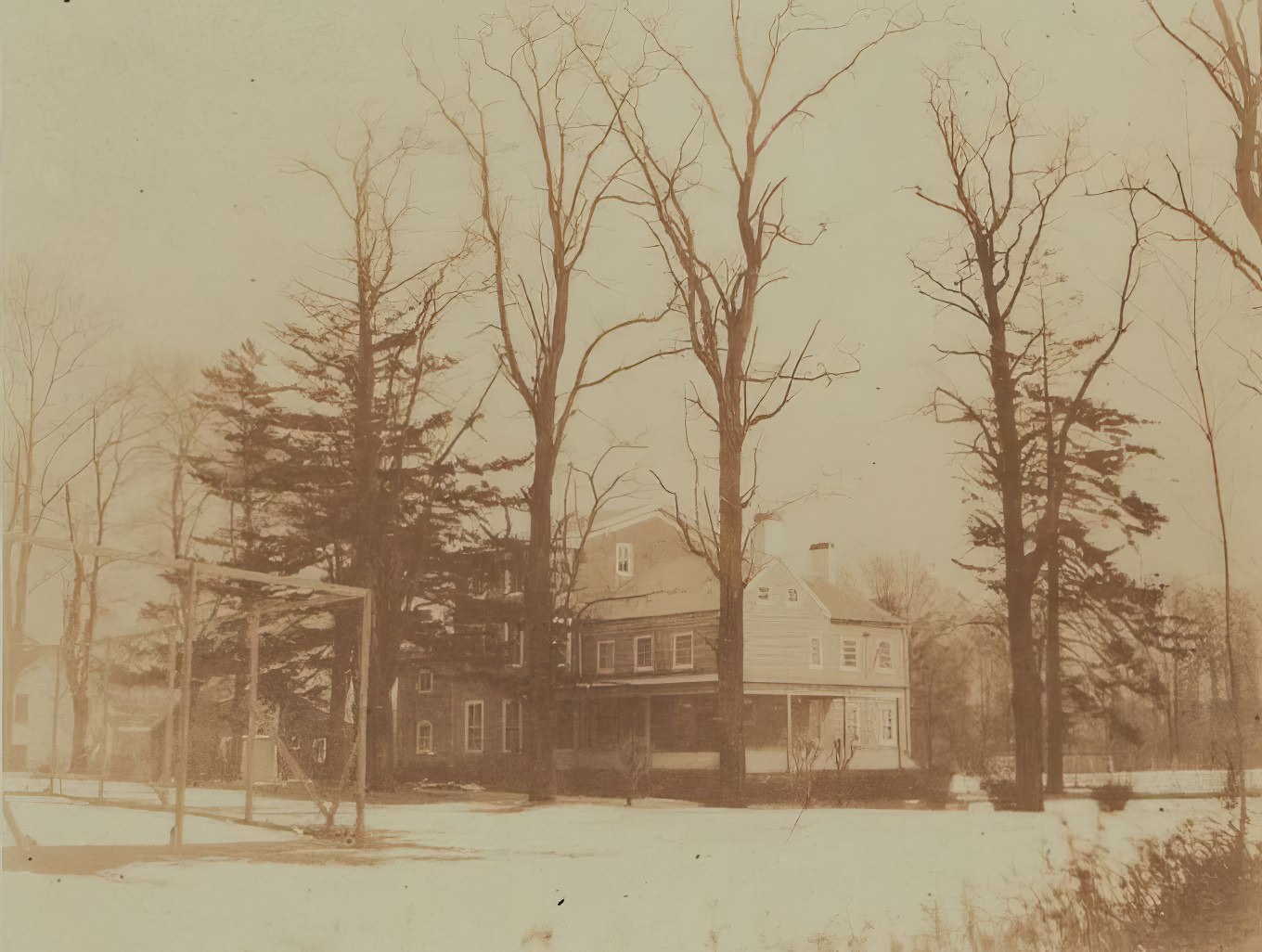
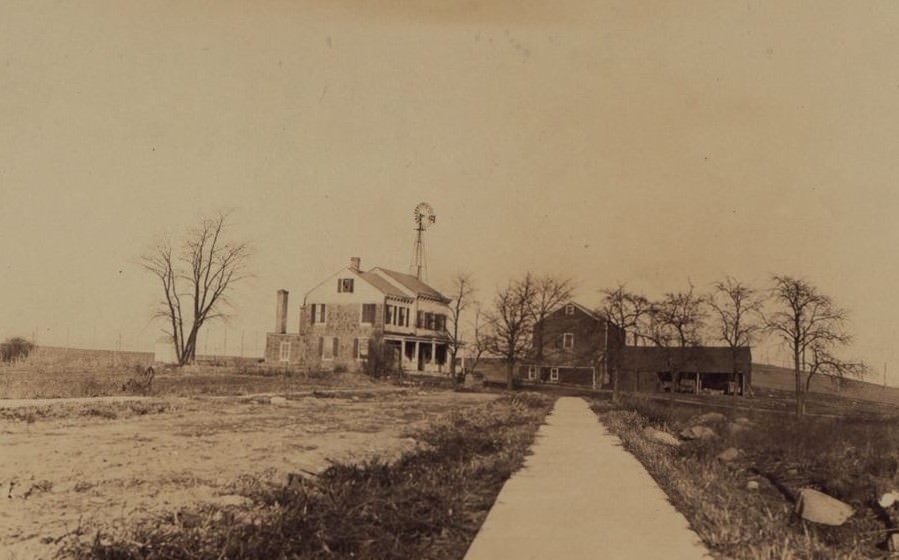
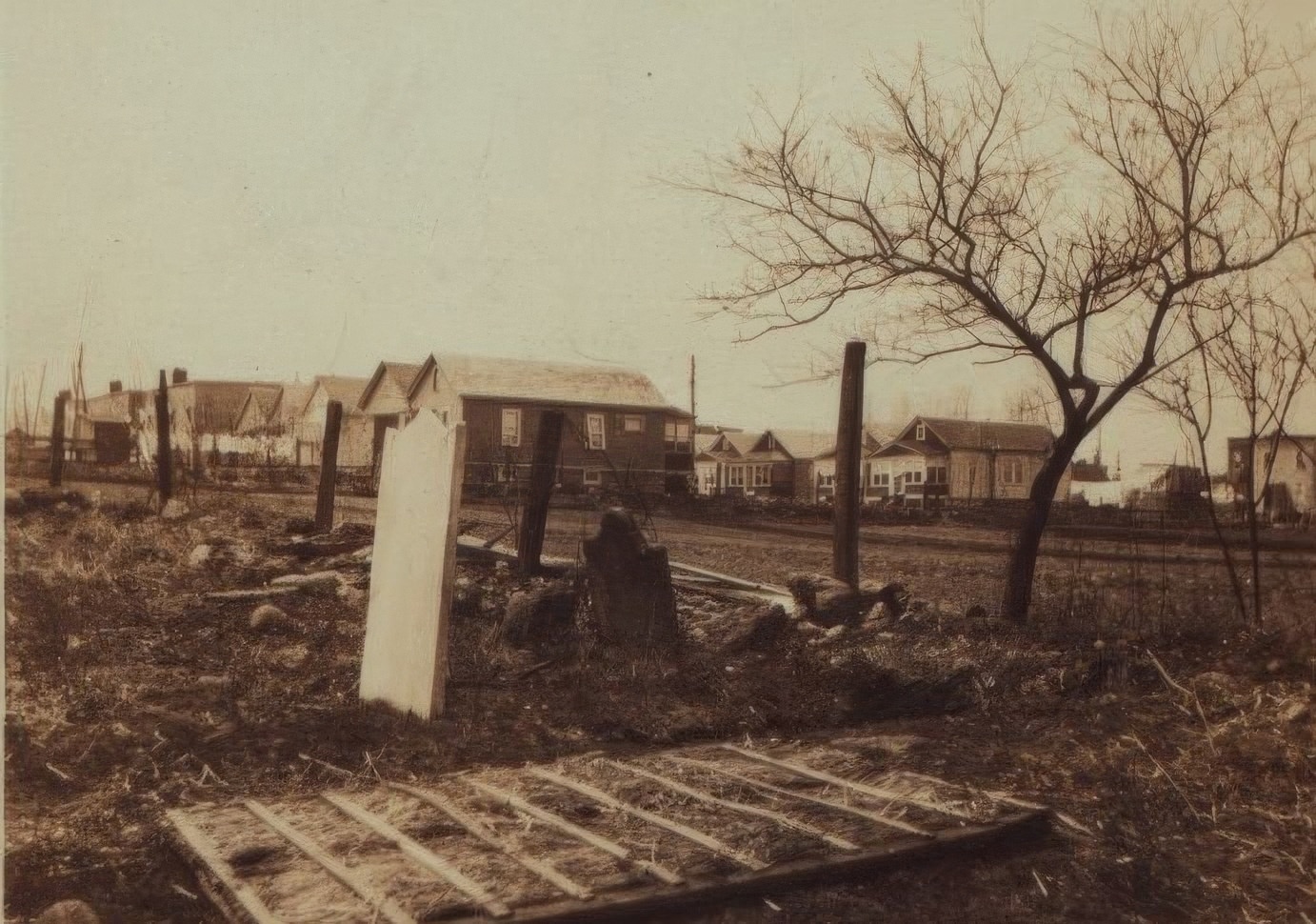
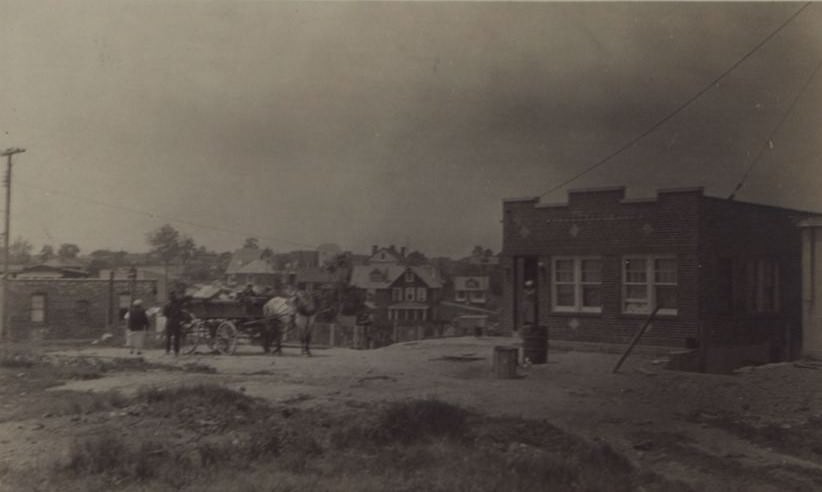
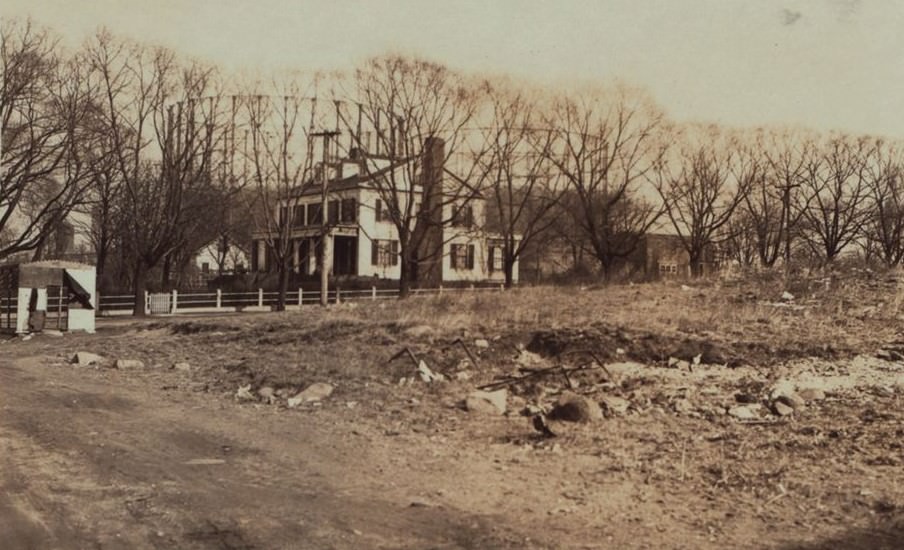
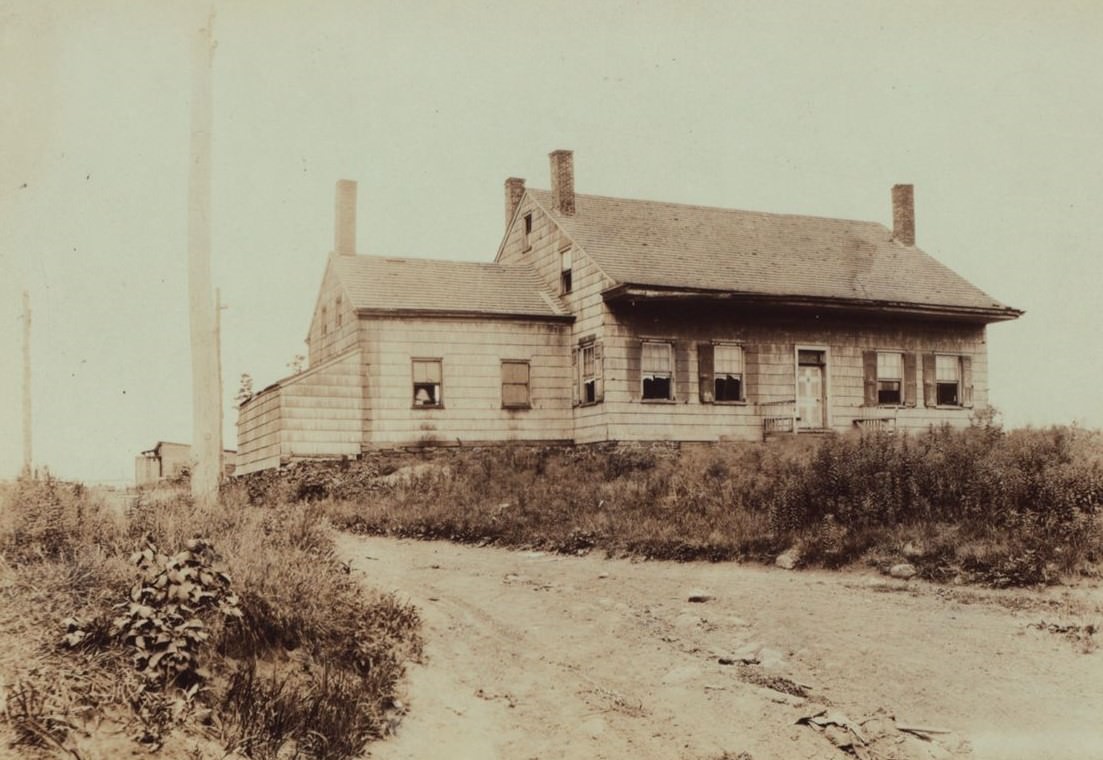
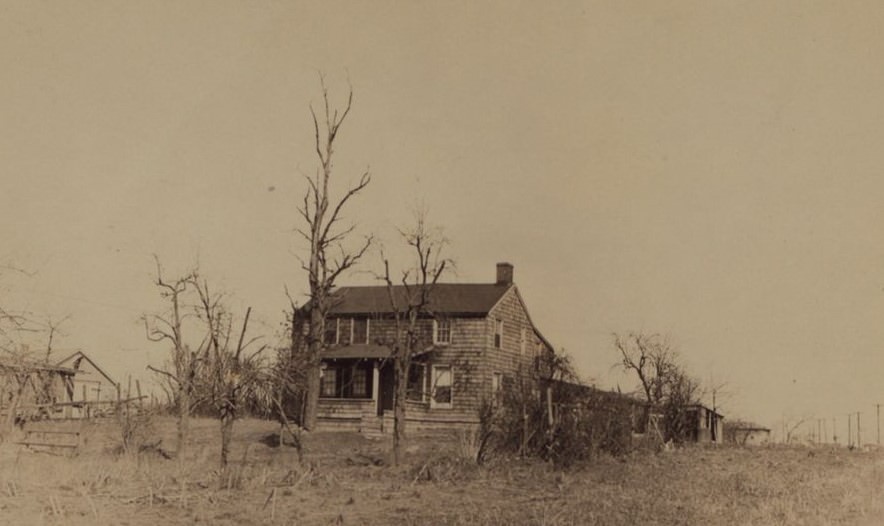
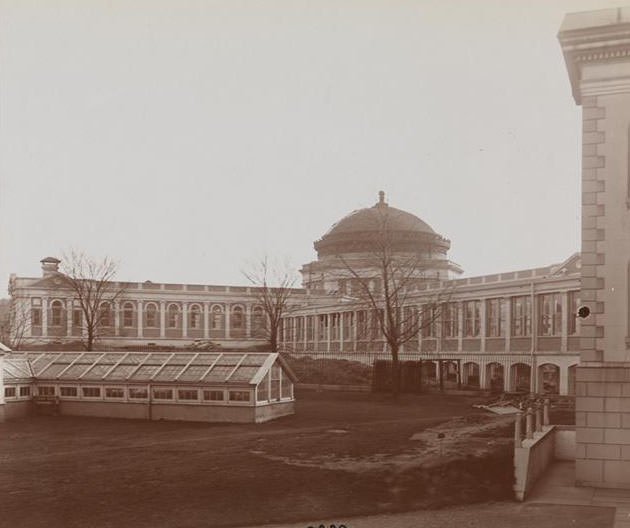
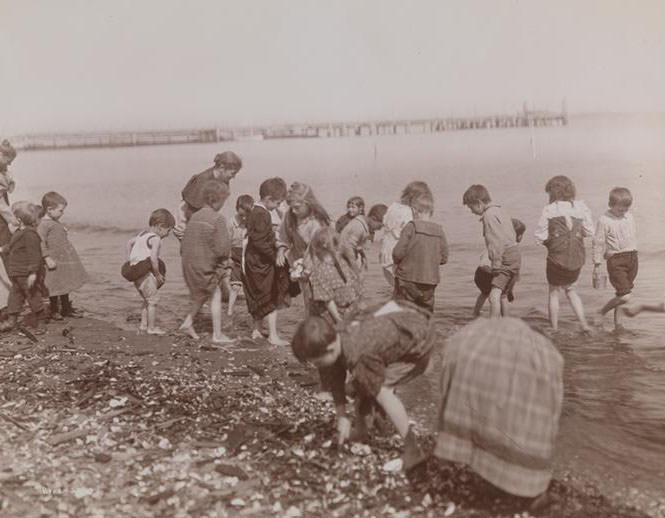
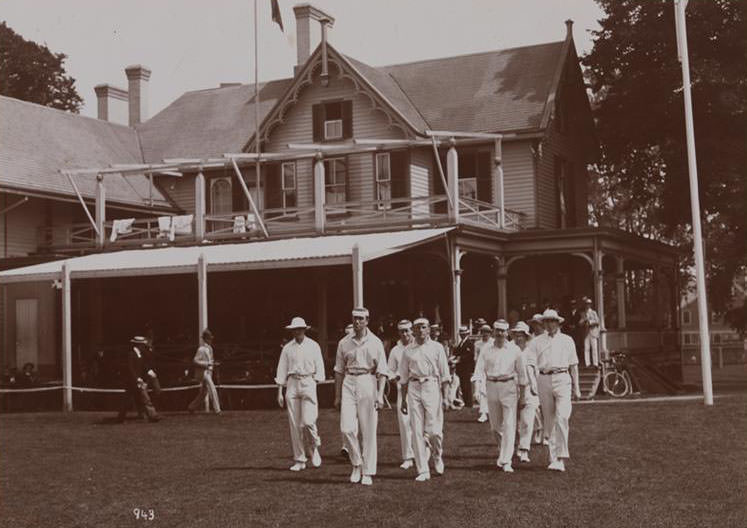
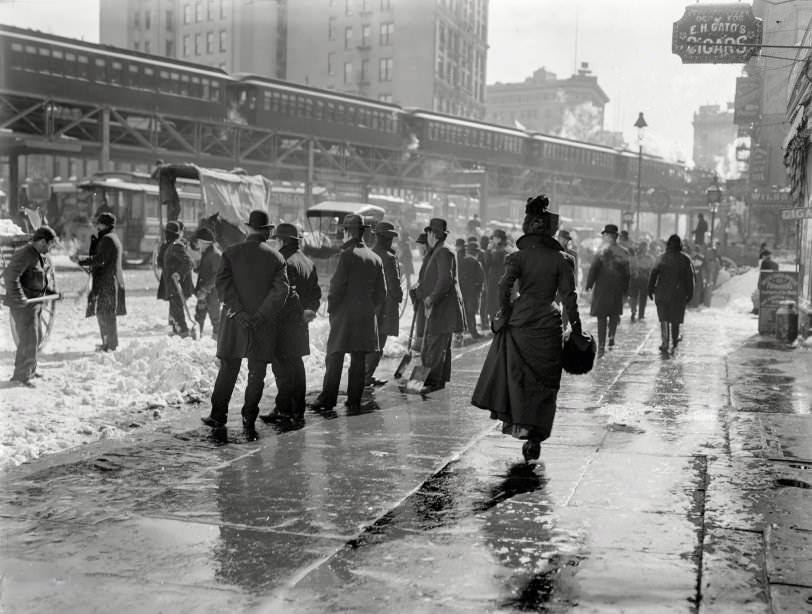
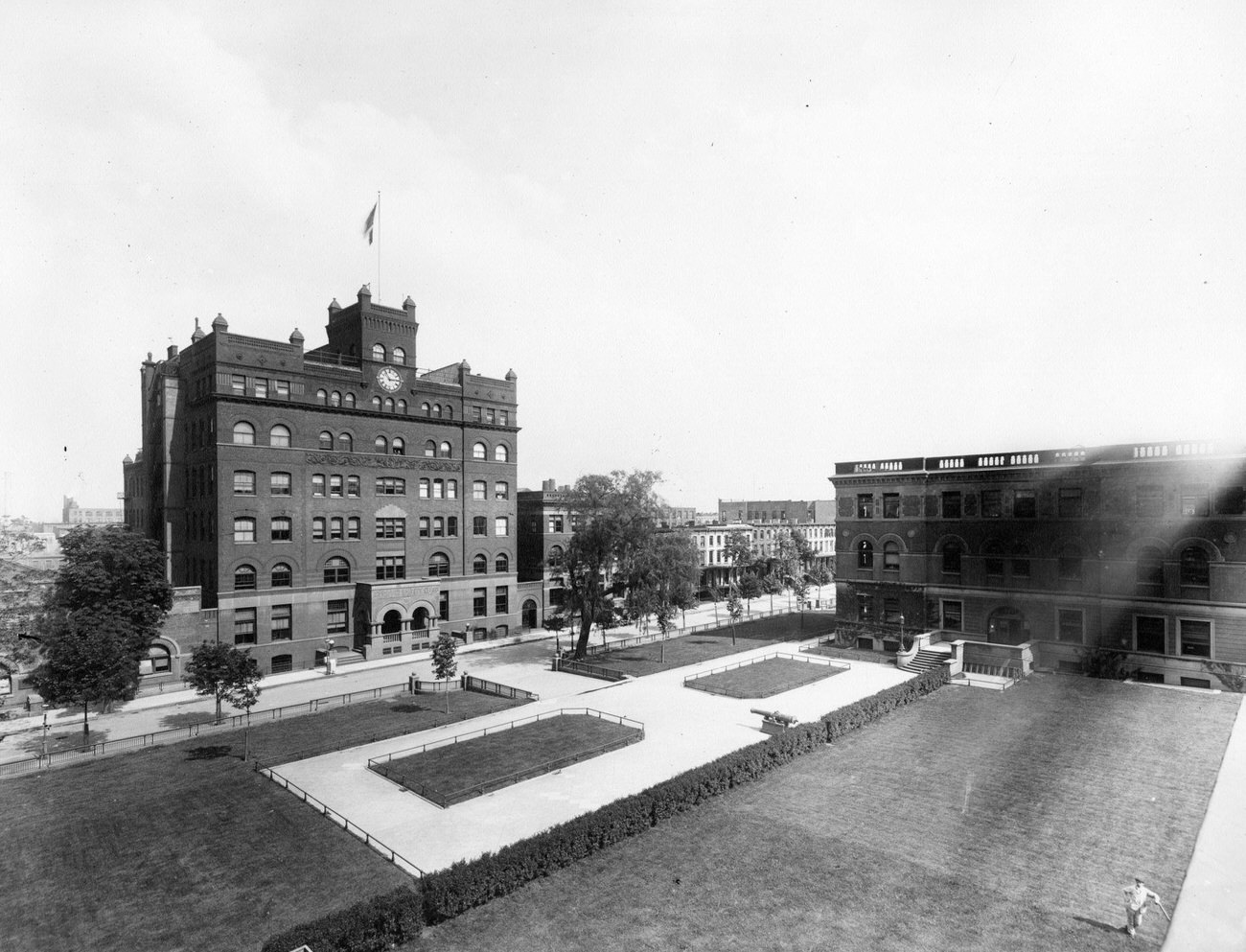
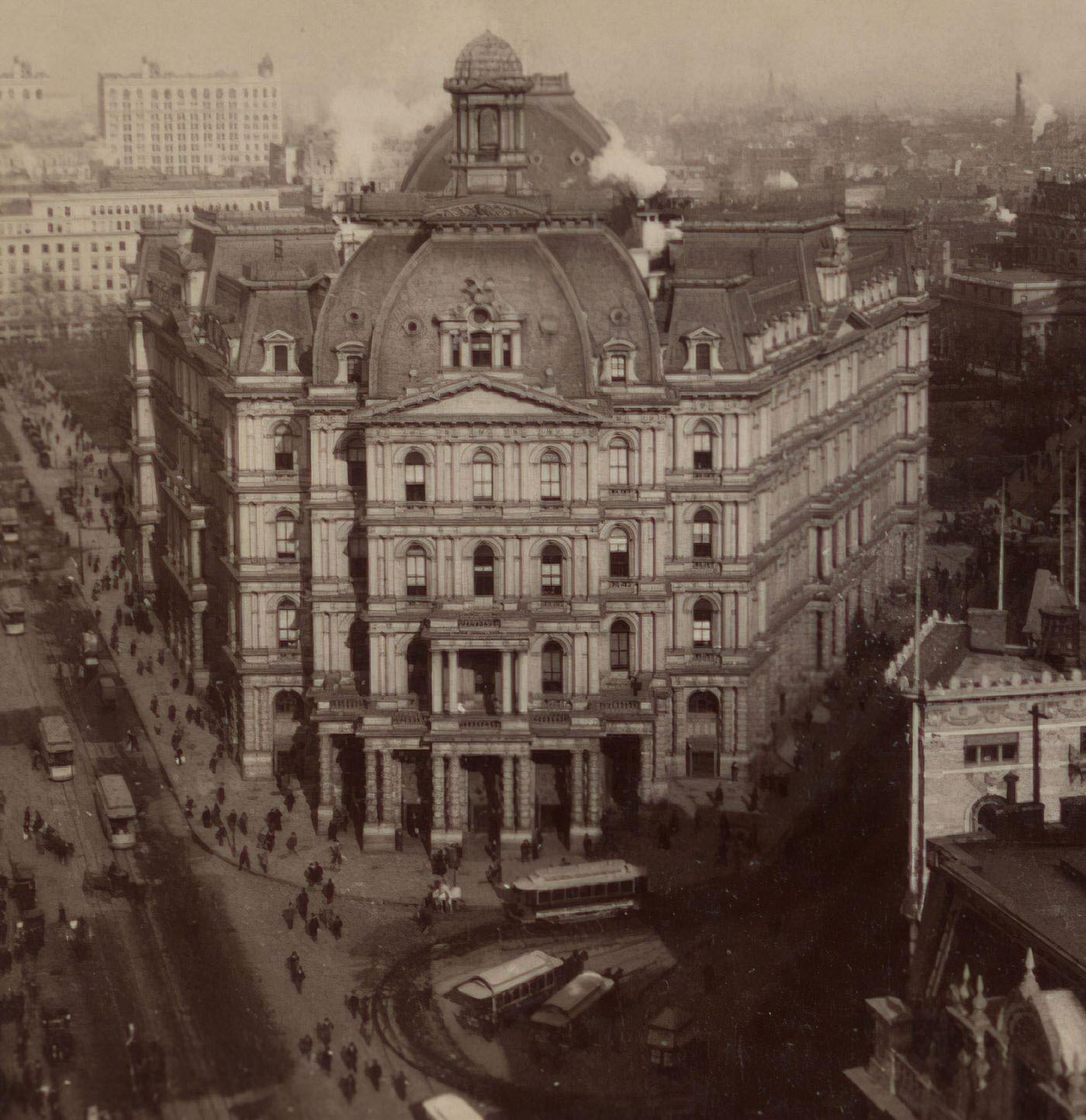

GIPHY App Key not set. Please check settings